During the 1910s, New York City continued to grow and evolved, with significant changes in population, infrastructure, culture, and society. This period laid much of the groundwork for the modern New York we know today.
Life in New York City during the 1910s was vibrant and bustling. The population continued to swell, reaching over five million by the end of the decade. This growth was fueled by a constant stream of immigrants from Europe, especially from Italy, Ireland, and Eastern Europe. These new arrivals settled in neighborhoods like Little Italy and the Lower East Side, bringing their customs, languages, and traditions, which added to the city’s rich cultural mosaic.
The city’s streets were always busy, filled with people going about their daily lives. Street vendors sold food and goods, while children played in the streets. Despite the overcrowding and tough living conditions in many areas, there was a sense of community and resilience among the residents.
Famous Places and Landmarks
The 1910s saw the rise of several iconic landmarks and buildings in New York City. The Woolworth Building, completed in 1913, was one of the tallest buildings in the world at the time. Known as the “Cathedral of Commerce,” this skyscraper symbolized the city’s economic power and architectural innovation…
Read more
Another significant landmark was Grand Central Terminal, which opened in 1913. This magnificent Beaux-Arts building became a major transportation hub, connecting New Yorkers with destinations near and far. Its grandeur and architectural beauty made it a central piece of the city’s identity.
Times Square continued to grow as an entertainment center. The bright lights, theaters, and bustling activity made it a focal point for both locals and tourists. The New York Times’ move to the area and the subsequent New Year’s Eve ball drop tradition began to solidify Times Square’s place in popular culture.
Economy and Industry
New York City’s economy was booming during the 1910s. The city was the financial heart of the country, with Wall Street playing a crucial role in global finance. The New York Stock Exchange was busier than ever.
Manufacturing and industry were also thriving. Factories in New York produced a wide range of goods, from textiles to machinery. The garment industry was particularly significant, employing many immigrant workers. Despite the harsh working conditions, these jobs were essential for many families.
The outbreak of World War I in 1914 brought new economic challenges and opportunities. New York became a key player in supporting the war effort, with its ports and factories contributing to the production and supply of goods for the Allies. This period saw an increase in industrial activity and economic growth, despite the uncertainties of wartime.
Construction and Infrastructure
Construction and infrastructure projects continued to shape New York City in the 1910s. The expansion of the subway system was a major focus. New lines were added, making it easier for people to travel across the city. This underground network allowed for more efficient movement of the growing population, reducing congestion on the streets above.
The Queensboro Bridge, completed in 1909, connected Manhattan to Queens, facilitating the movement of people and goods. The Hell Gate Bridge, completed in 1916, provided a vital rail link between New York and New England, enhancing the city’s transportation network.
The city’s skyline began to change with the construction of new skyscrapers. These tall buildings were symbols of progress and modernity, reflecting the city’s ambition and growth. The use of steel-frame construction and elevators made it possible to build higher than ever before.
Restaurants and Food
The culinary scene in New York City in the 1910s was diverse and vibrant, reflecting its multicultural population. Immigrant communities introduced new foods and flavors, enriching the city’s dining options. Italian, Jewish, and Chinese cuisines were particularly influential.
Restaurants ranged from upscale dining establishments to casual eateries. Delmonico’s continued to be a symbol of fine dining, attracting wealthy patrons with its gourmet cuisine and elegant atmosphere. For those seeking more affordable options, there were plenty of diners, cafes, and delis offering hearty meals.
Street food was also popular. Vendors sold pretzels, hot dogs, and other snacks, providing quick and affordable food for busy New Yorkers.
Entertainment and Leisure
Entertainment was a major part of life in New York City during the 1910s. Broadway was the heart of the theater district, with numerous plays and musicals drawing large audiences. The Ziegfeld Follies, a series of elaborate theatrical revues, became particularly popular during this time.
Vaudeville theaters offered a variety of acts, including comedy, music, and magic shows. These performances were accessible to a wide audience, providing affordable entertainment for people from all walks of life.
Coney Island remained a favorite destination for fun and leisure. Its amusement parks, with rides, games, and attractions, drew crowds looking for excitement and relaxation. Places like Luna Park and Dreamland were iconic parts of New York’s entertainment landscape.
Silent movies also began to rise in popularity. Nickelodeons, or small movie theaters, showed short films that captivated audiences. This new form of entertainment offered an affordable escape and became a significant part of the cultural life of the city.
Social Issues and Reforms
The rapid growth and industrialization of New York City brought significant social challenges. Overcrowding, poor living conditions, and poverty were widespread, especially in immigrant neighborhoods. Social reformers worked tirelessly to address these issues.
Figures like Lillian Wald and Jacob Riis continued their efforts to improve living conditions for the poor. Settlement houses like the Henry Street Settlement provided essential services, including healthcare, education, and job training. These institutions played a crucial role in supporting the city’s most vulnerable residents.
Labor movements gained momentum during this period. Workers organized strikes and protests to demand better wages, working conditions, and hours. The Triangle Shirtwaist Factory fire in 1911, which resulted in the deaths of 146 workers, highlighted the need for labor reforms. This tragic event led to significant changes in workplace safety regulations and labor laws.
Health and Public Services
Public health saw improvements during the 1910s. Efforts to combat diseases like tuberculosis and influenza led to better sanitation and public health measures. The establishment of public hospitals and clinics provided more people with access to medical care, improving overall public health.
The city also invested in expanding its fire and police services. The fire department modernized its equipment and training, making it more effective in responding to fires. The police department continued to professionalize, with efforts to reduce corruption and improve public safety.
The Spanish flu pandemic of 1918 posed a significant challenge for the city. Public health officials worked tirelessly to contain the spread of the virus and care for the sick. Despite the difficulties, these efforts helped mitigate the impact of the pandemic on the city’s population.
Education and Intellectual Life
Education was a priority in New York City during the 1910s. Public schools expanded, providing more children with access to education. Compulsory education laws ensured that children spent time in school rather than working in factories or on the streets.
Higher education institutions also grew during this period. Columbia University and New York University expanded their campuses and programs, attracting students from around the country and the world. These institutions played a crucial role in the intellectual and cultural life of the city.
Public libraries and literary societies flourished, promoting literacy and intellectual engagement. The New York Public Library, with its extensive collection of books and resources, became a vital center for knowledge and learning.
Political Climate
The political climate in New York City during the 1910s was dynamic and often contentious. Tammany Hall, the Democratic political machine, wielded significant influence. However, reform movements gained momentum, challenging the dominance of Tammany Hall and pushing for greater accountability and transparency in city government.
Women’s suffrage was a significant issue during this period. Activists worked tirelessly to secure the right to vote for women, organizing rallies, marches, and campaigns. These efforts culminated in the passage of the 19th Amendment in 1920, granting women the right to vote.


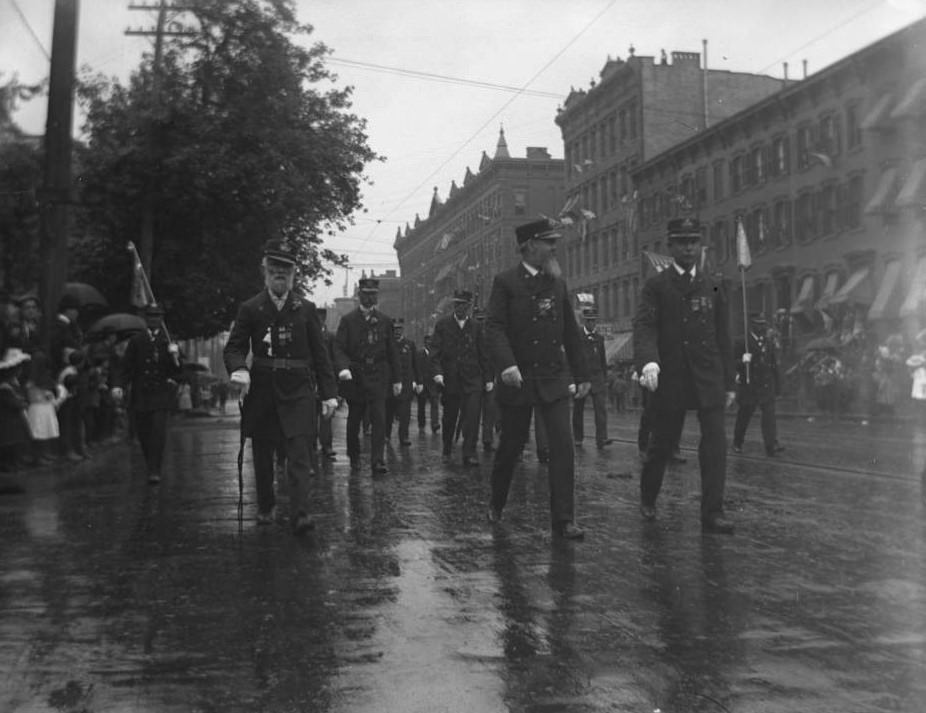
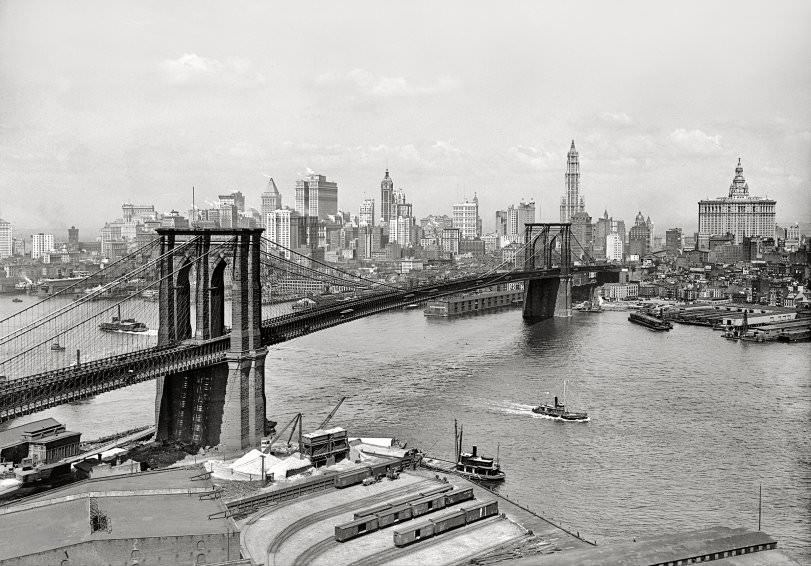
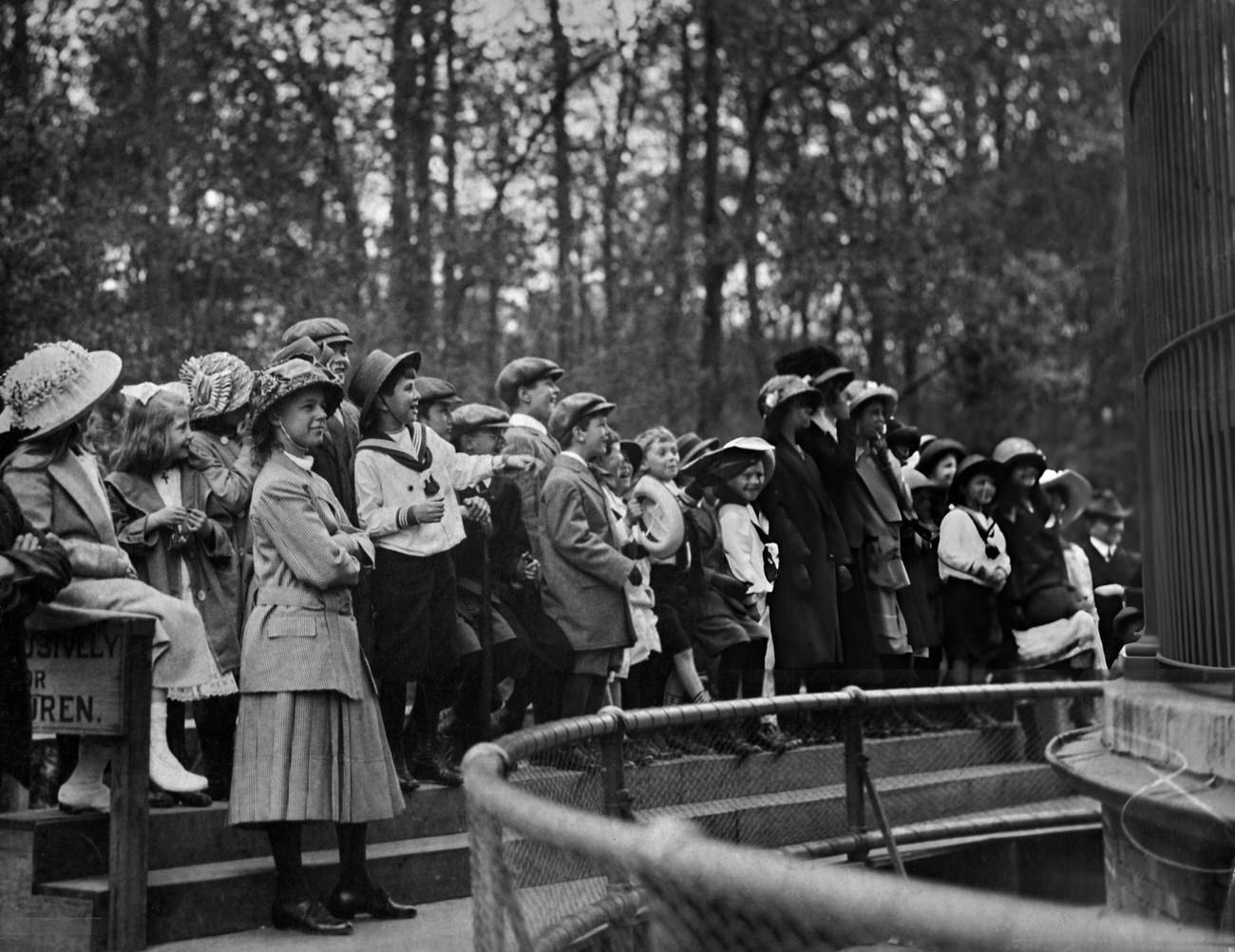
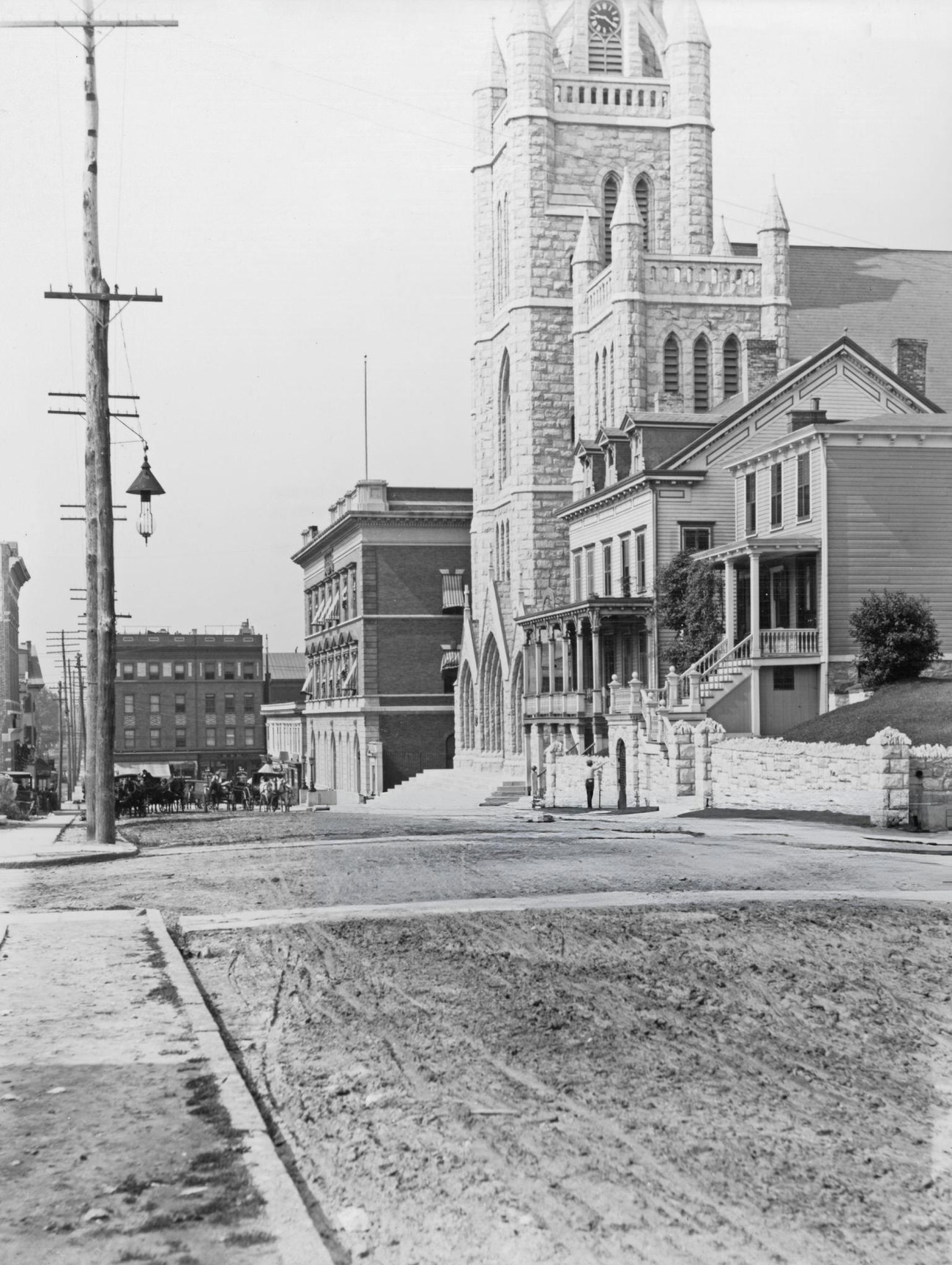
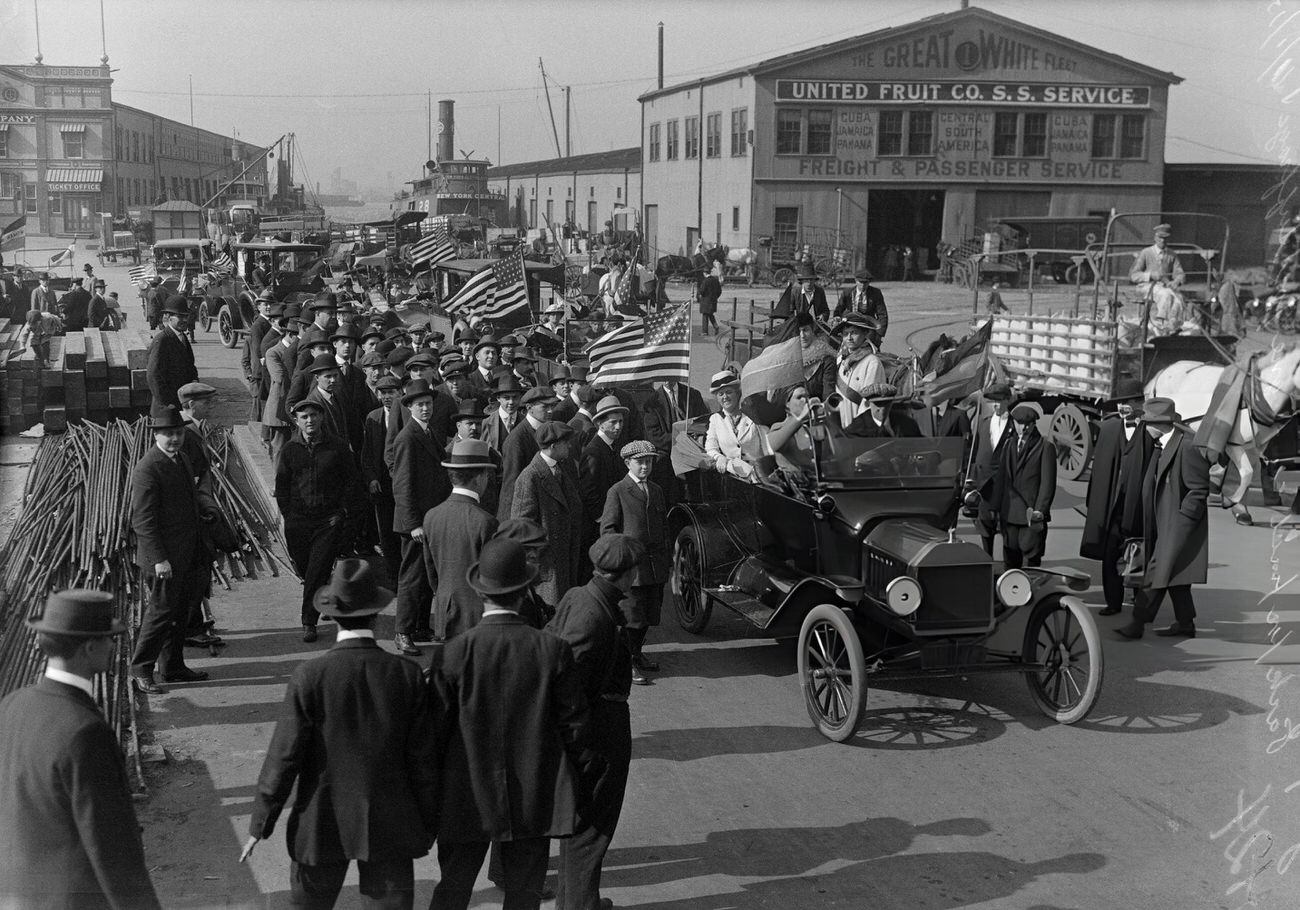
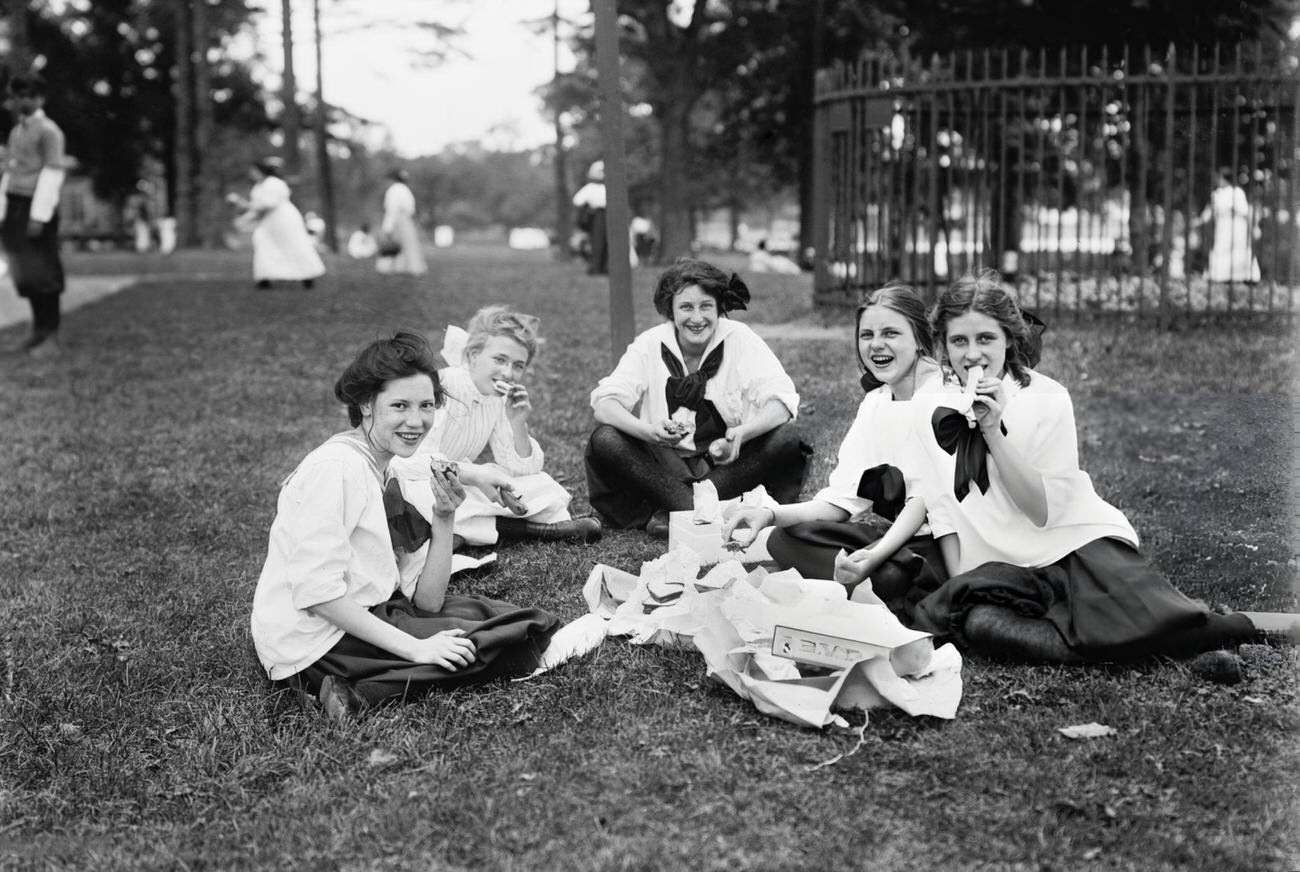
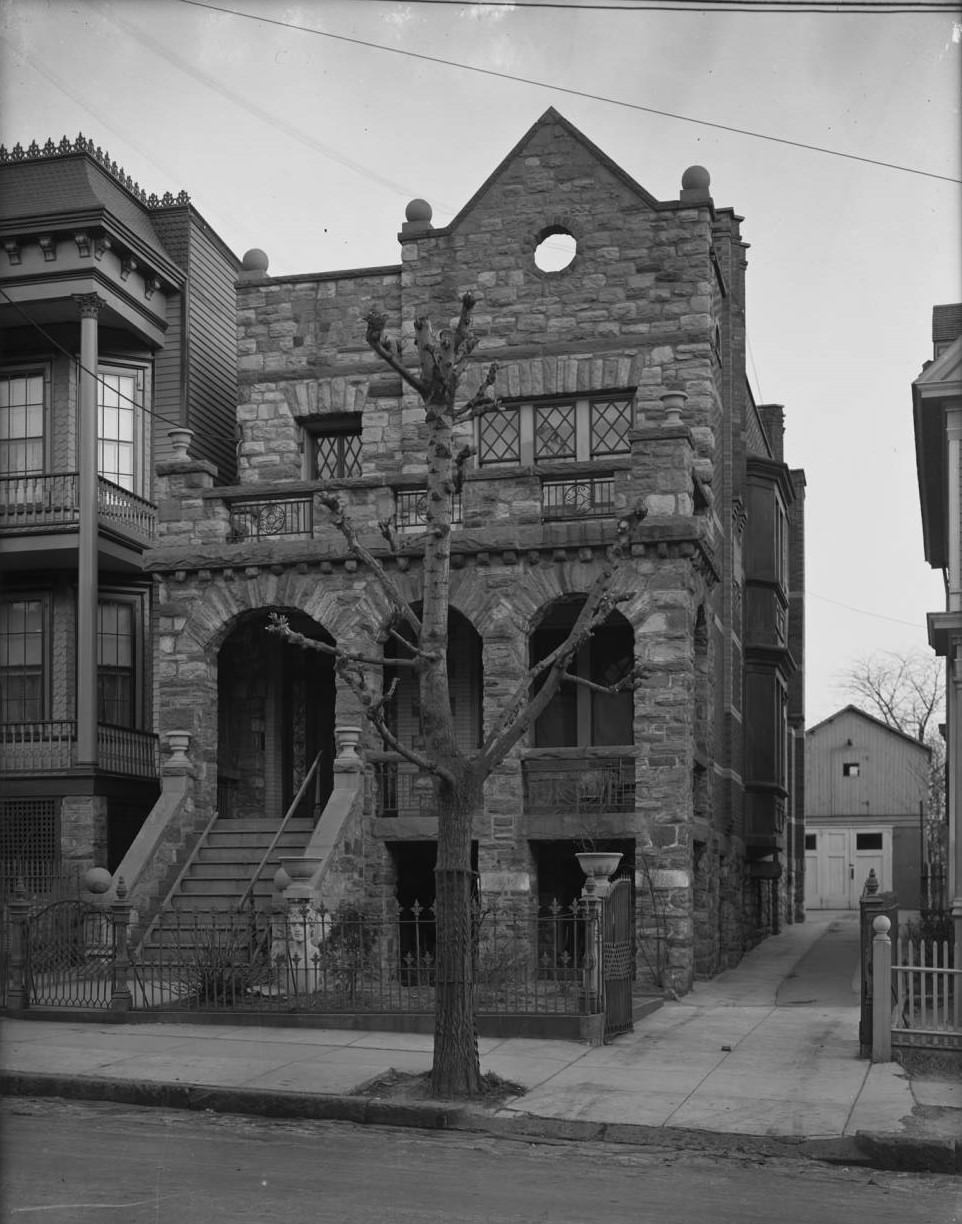
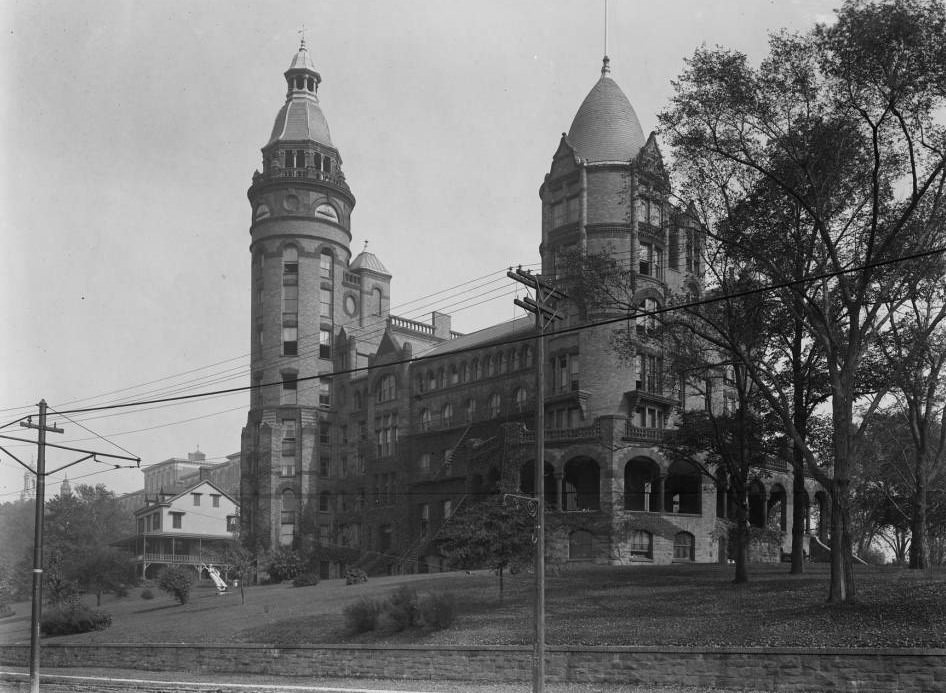
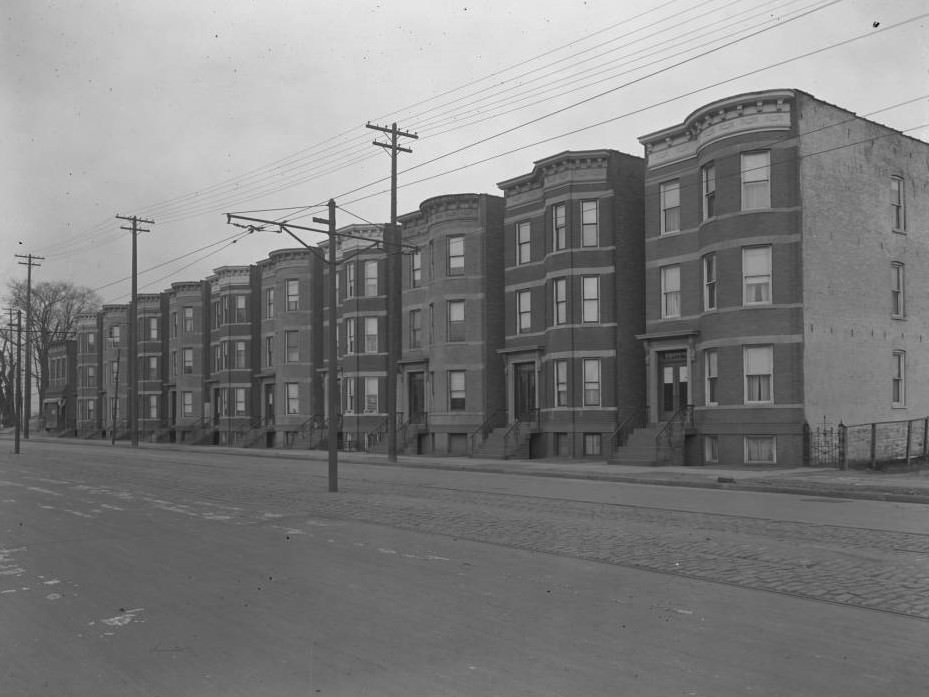
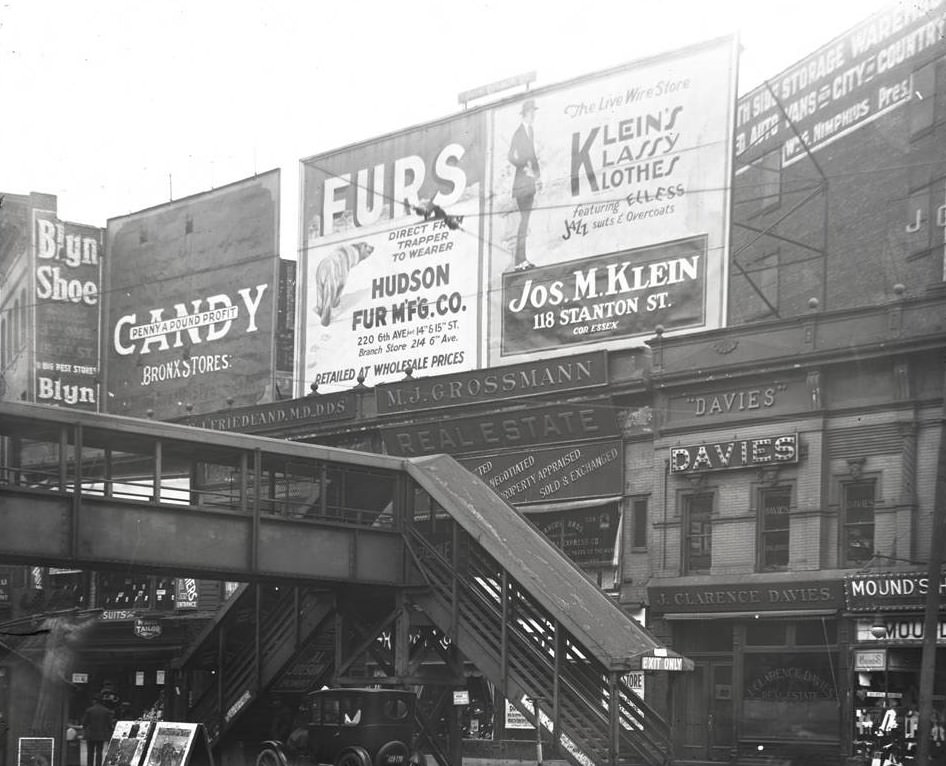
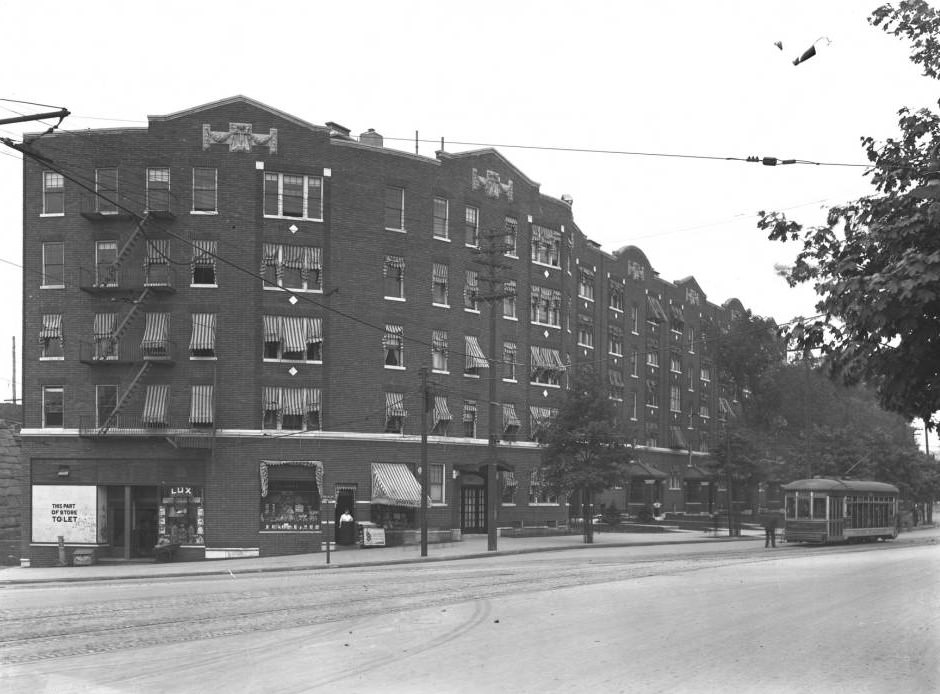
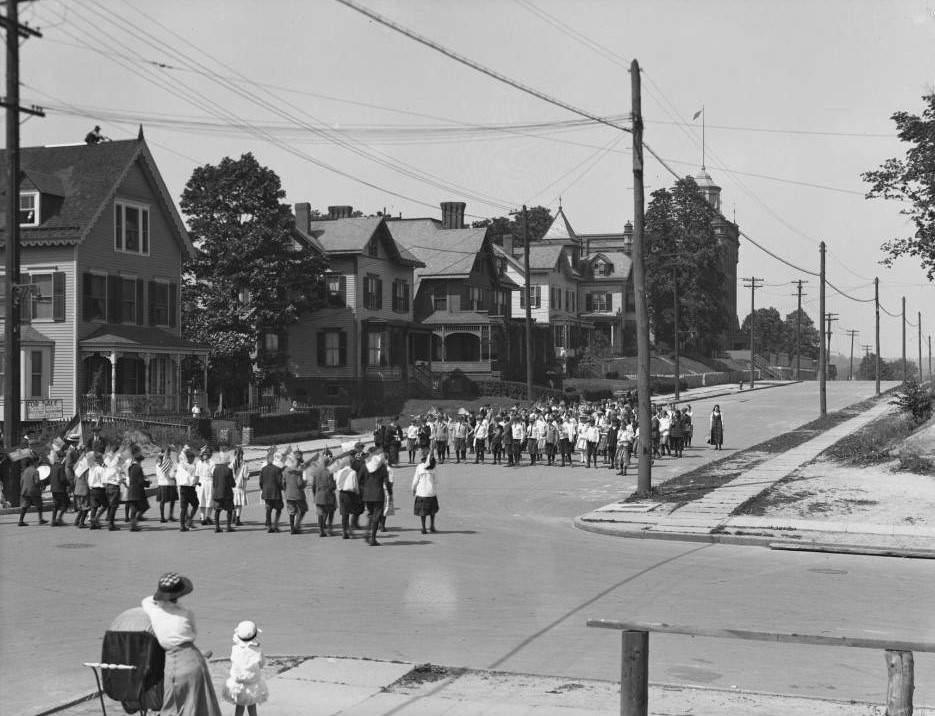
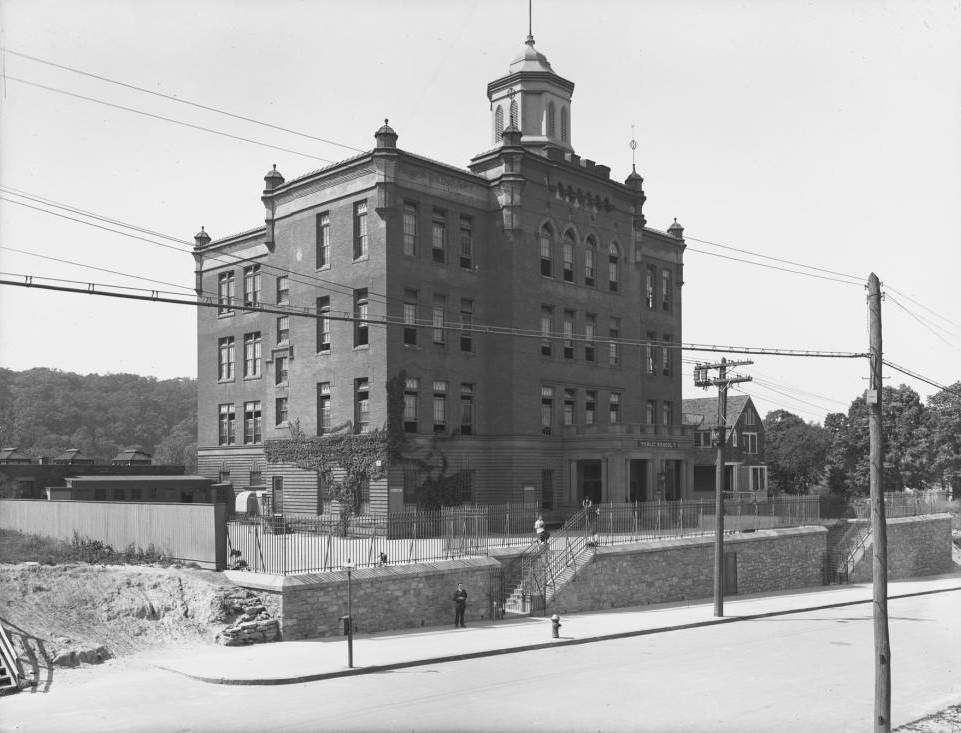
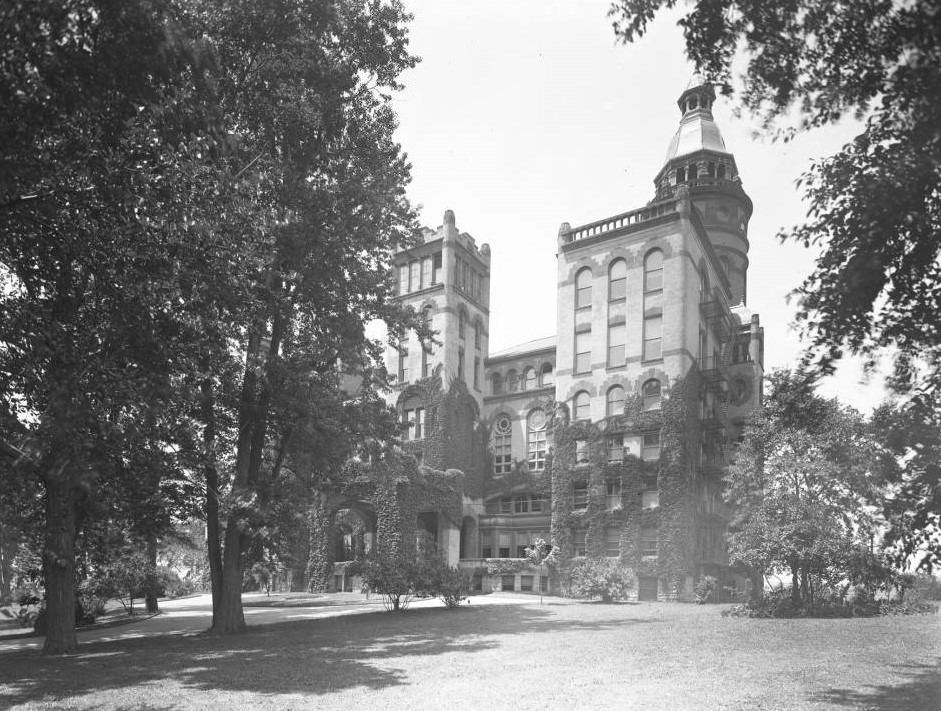

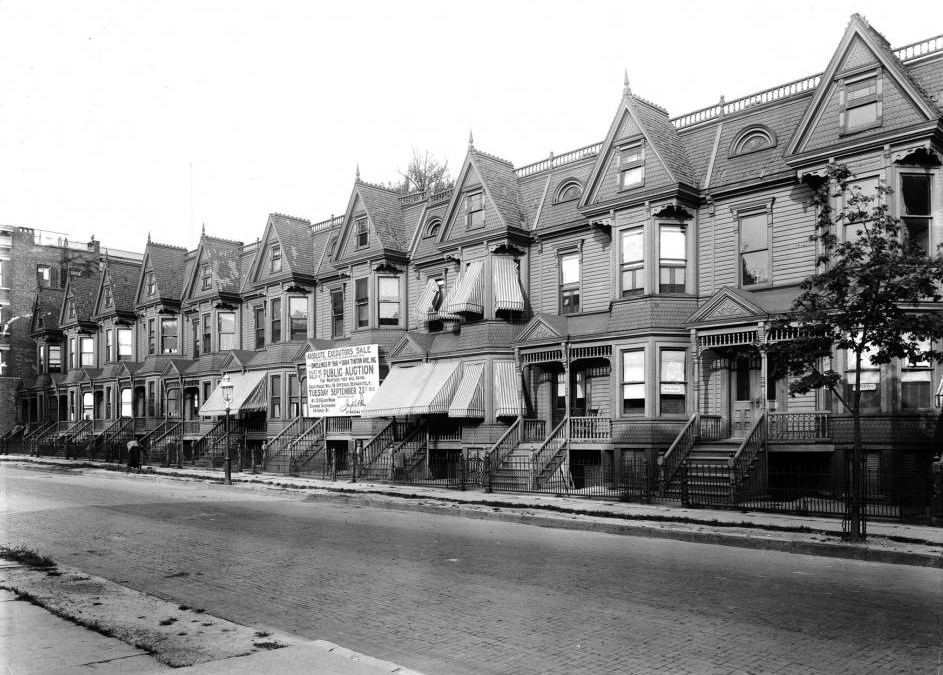
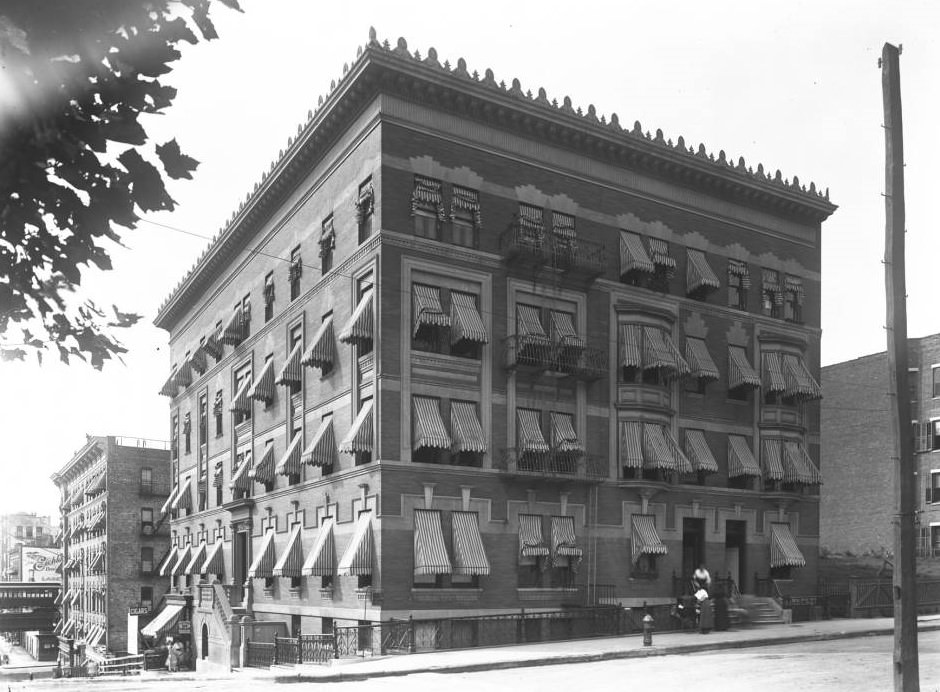
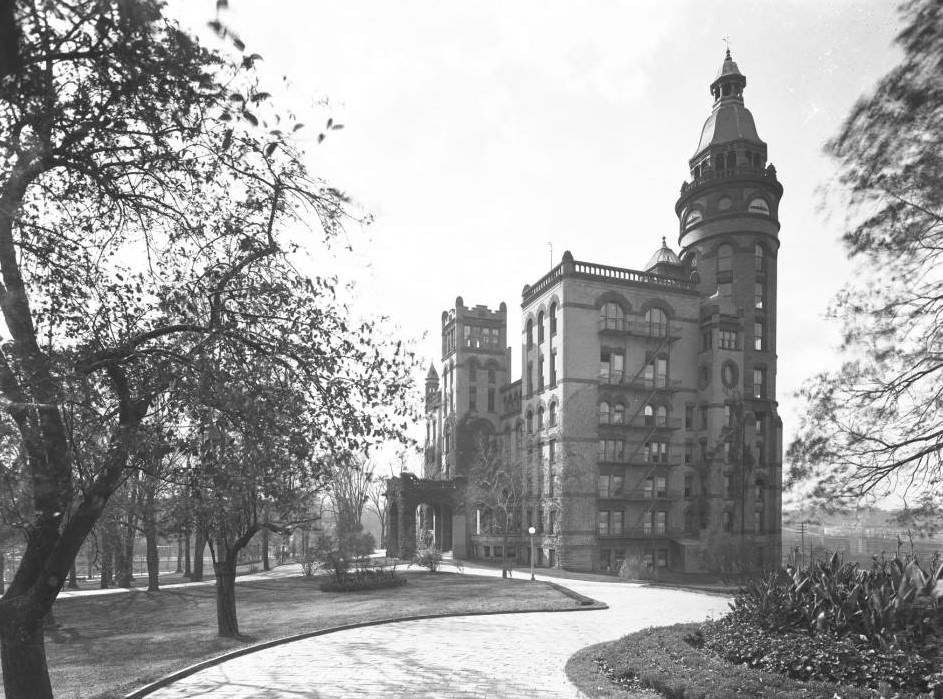
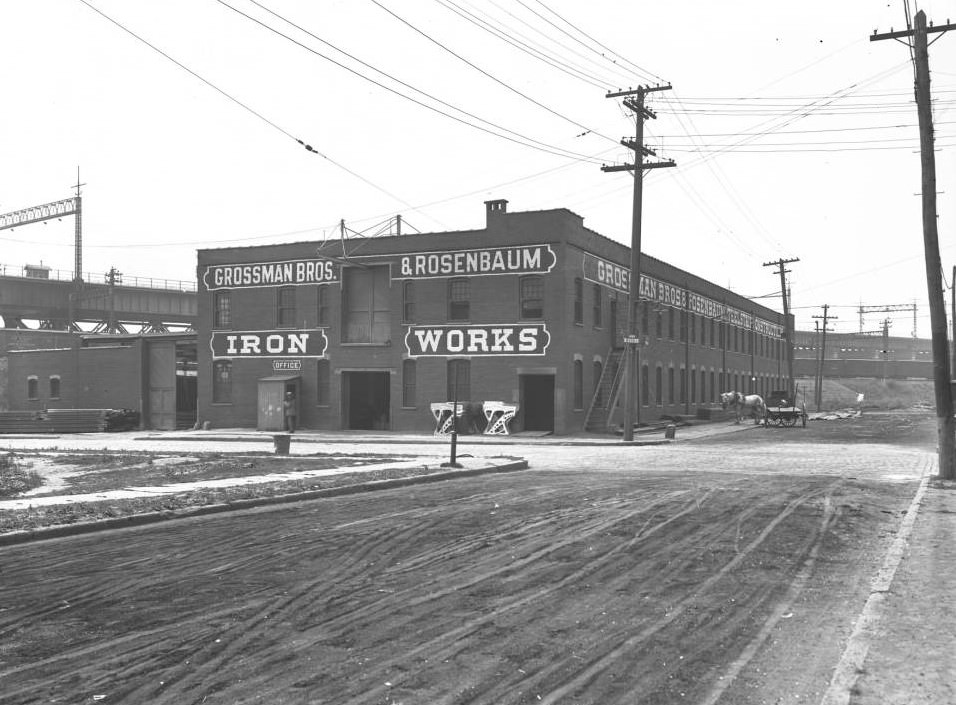
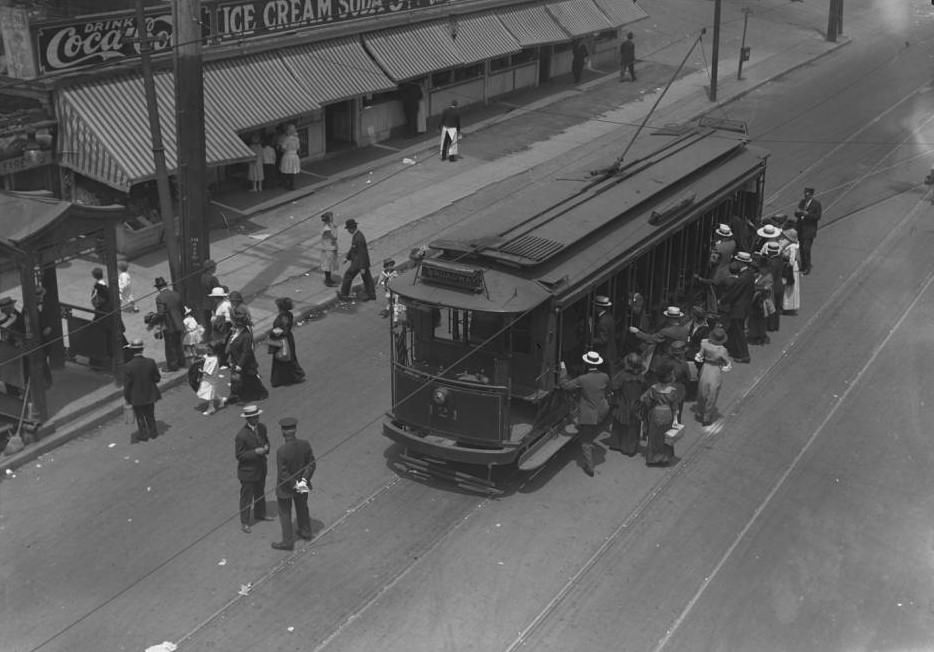
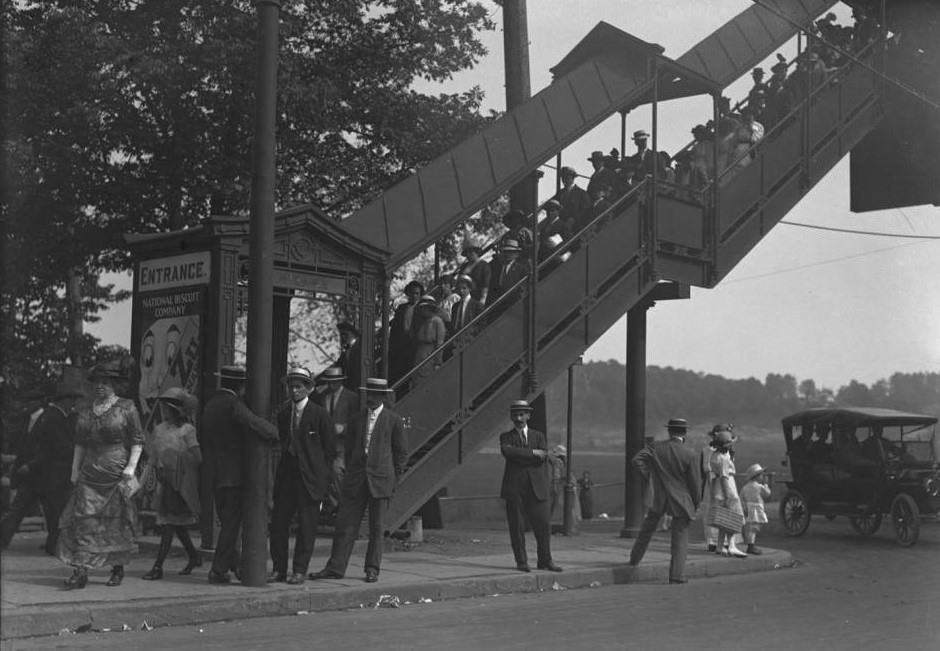
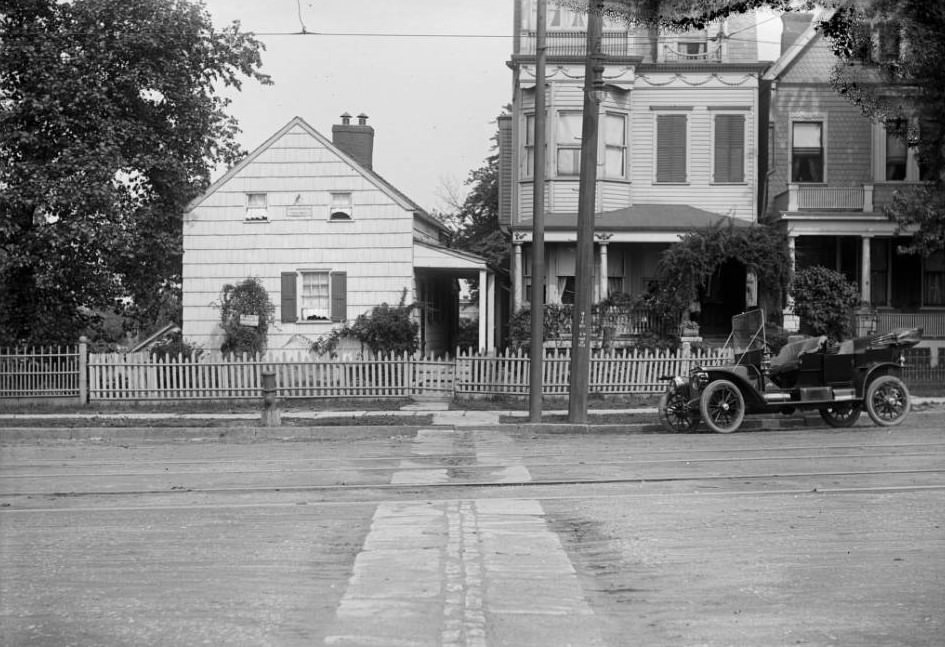
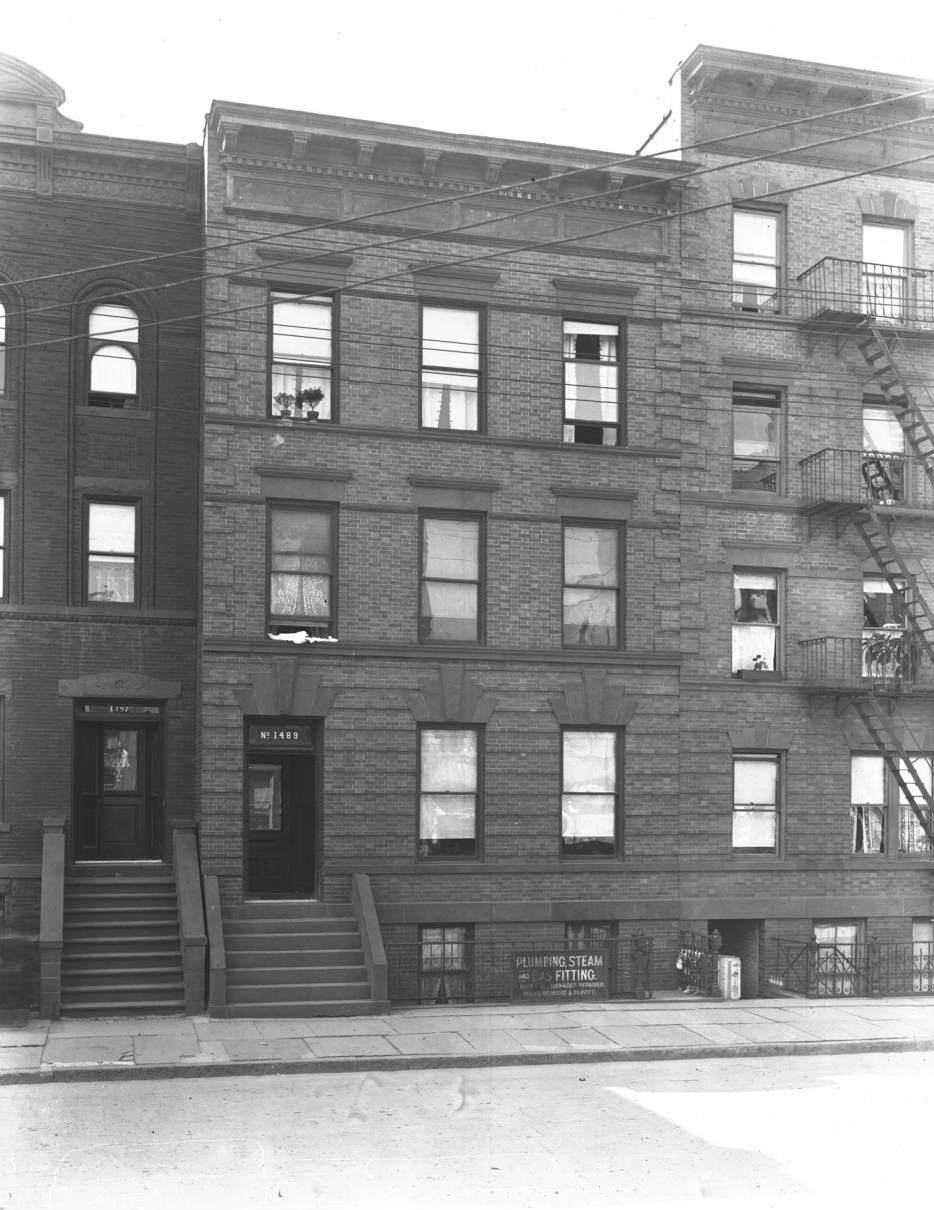
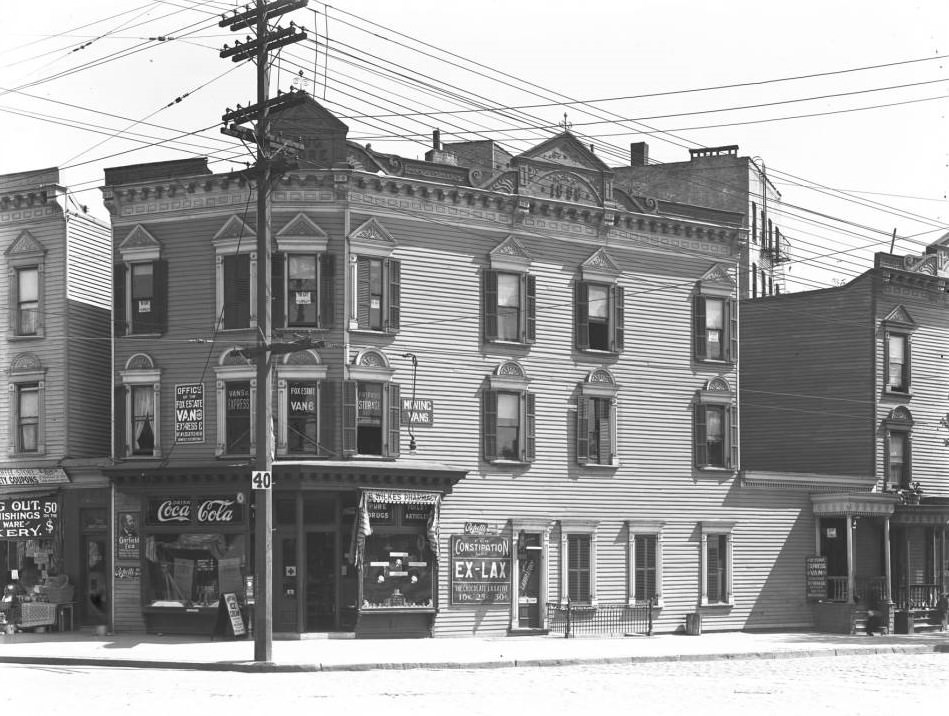
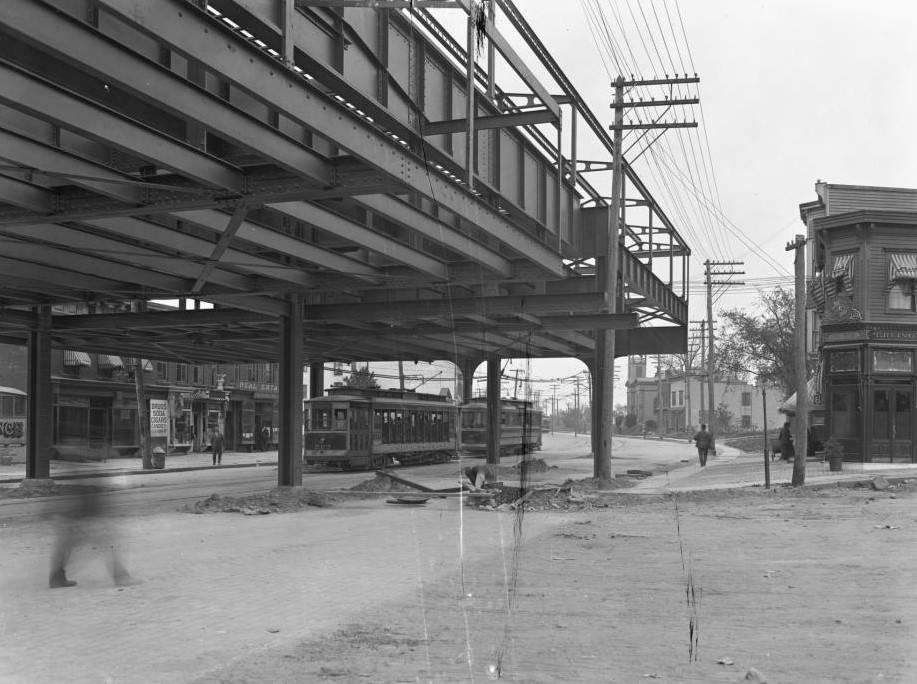
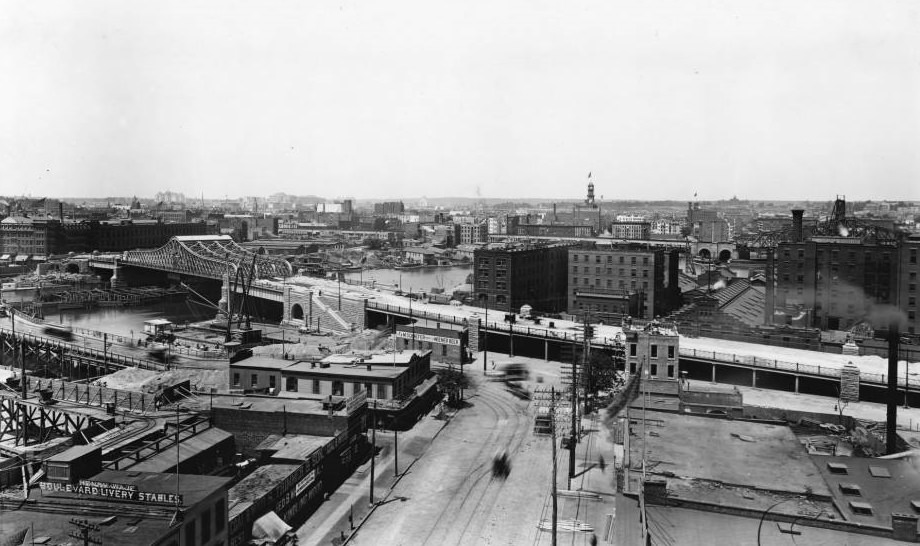
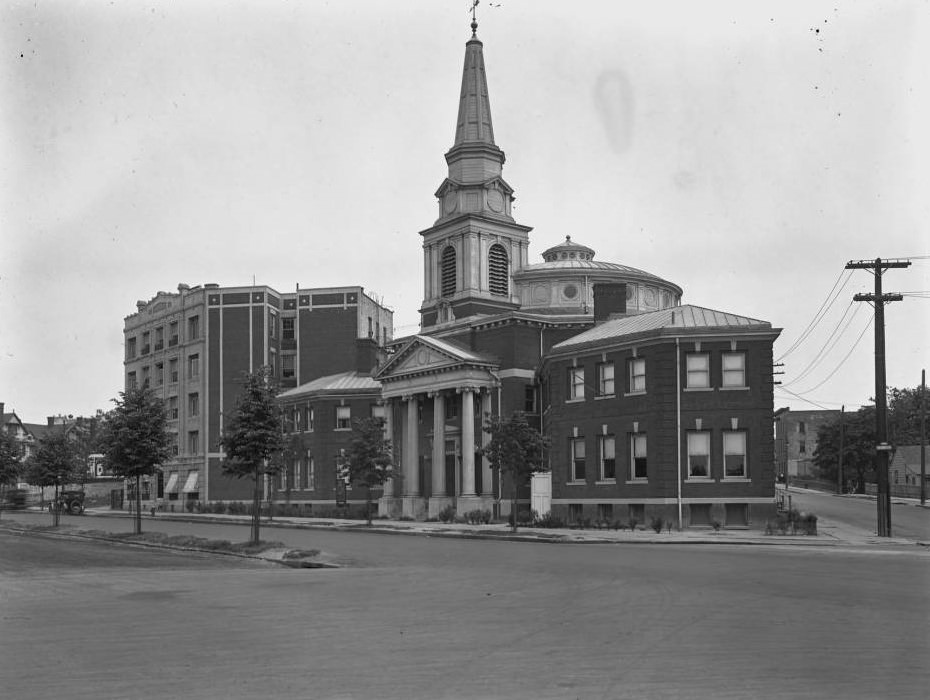

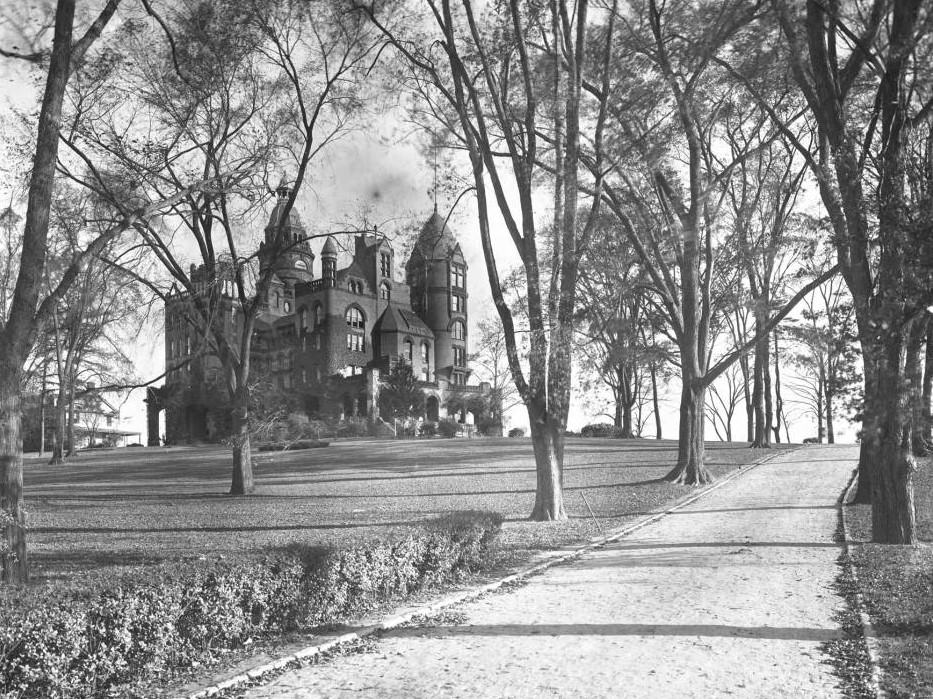
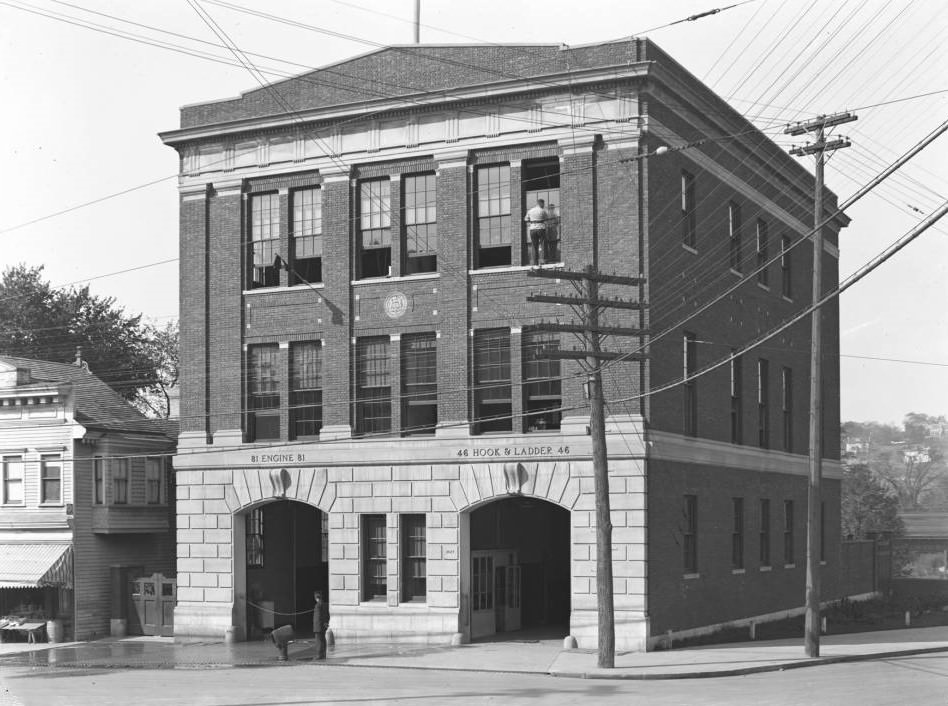
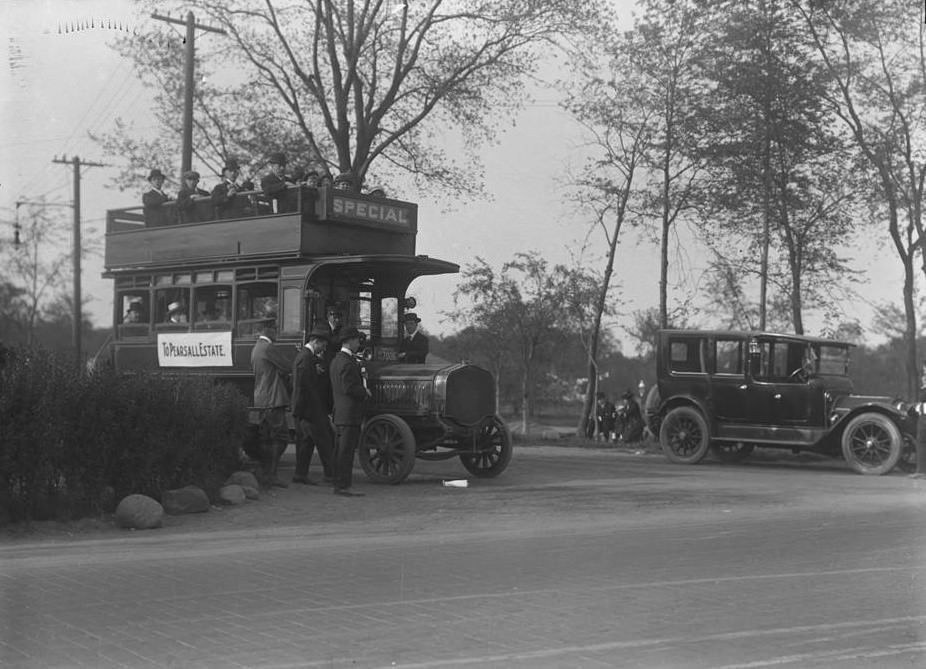

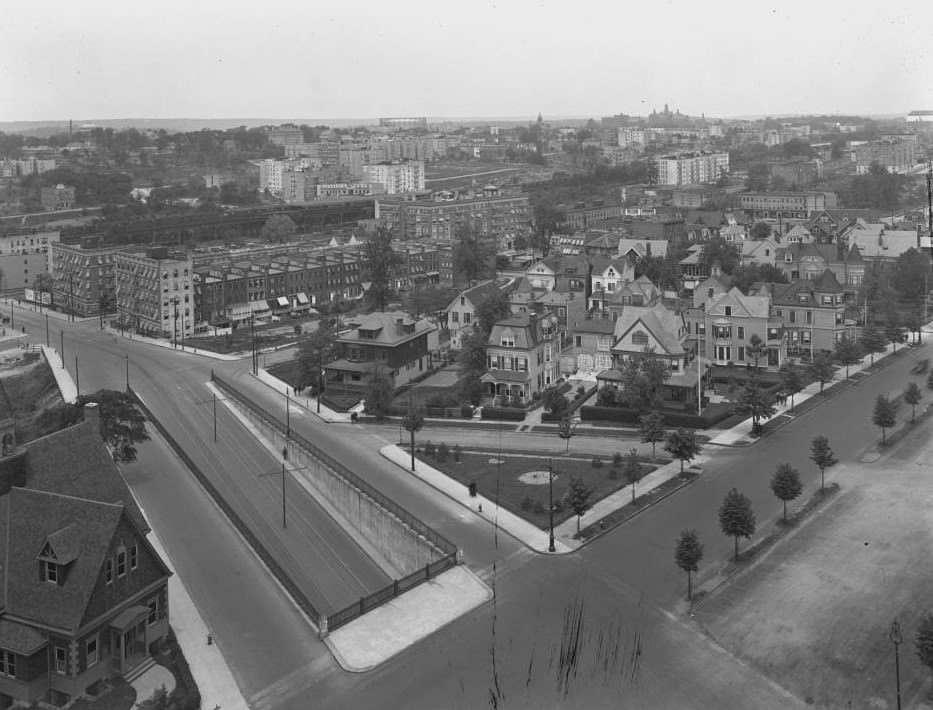
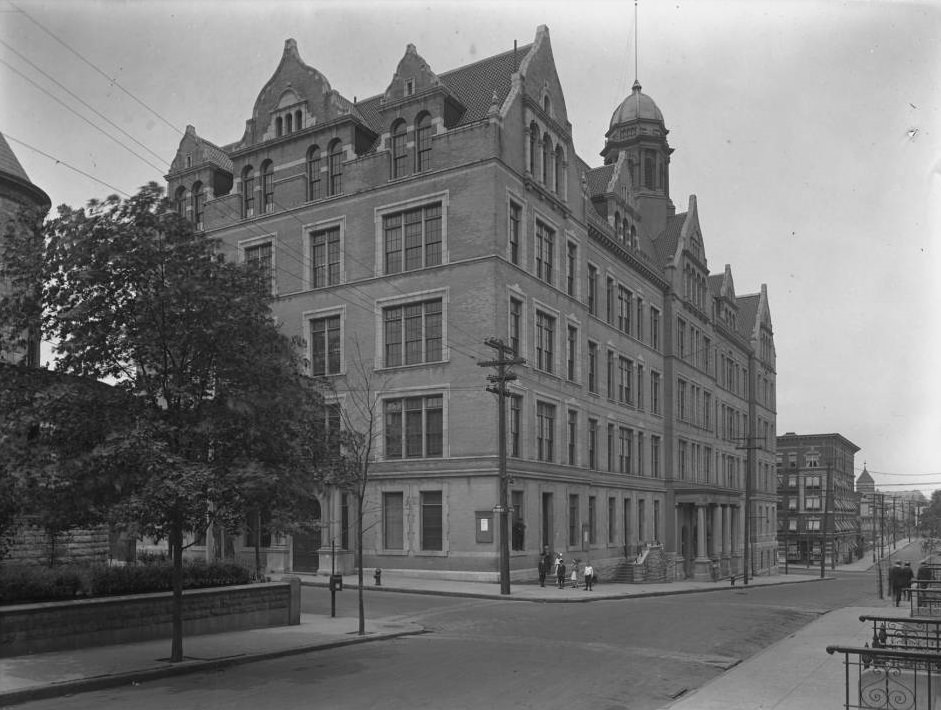
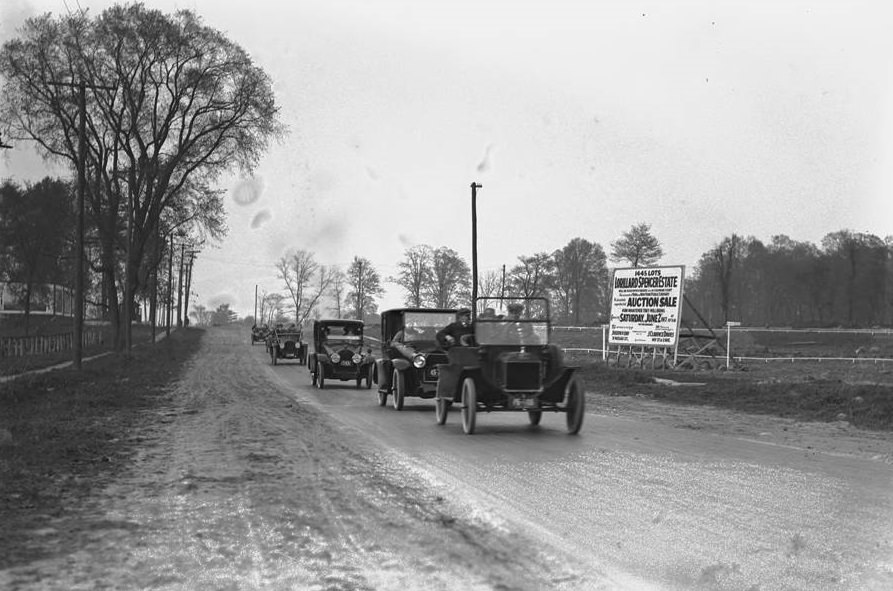
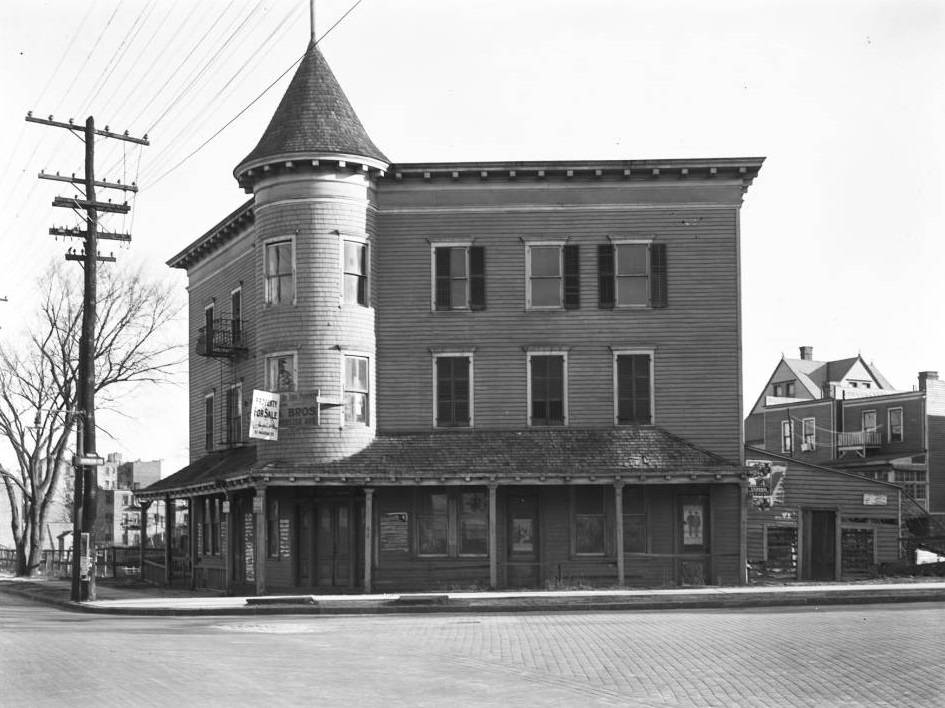
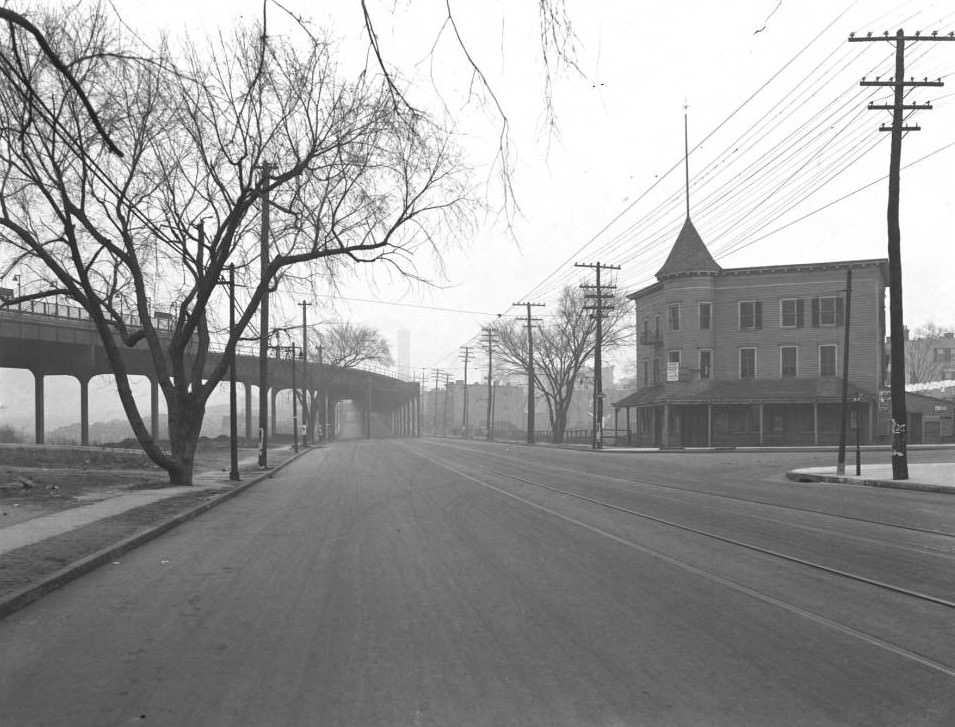
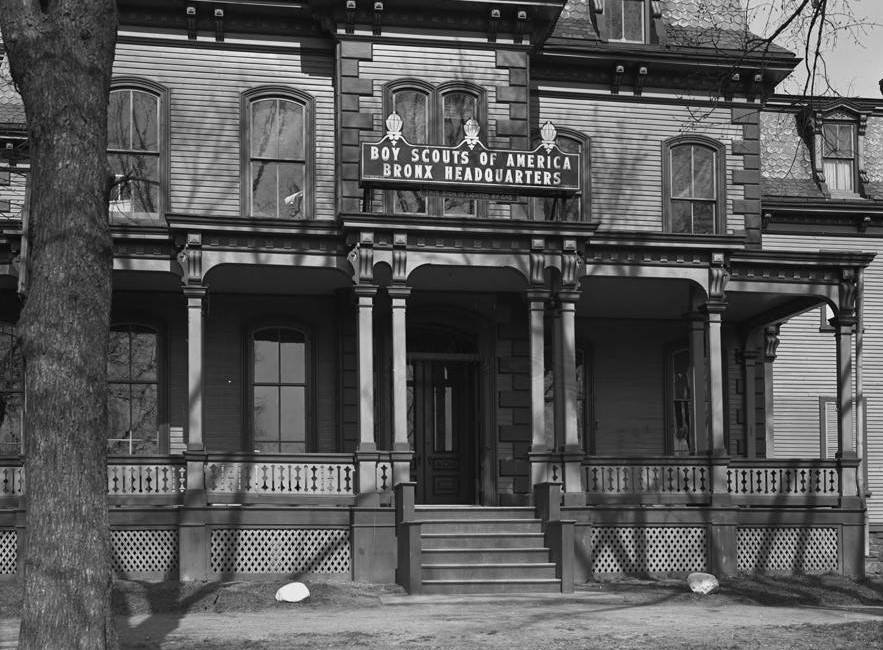
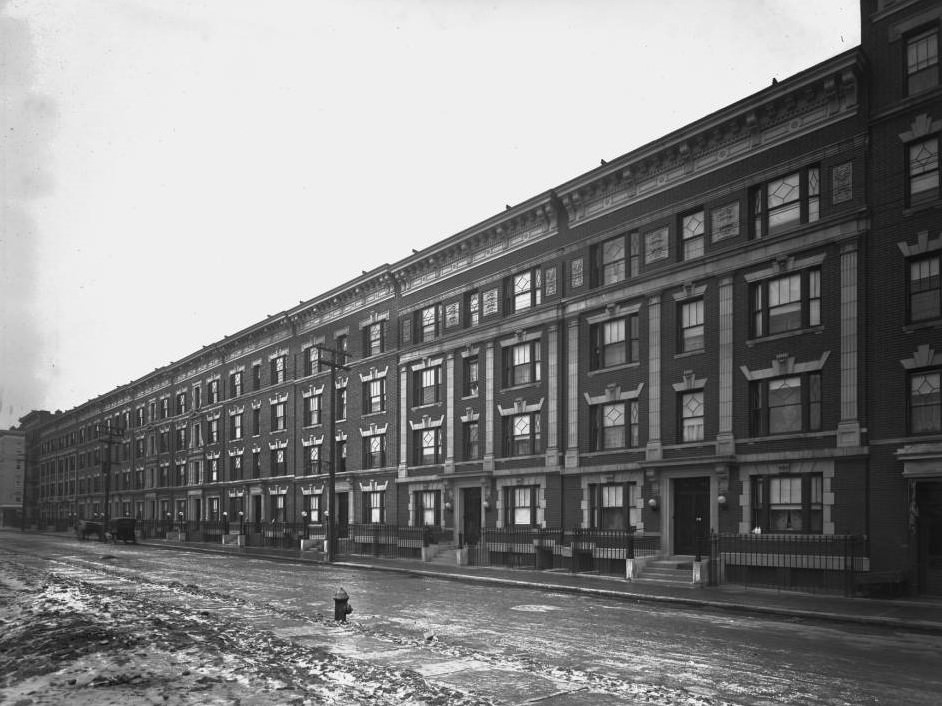
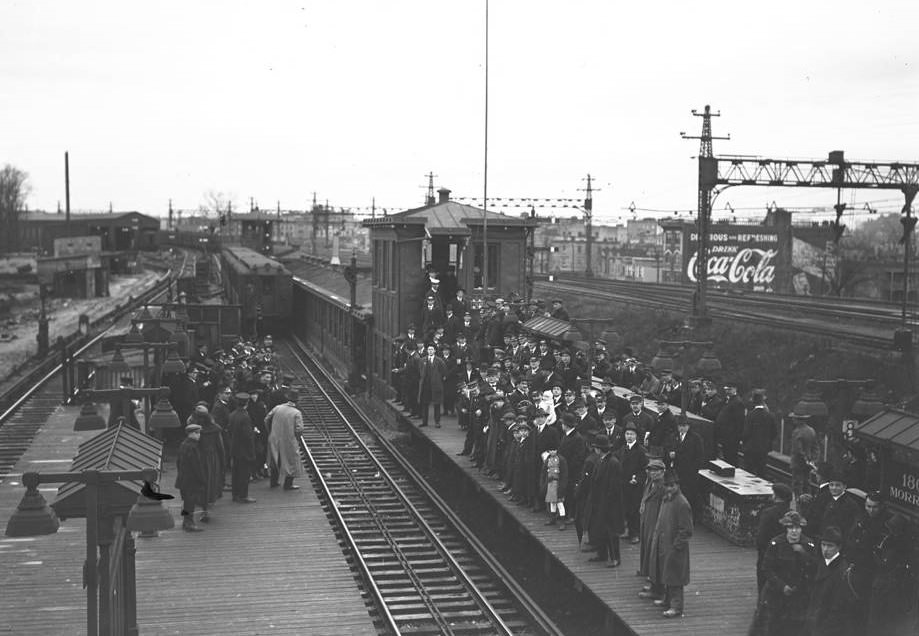
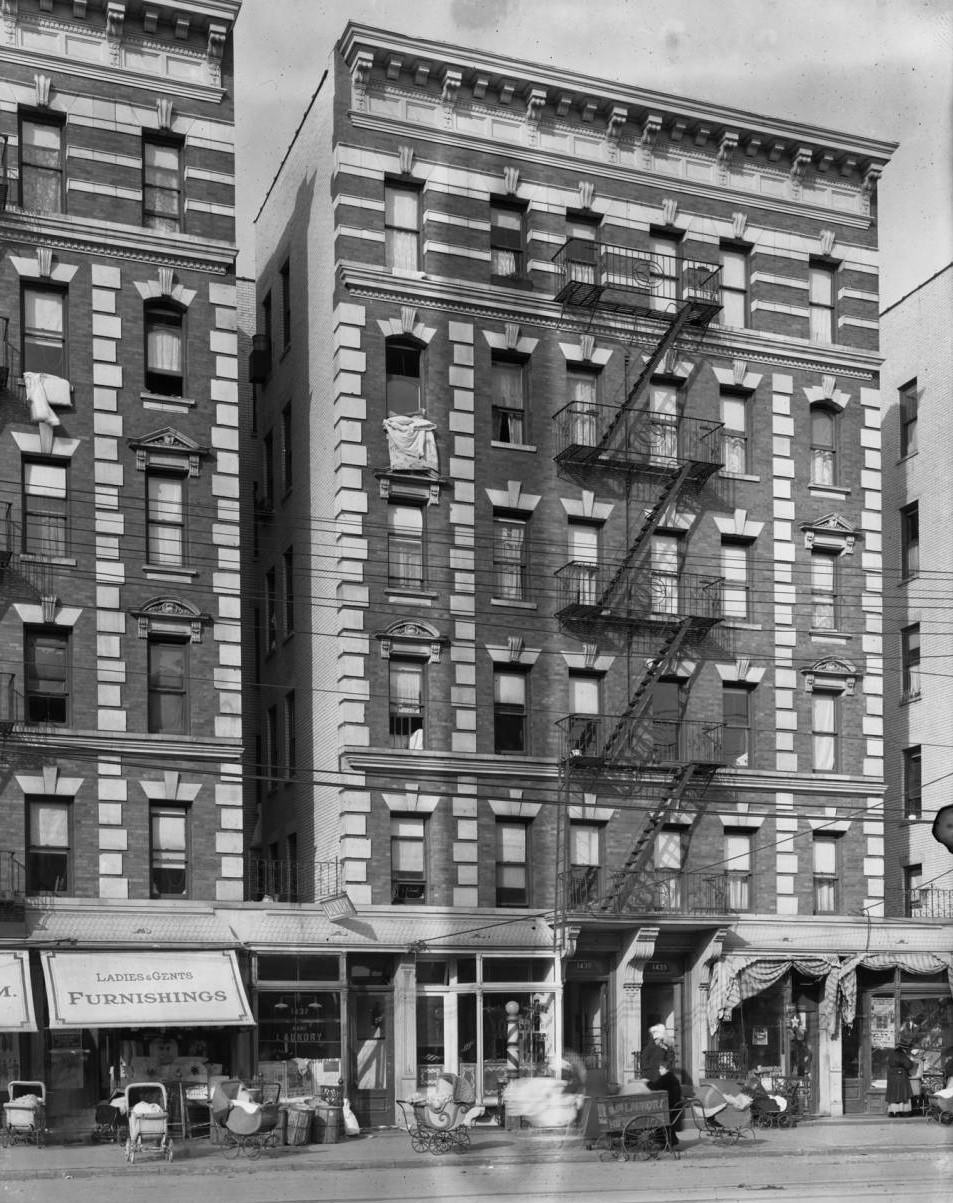
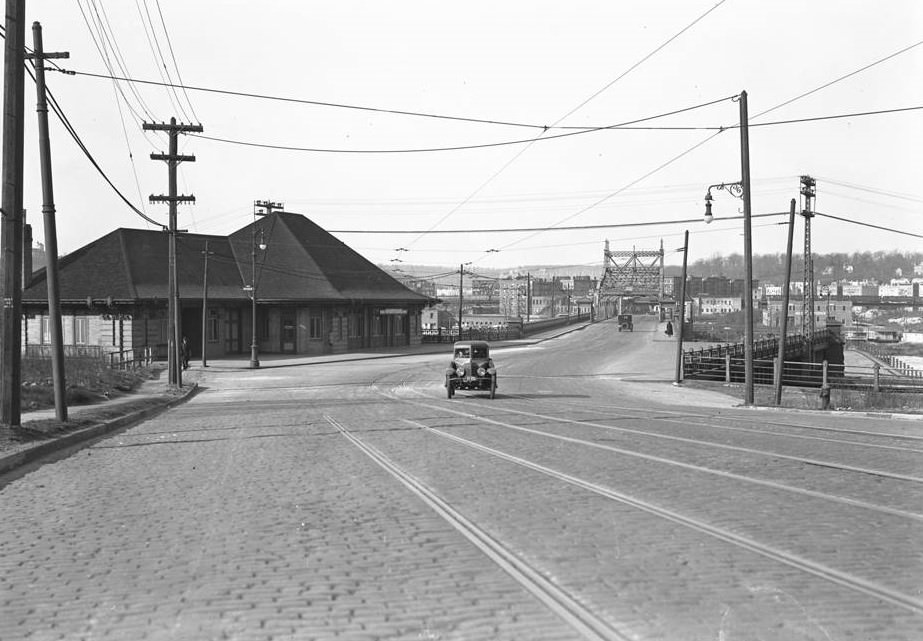
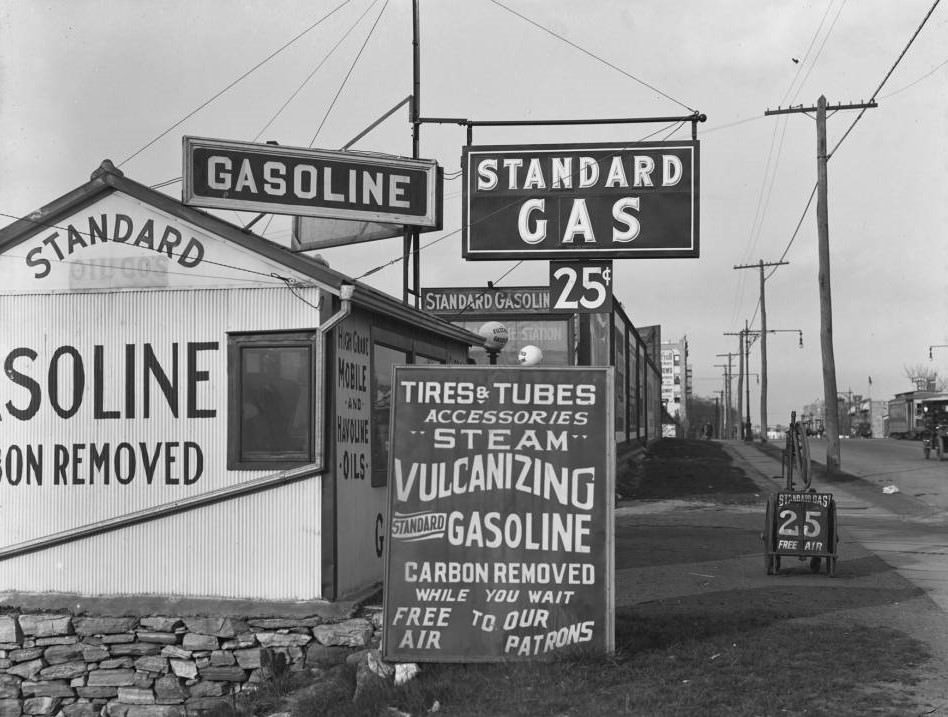
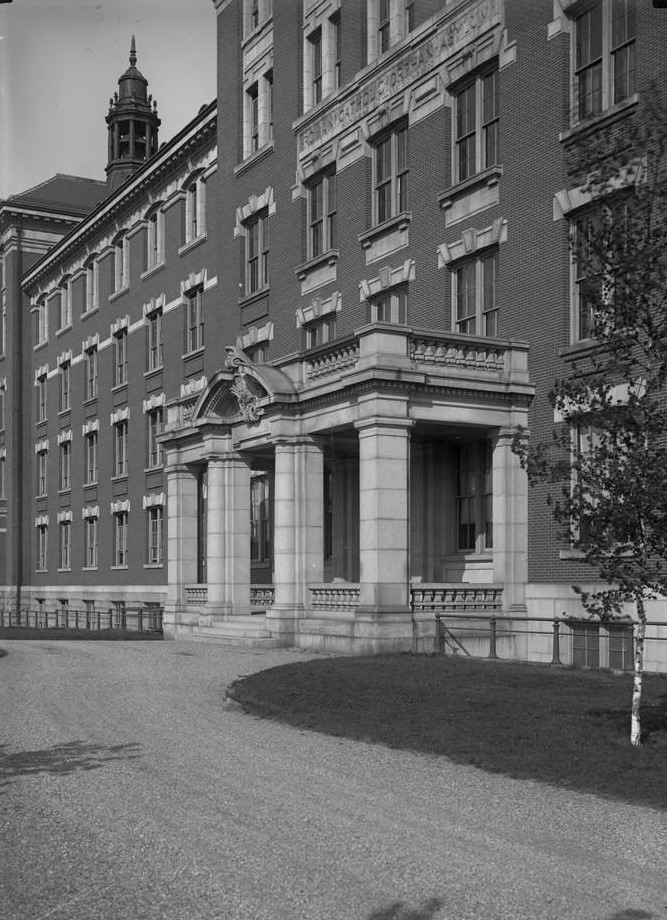
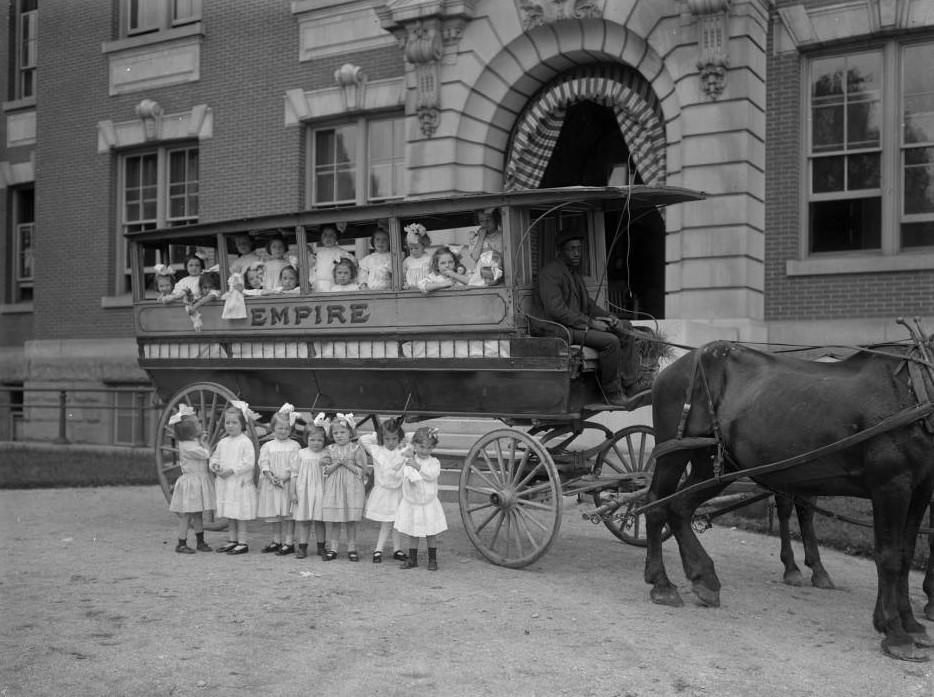
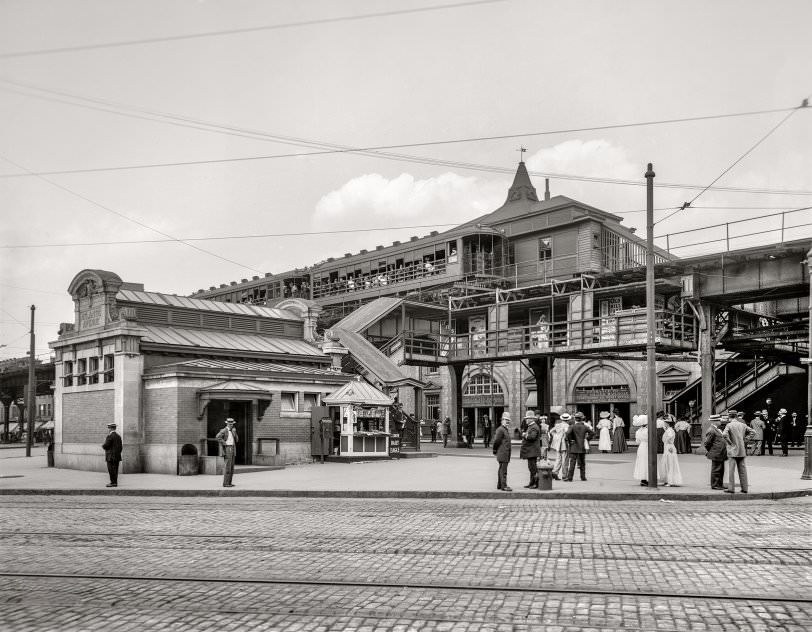
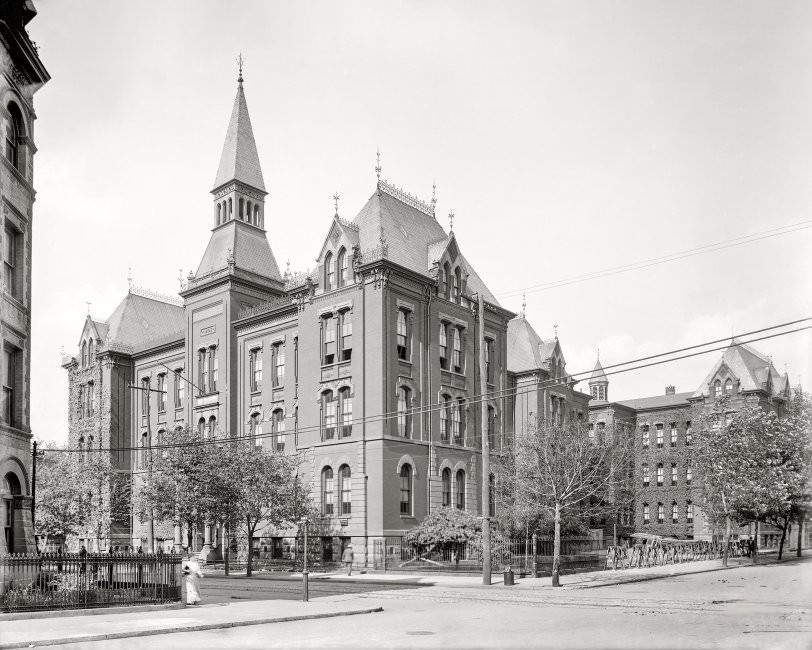
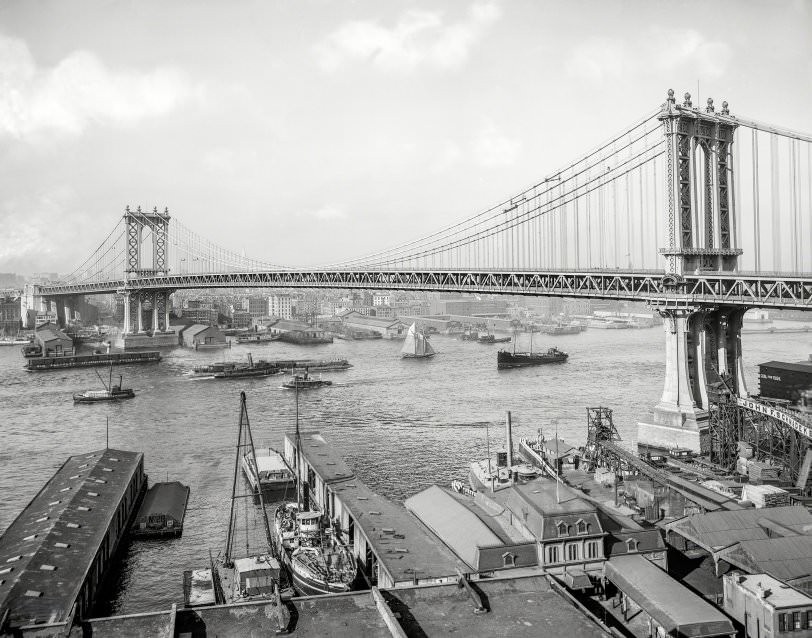
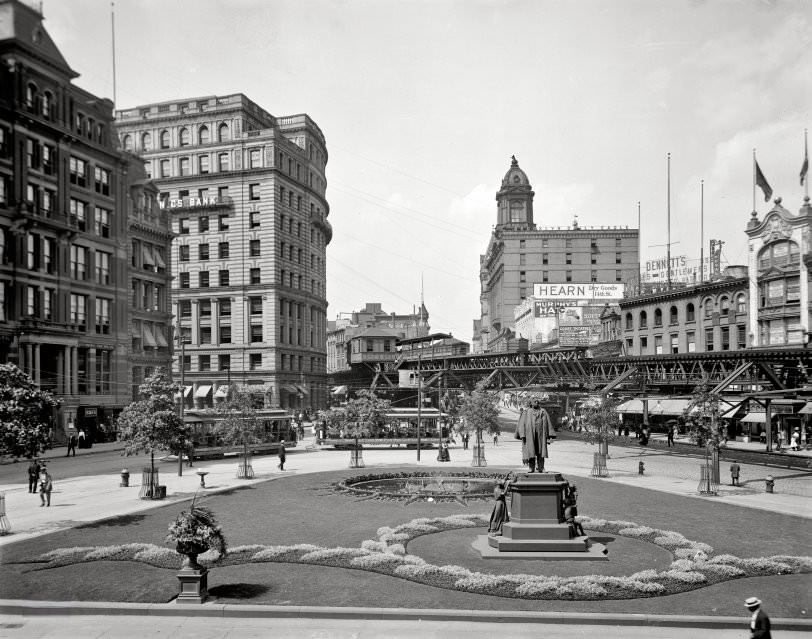
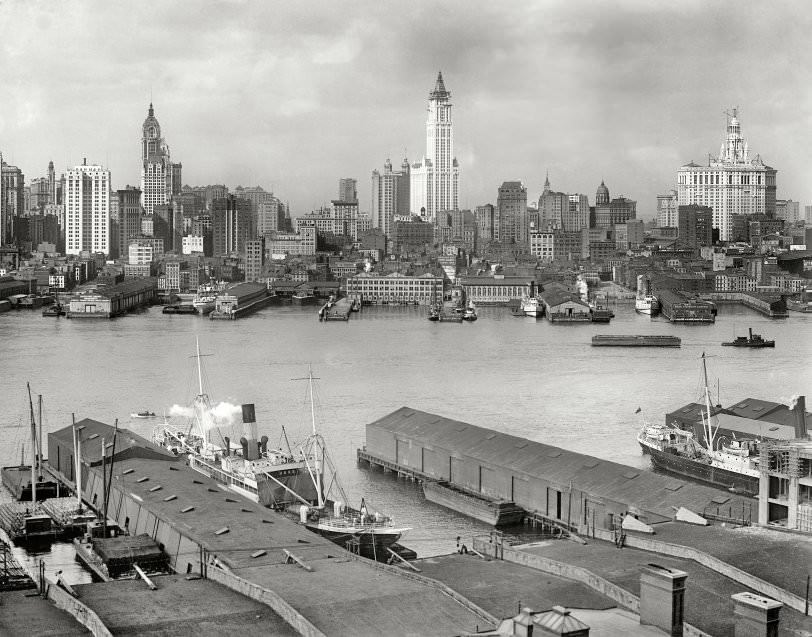
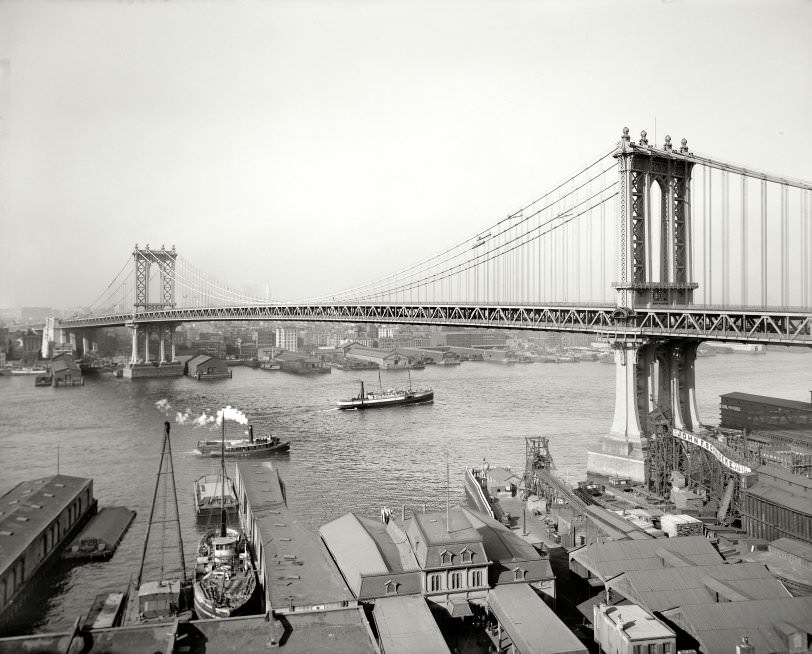
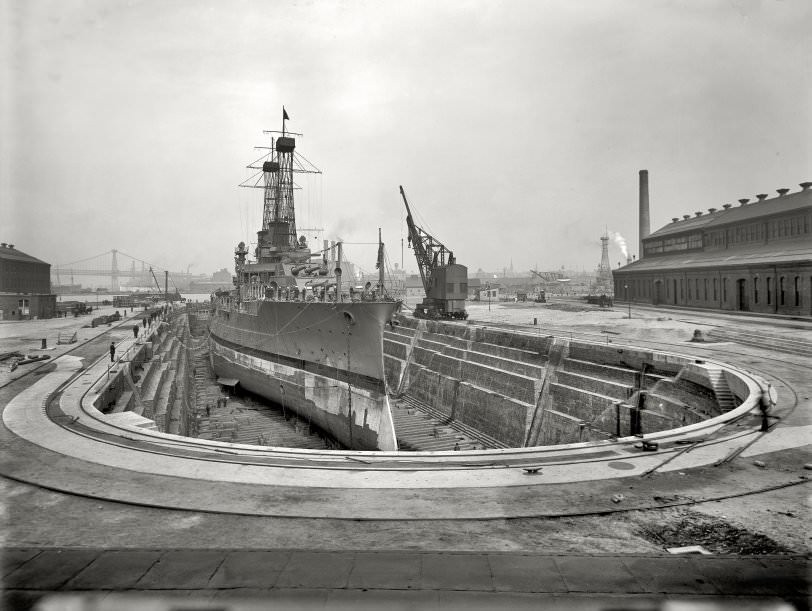
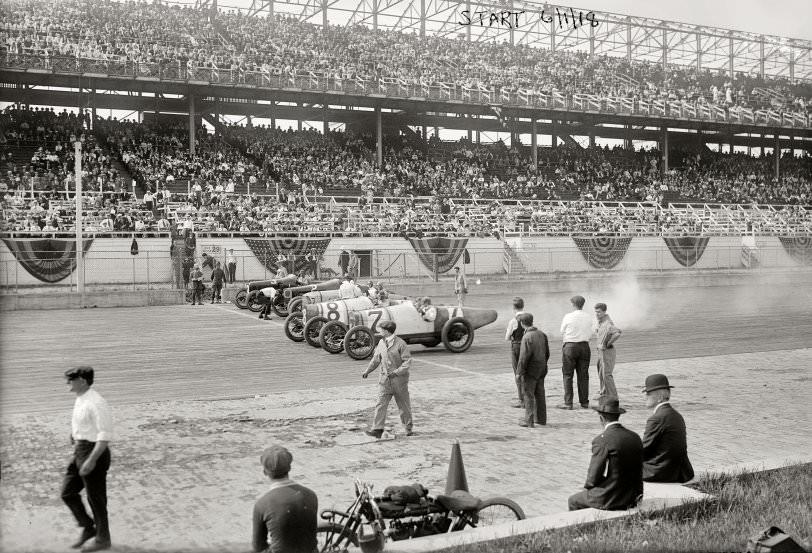
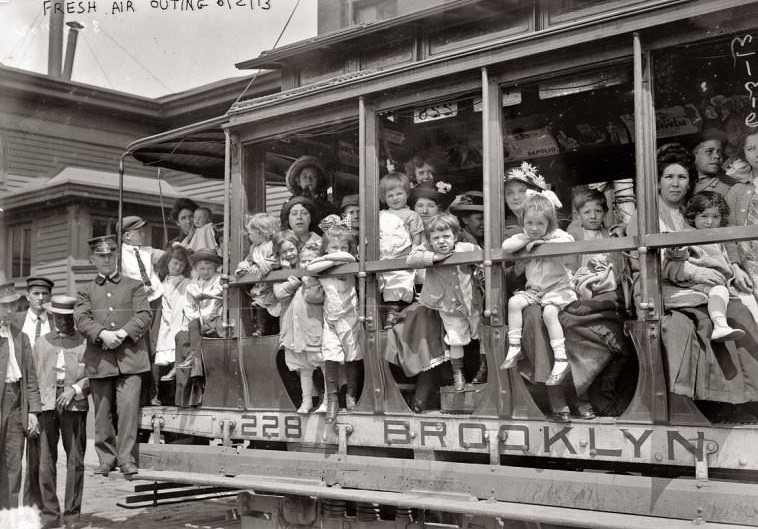
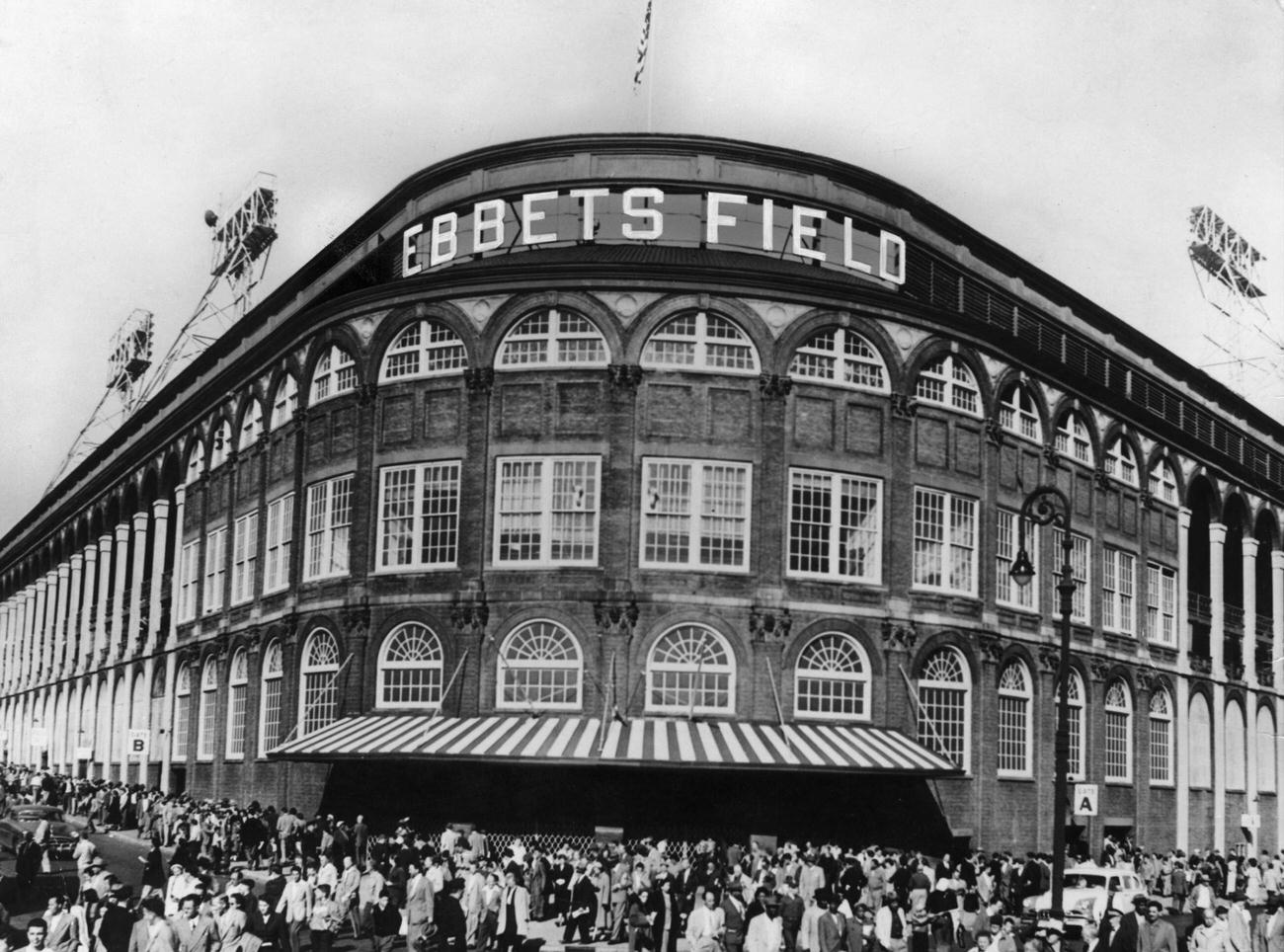
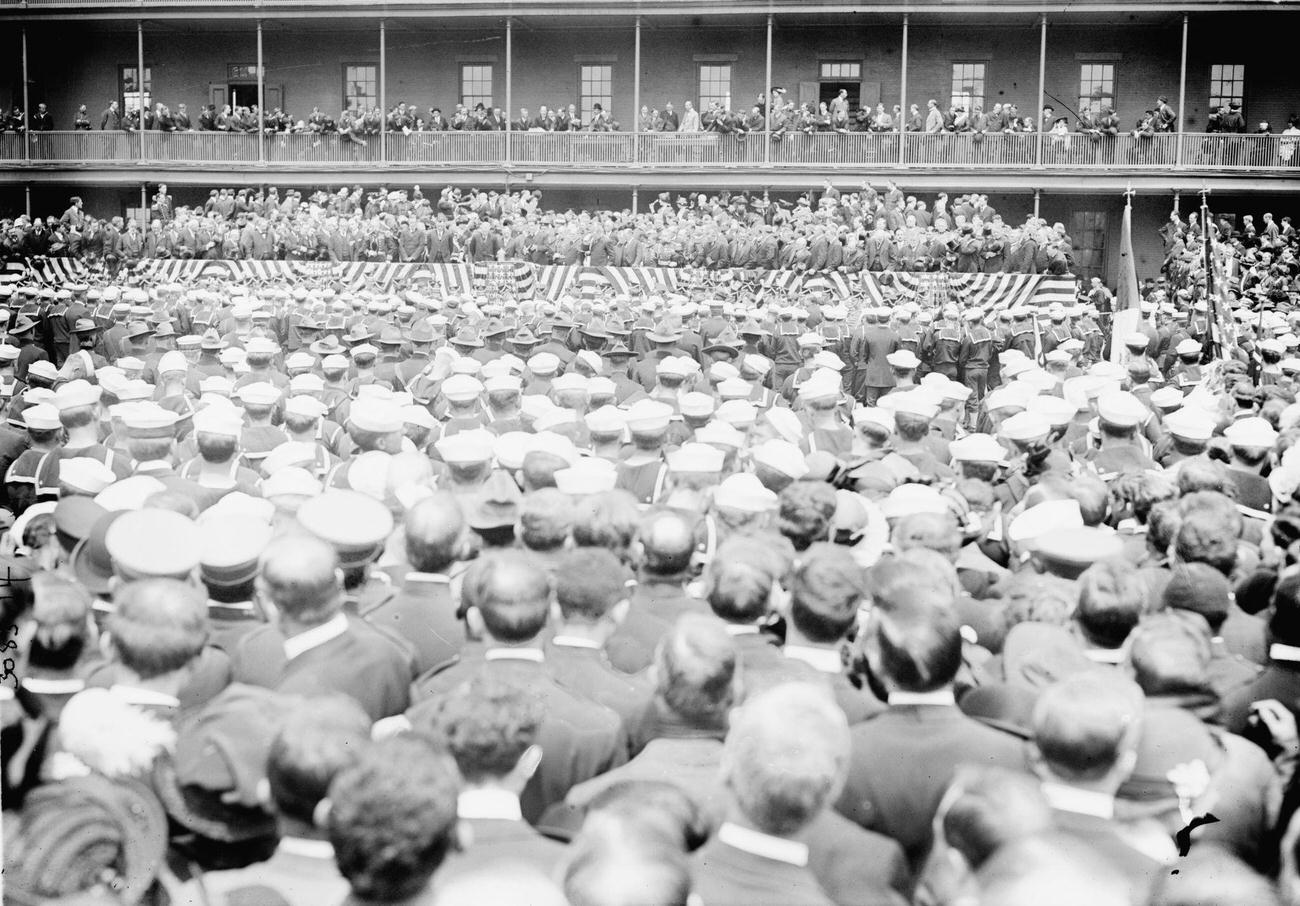
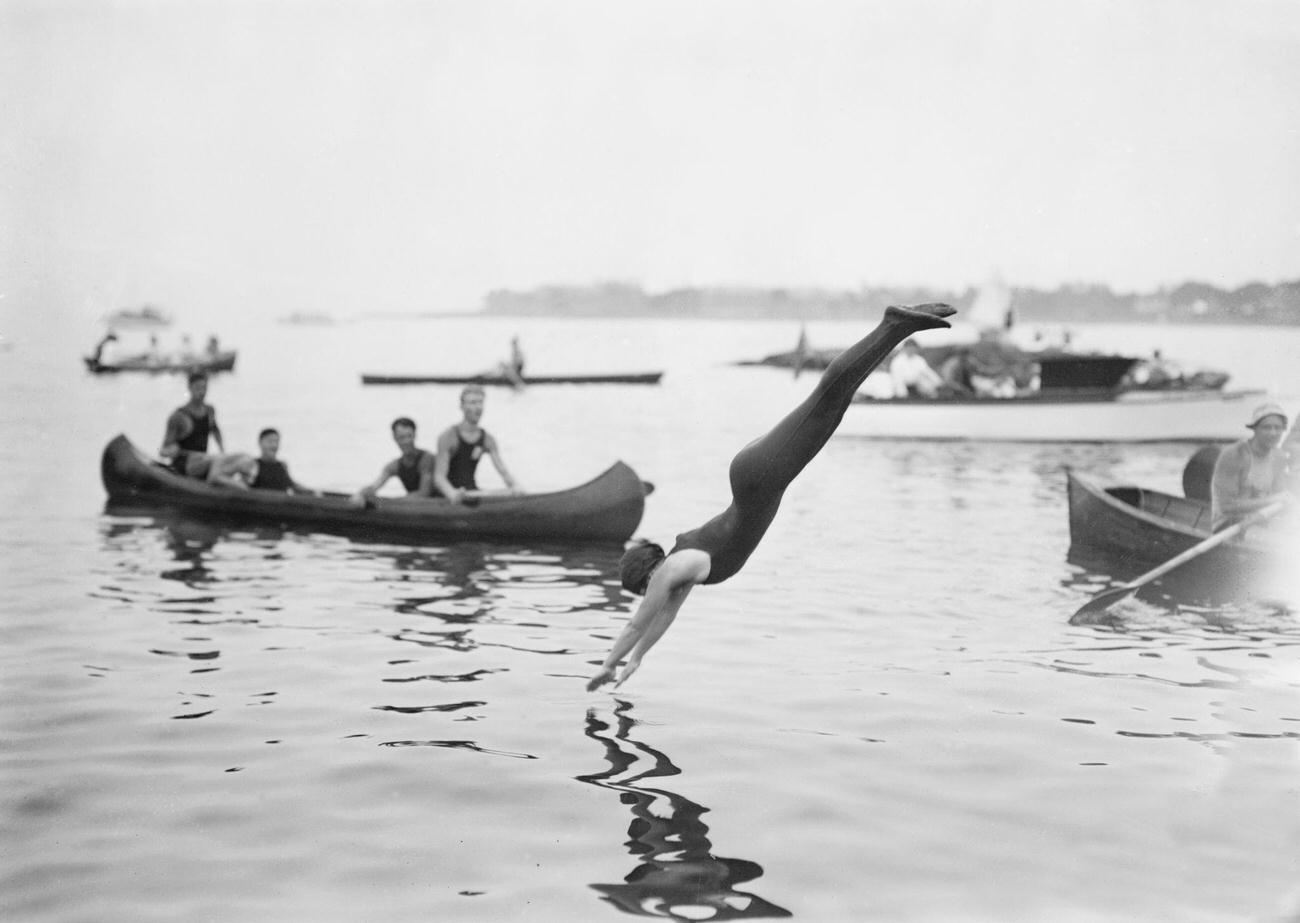
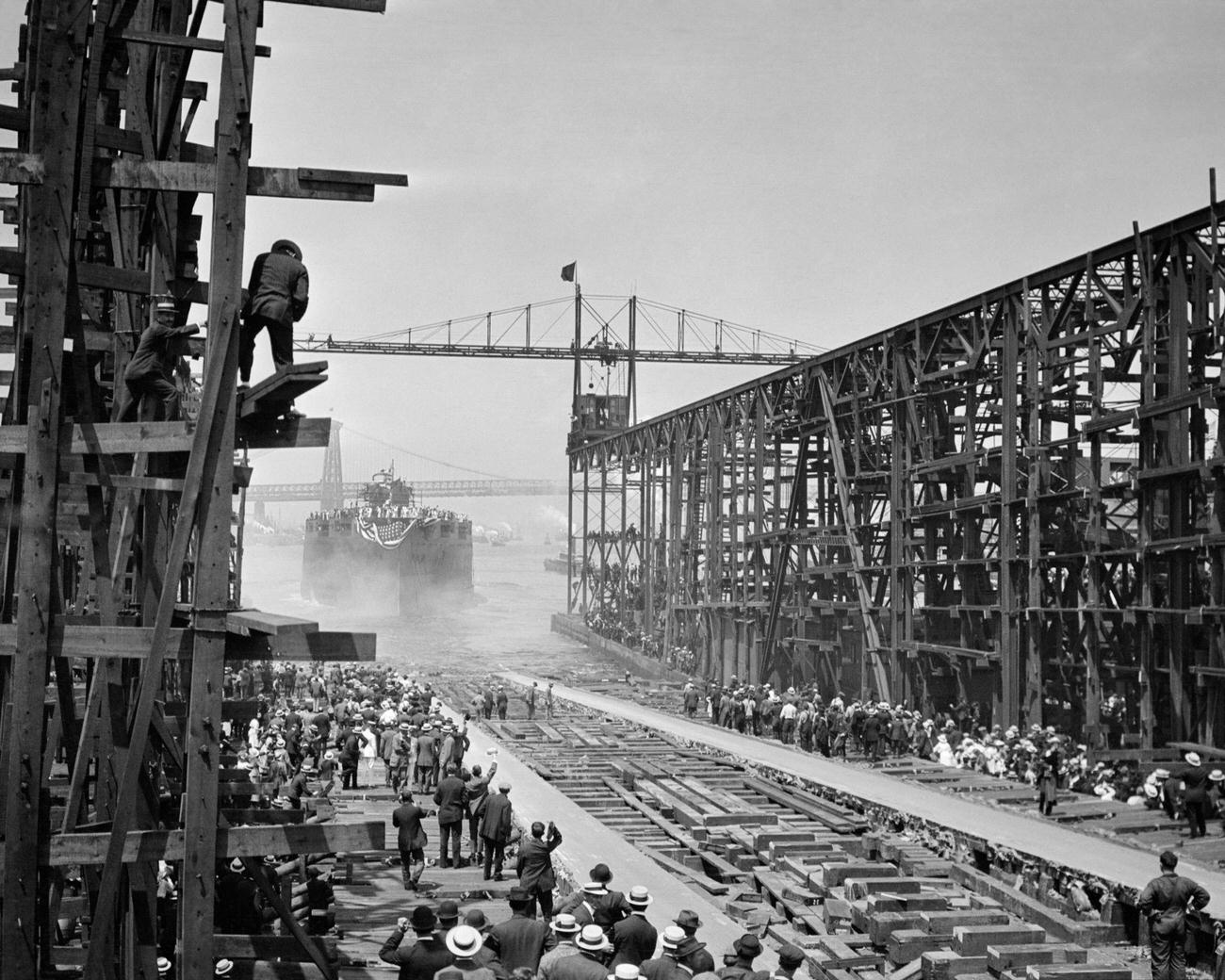
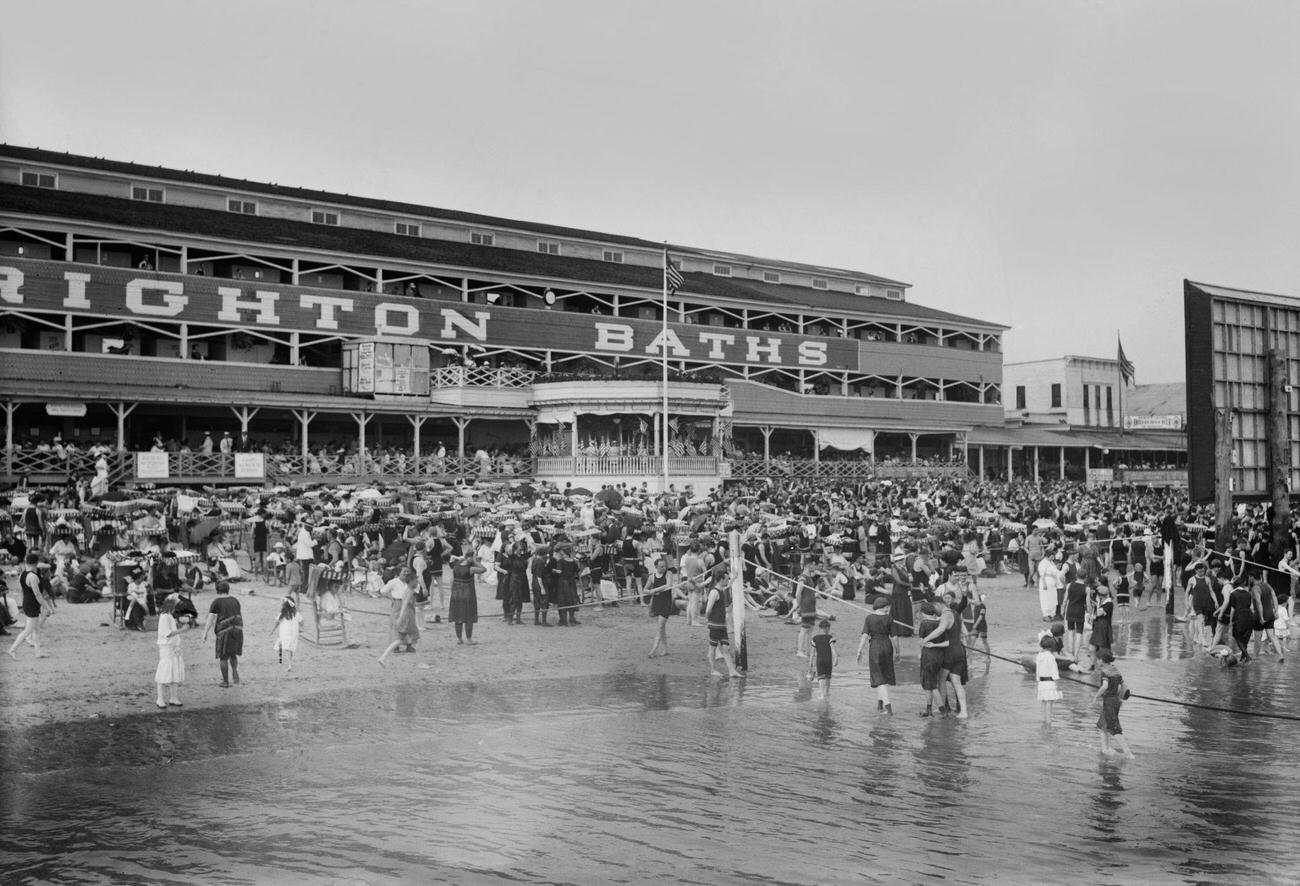
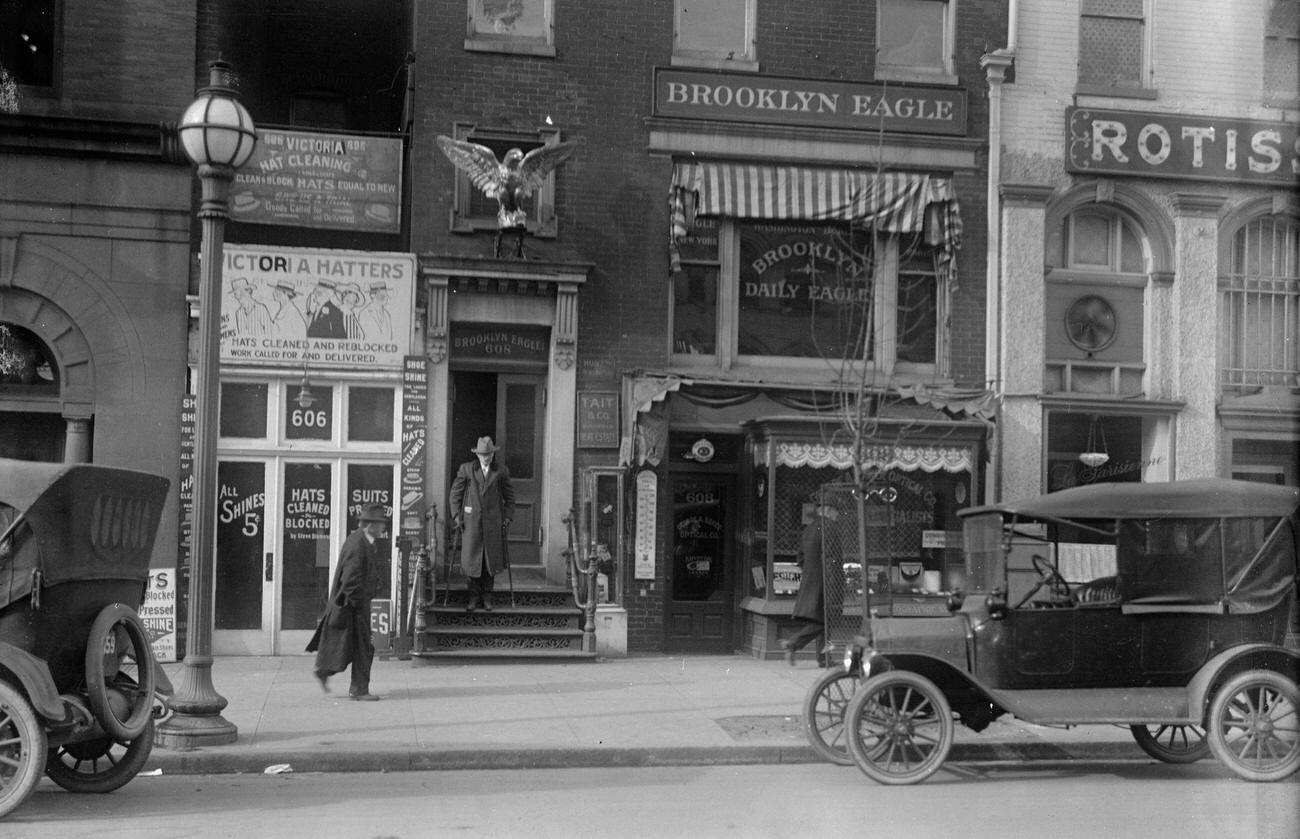
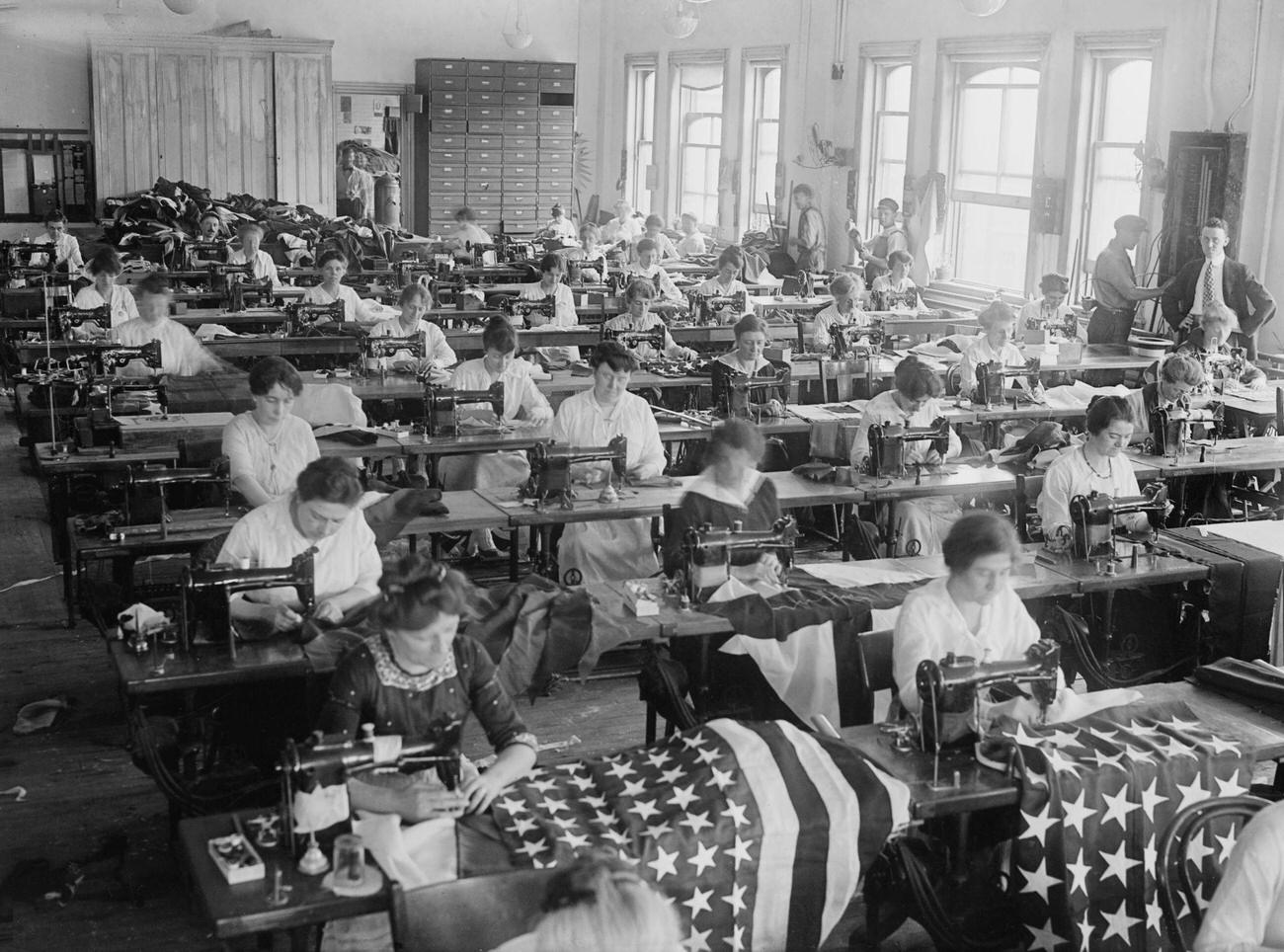
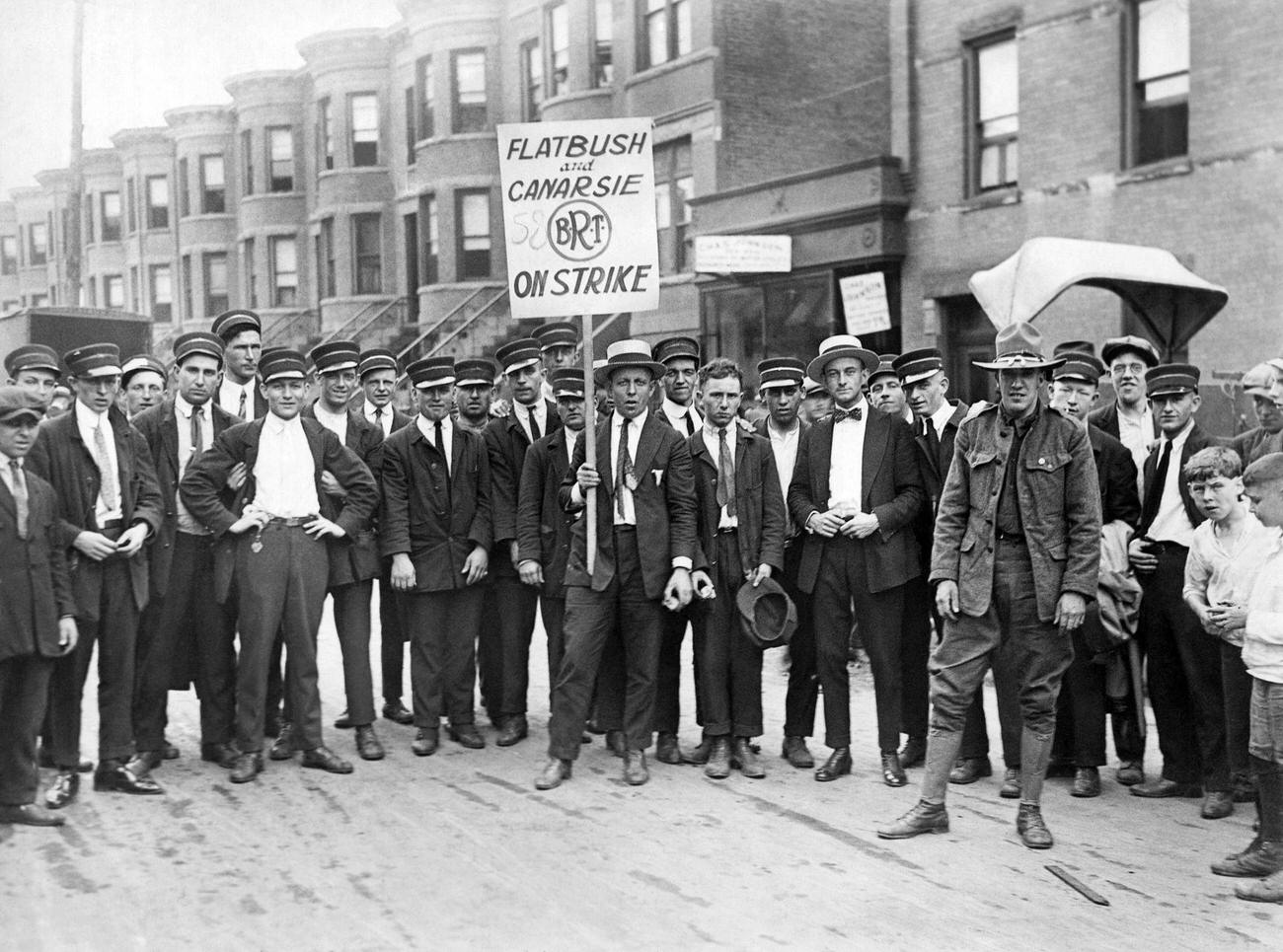
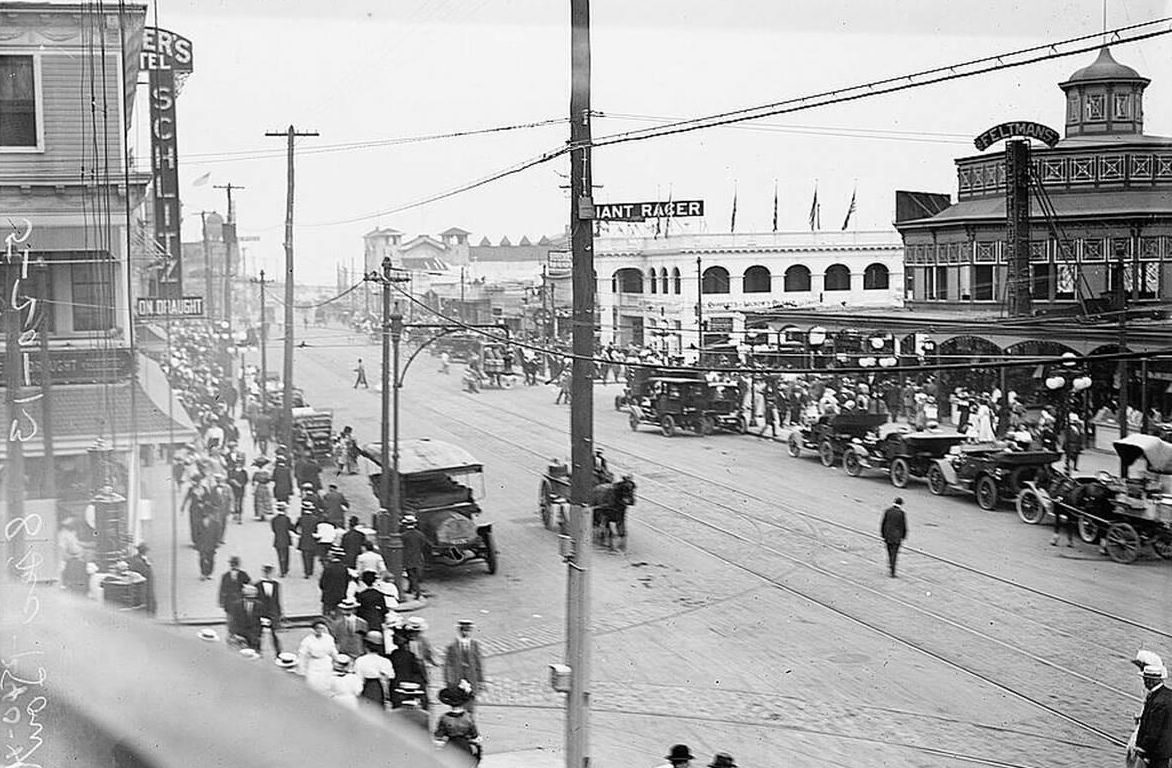
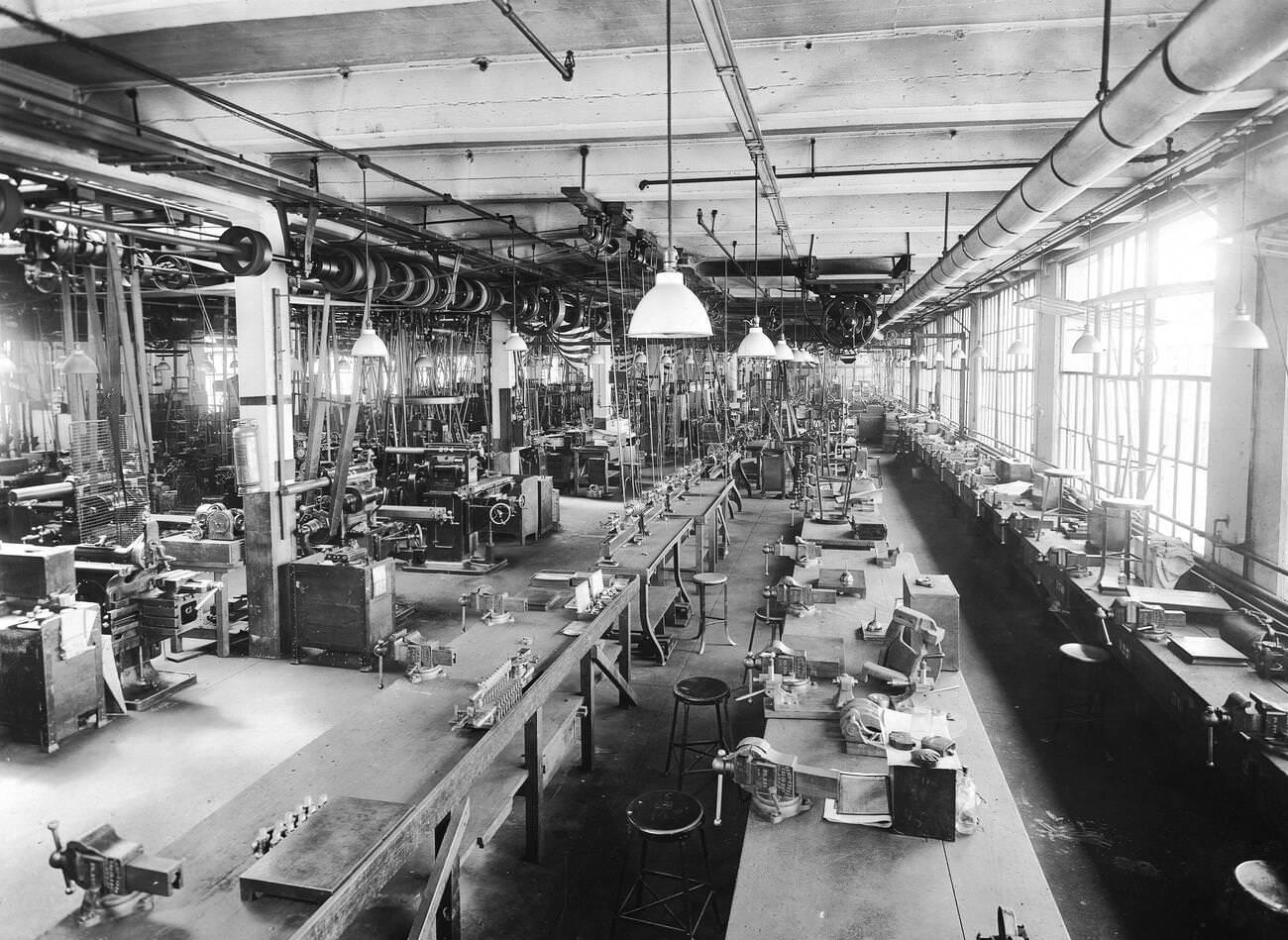
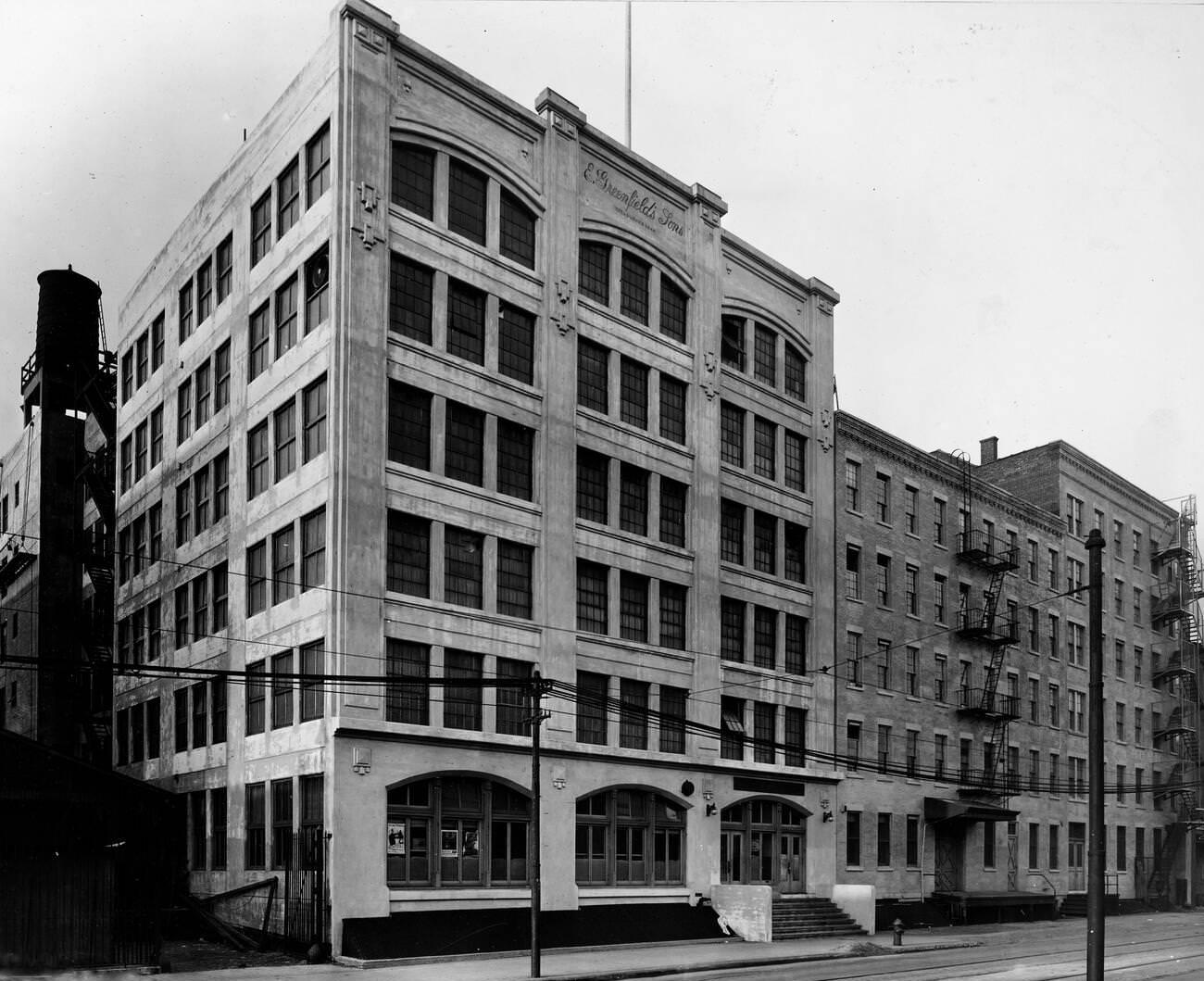
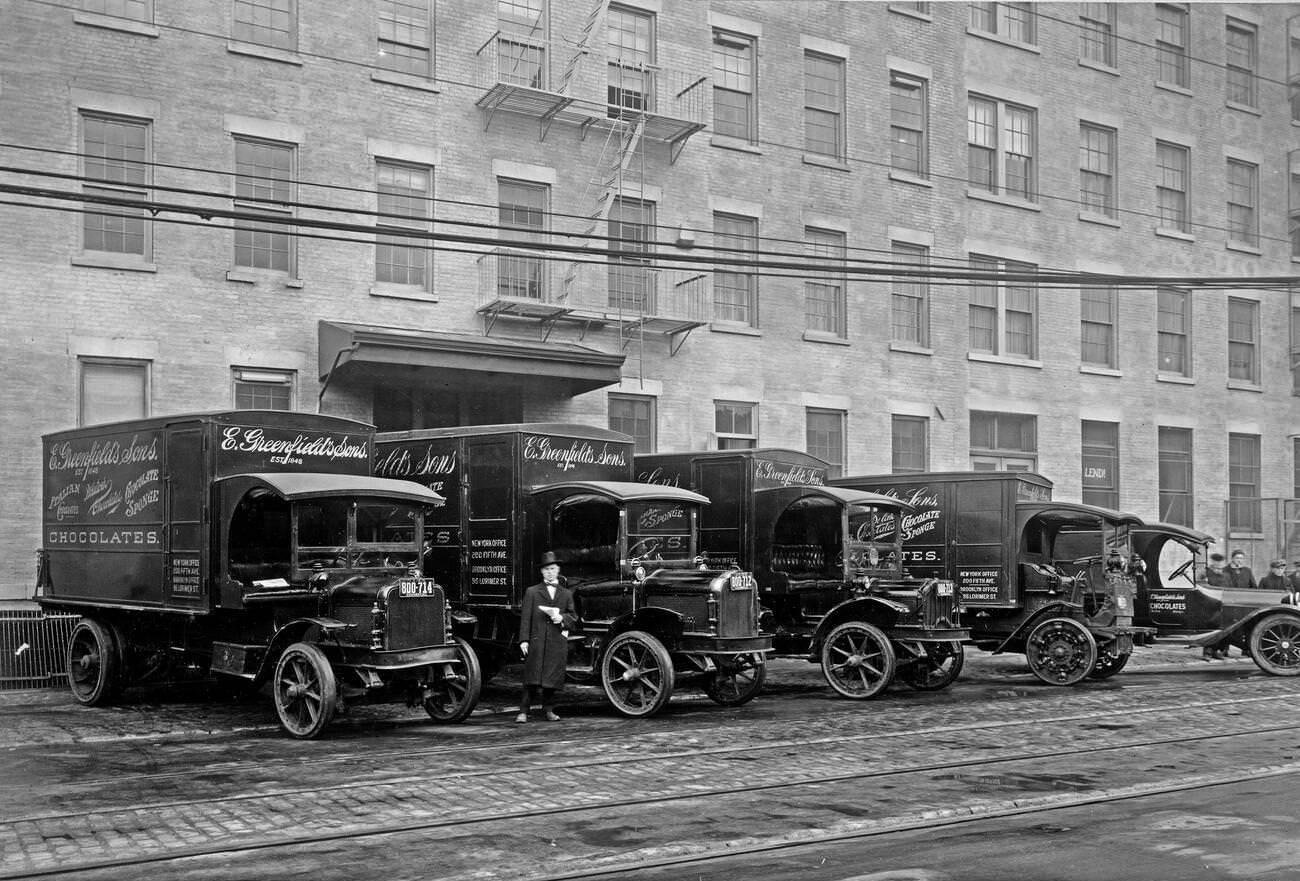
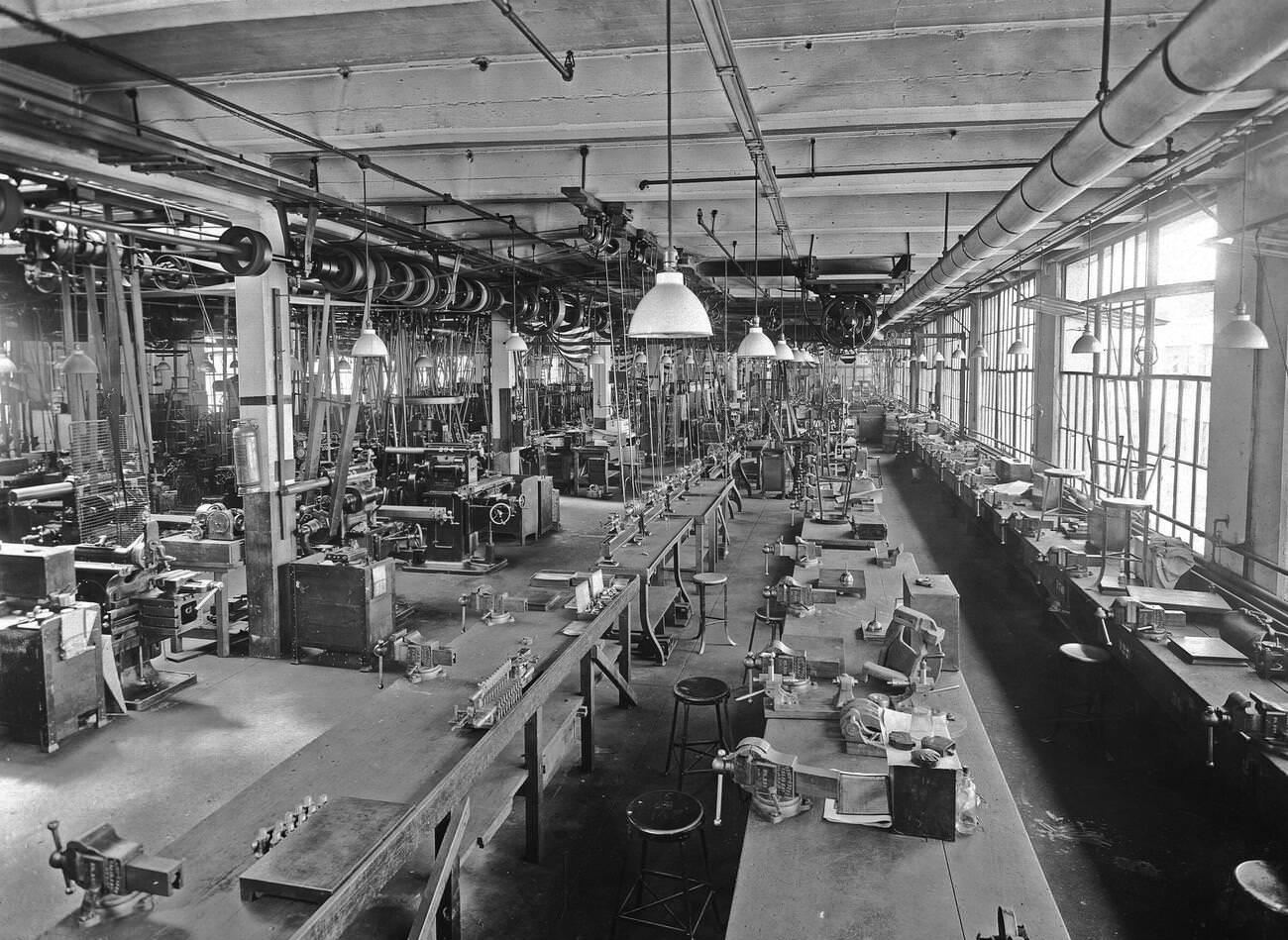
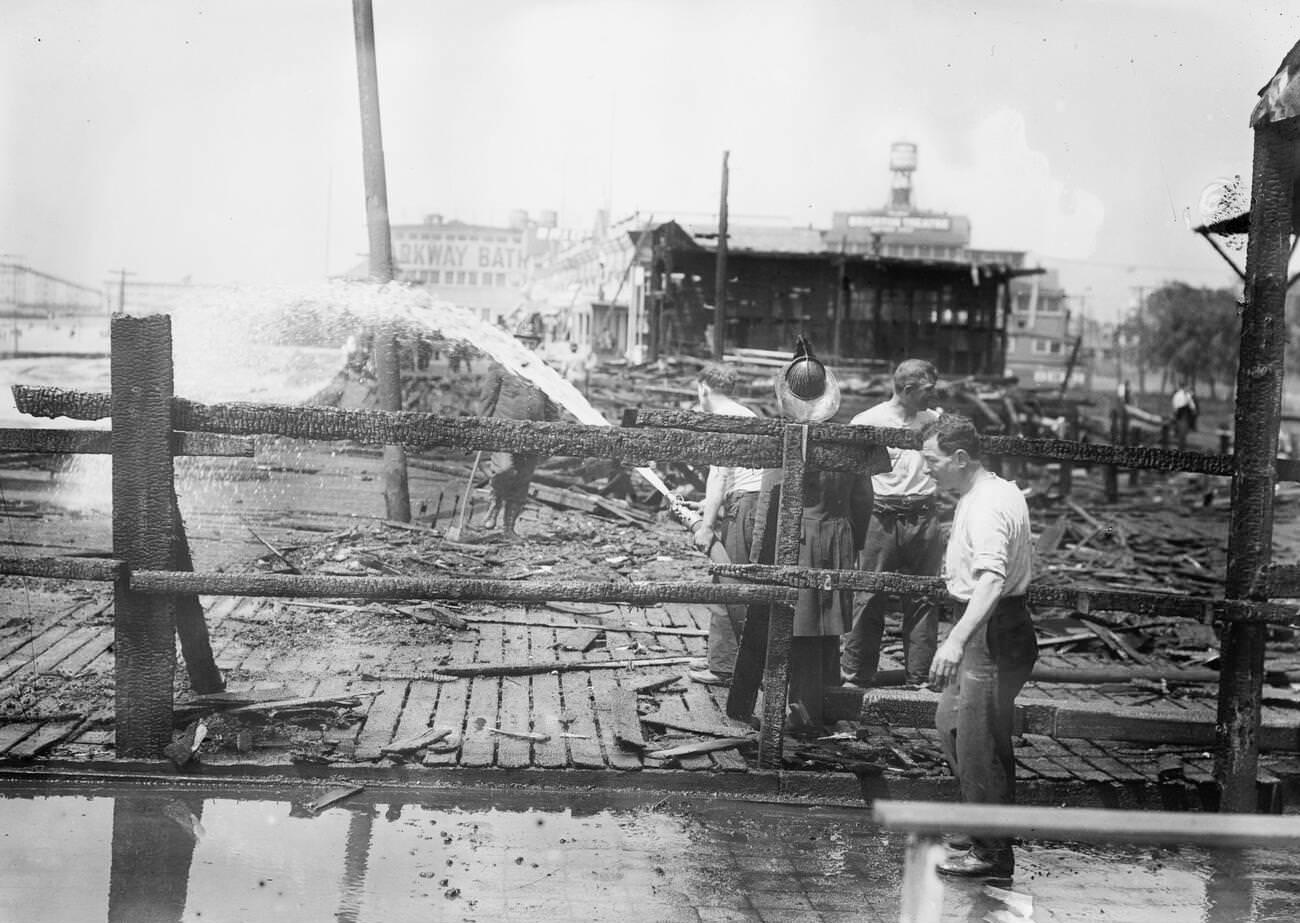
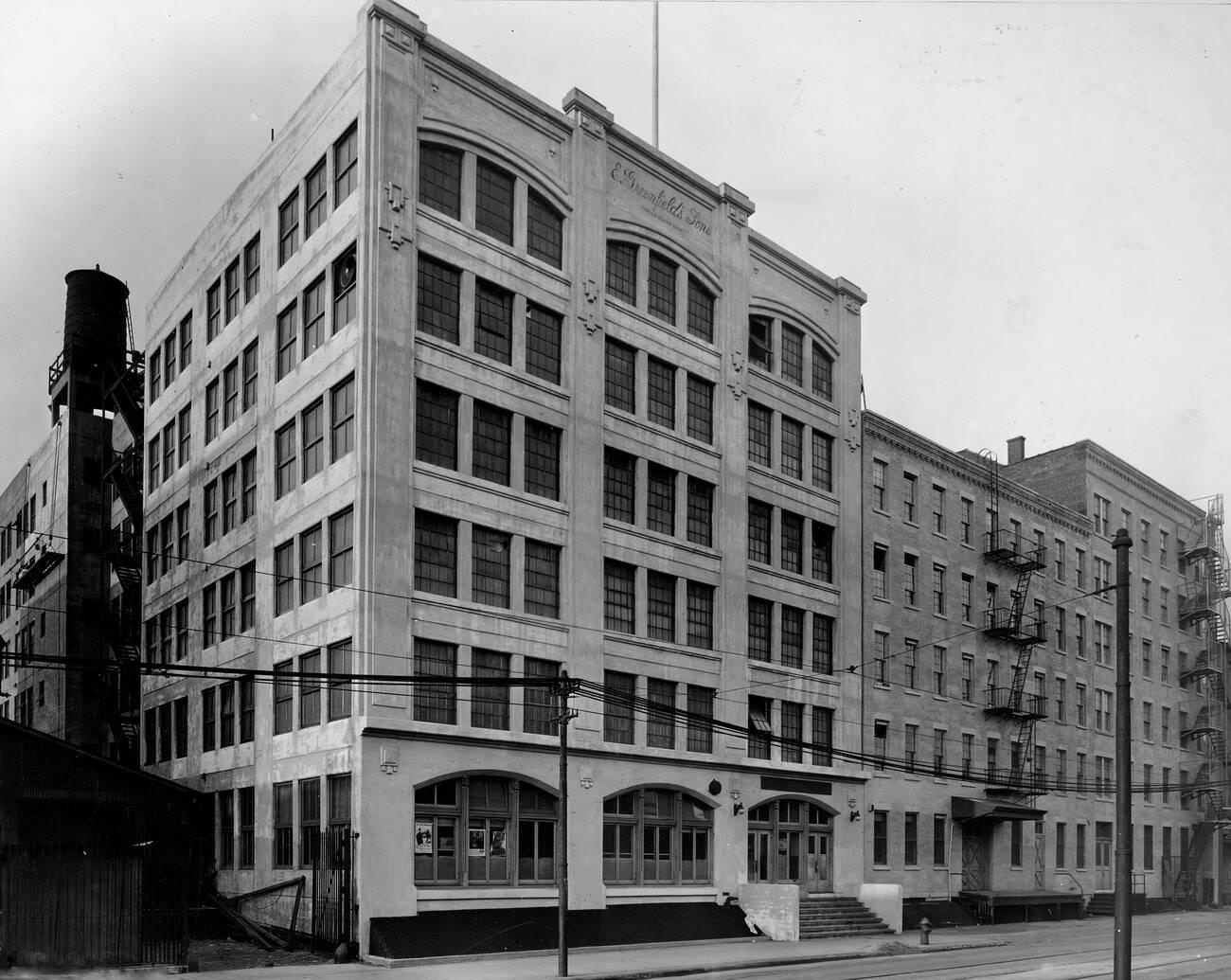
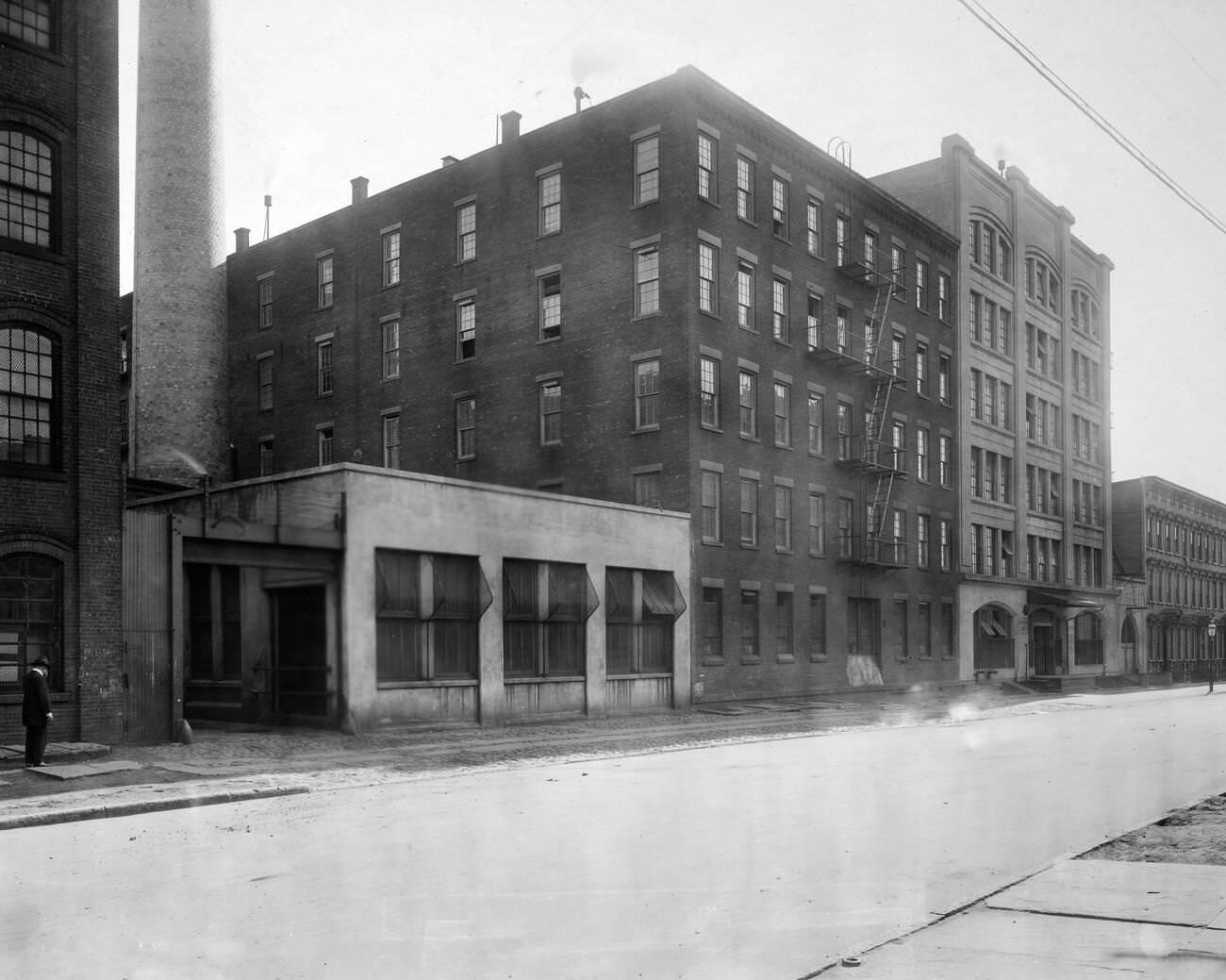
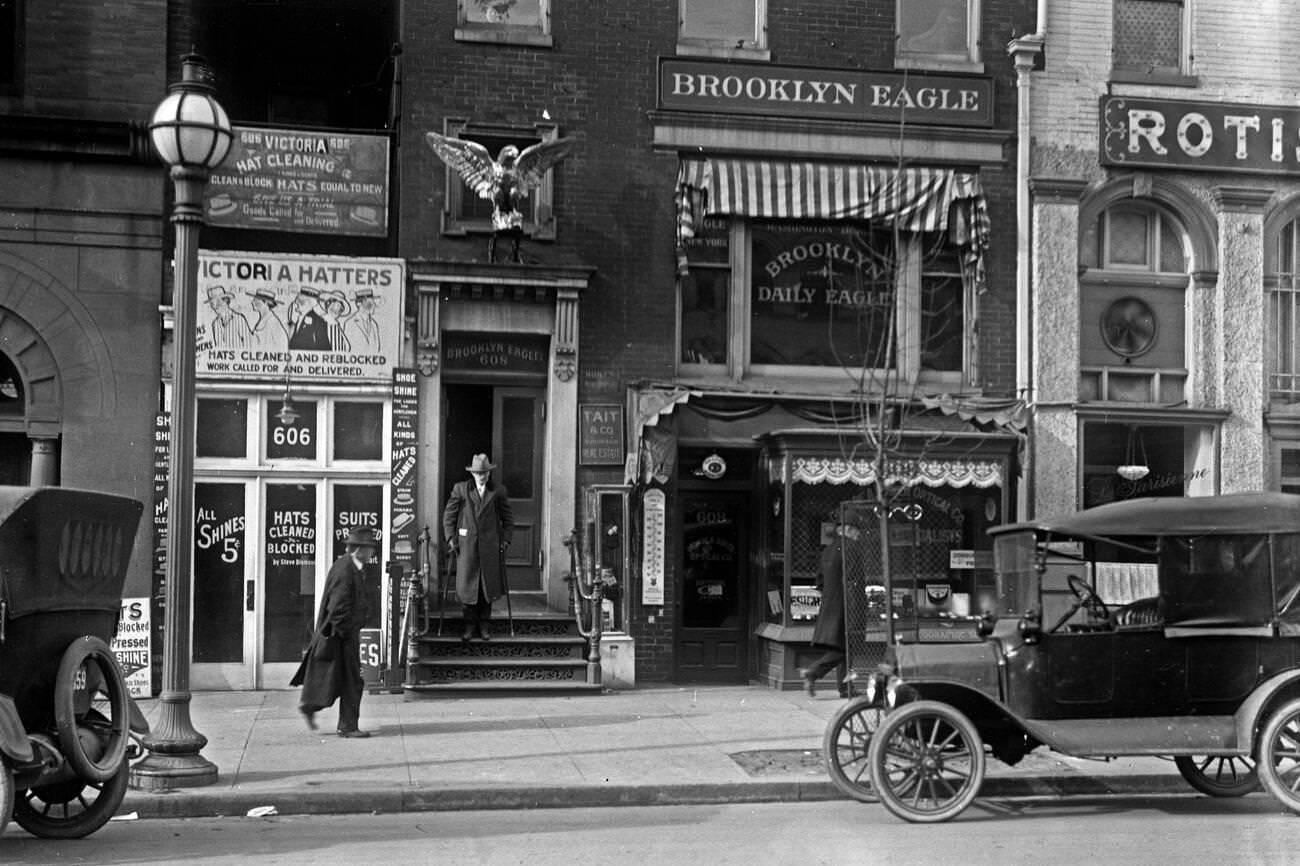
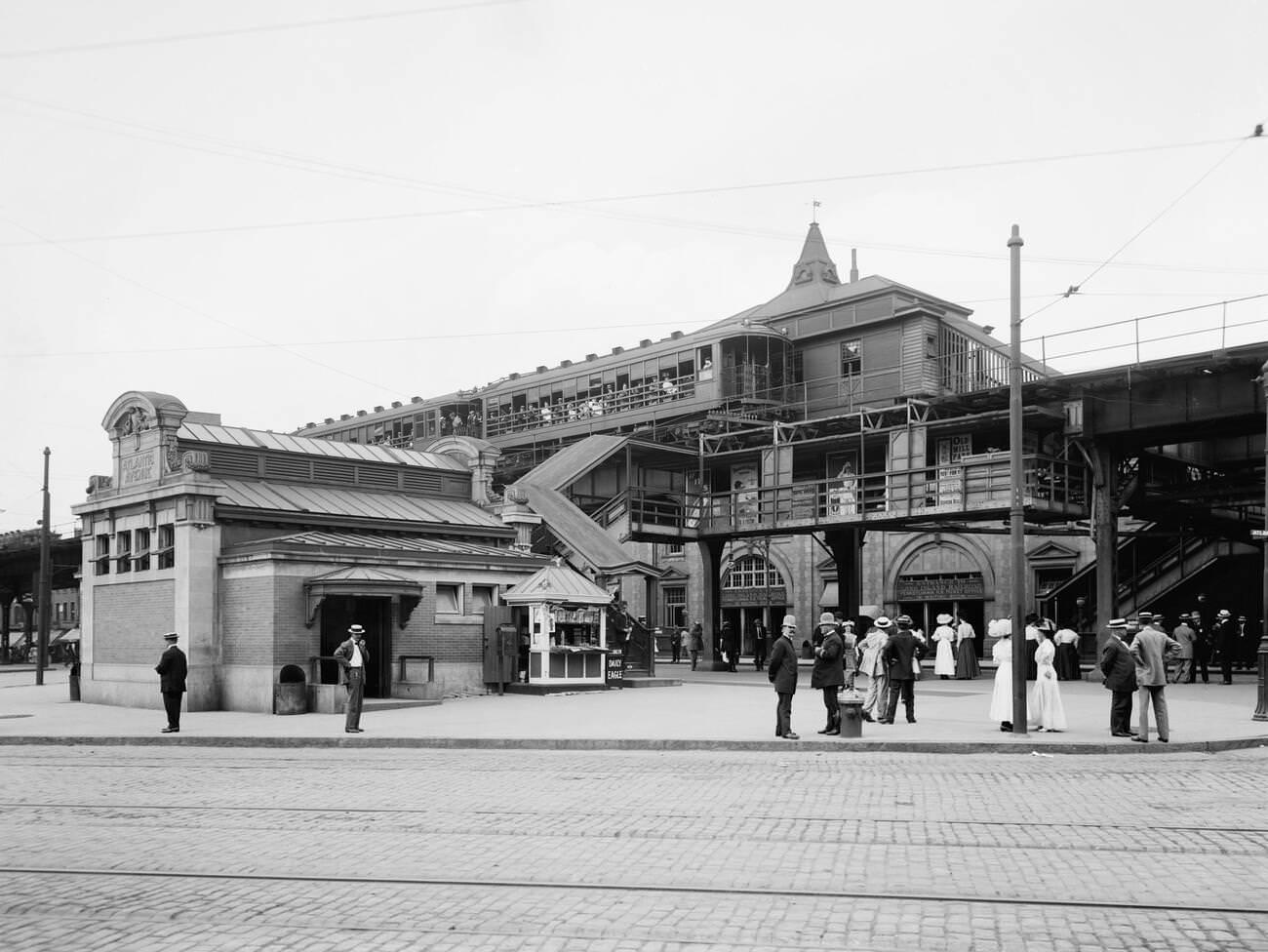
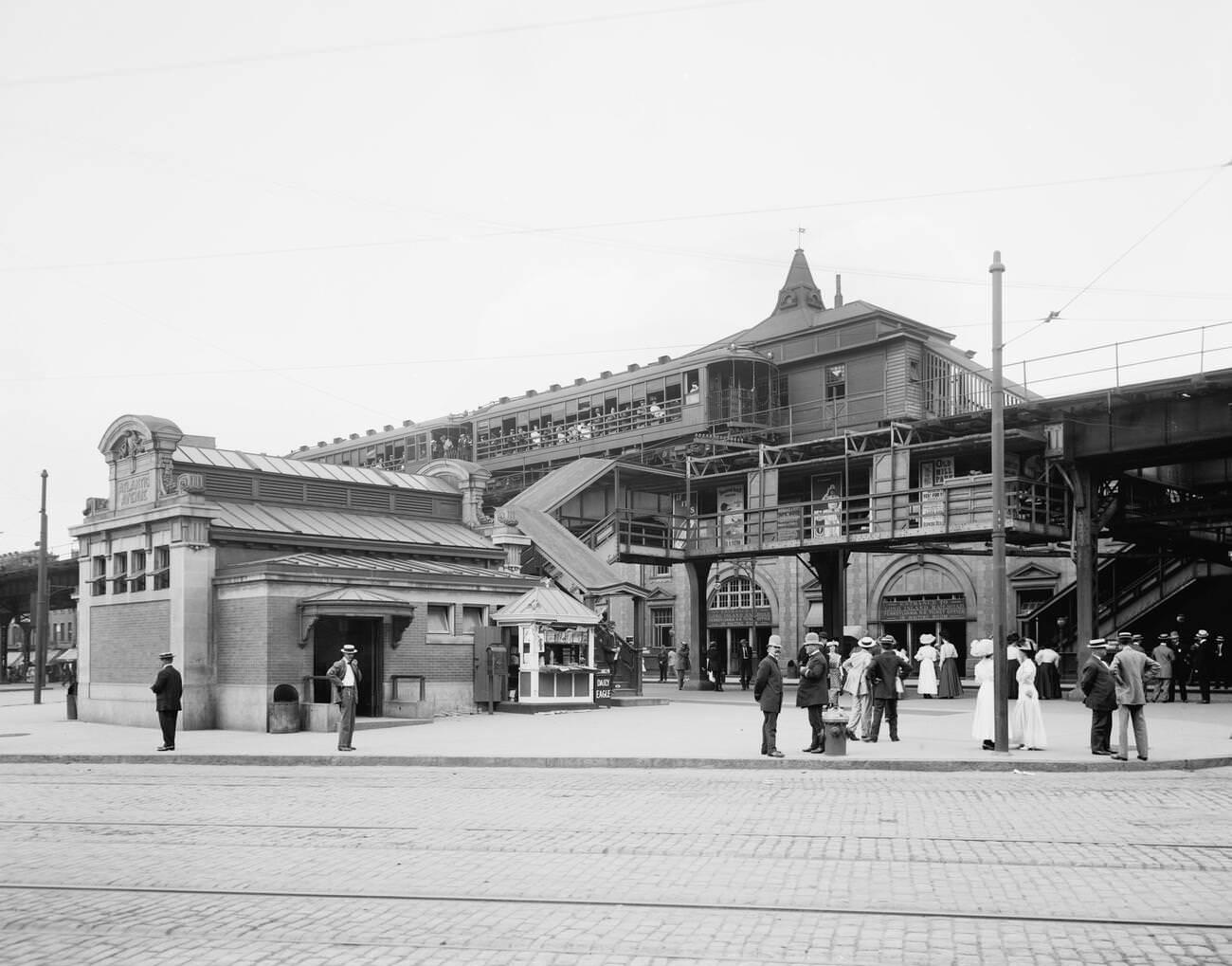
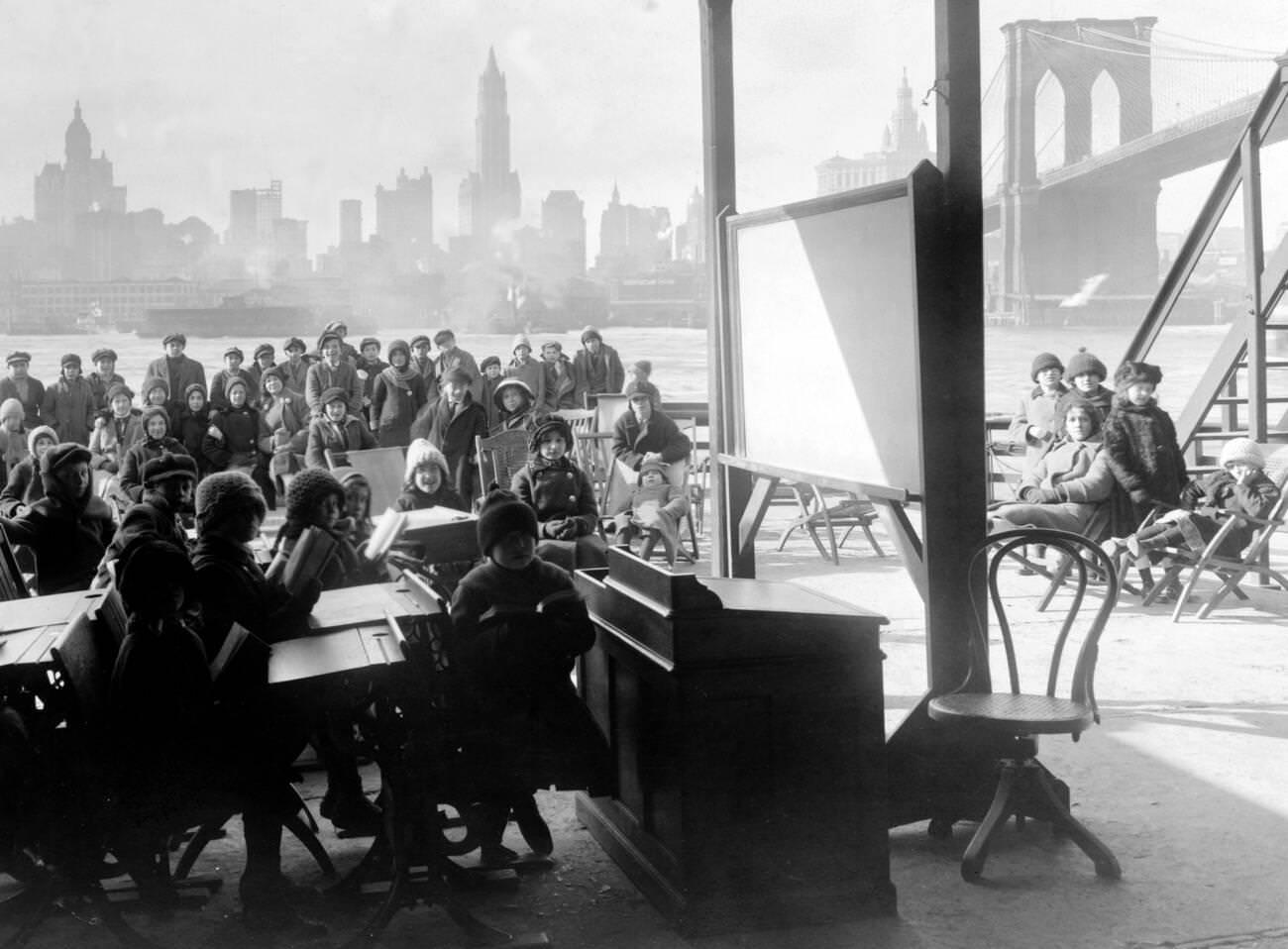
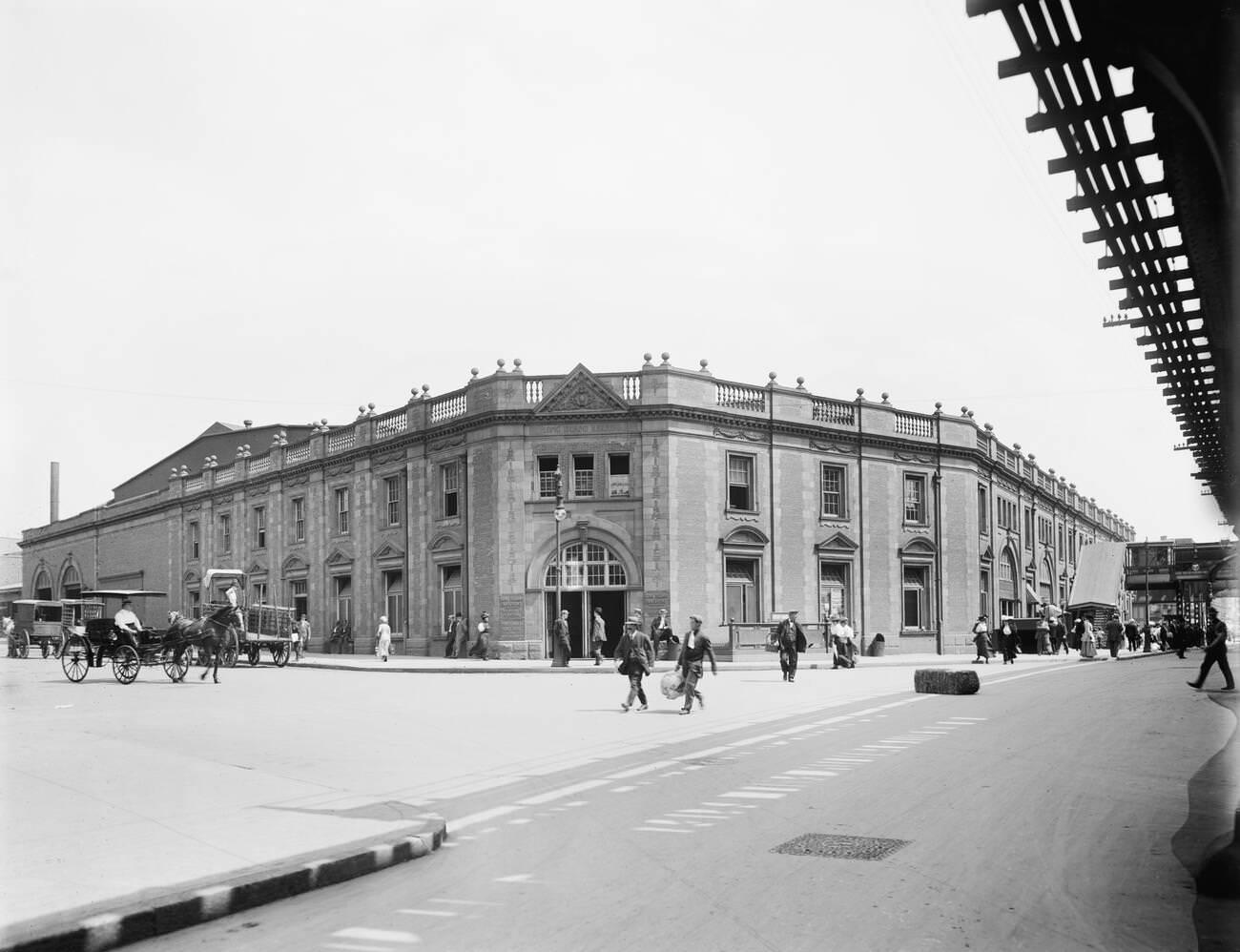
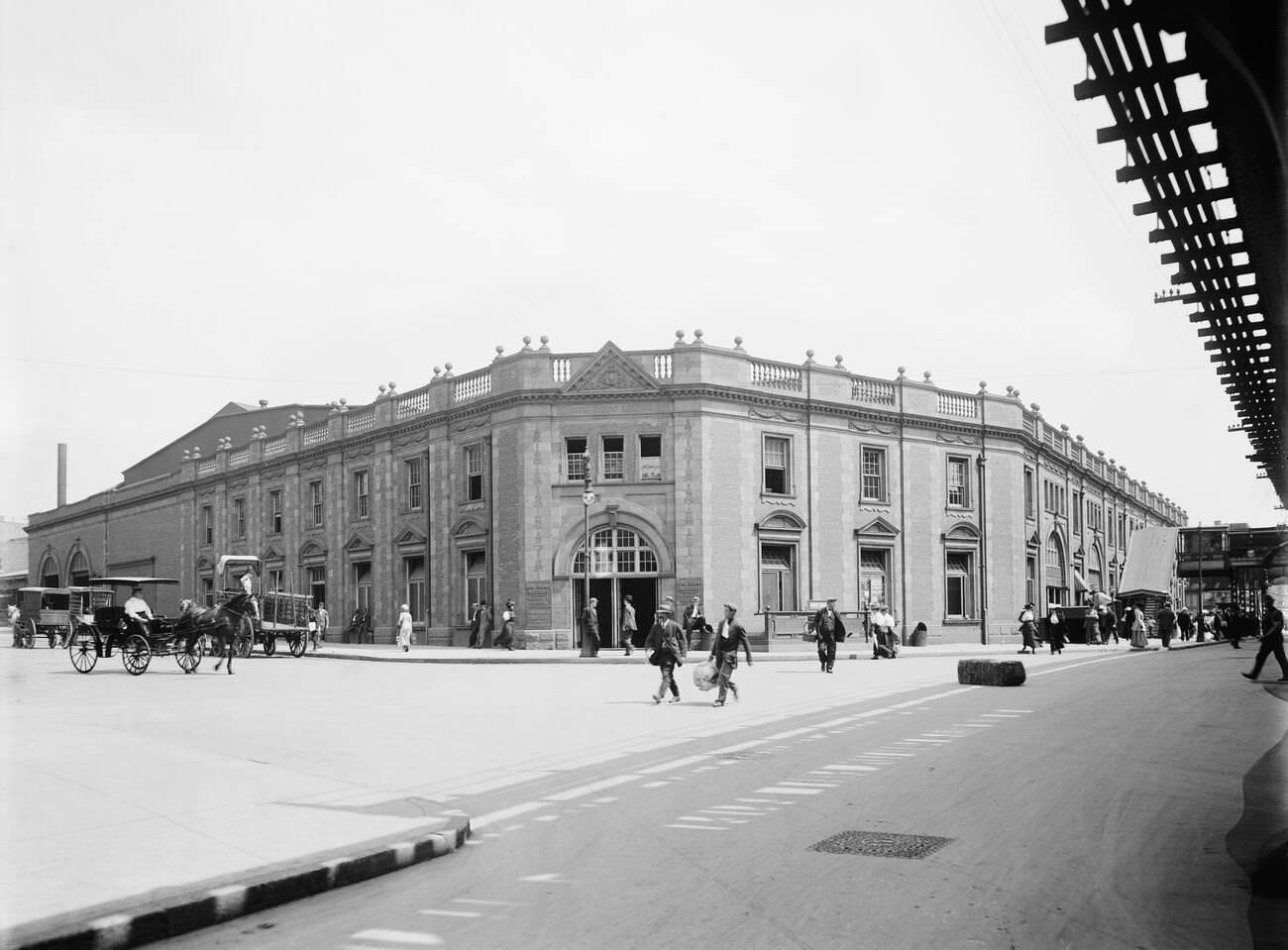
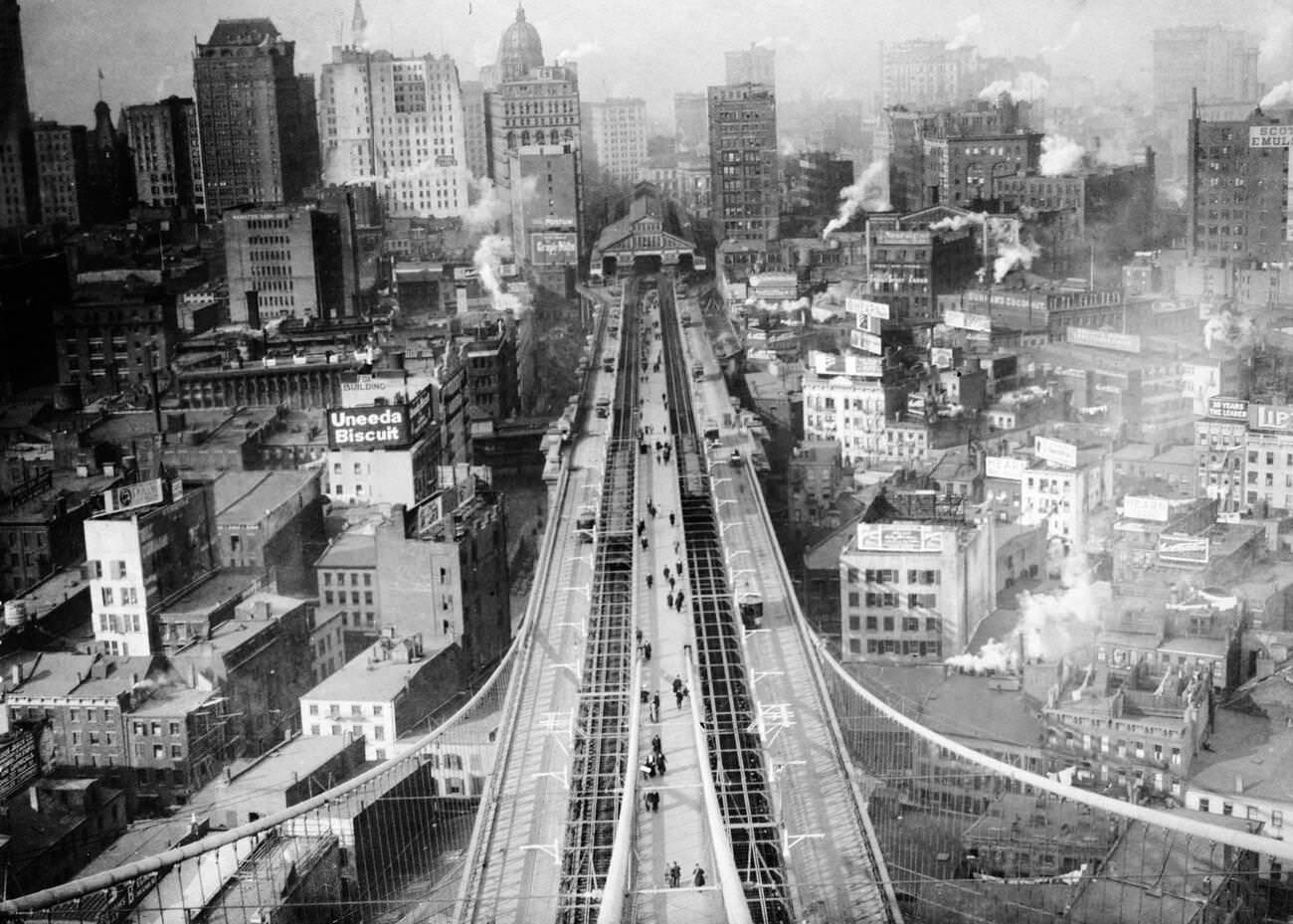
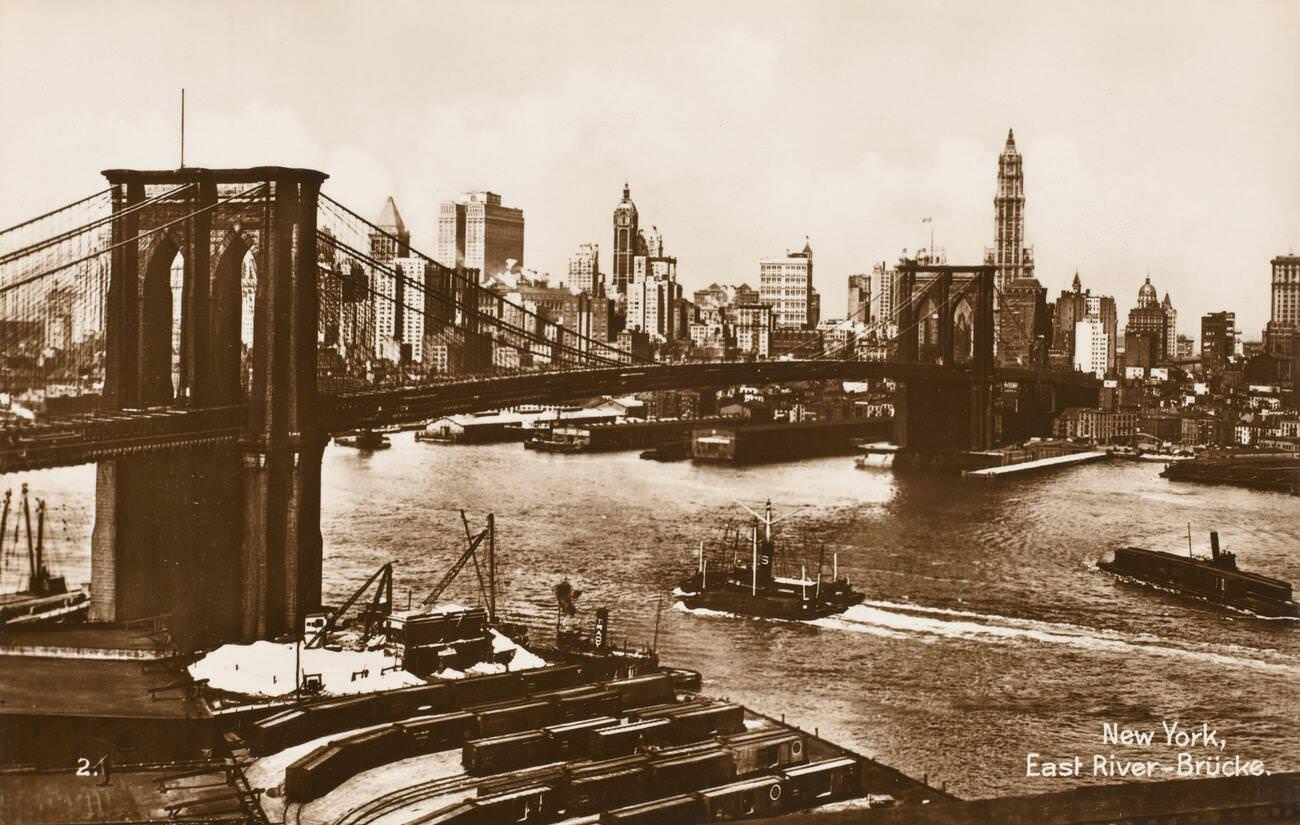
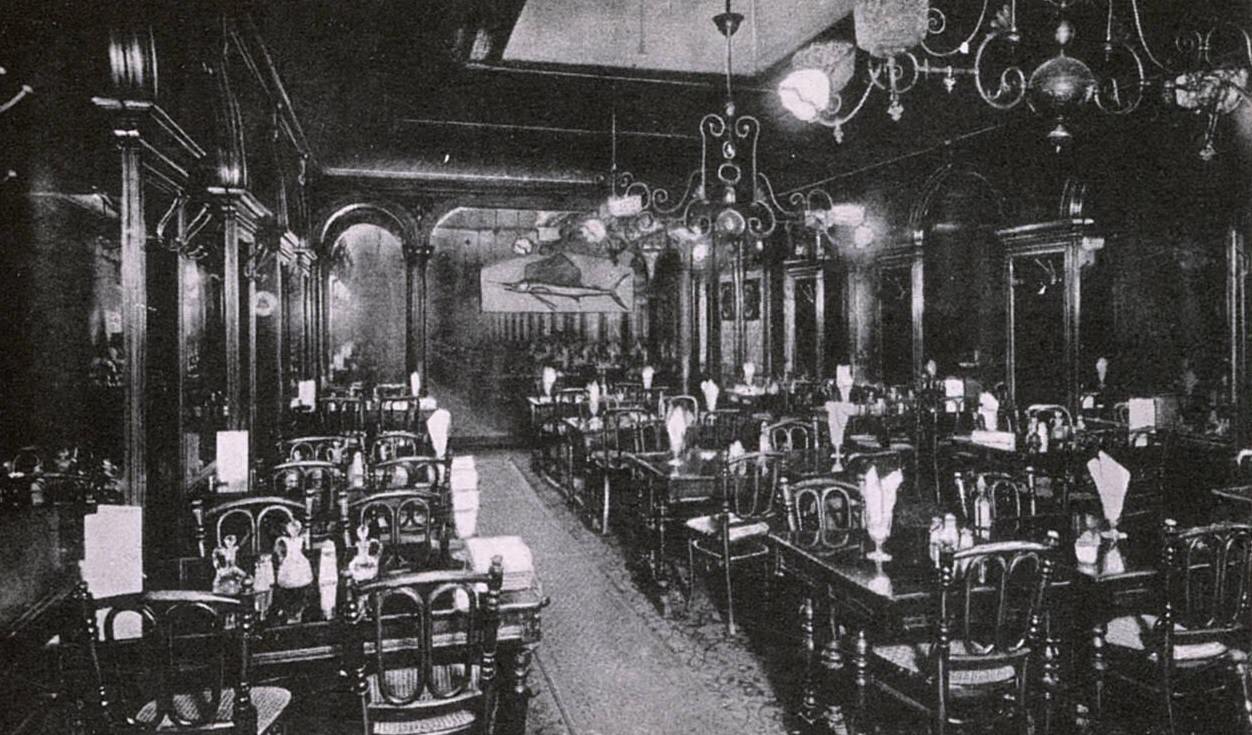
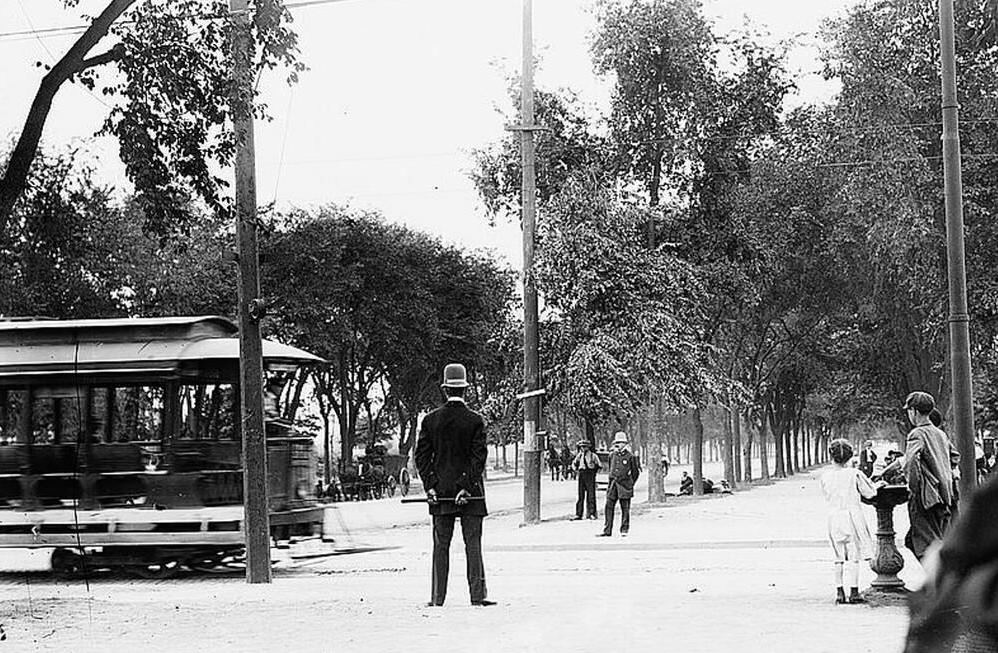
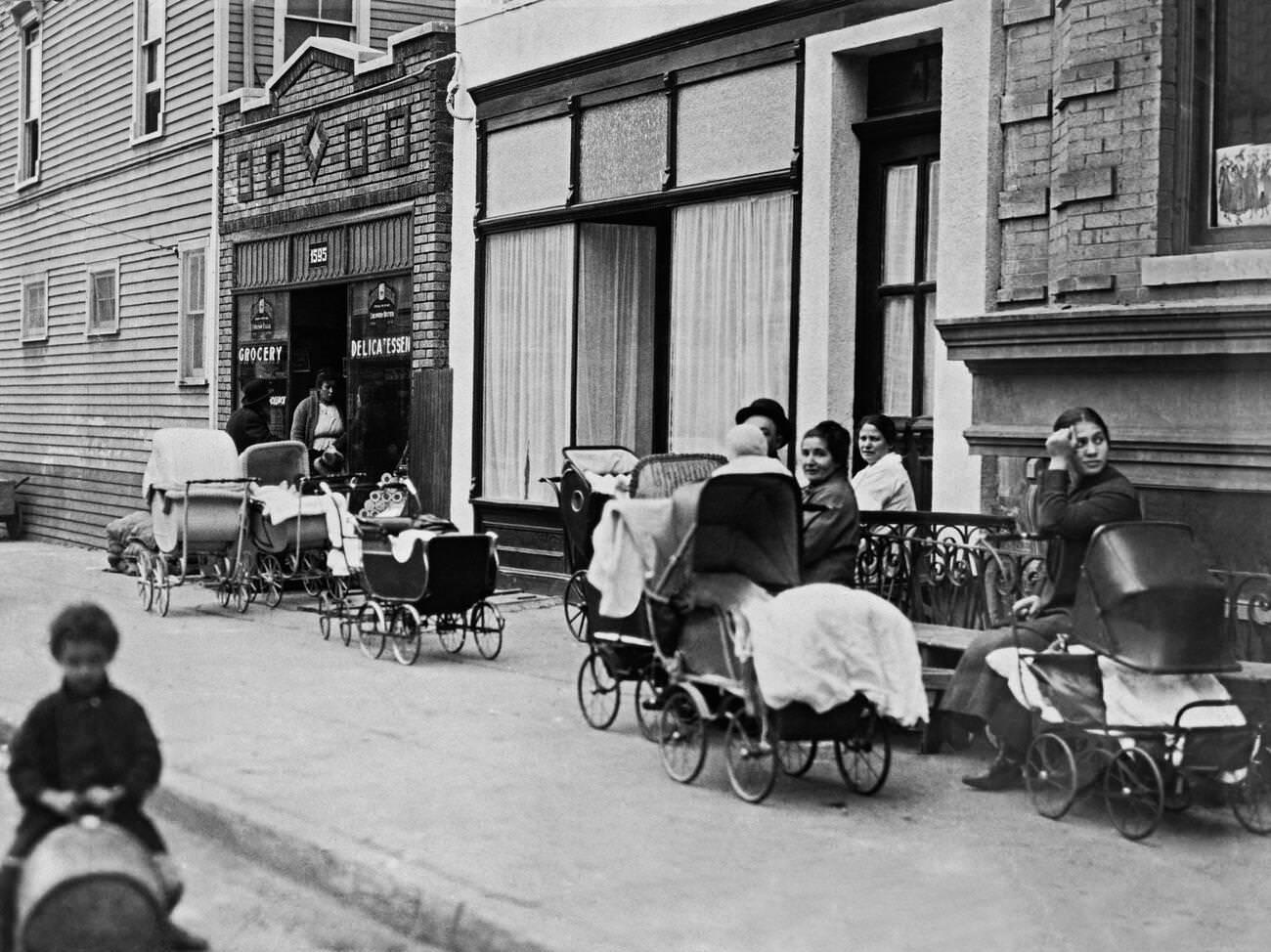

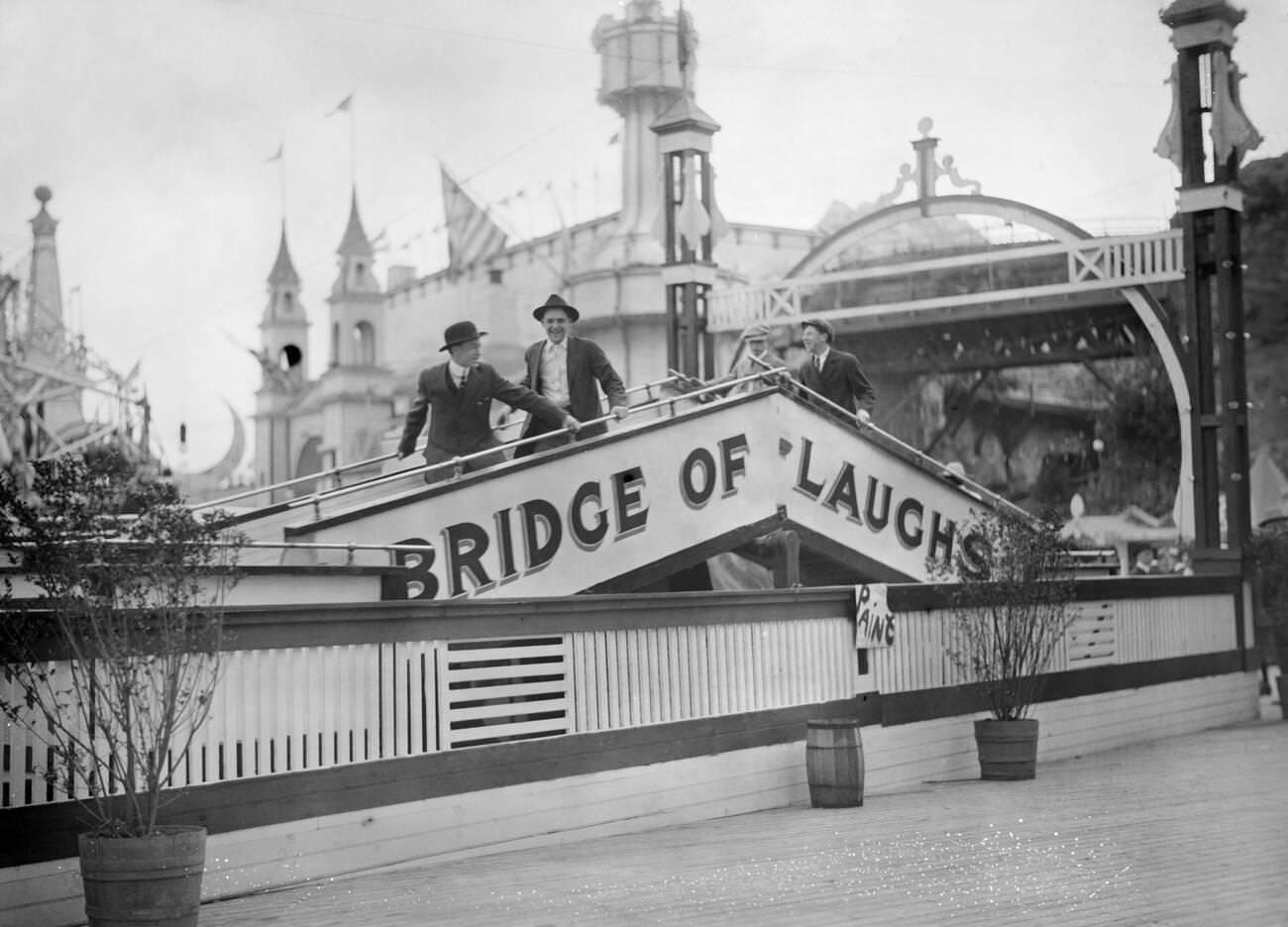
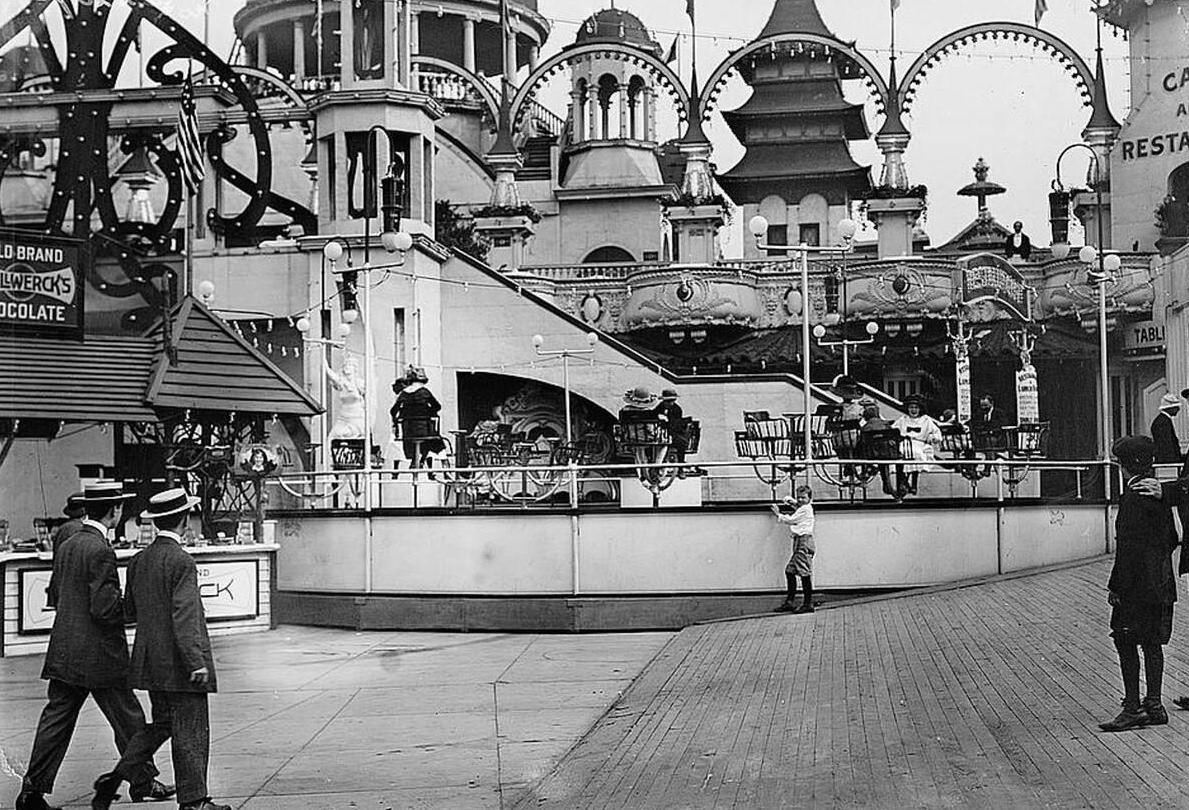
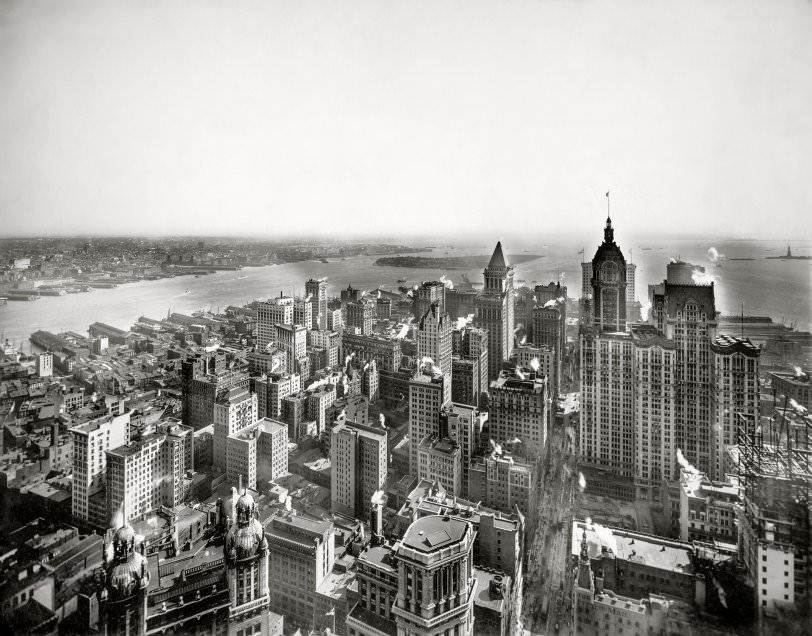
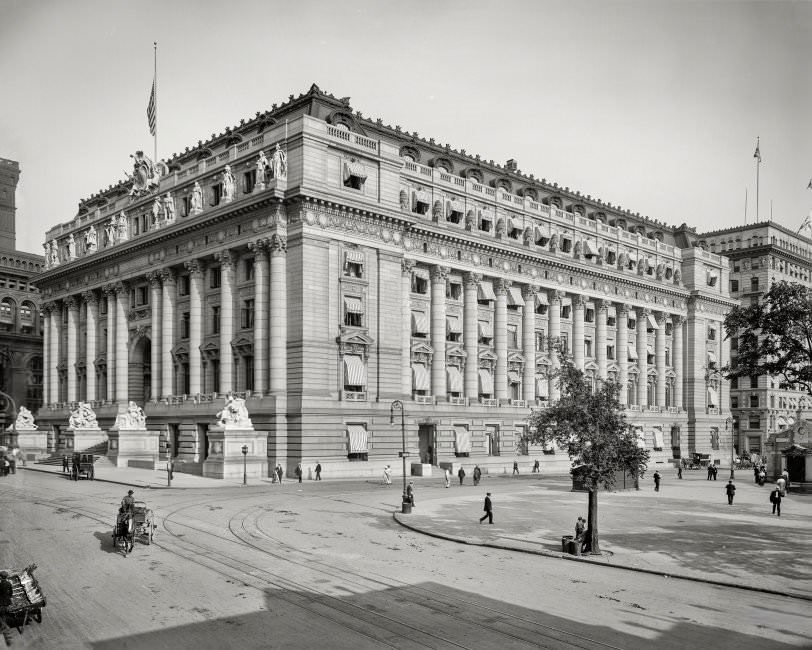
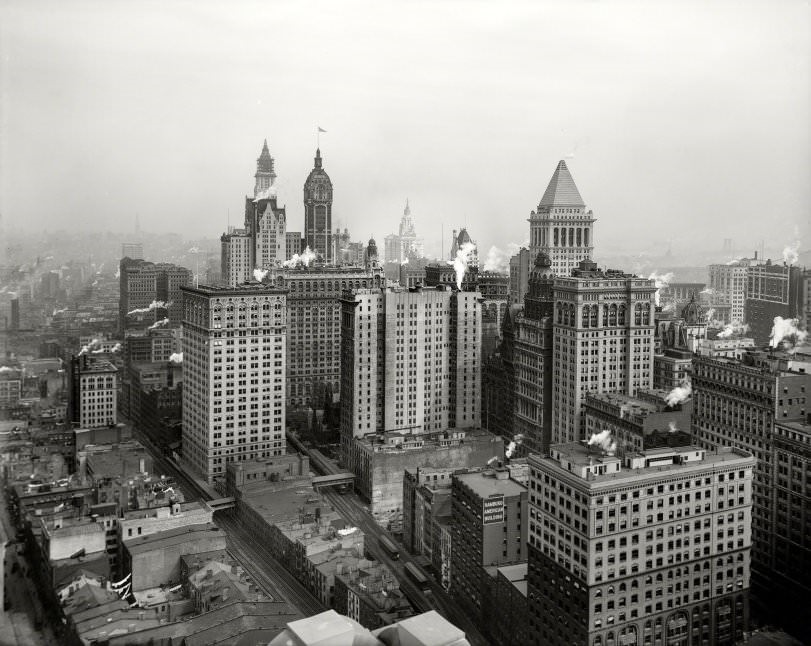
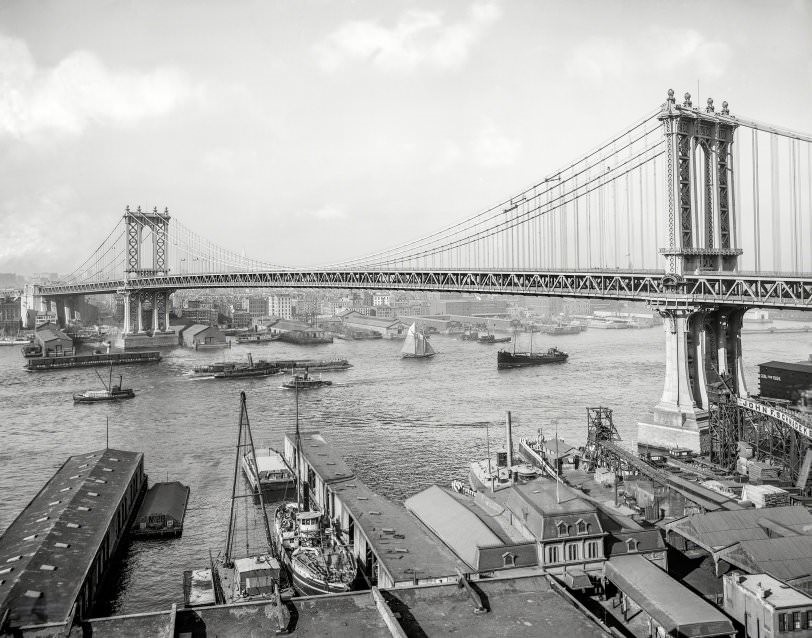
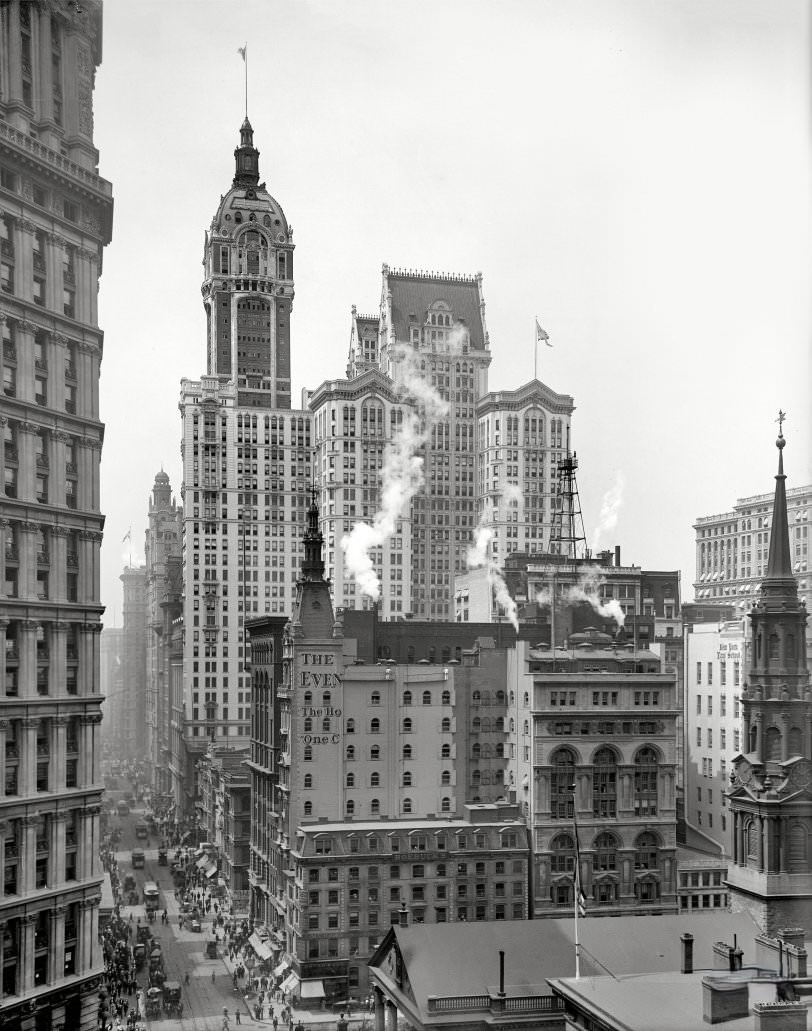
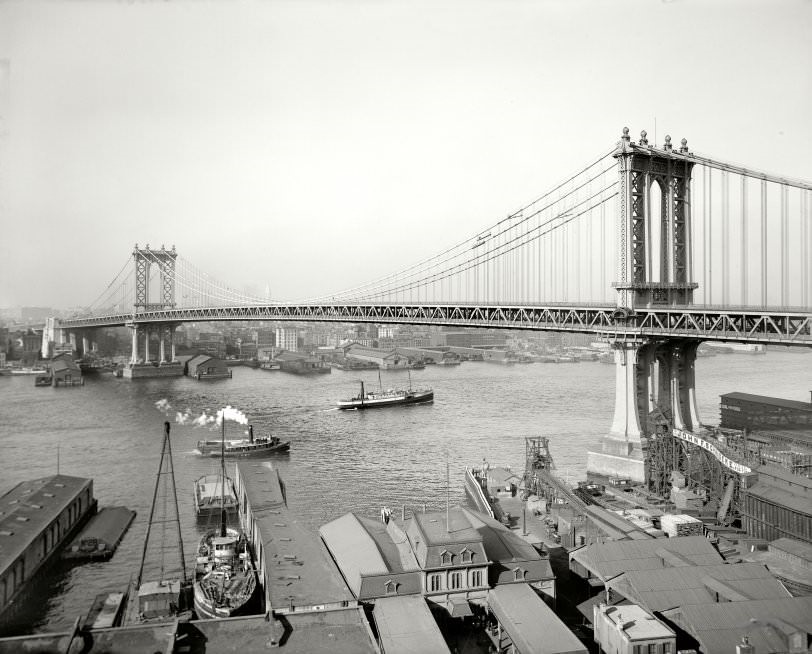
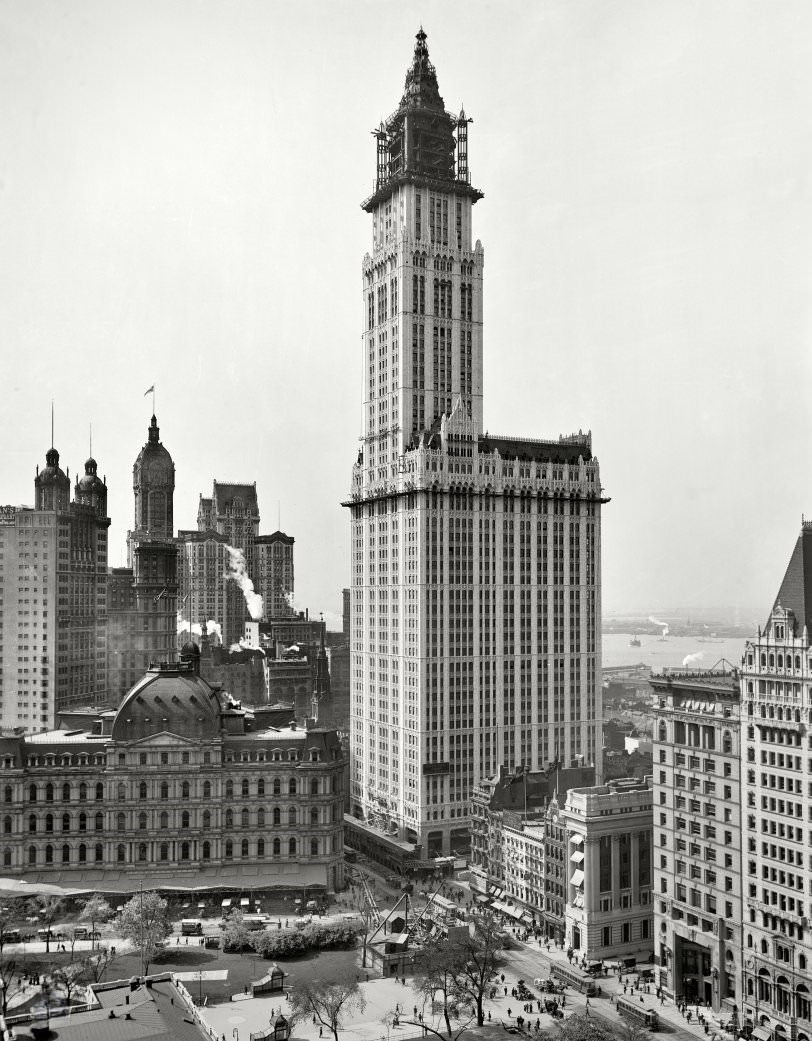
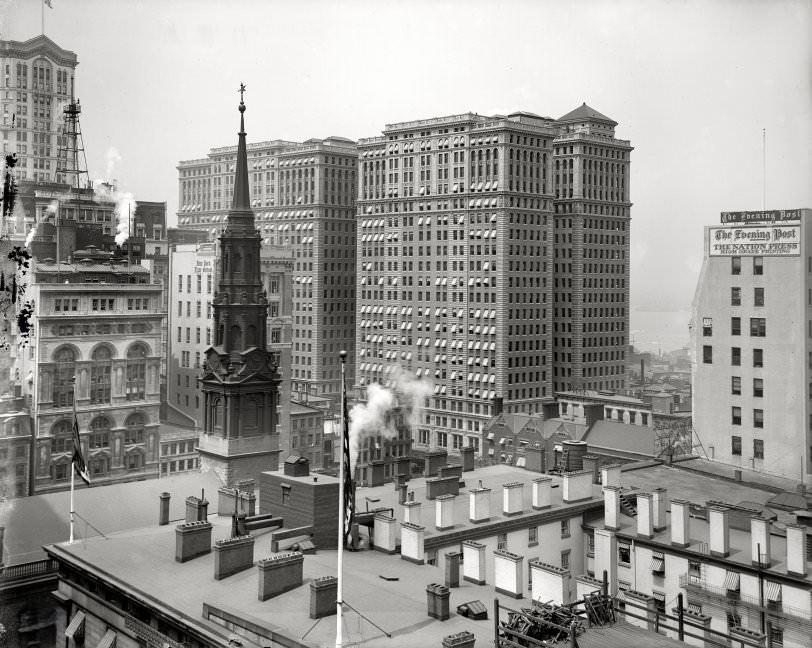
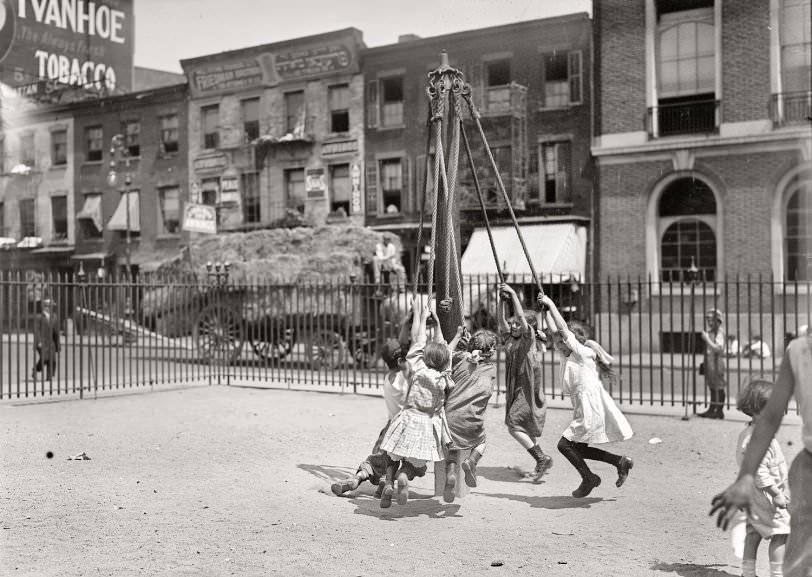
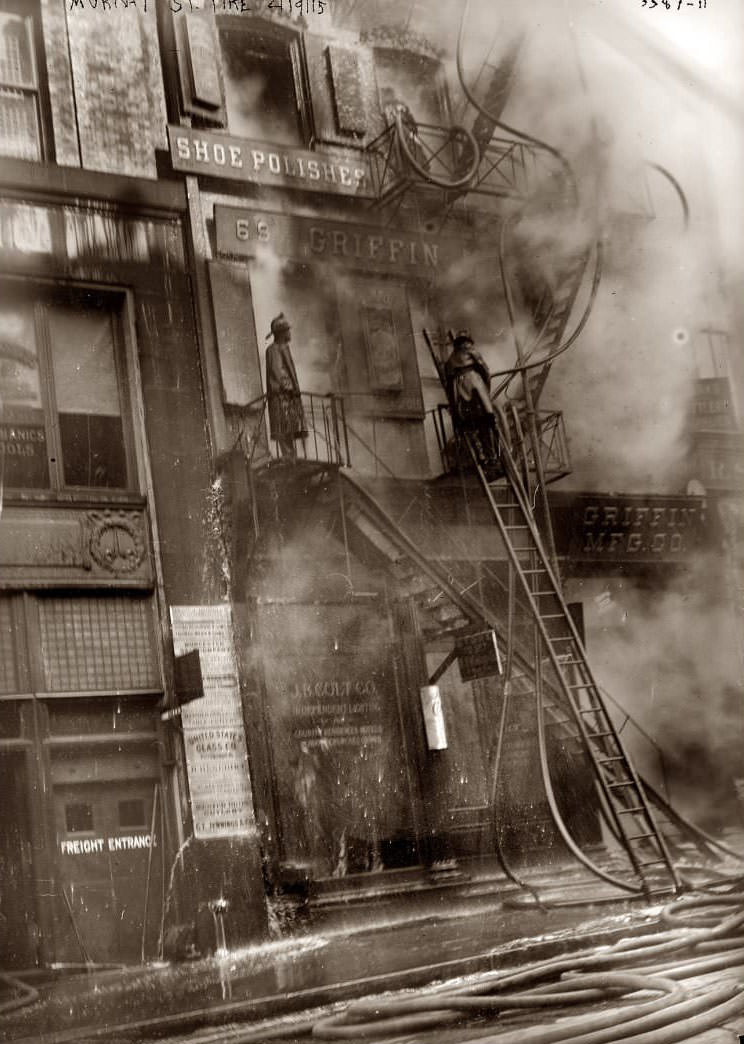
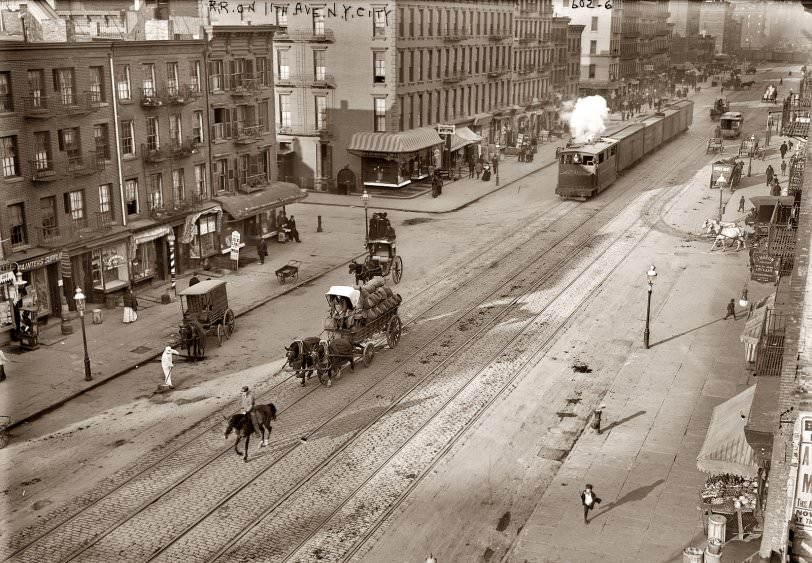
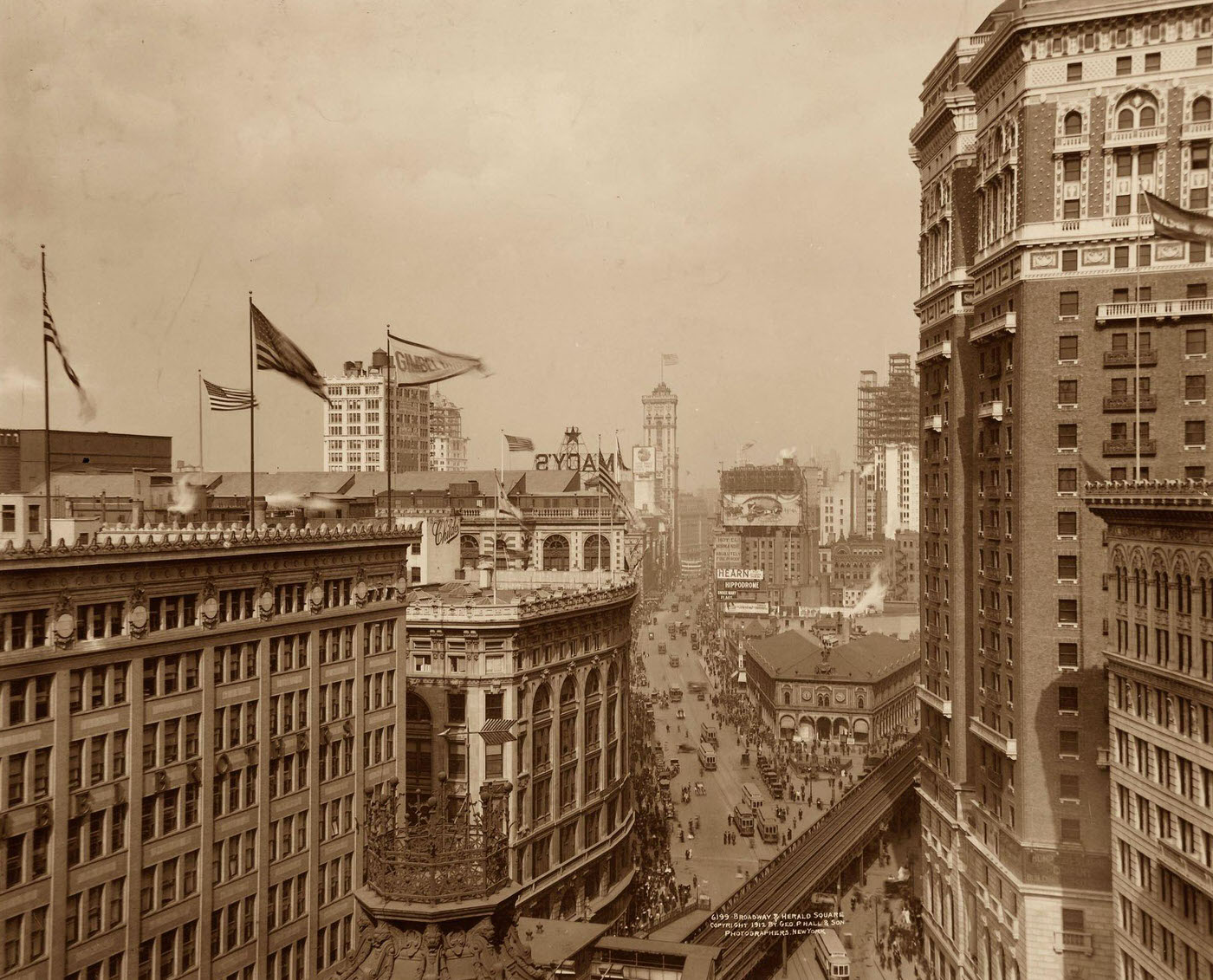
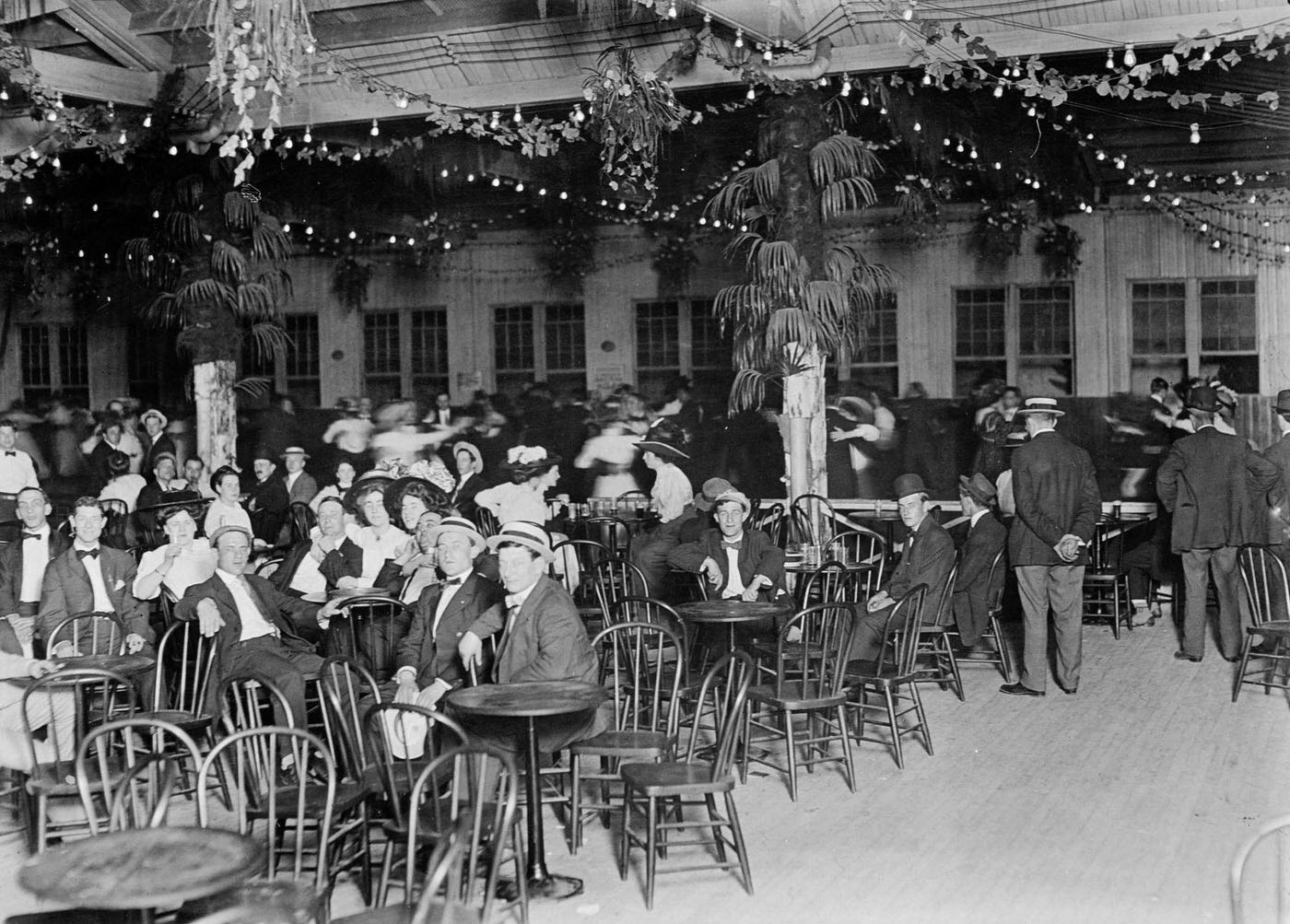
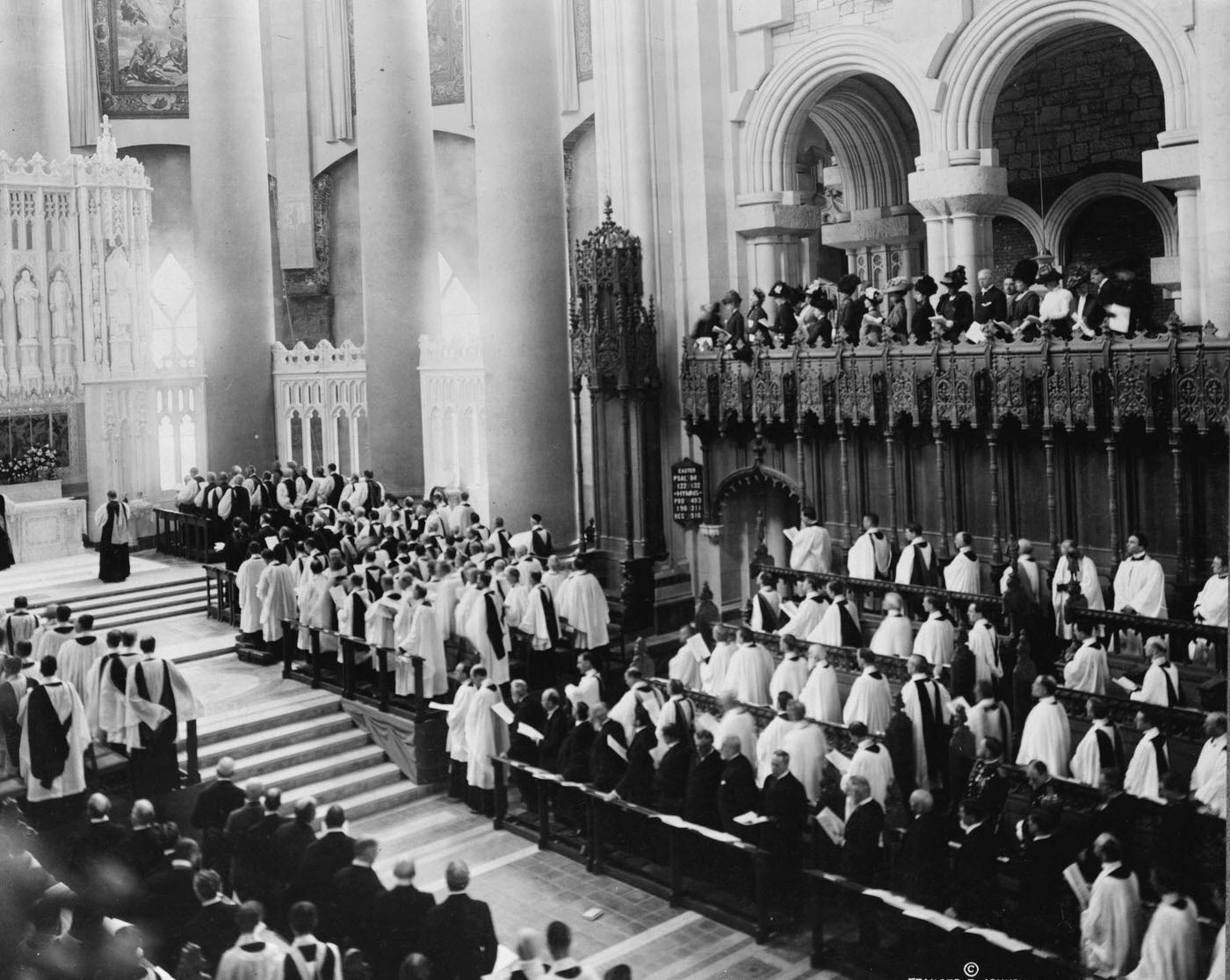
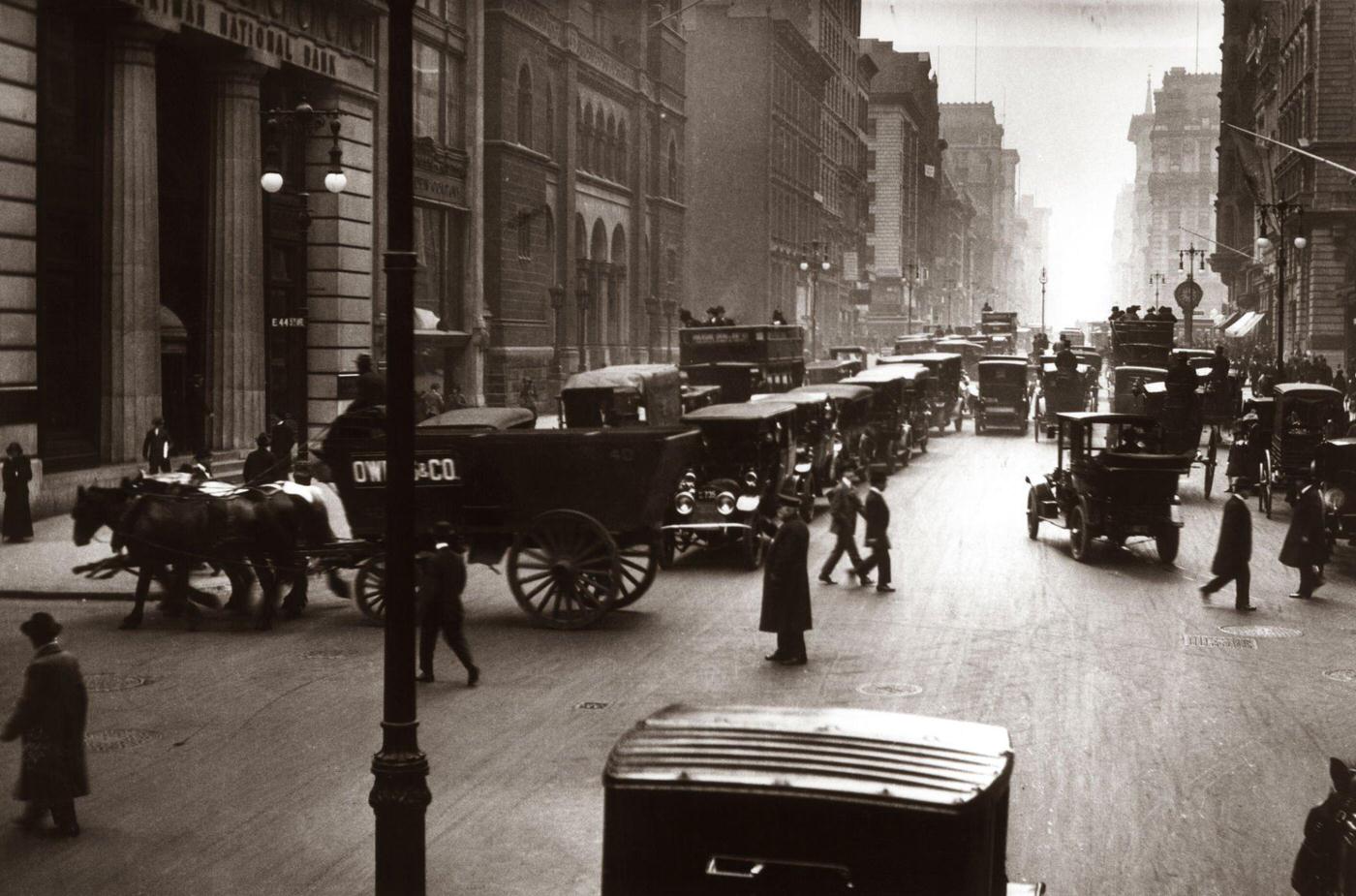
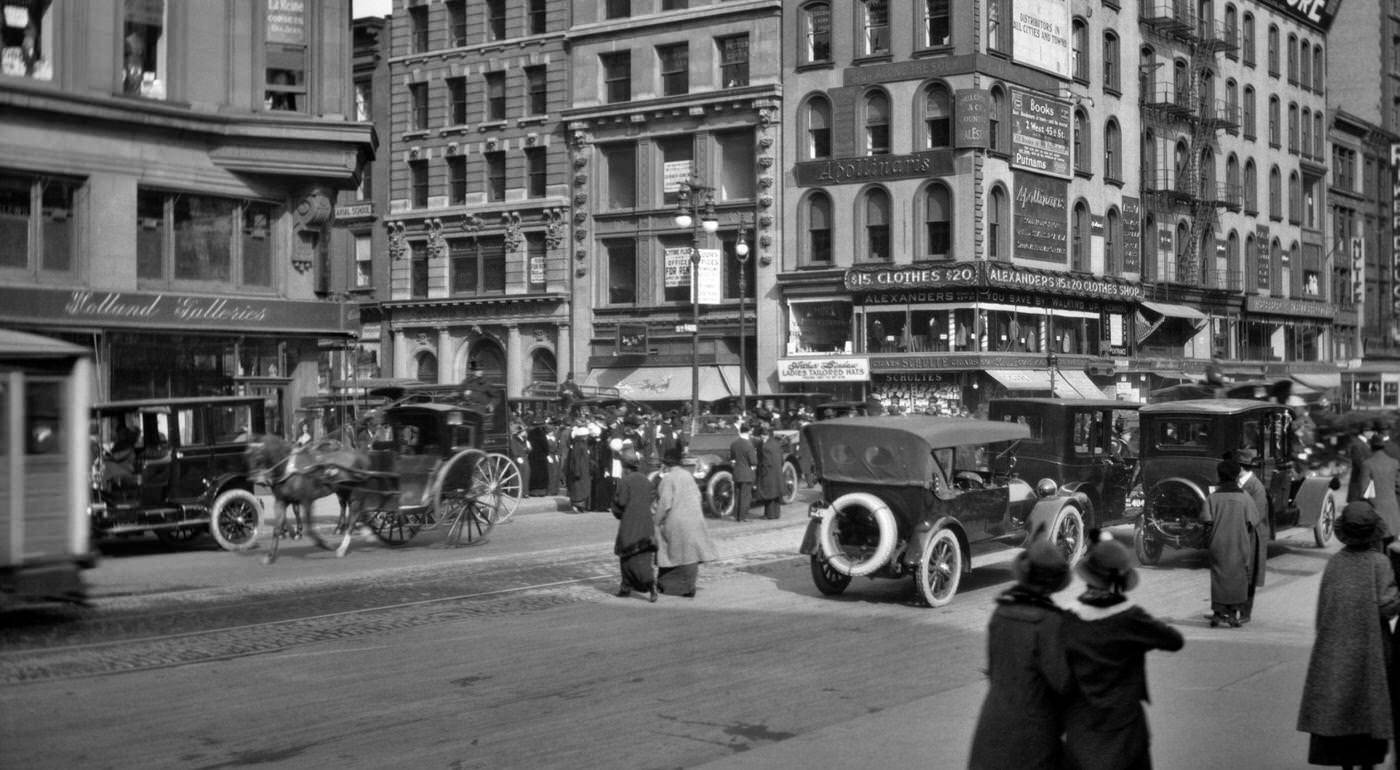
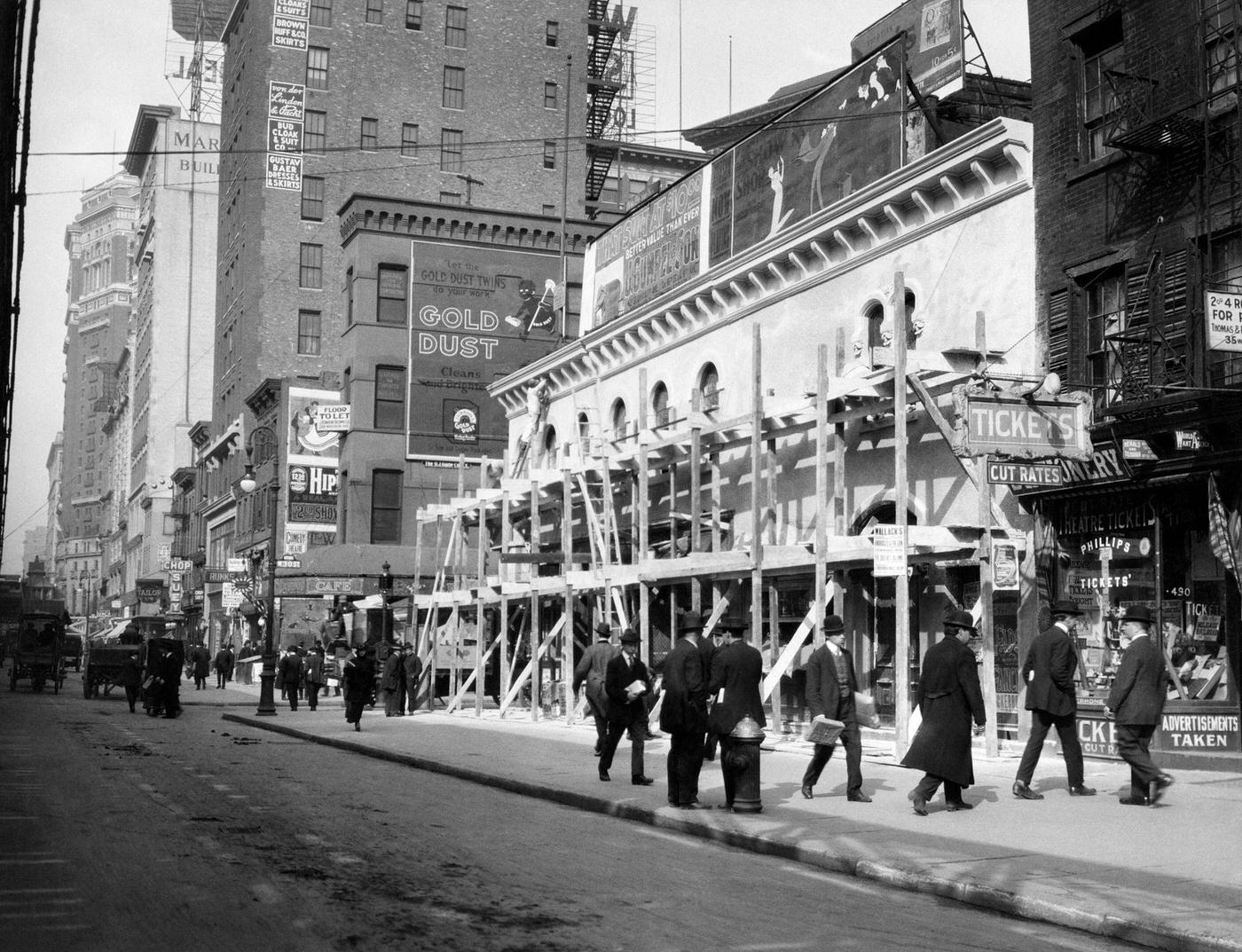
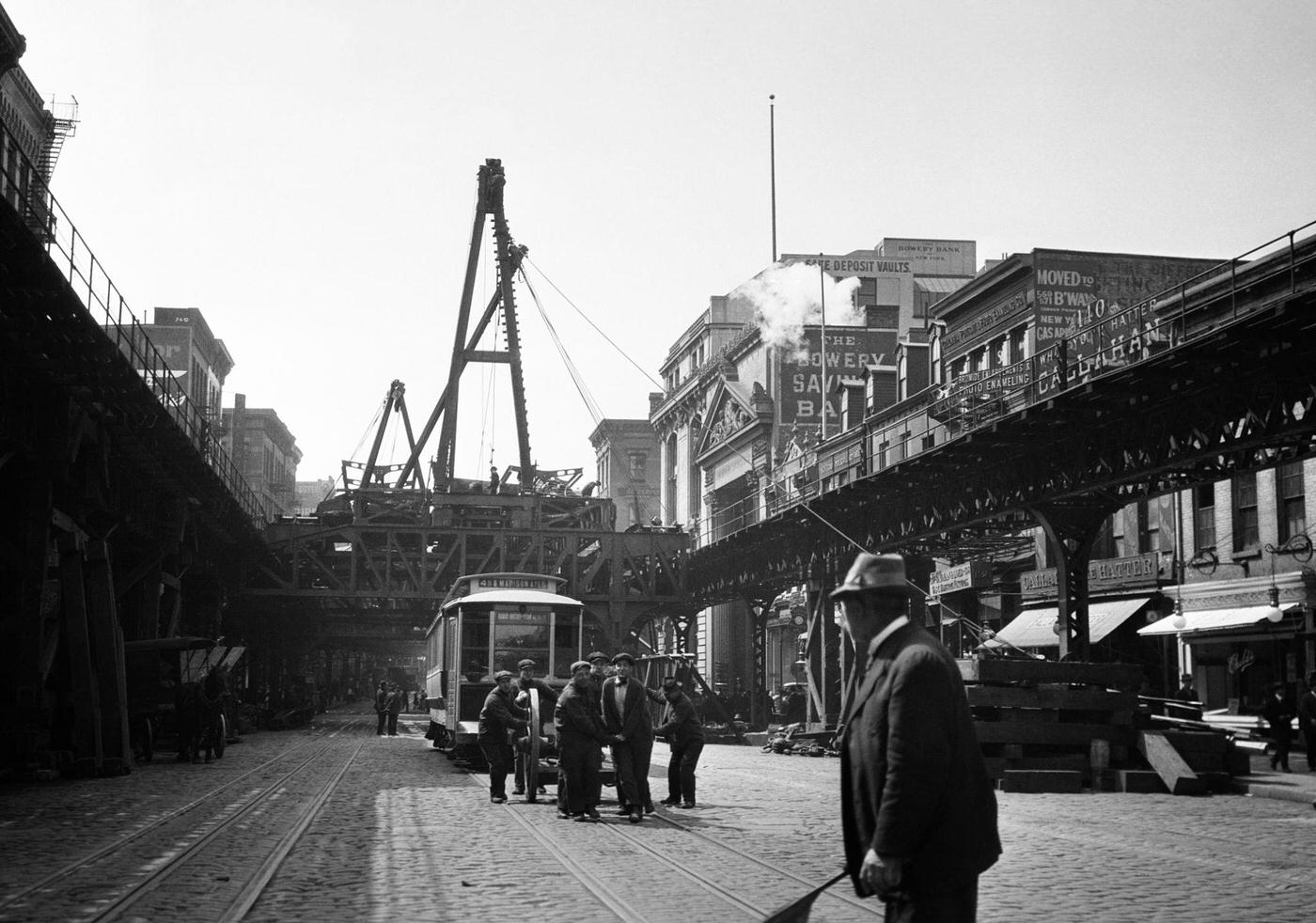
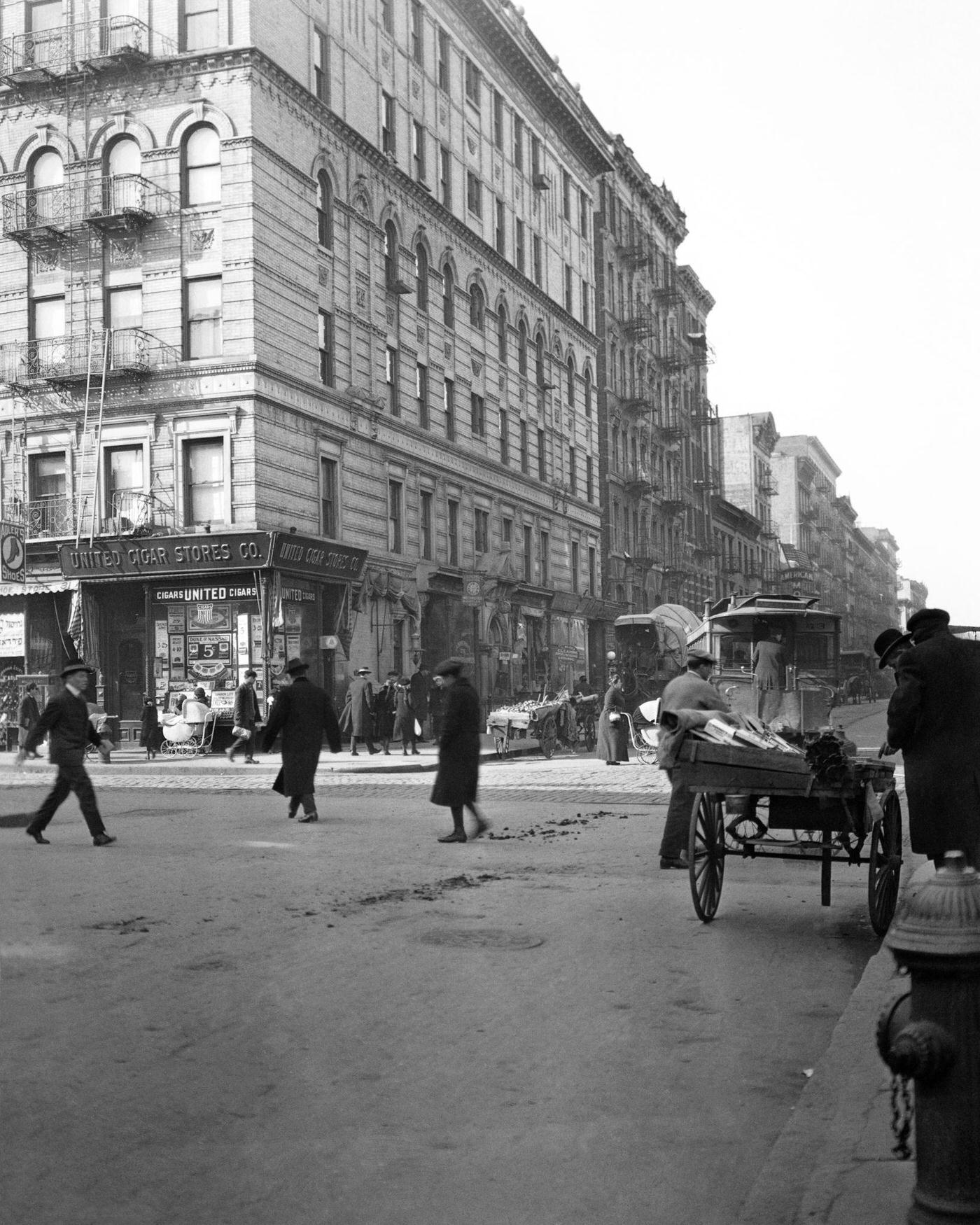
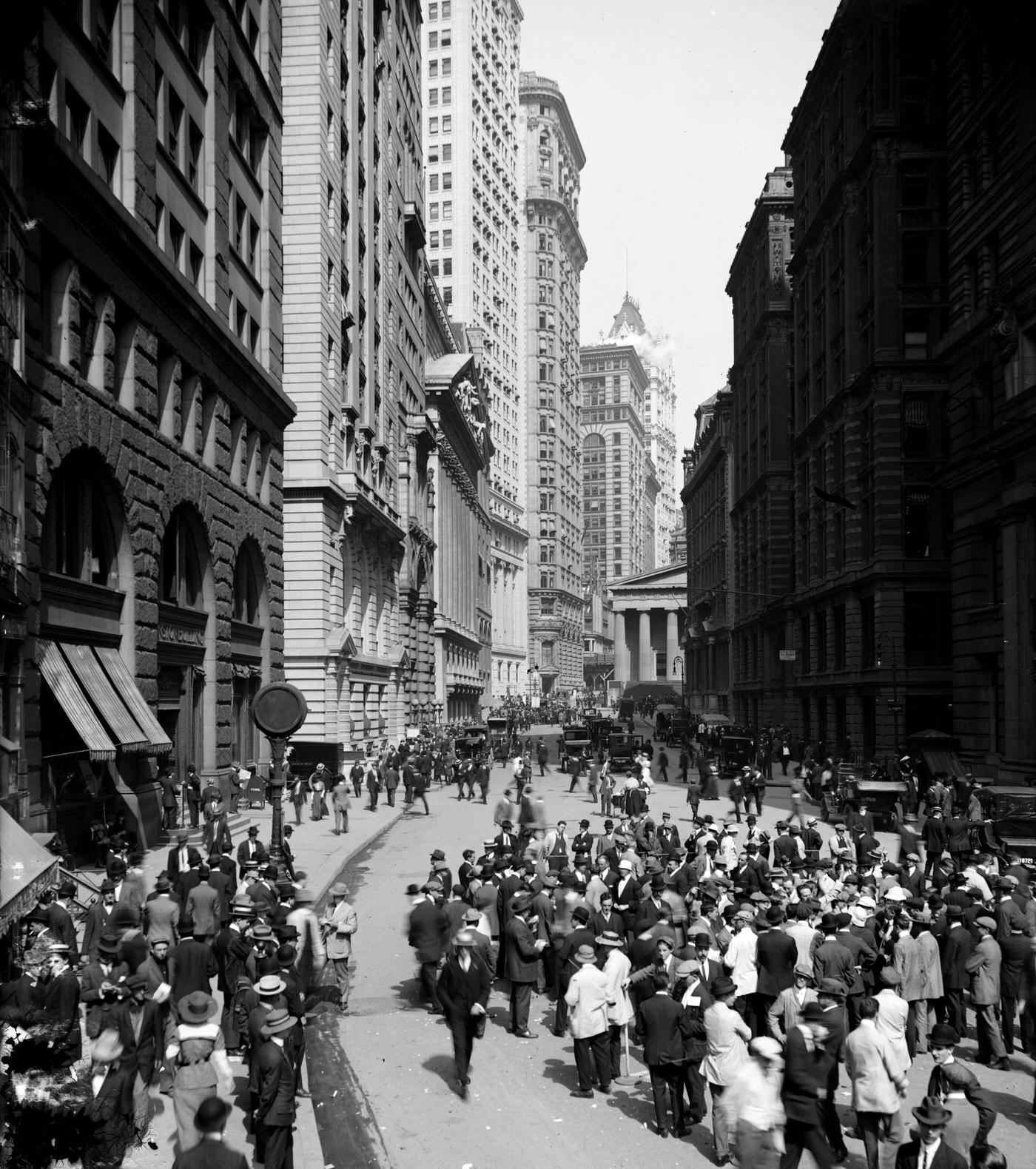
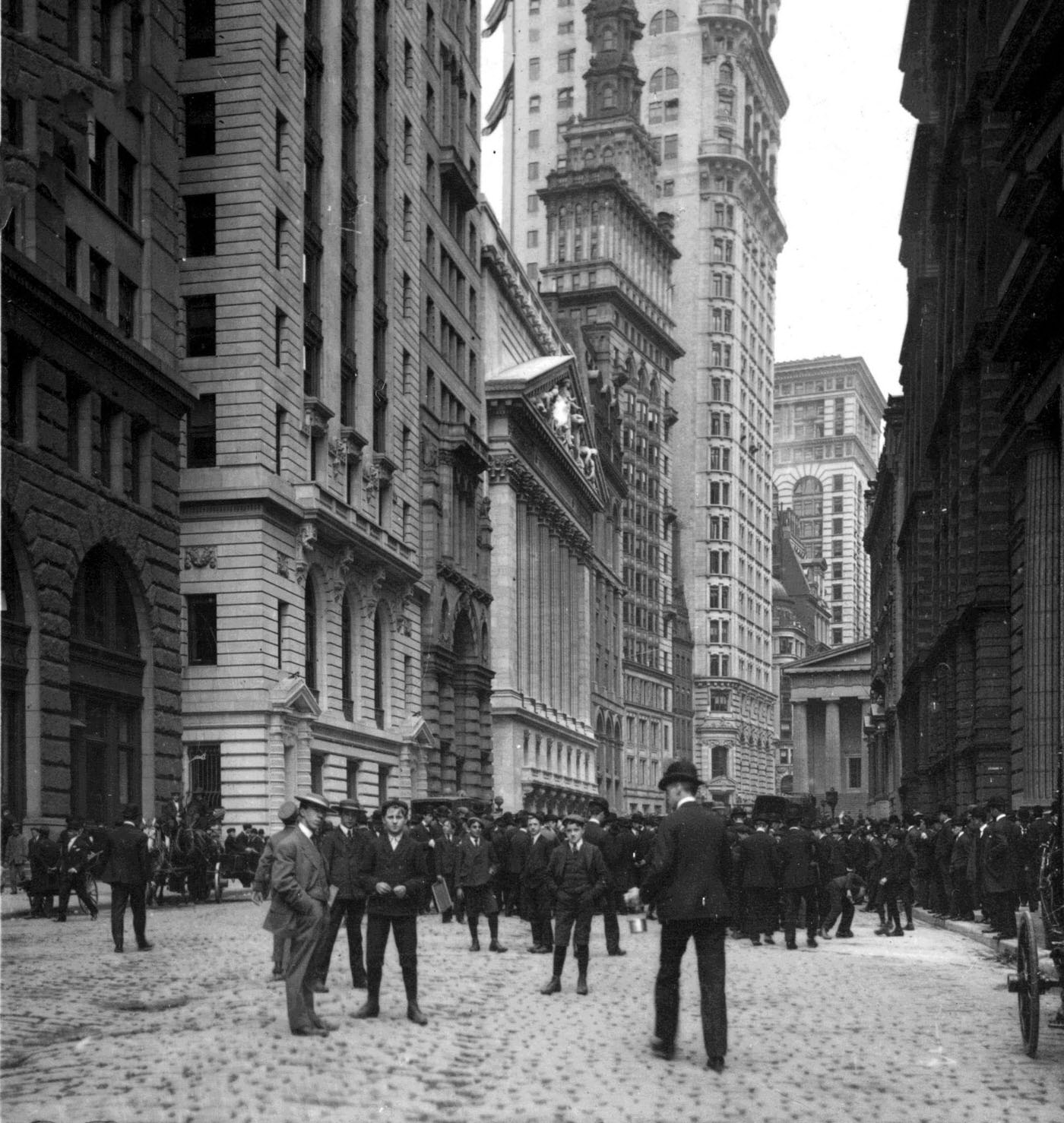
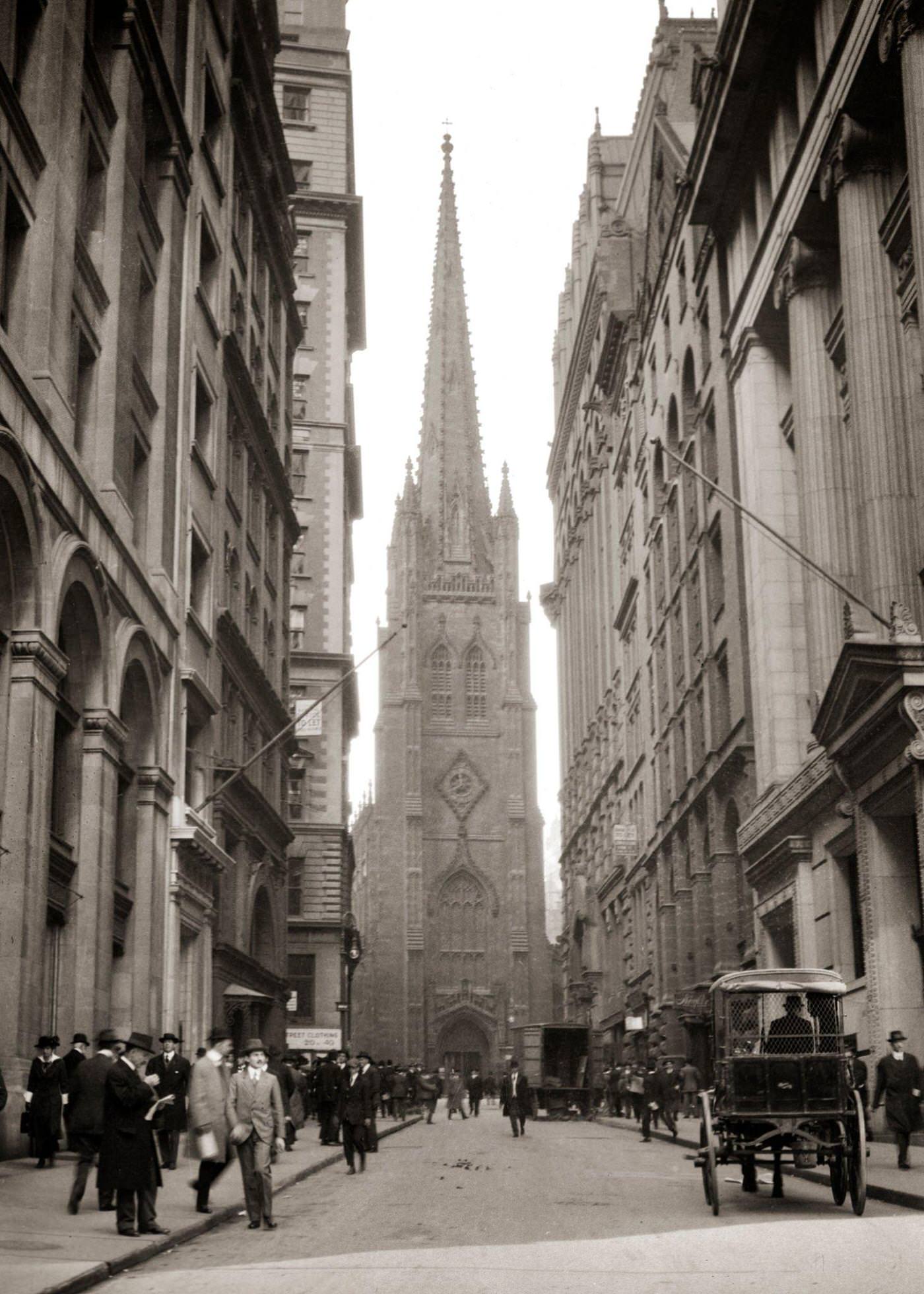

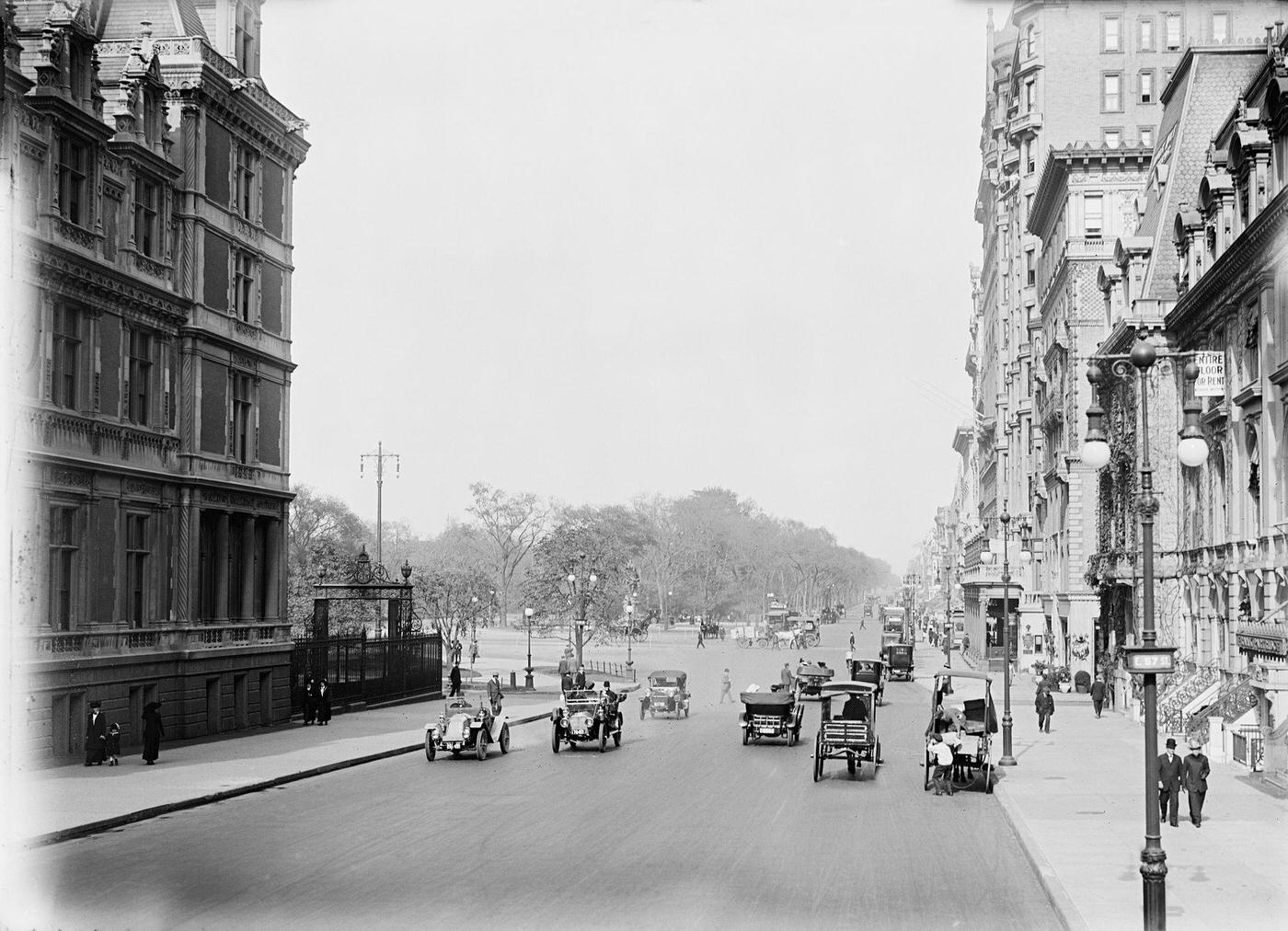
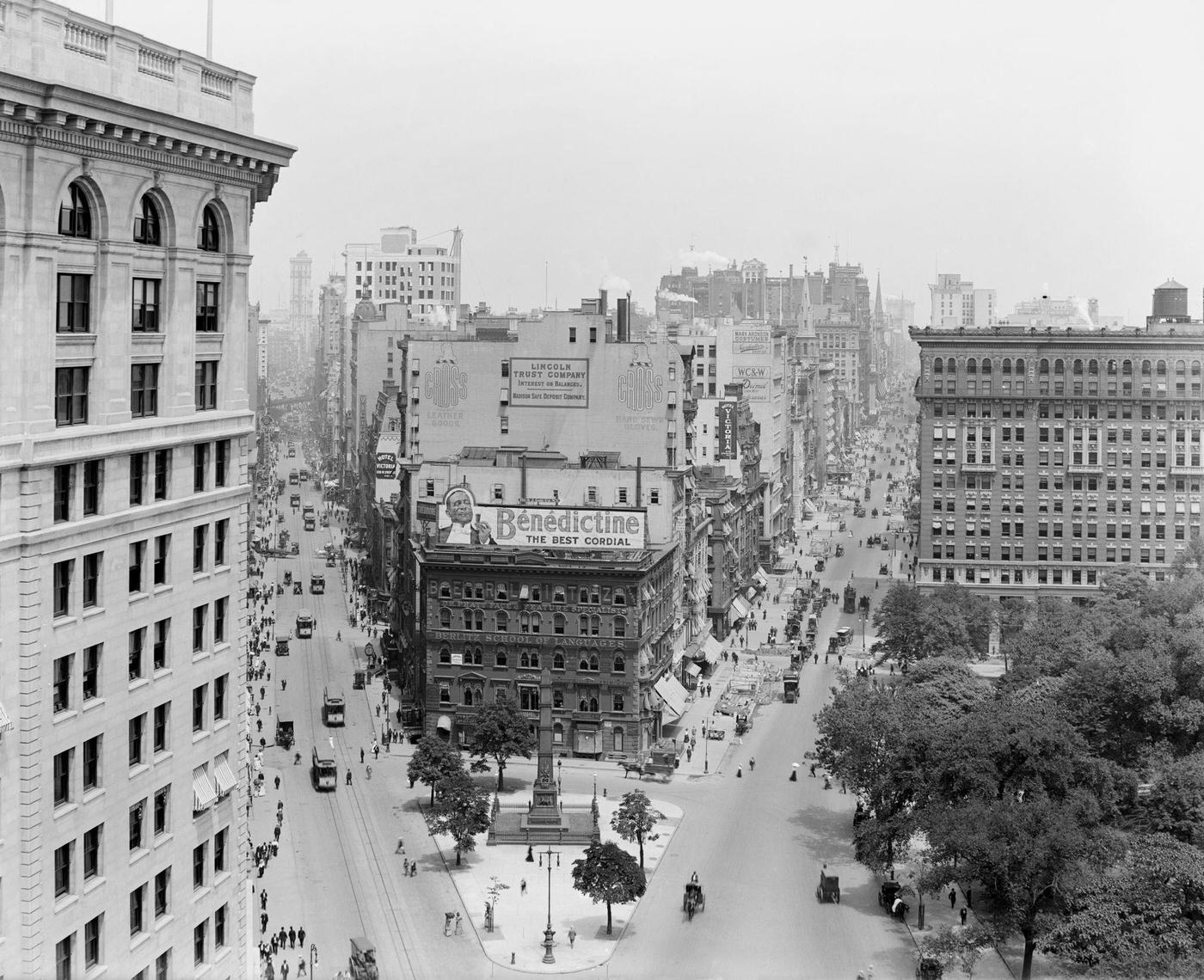

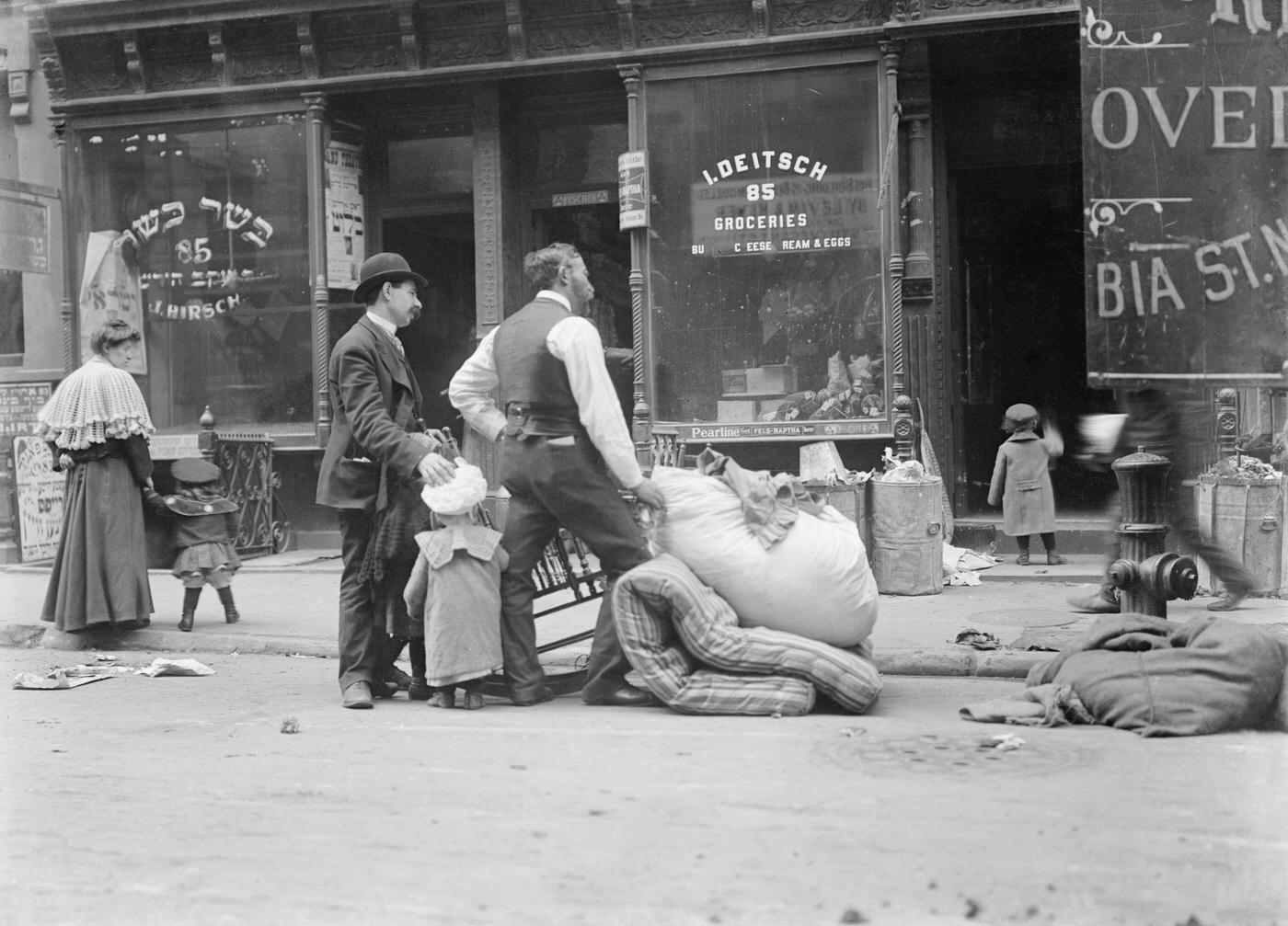
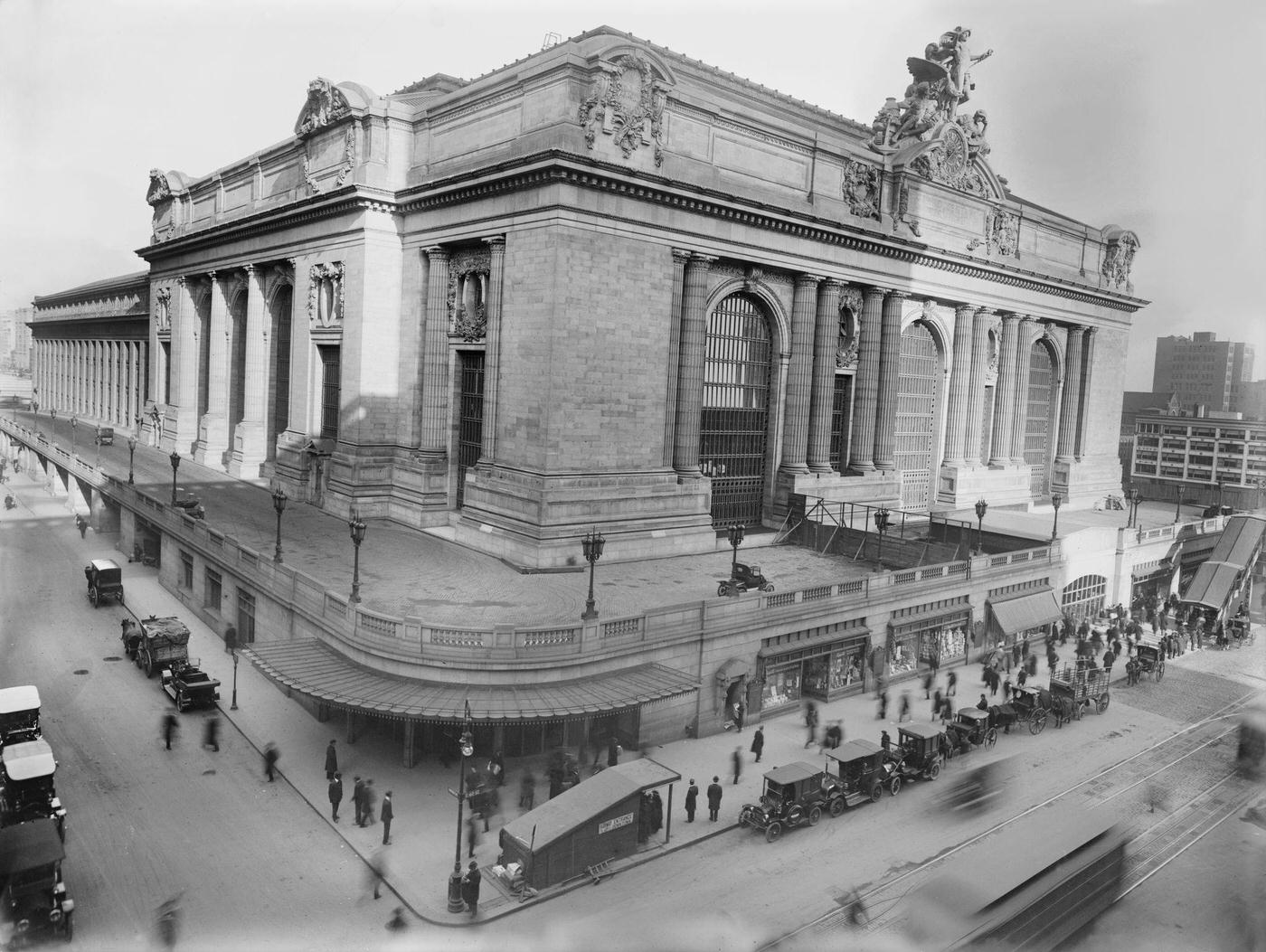
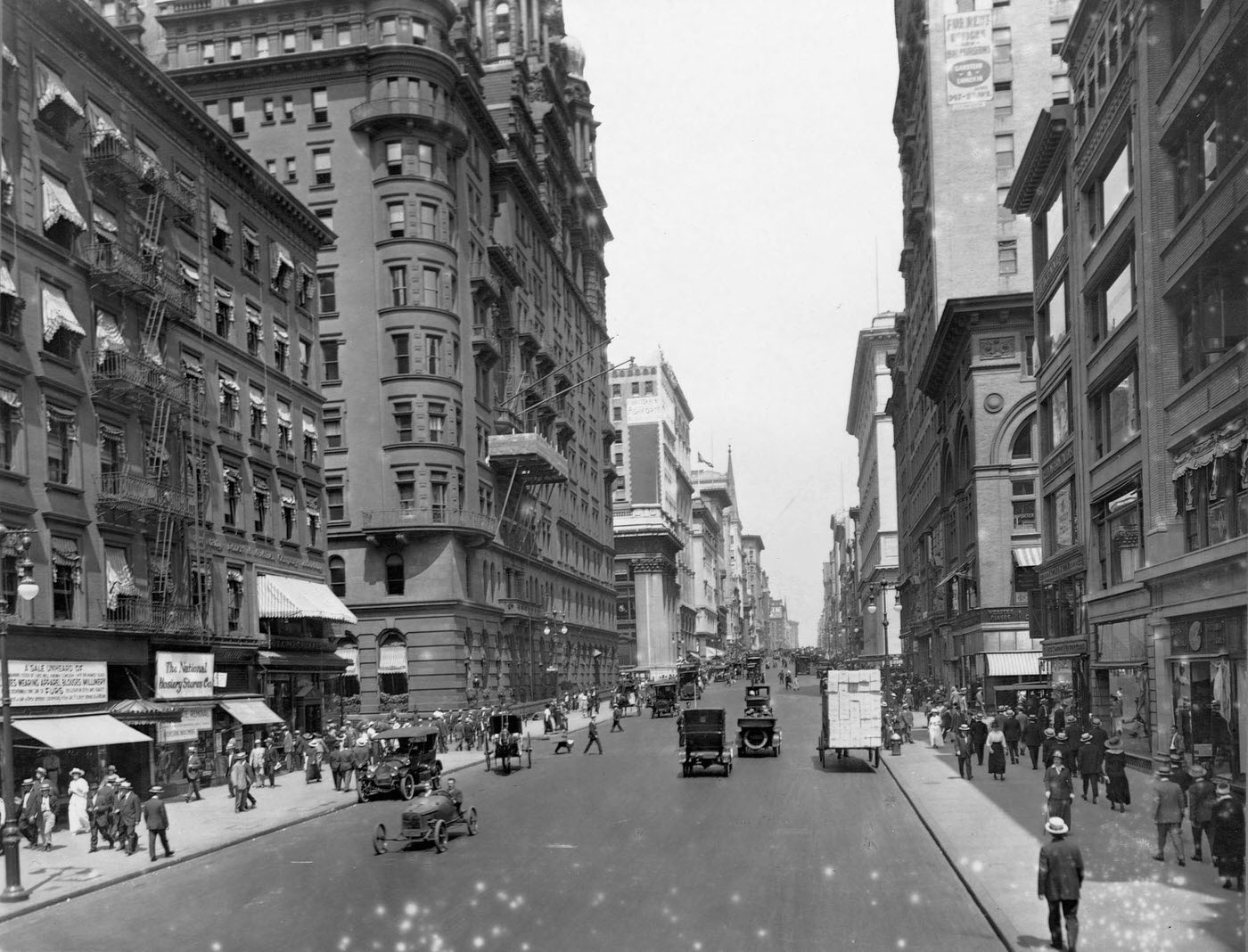
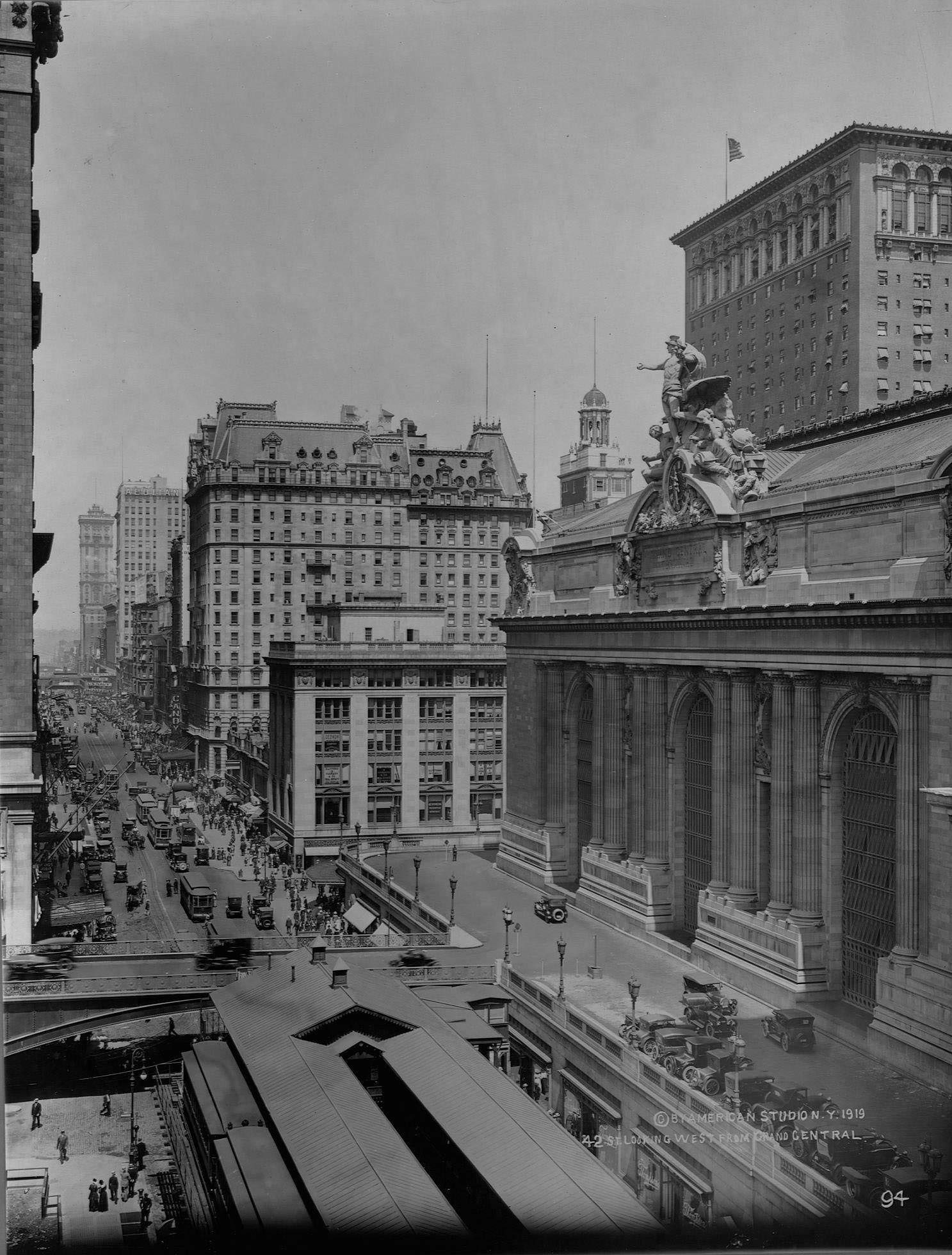
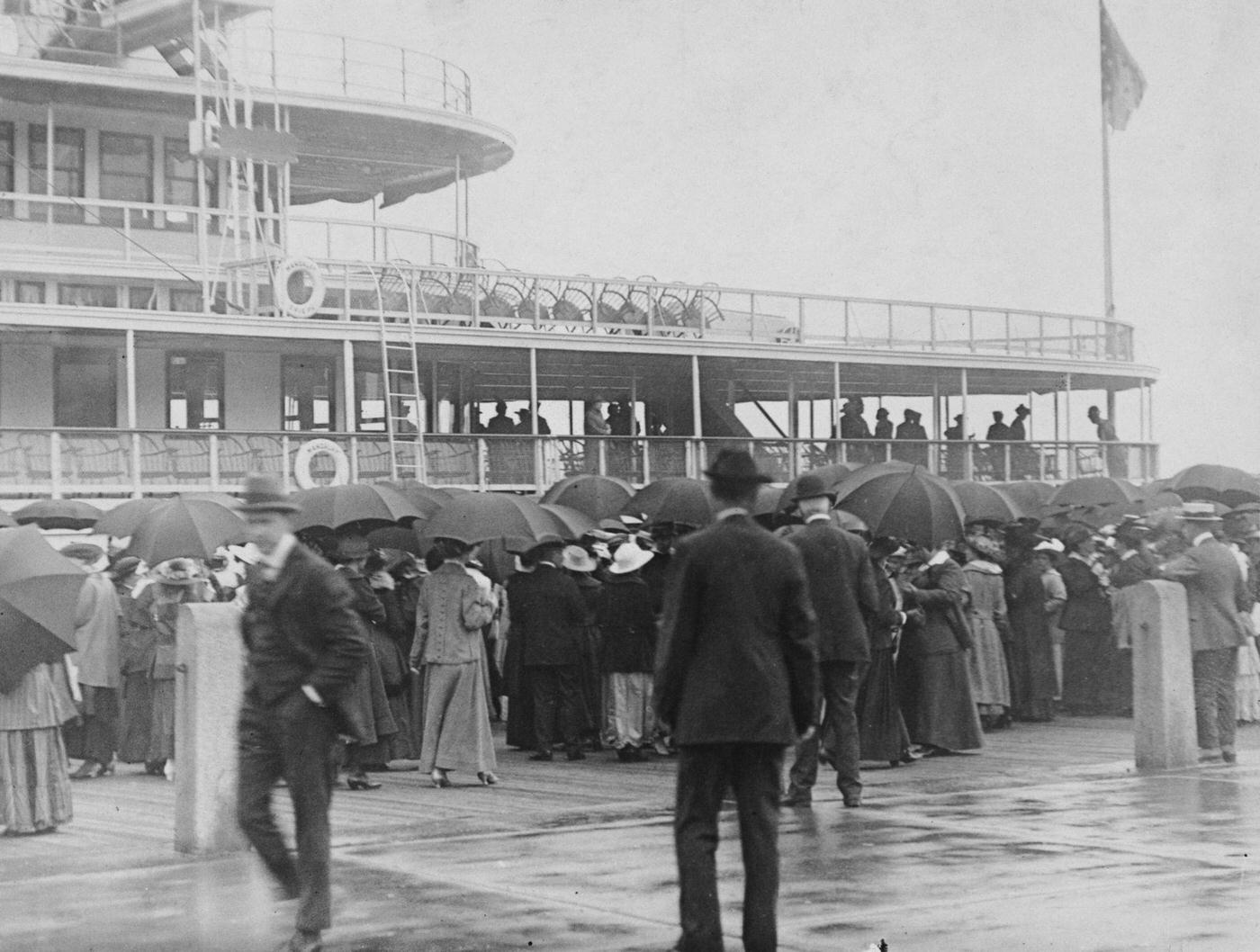
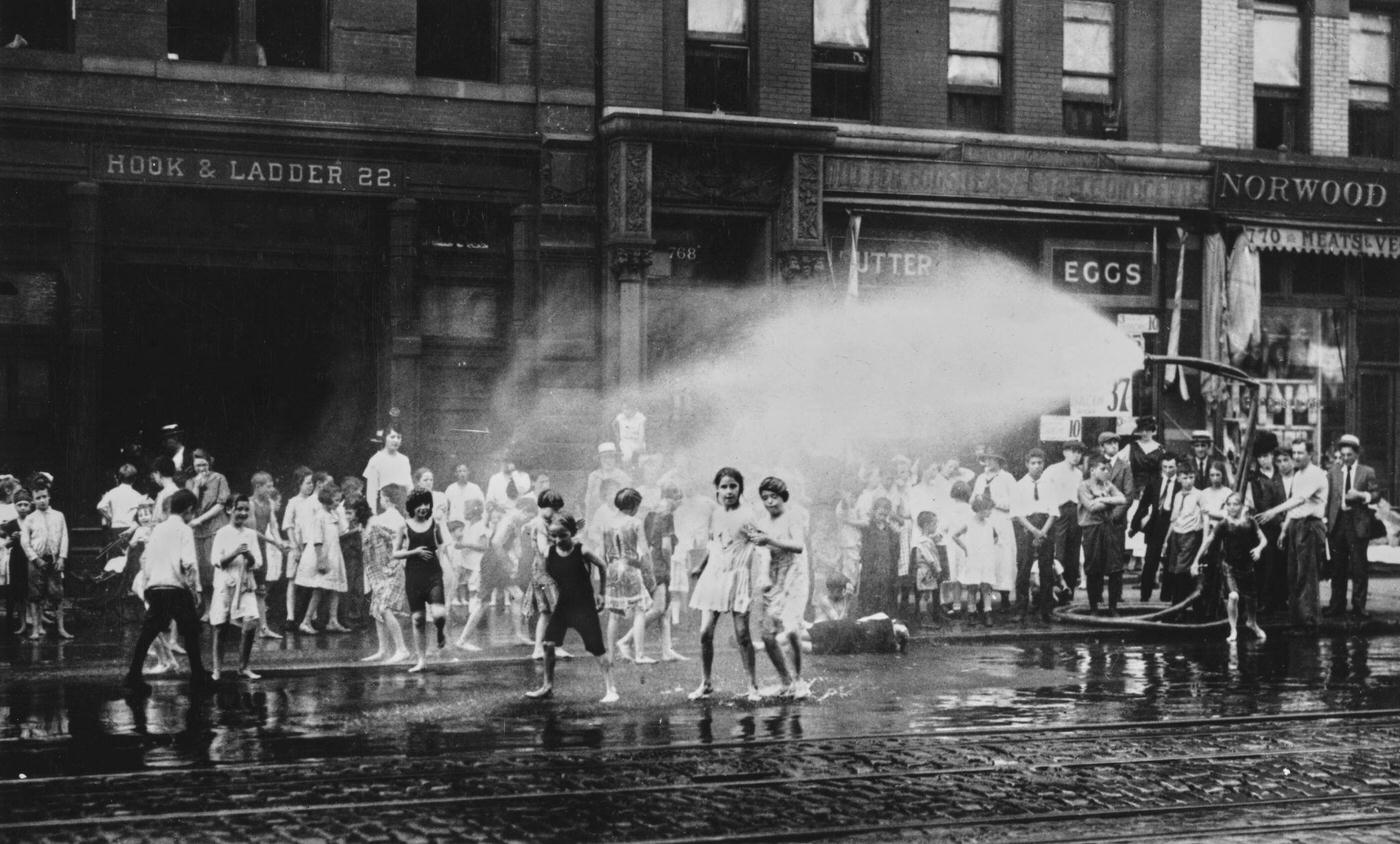
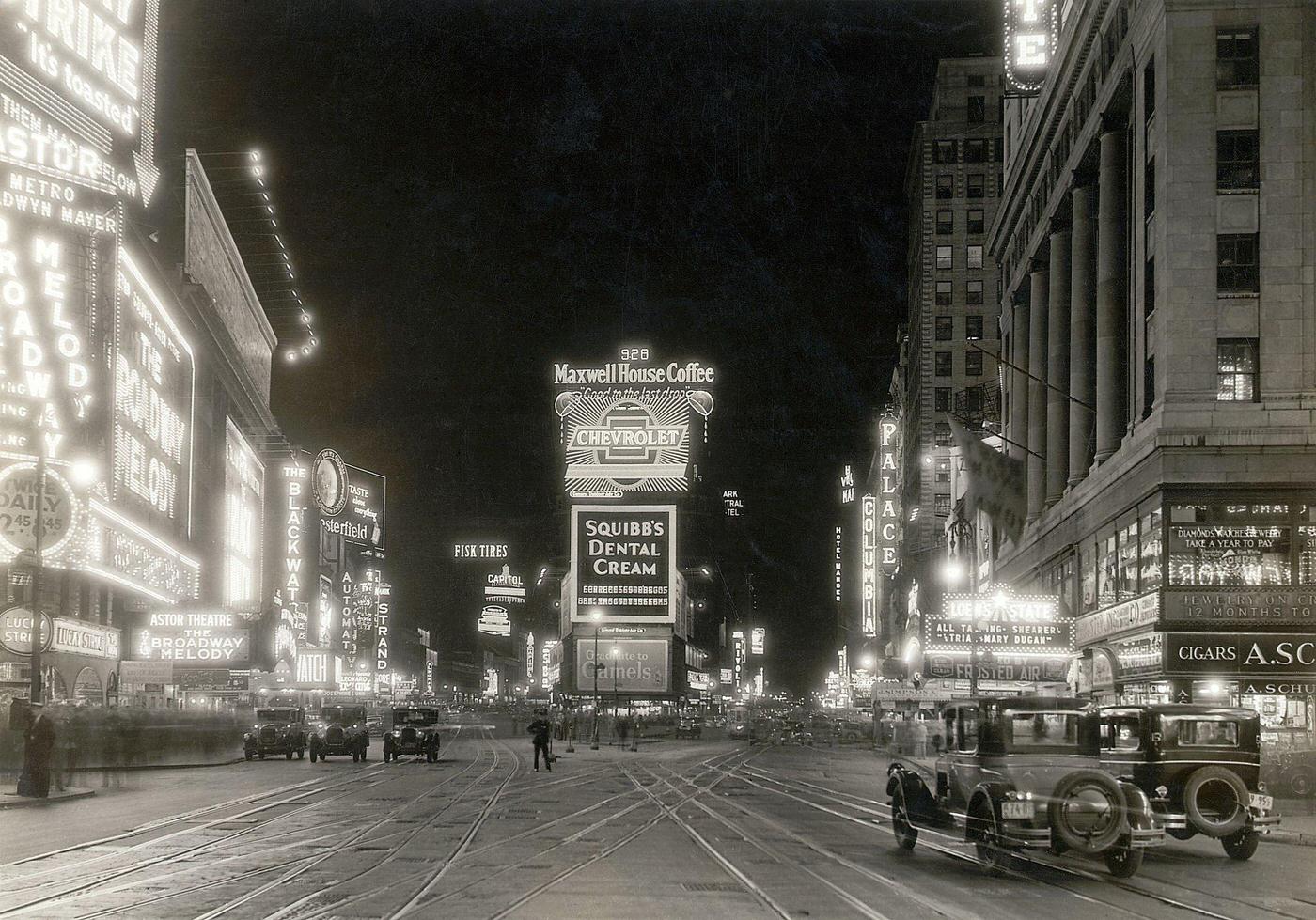
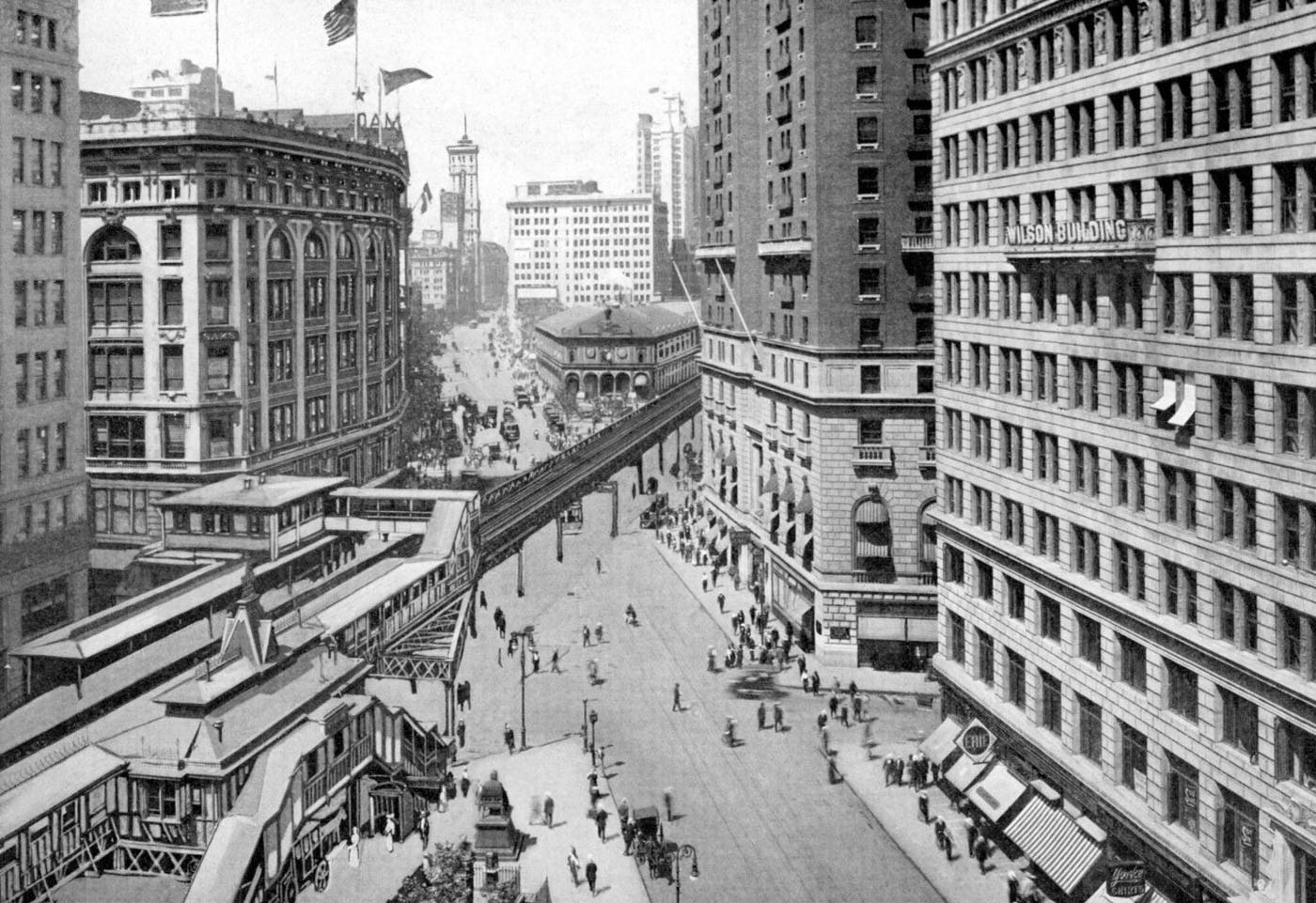
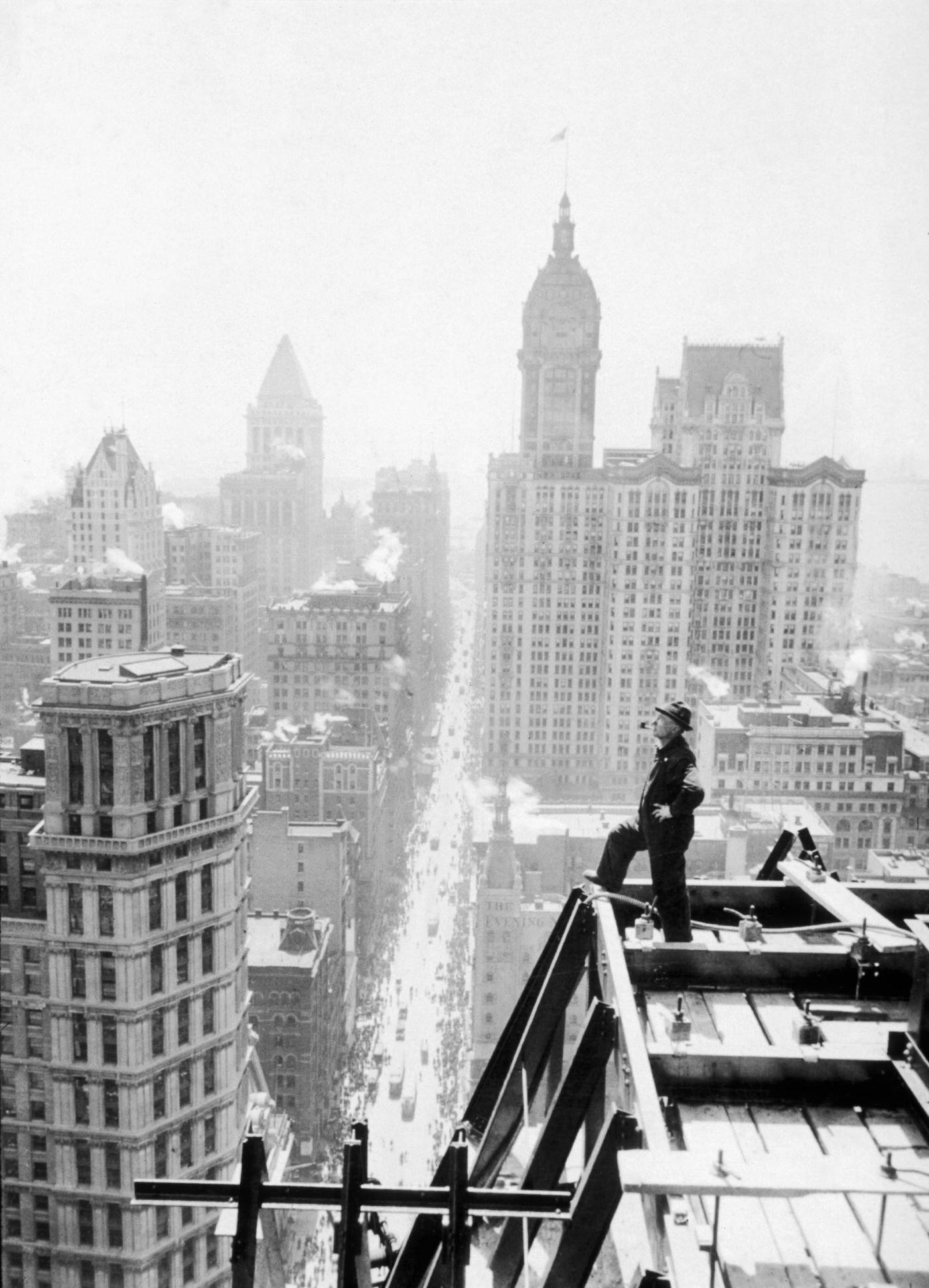
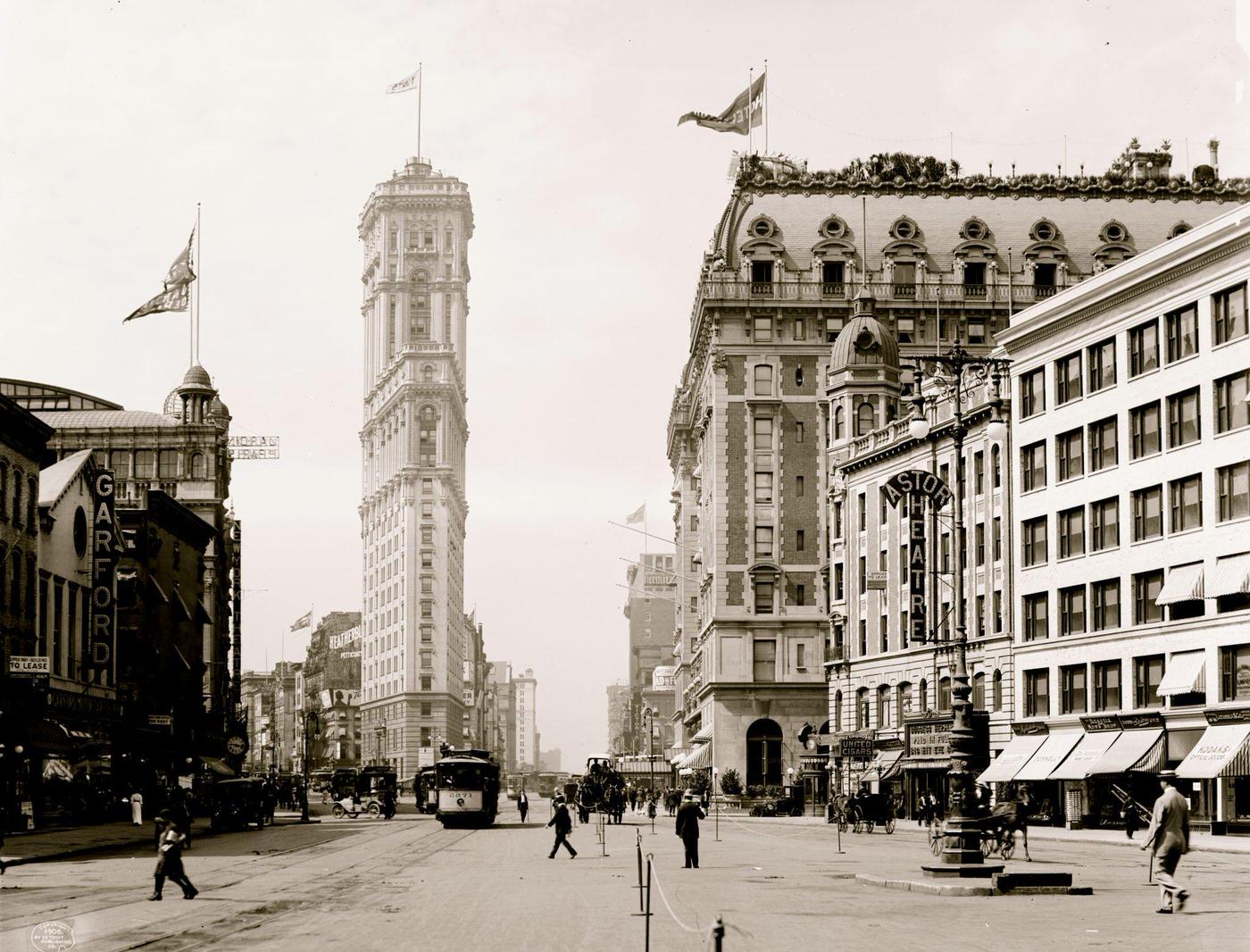
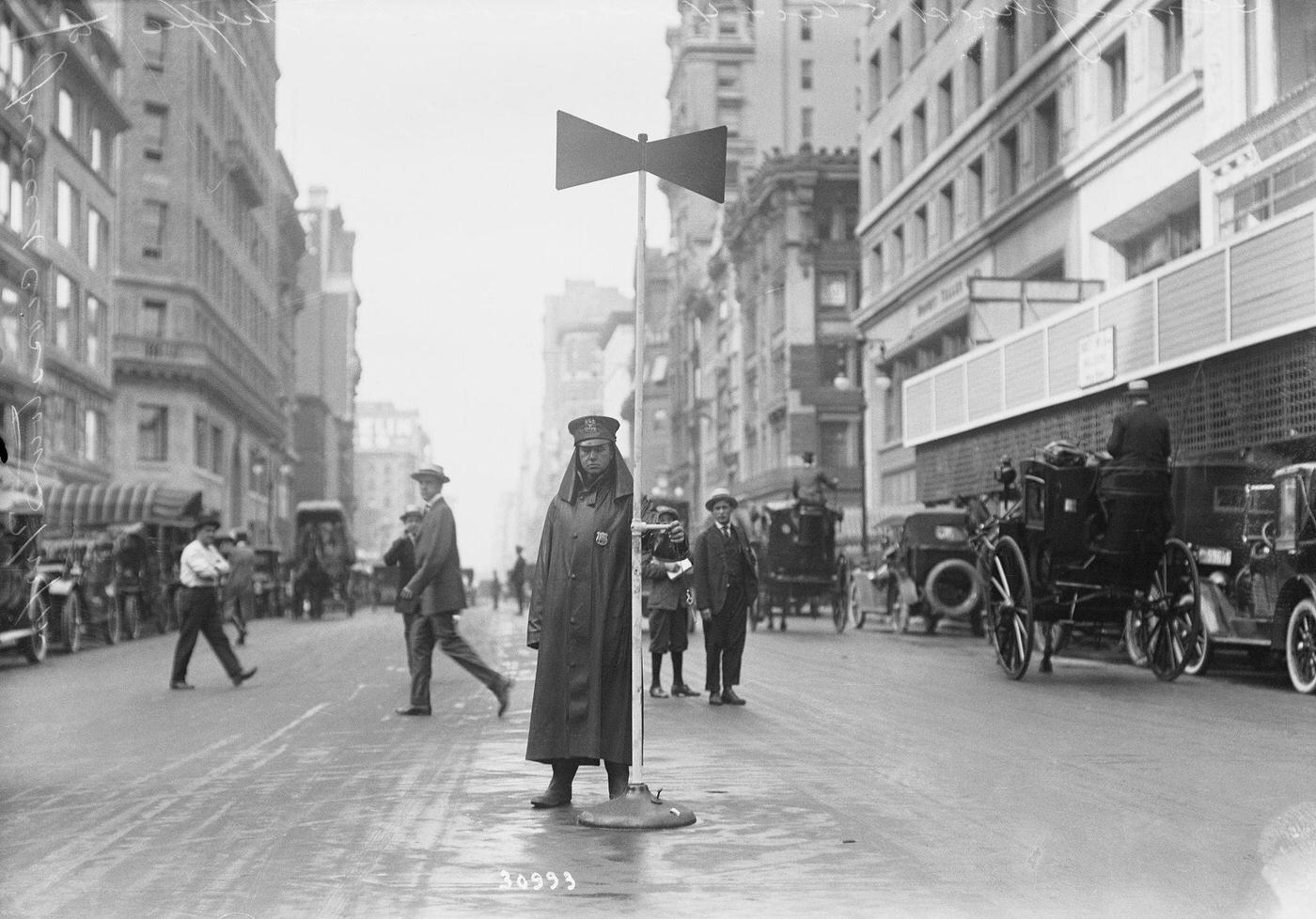
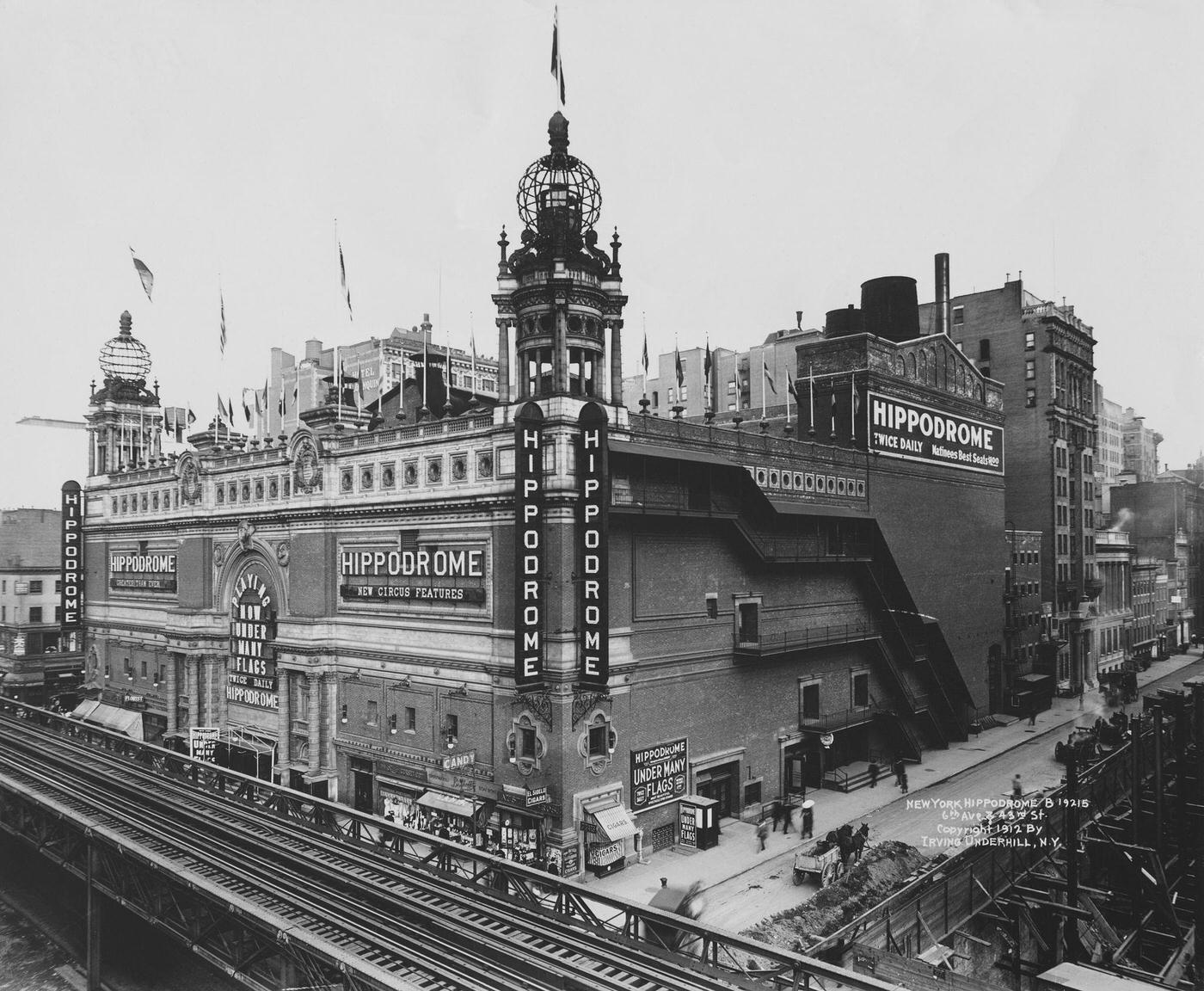
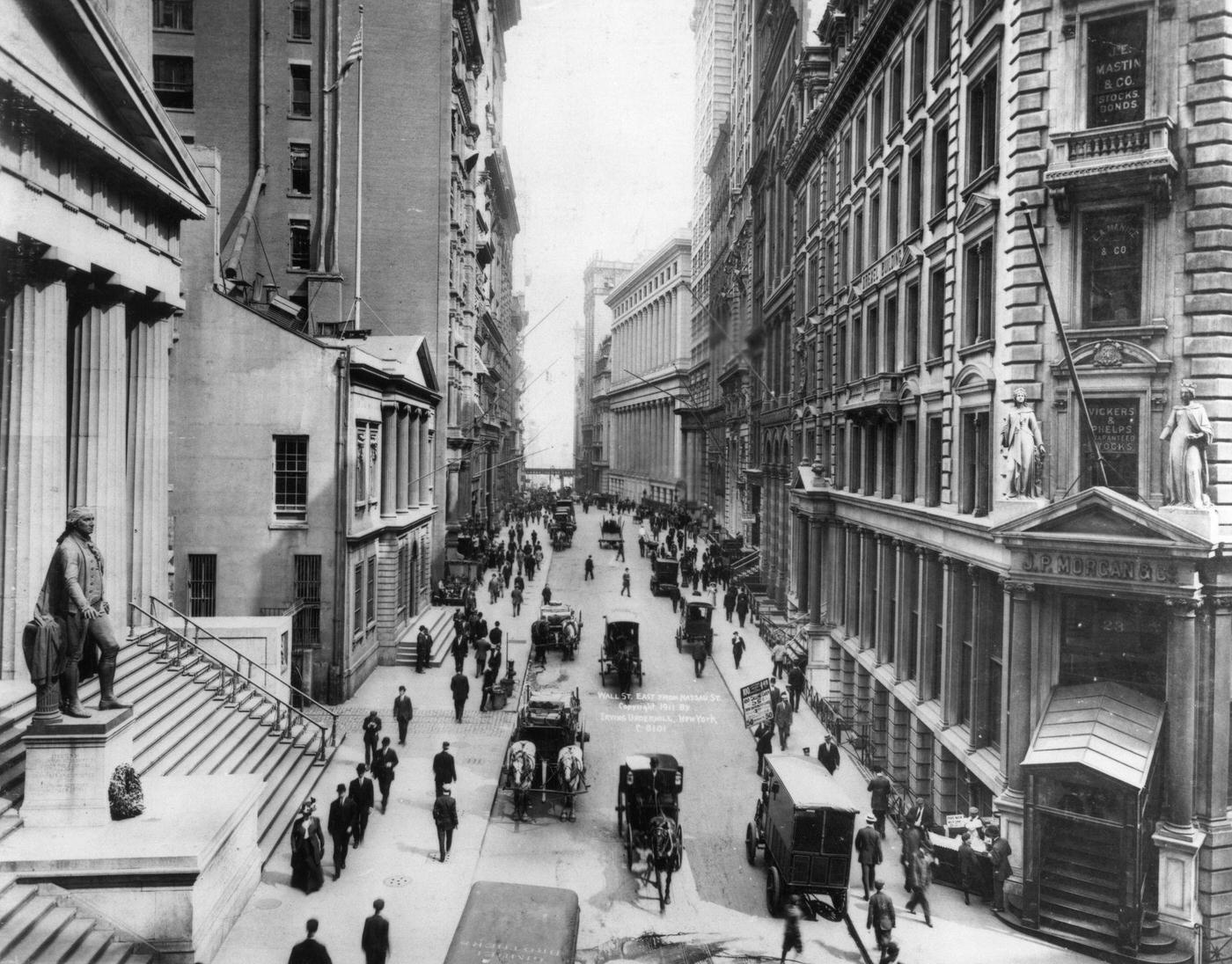
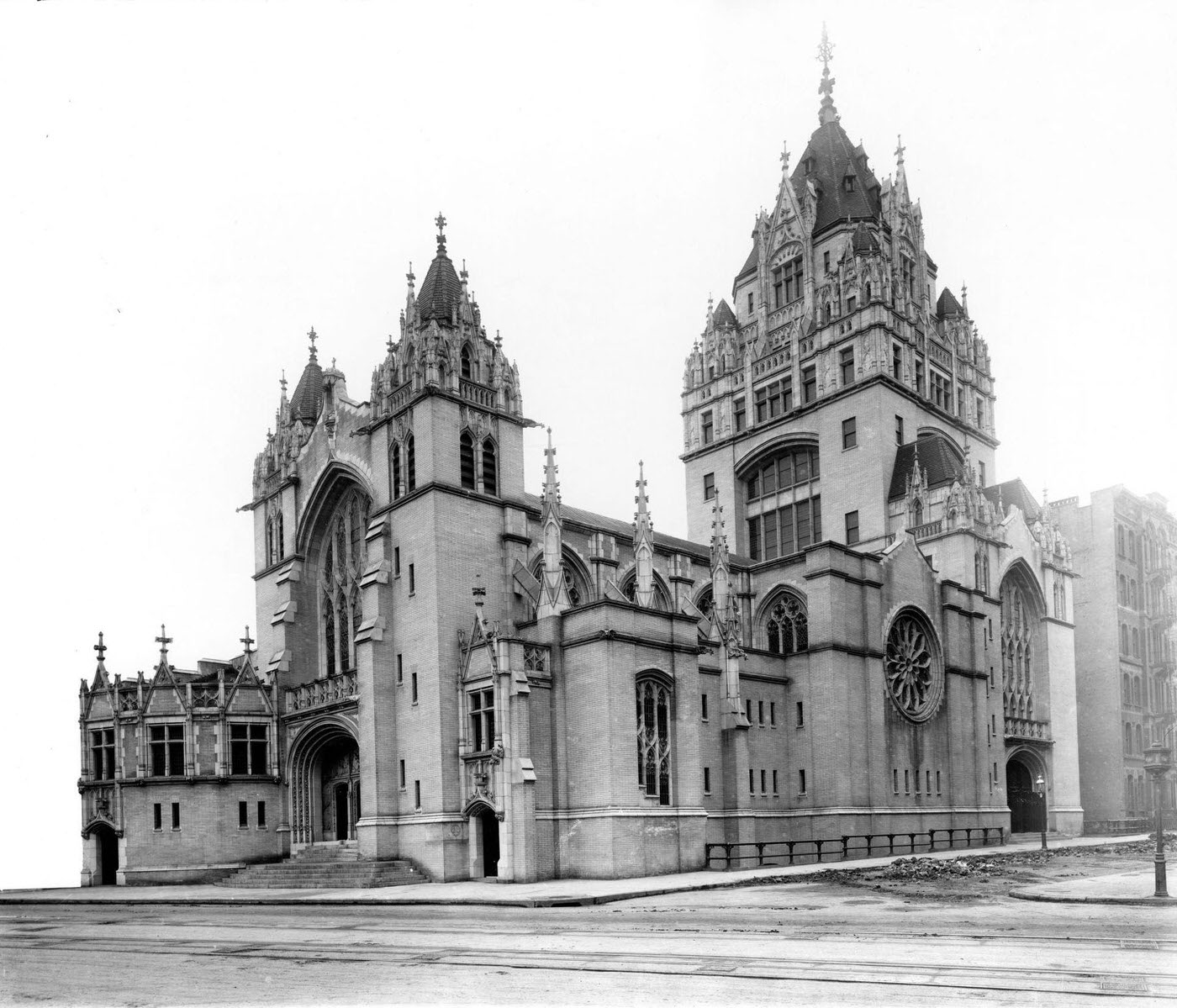
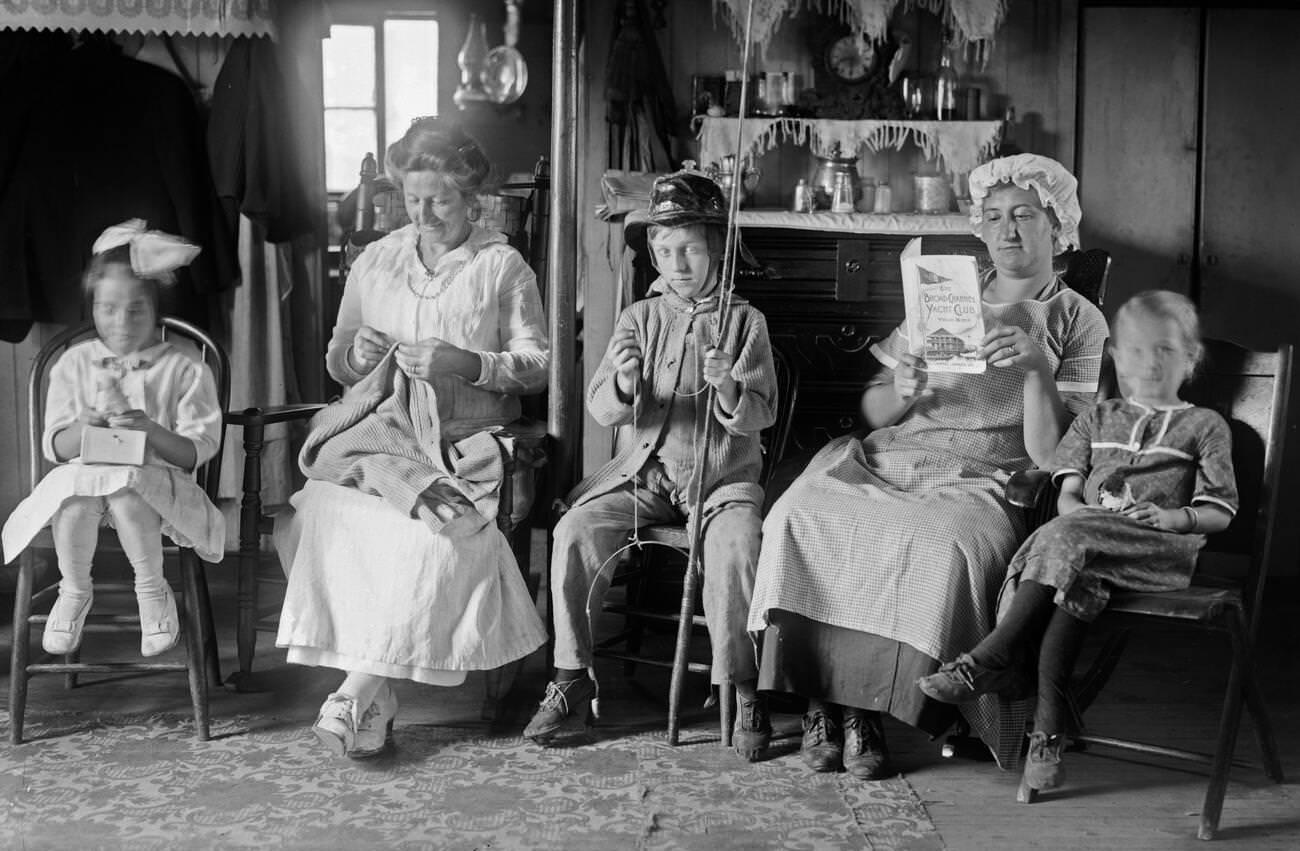
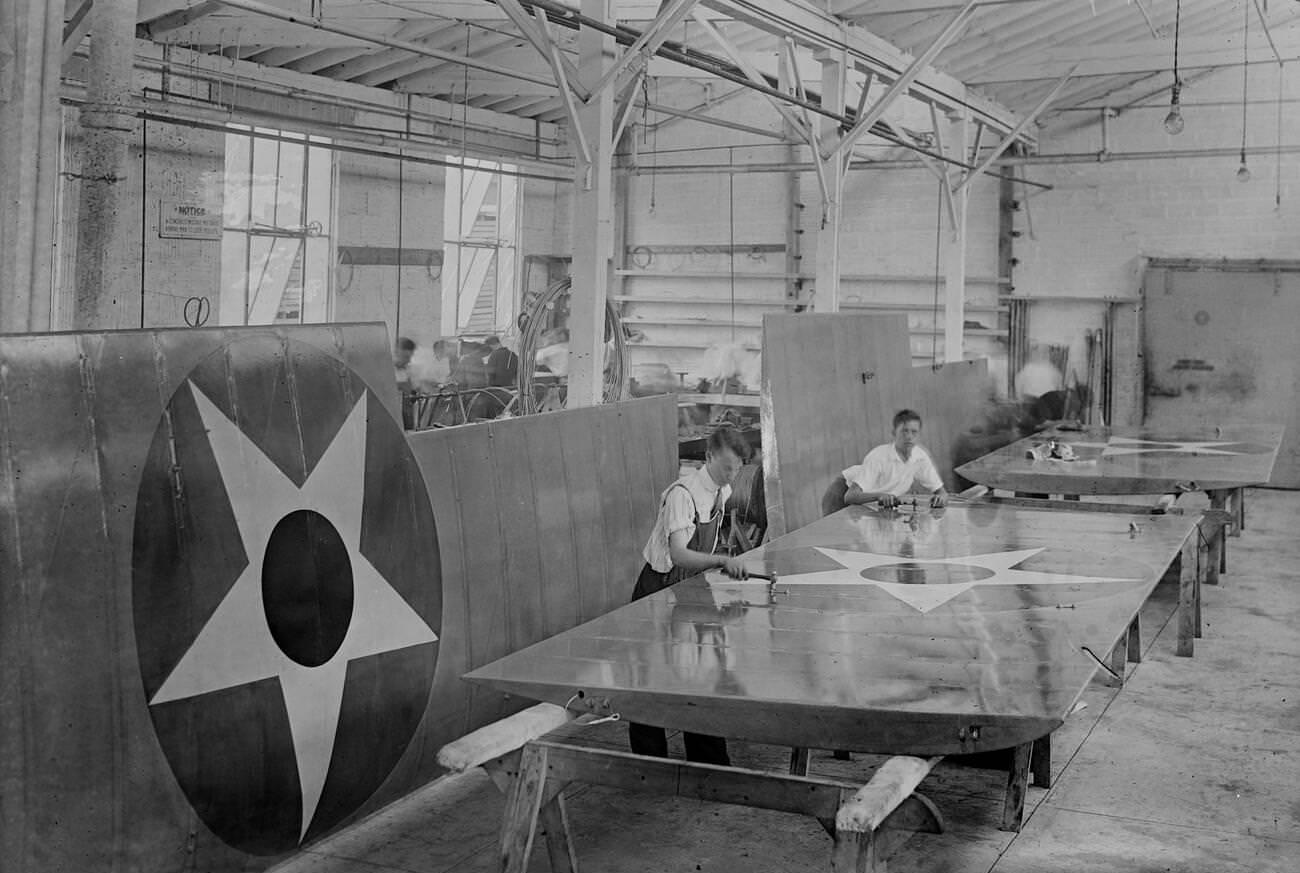
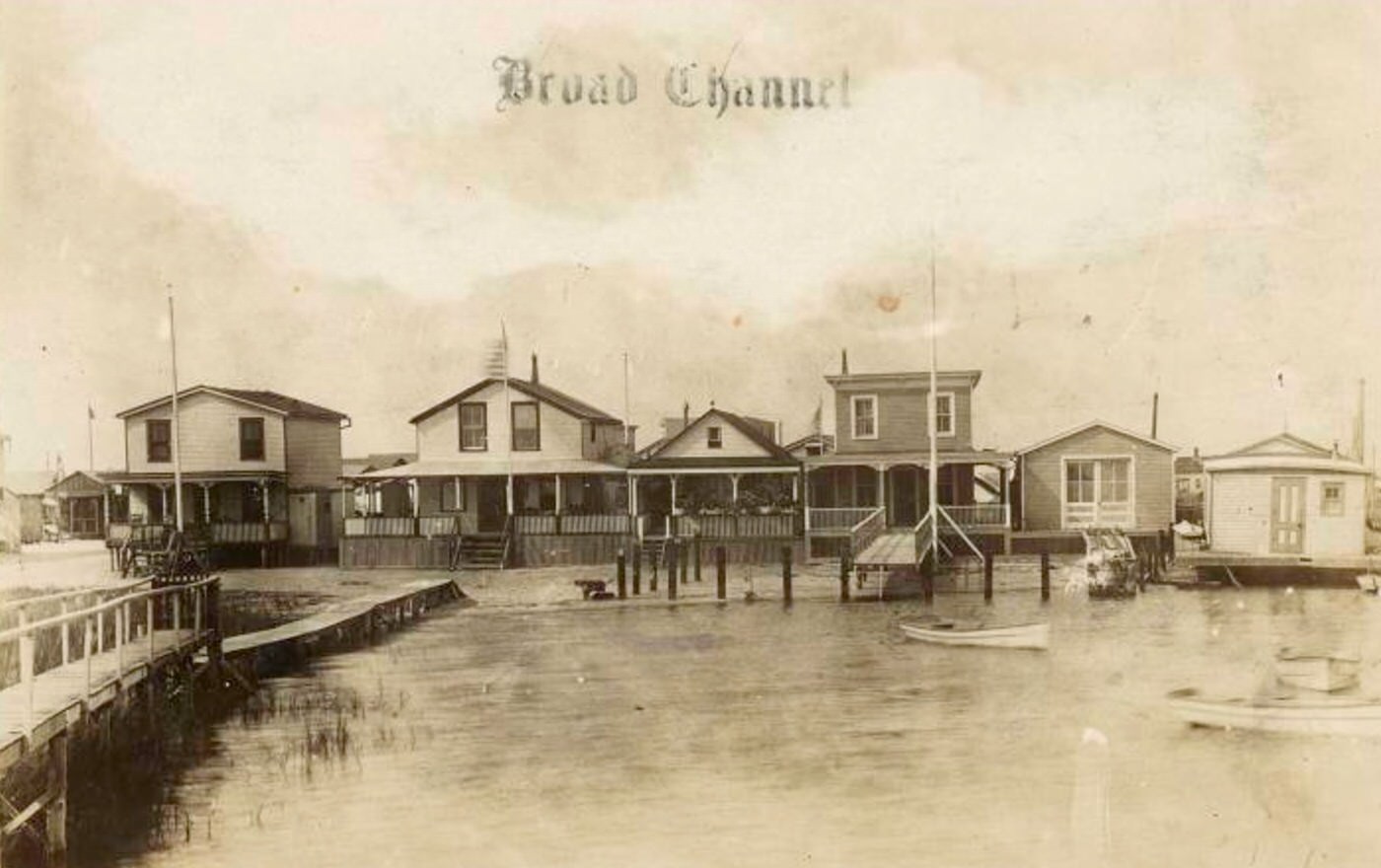
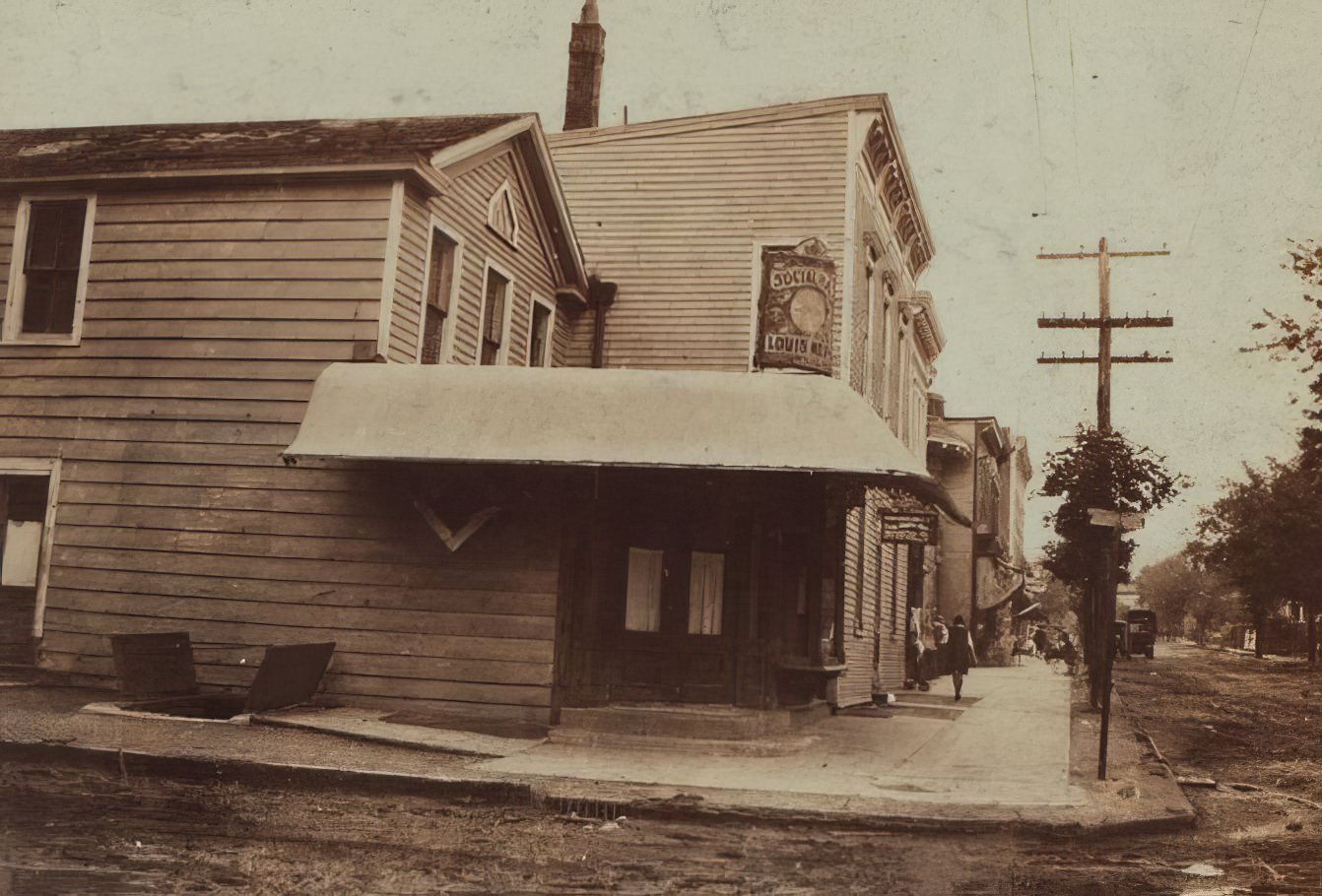
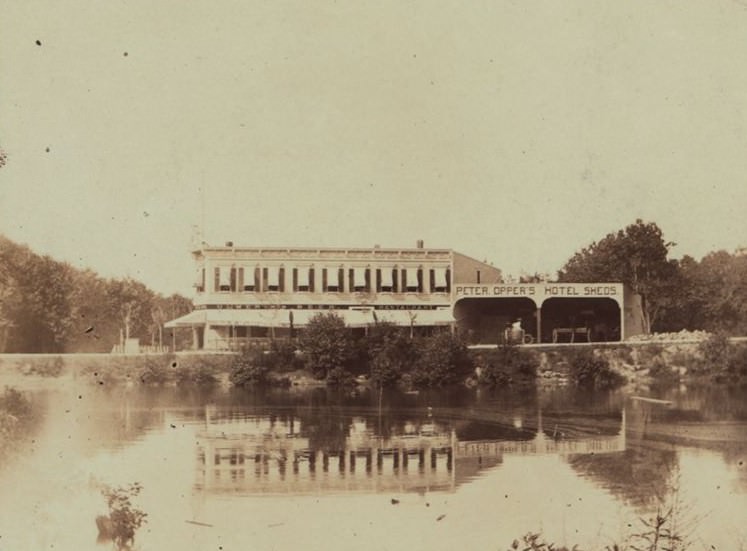
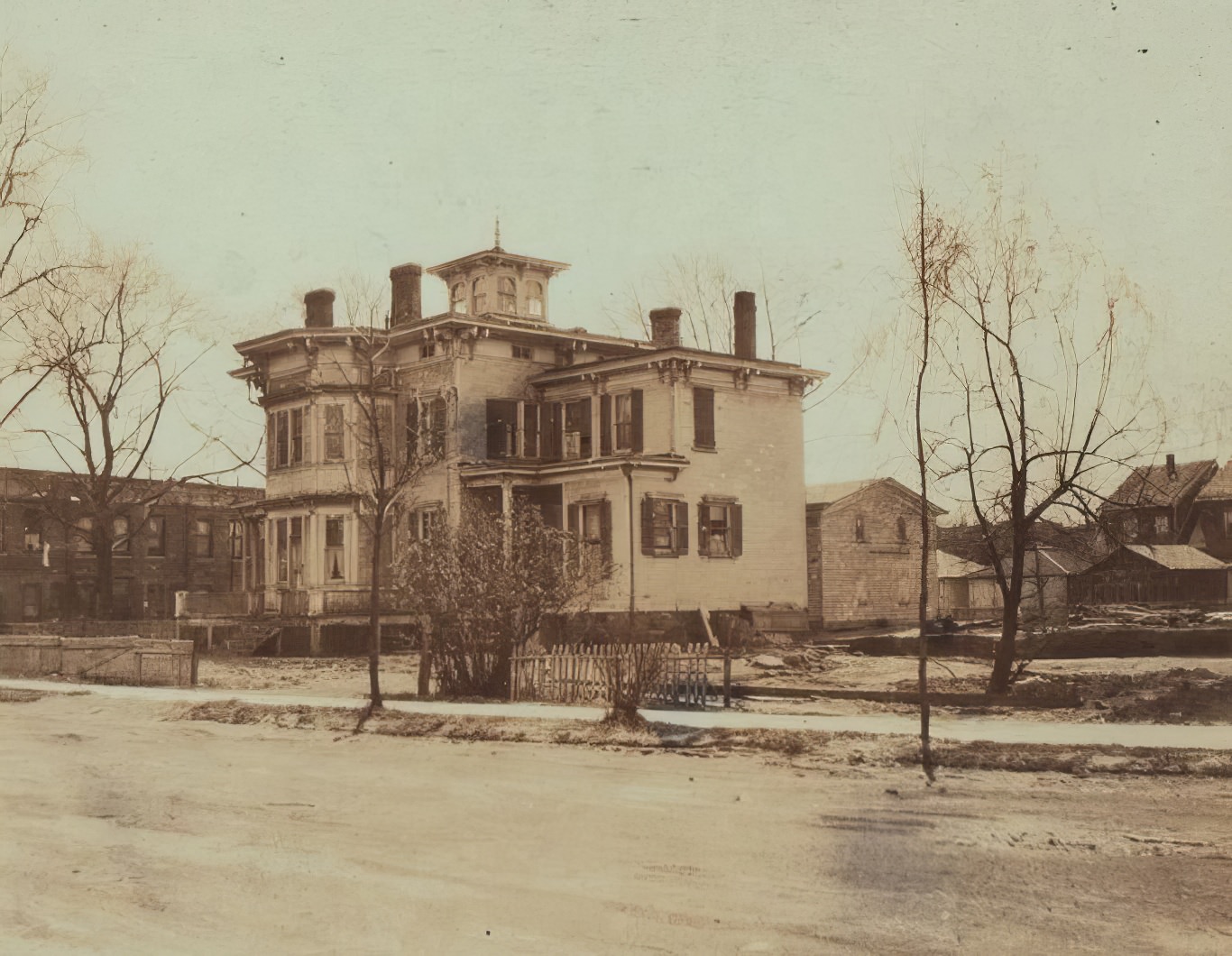
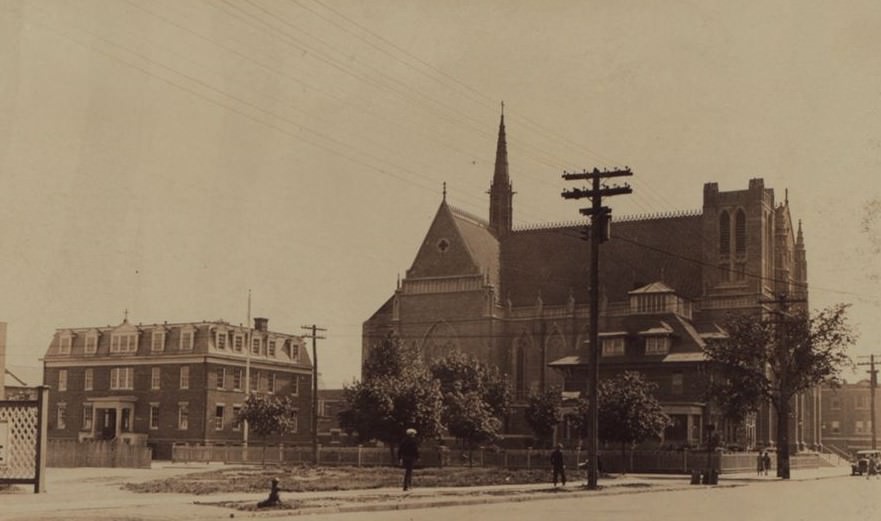
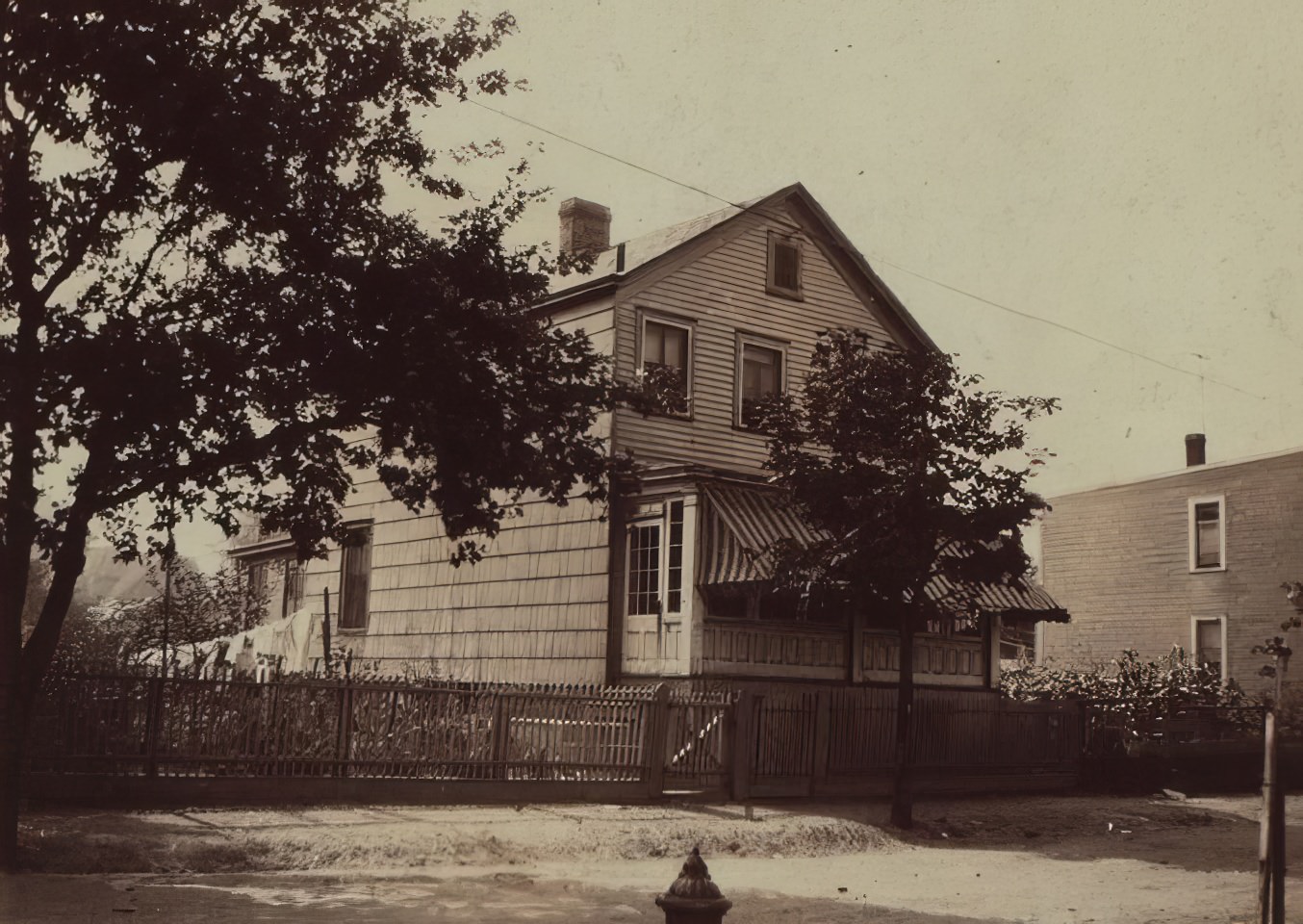
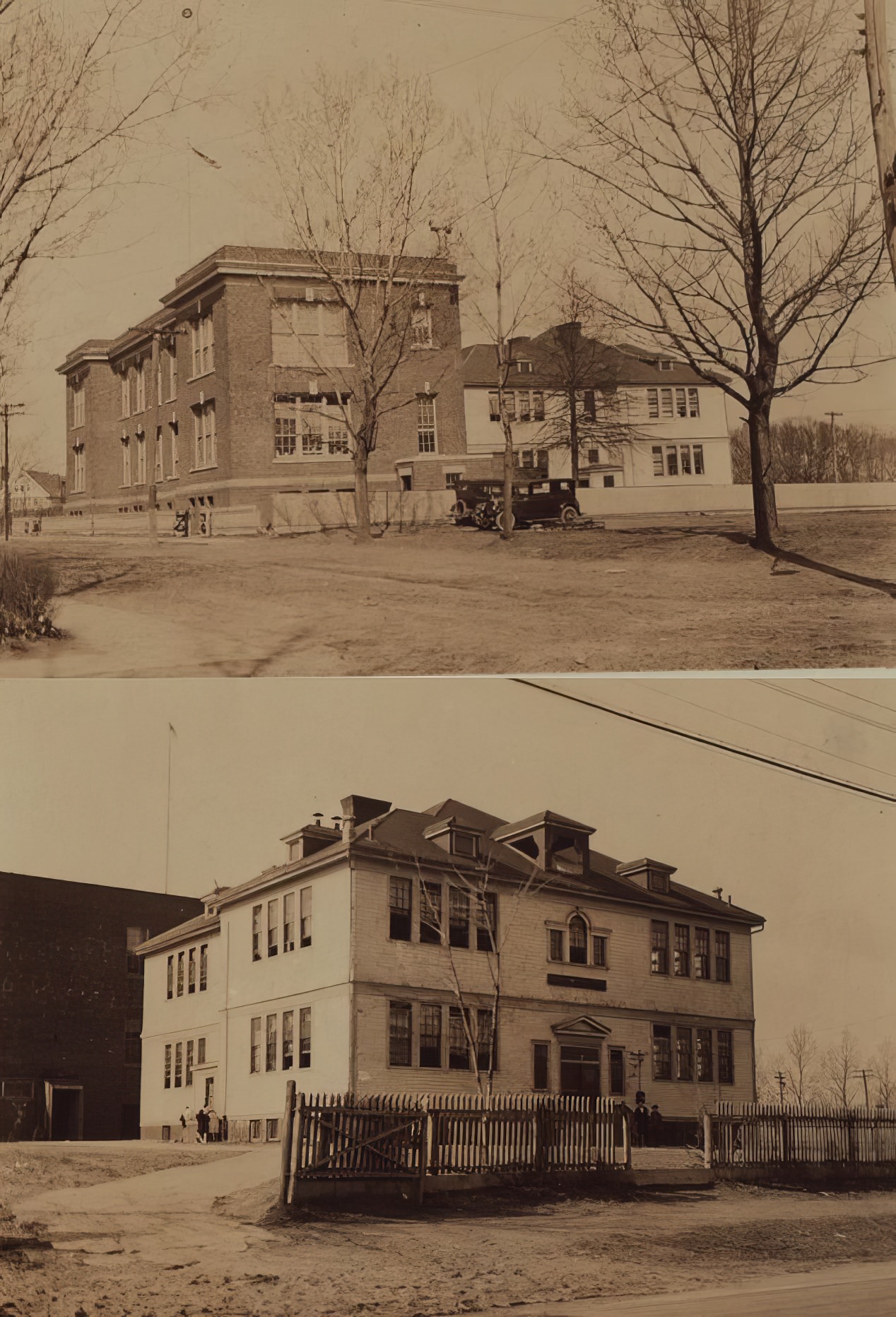
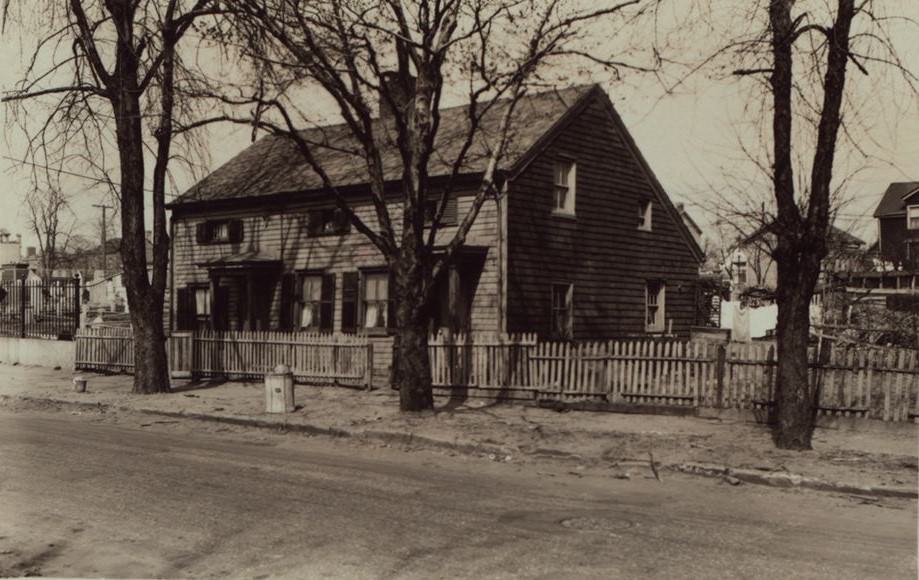
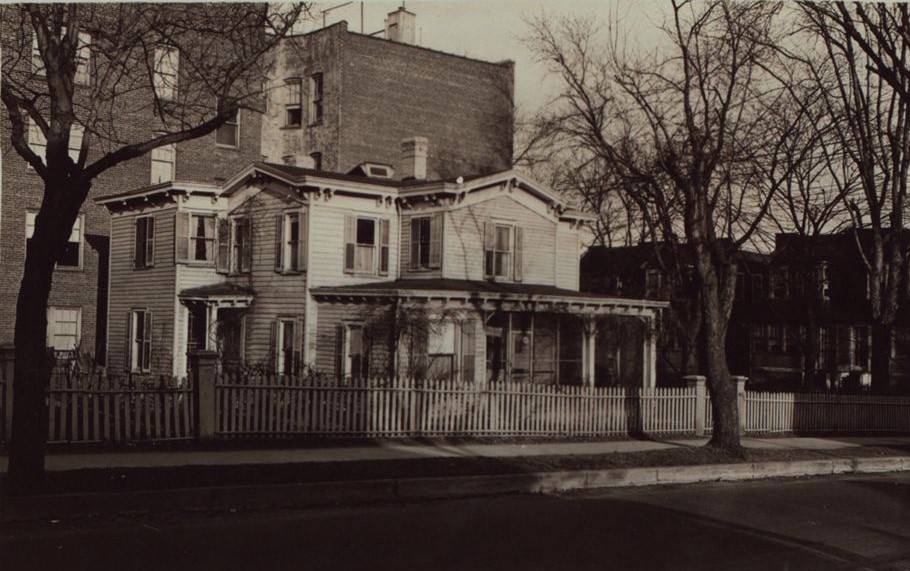
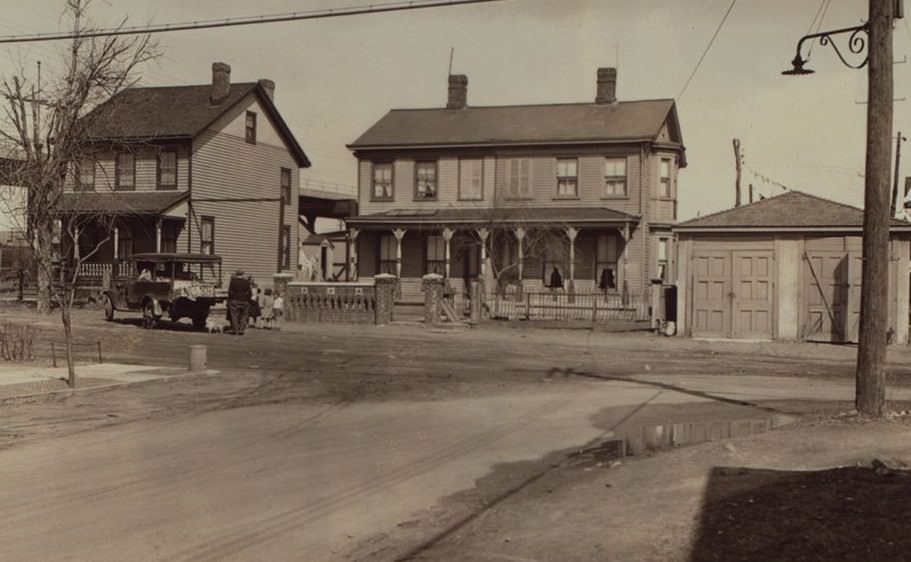
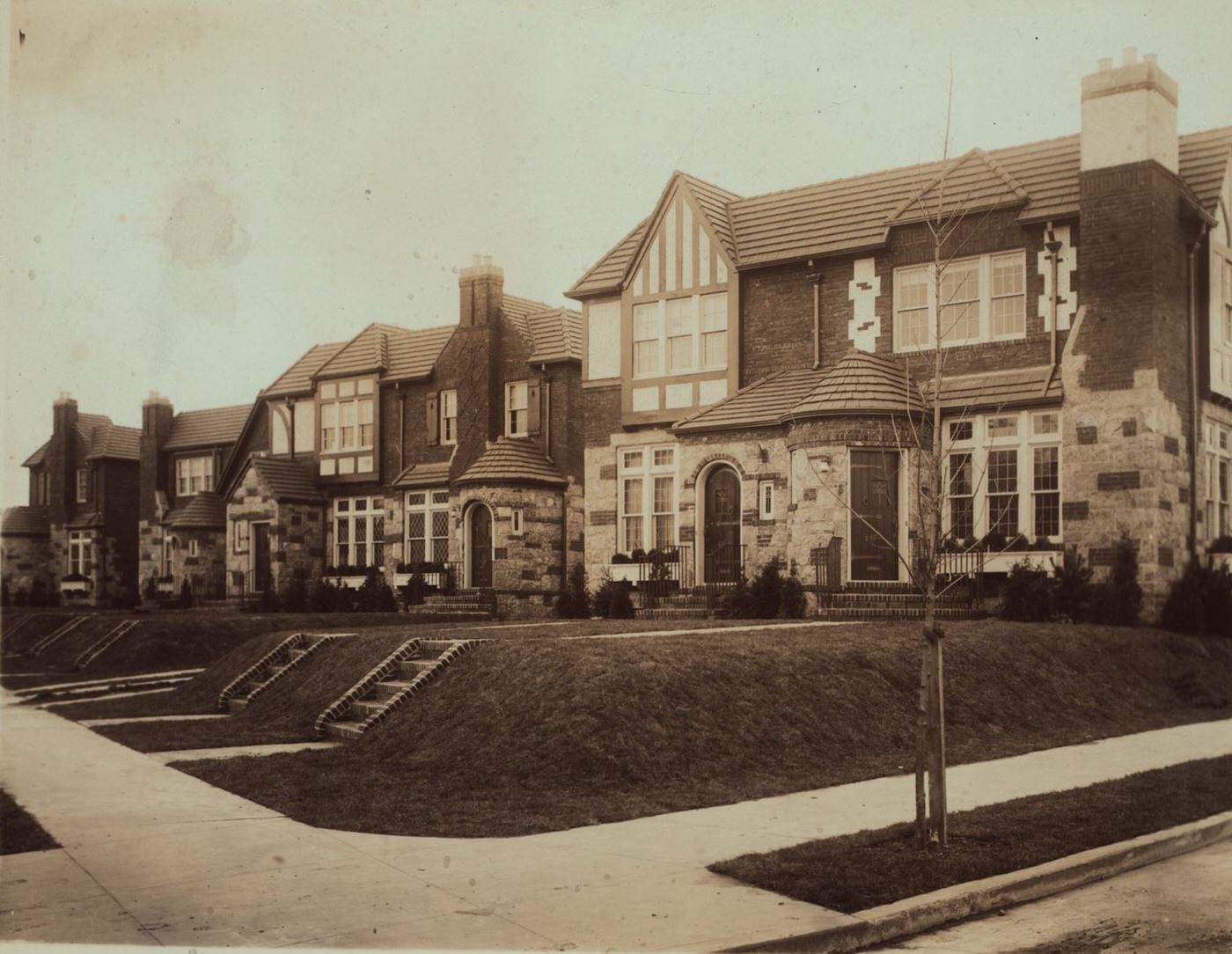
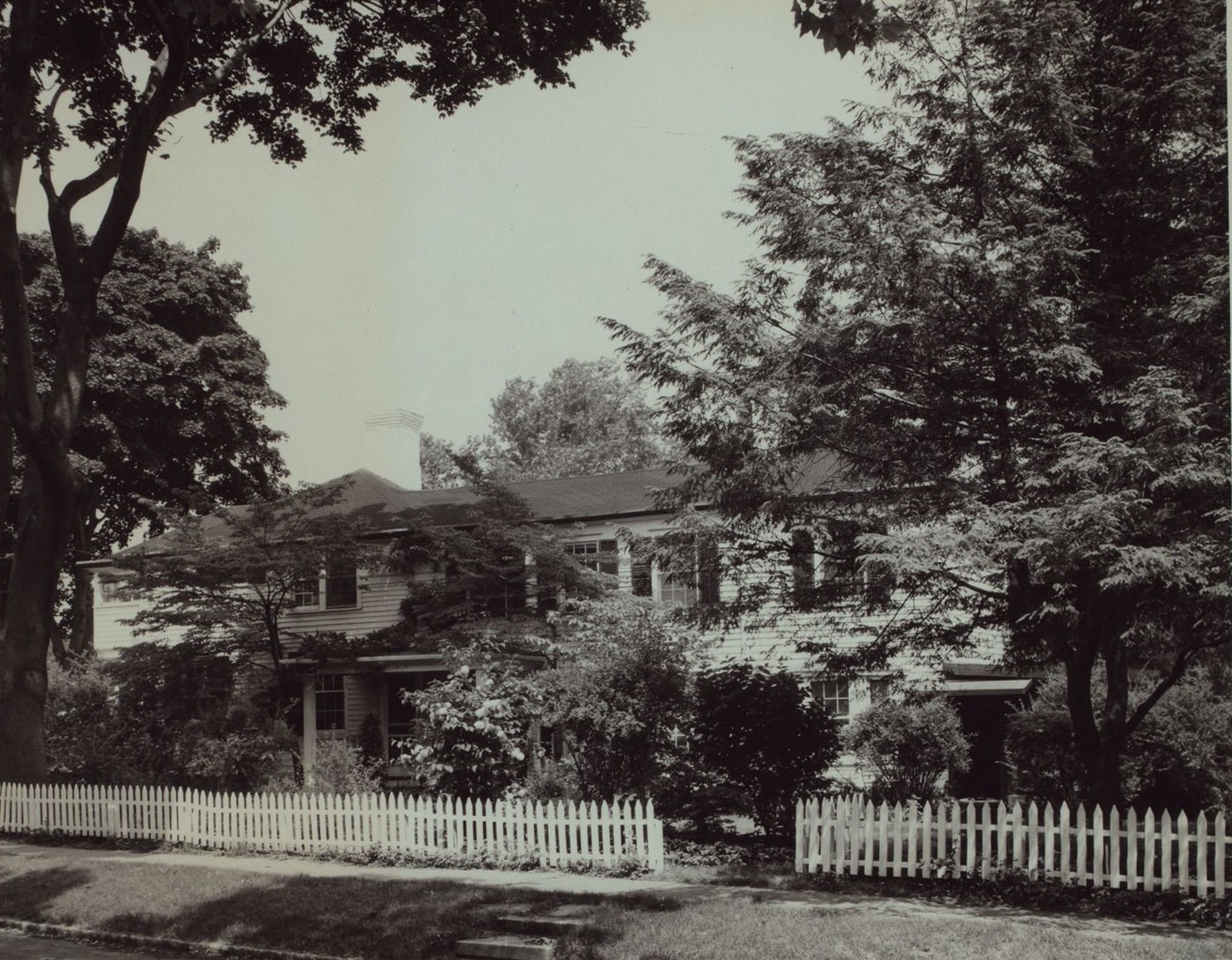
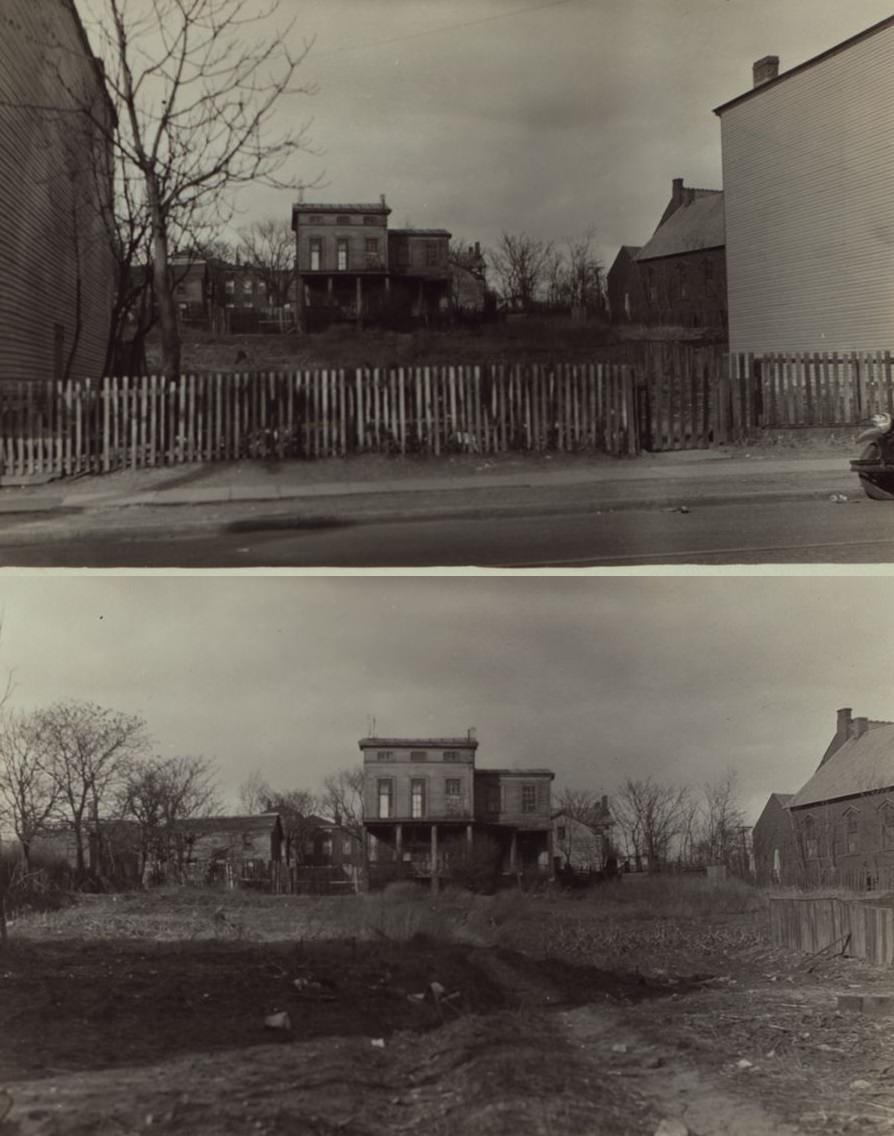
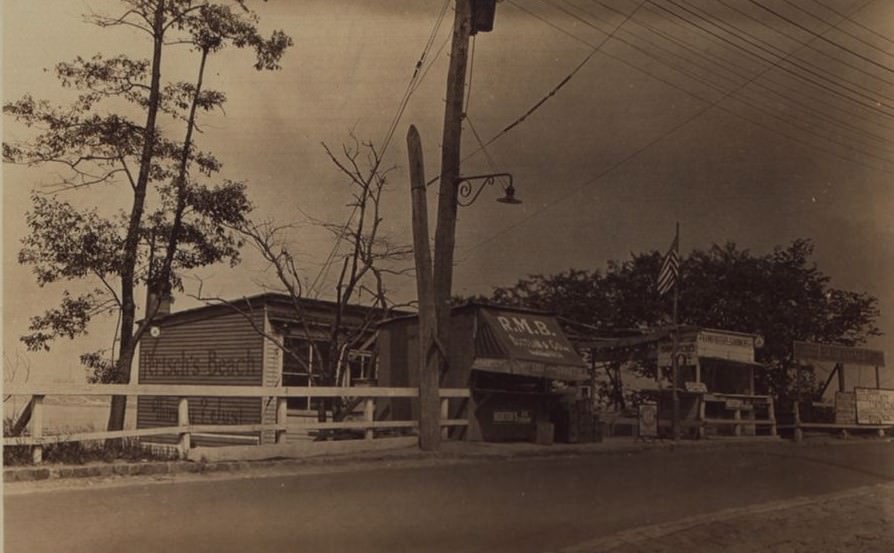
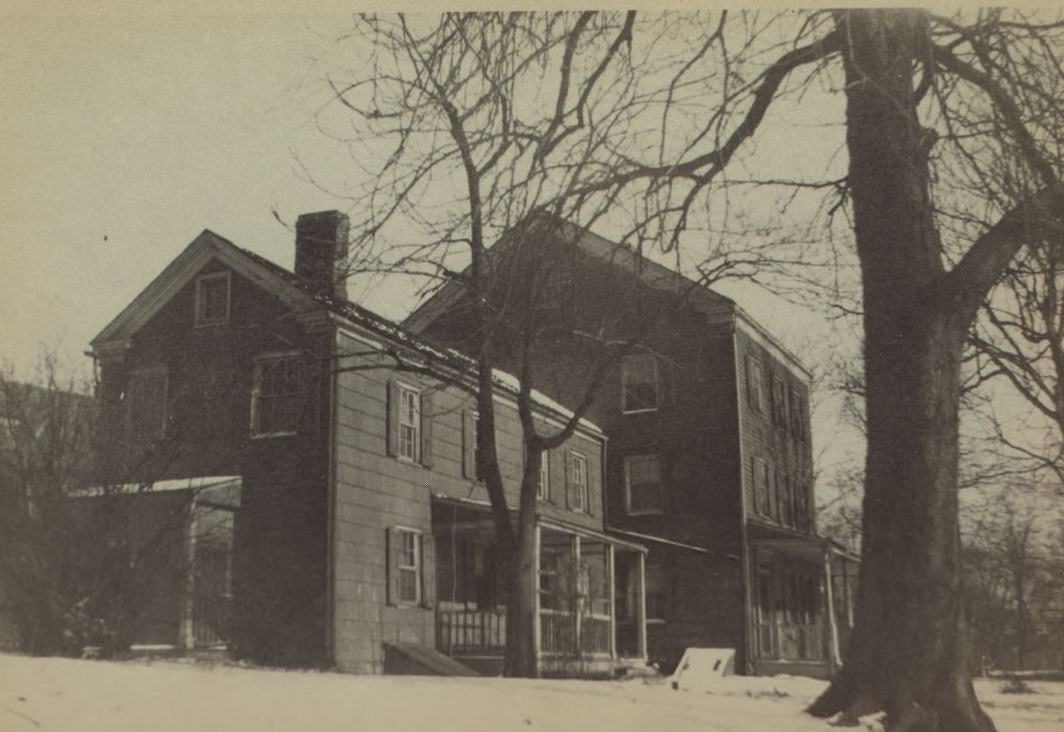
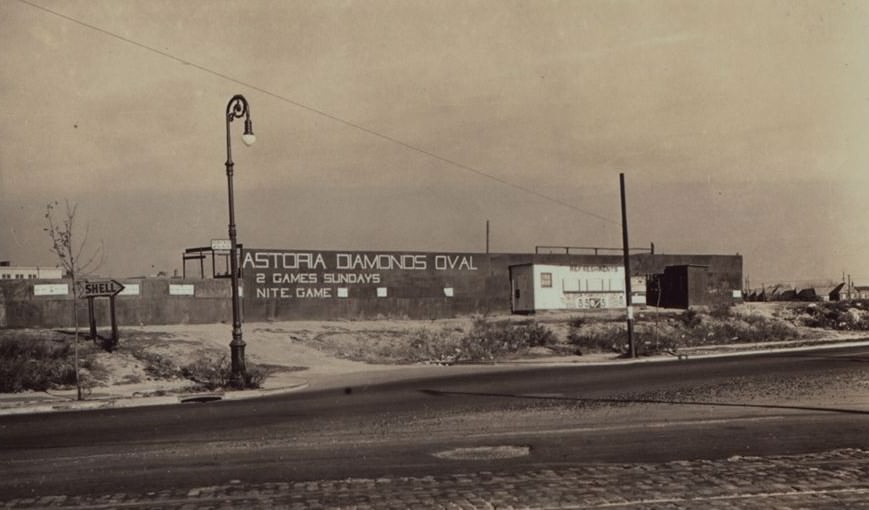

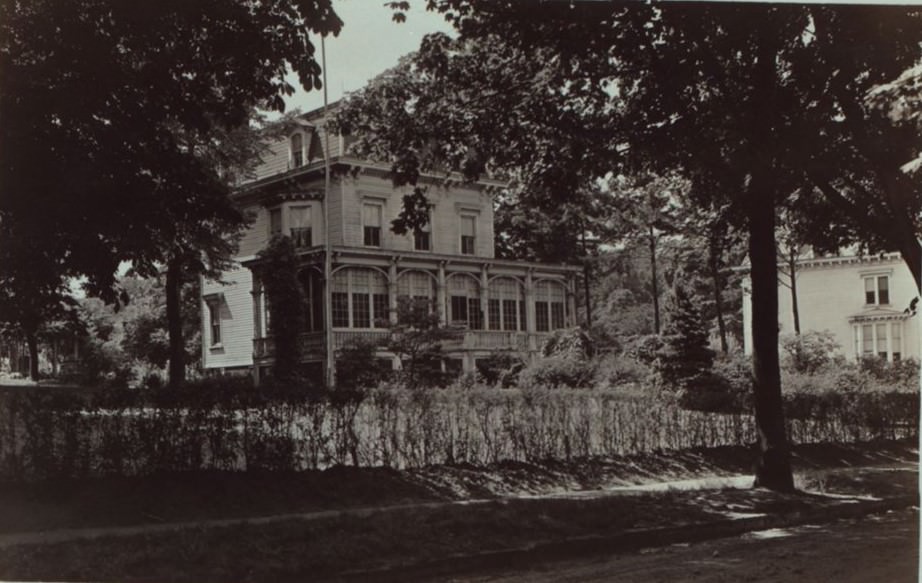
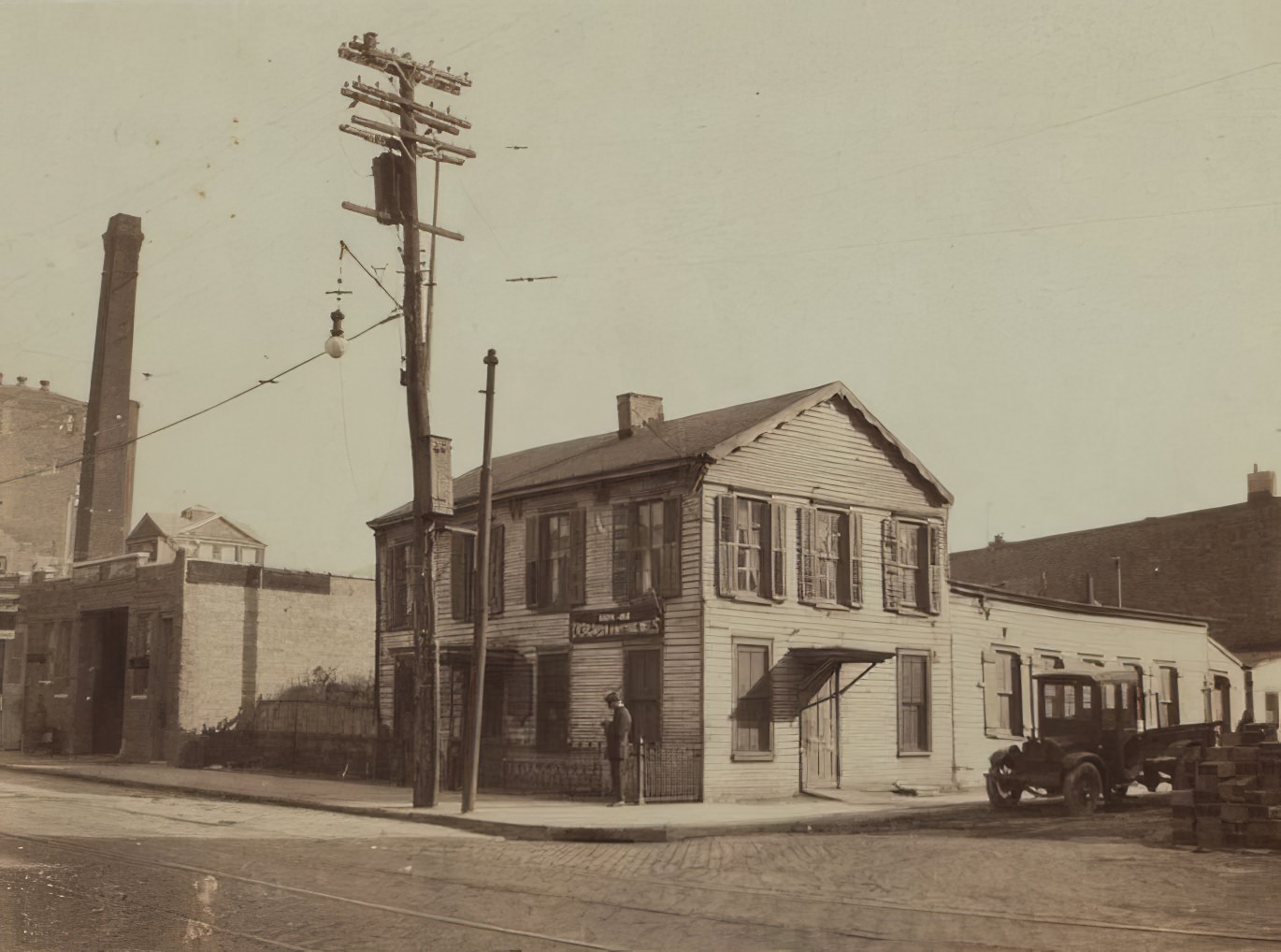
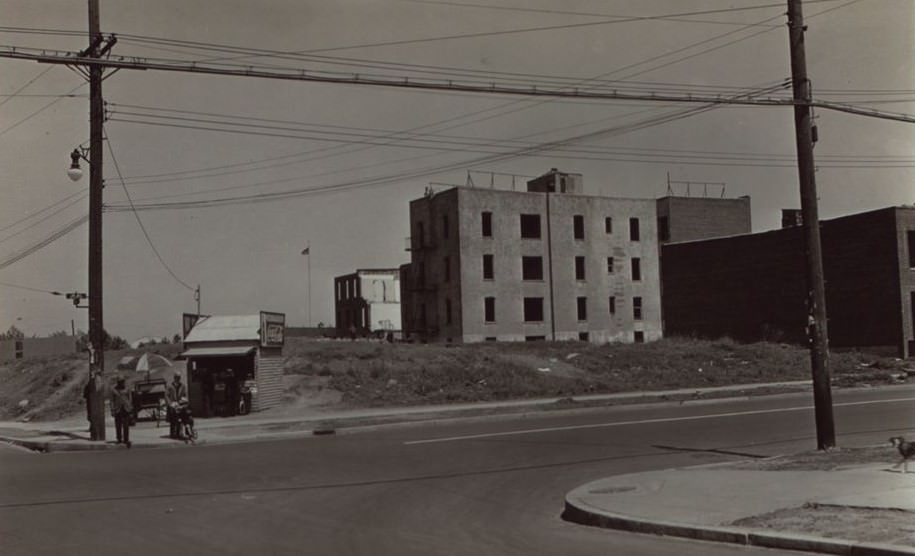
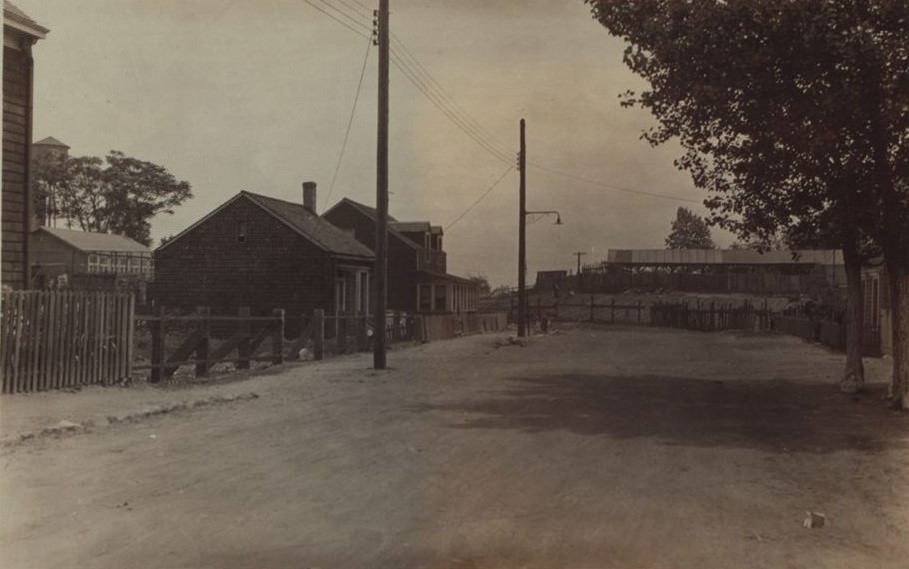
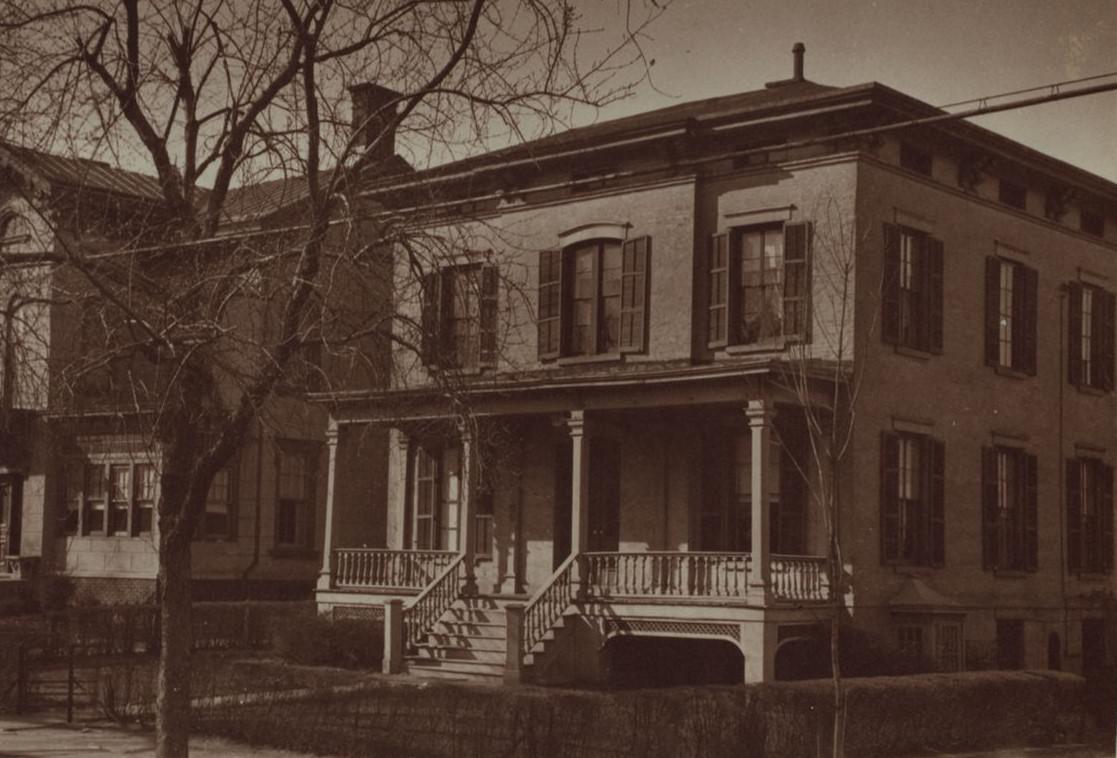
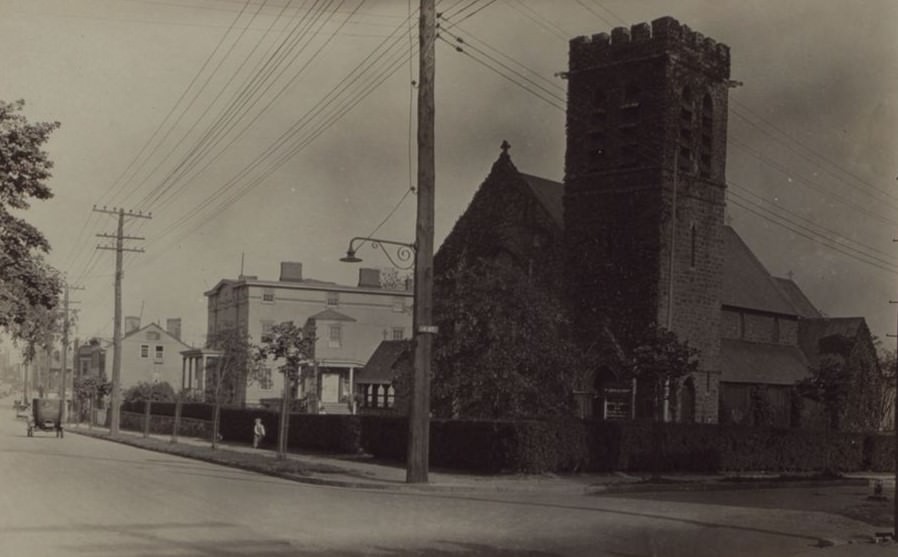
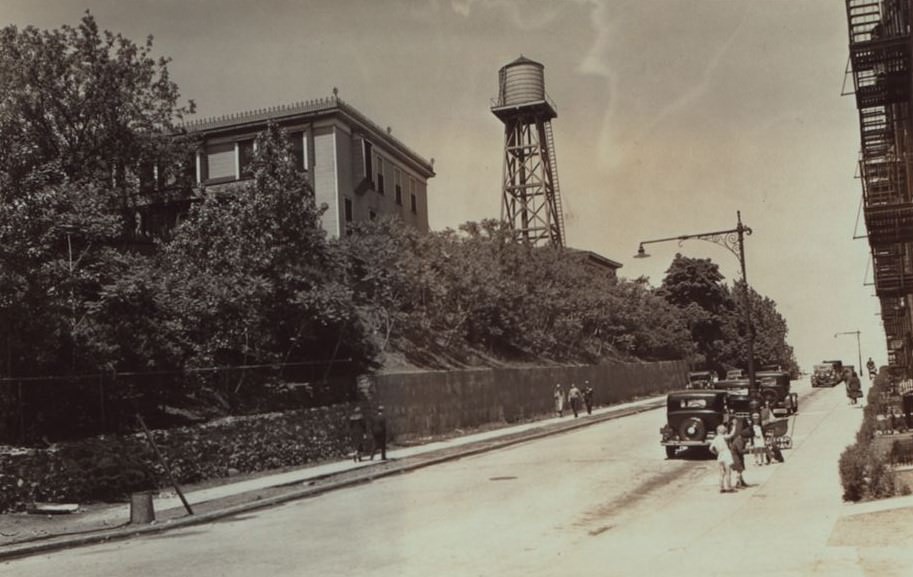
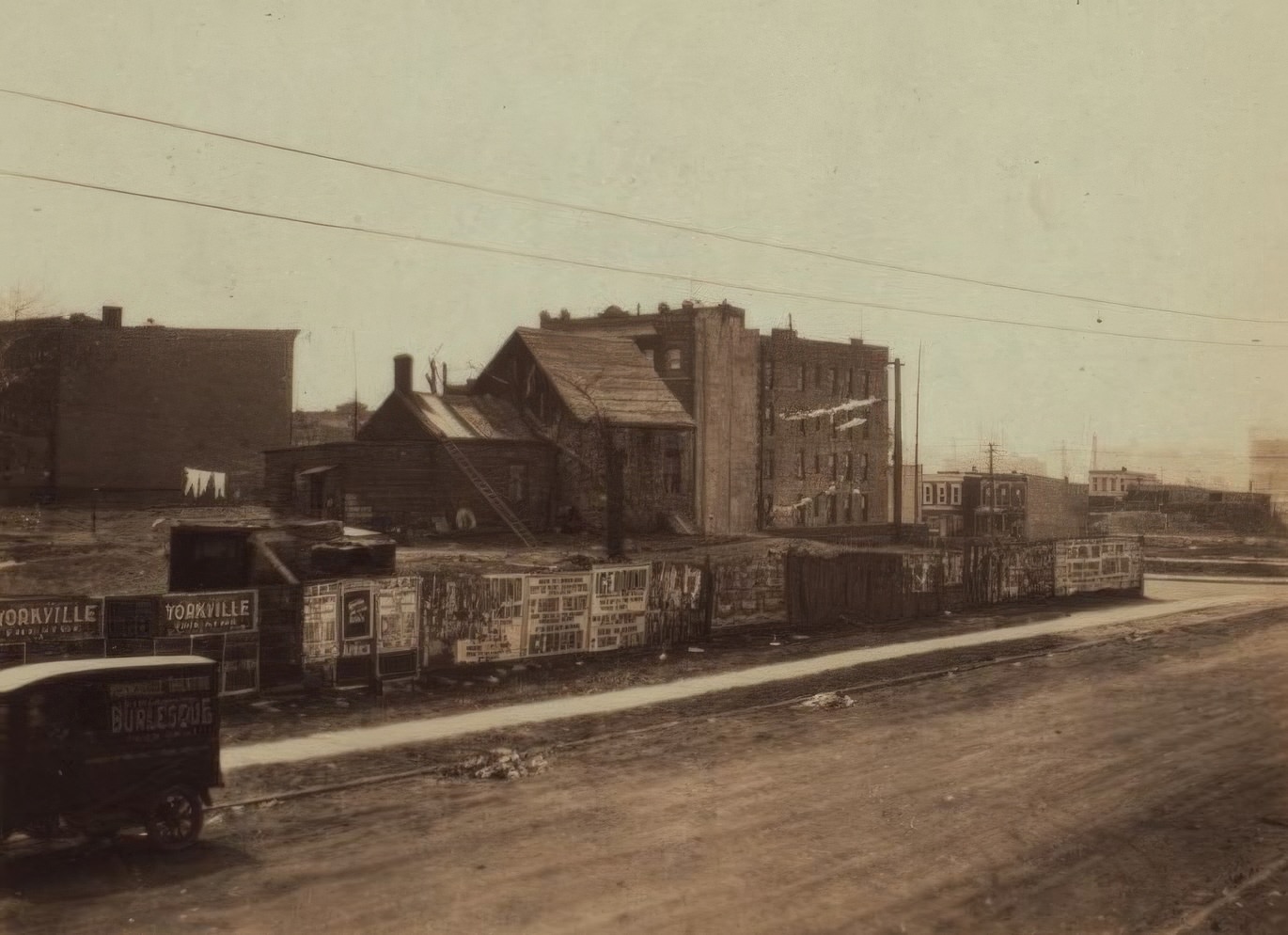
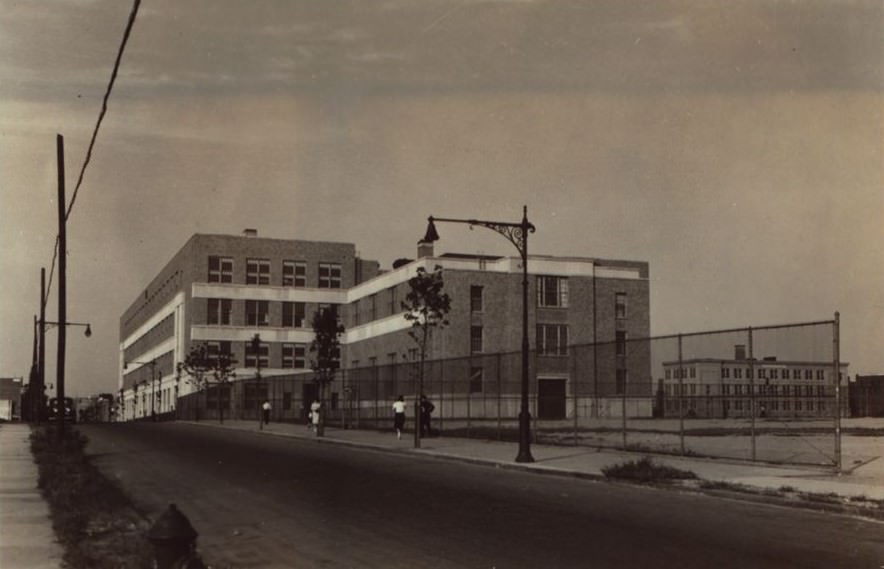
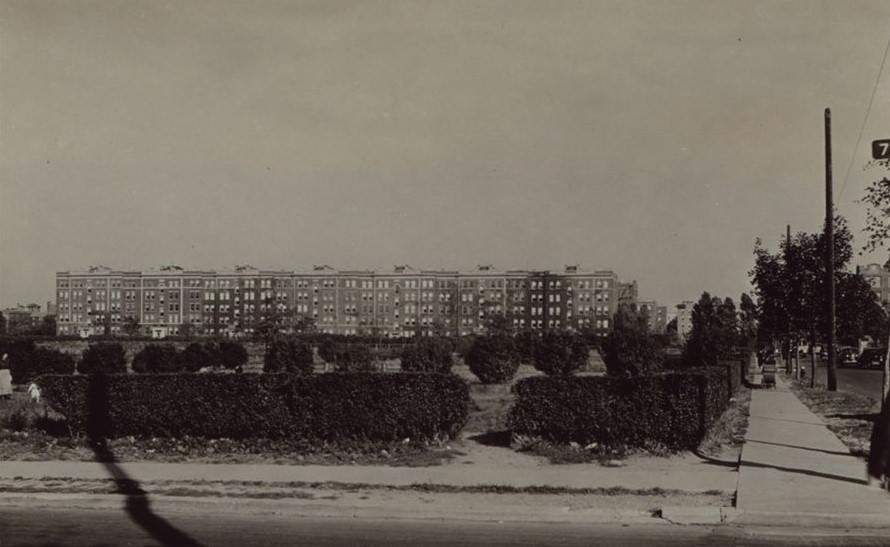
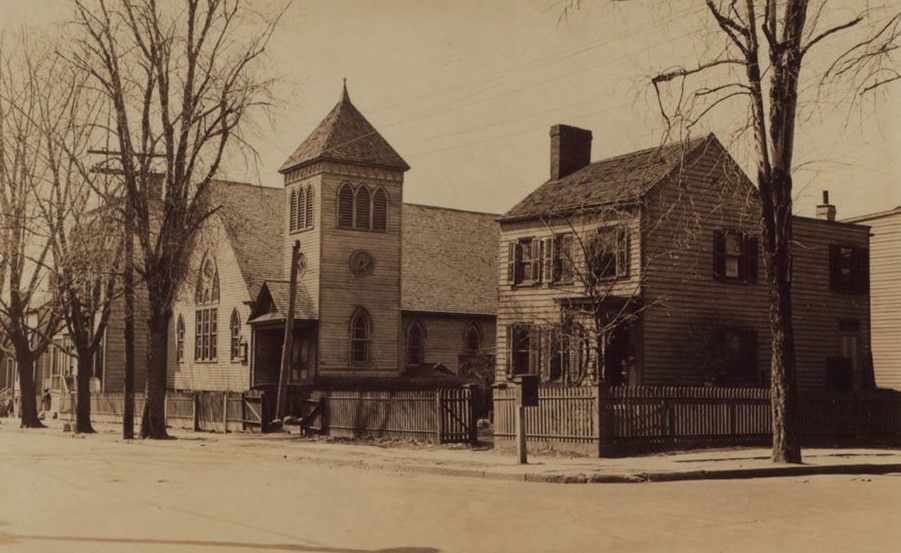
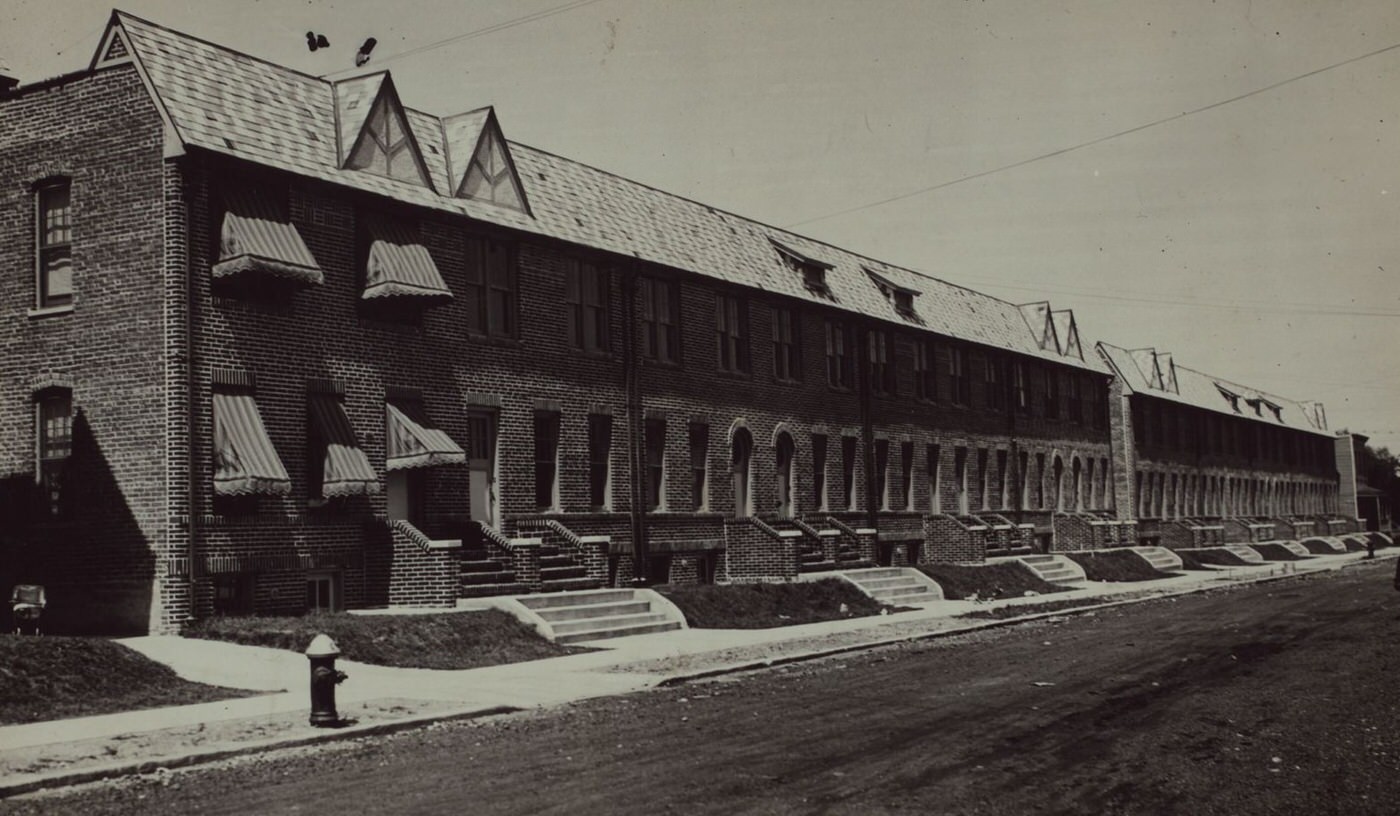
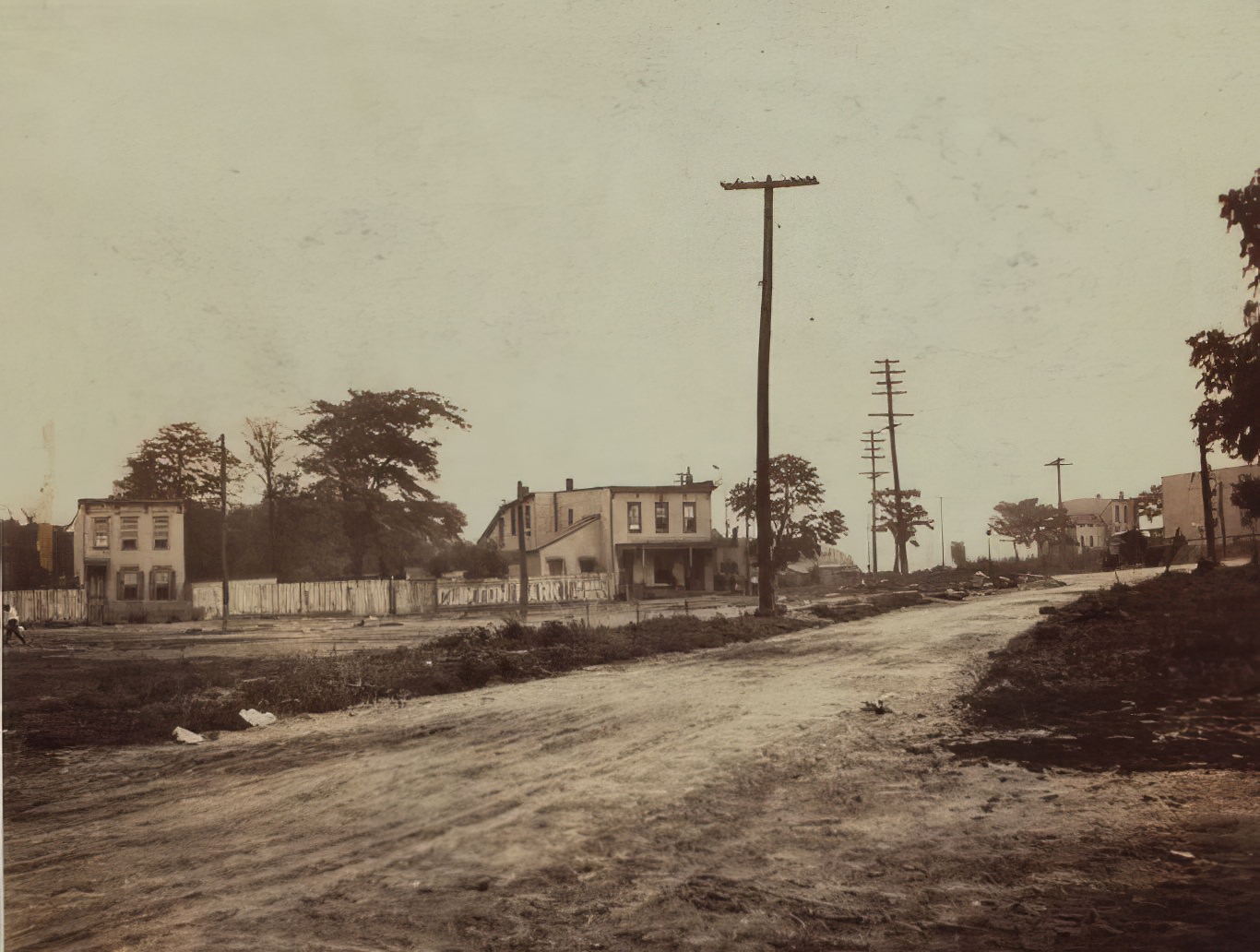
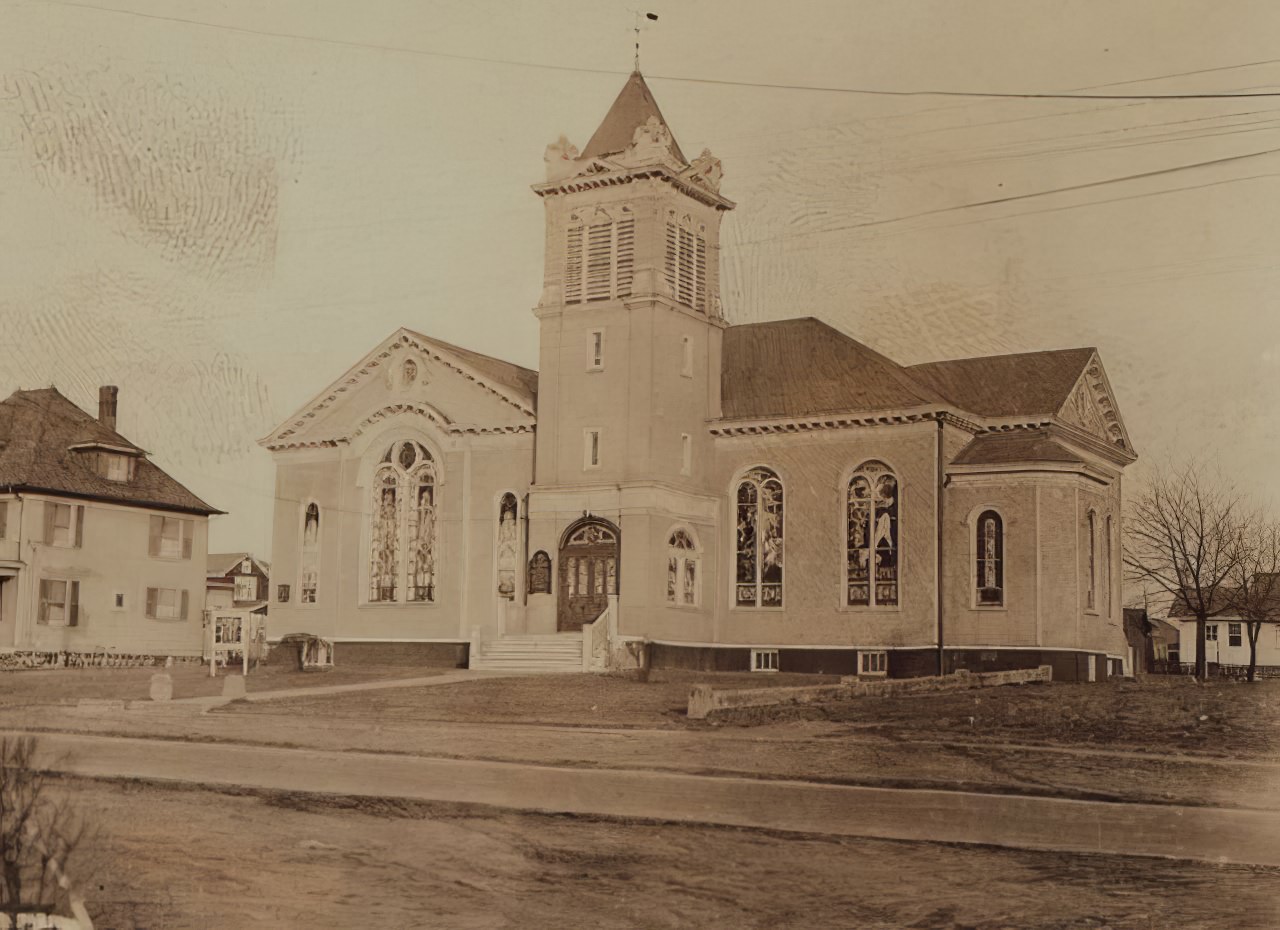
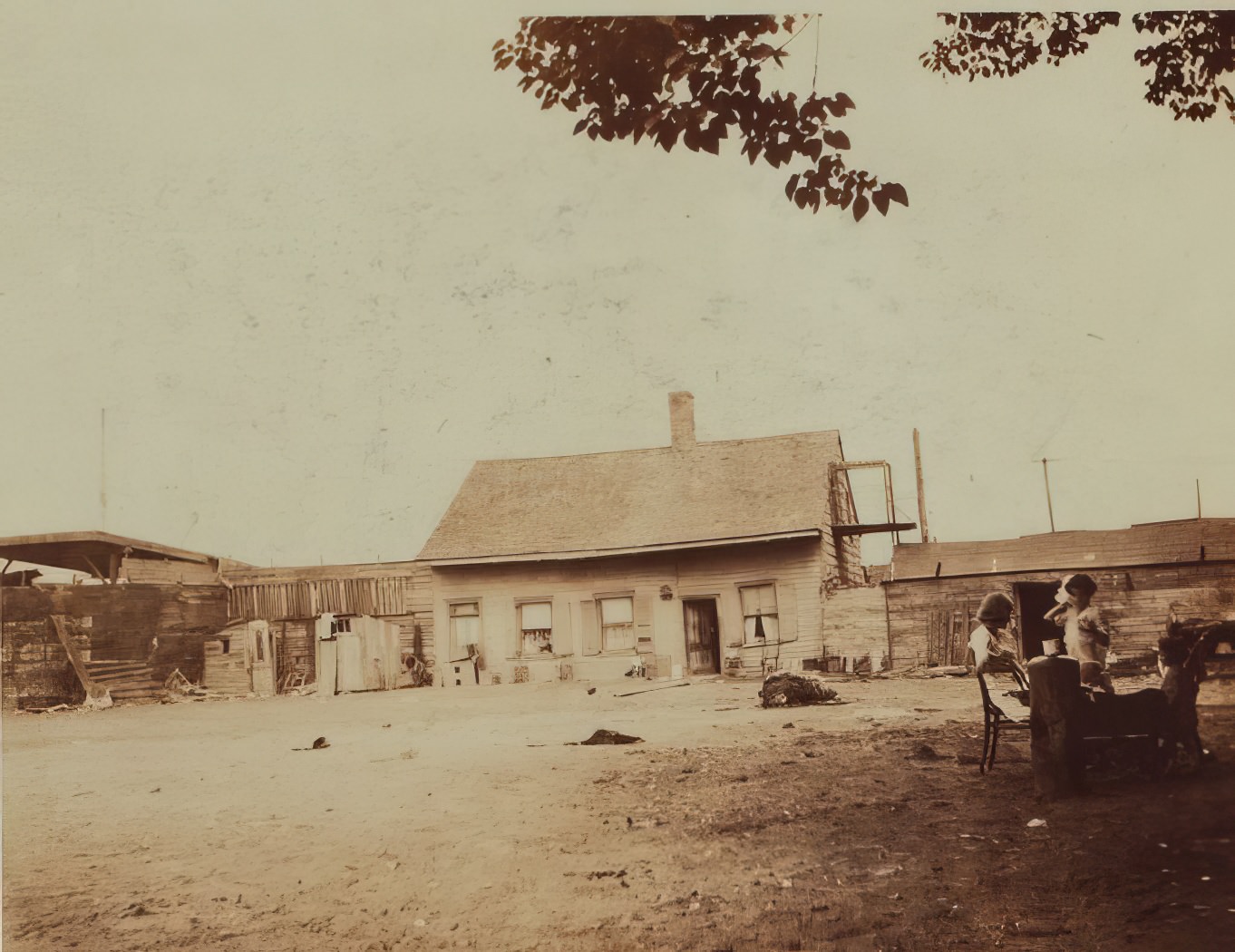
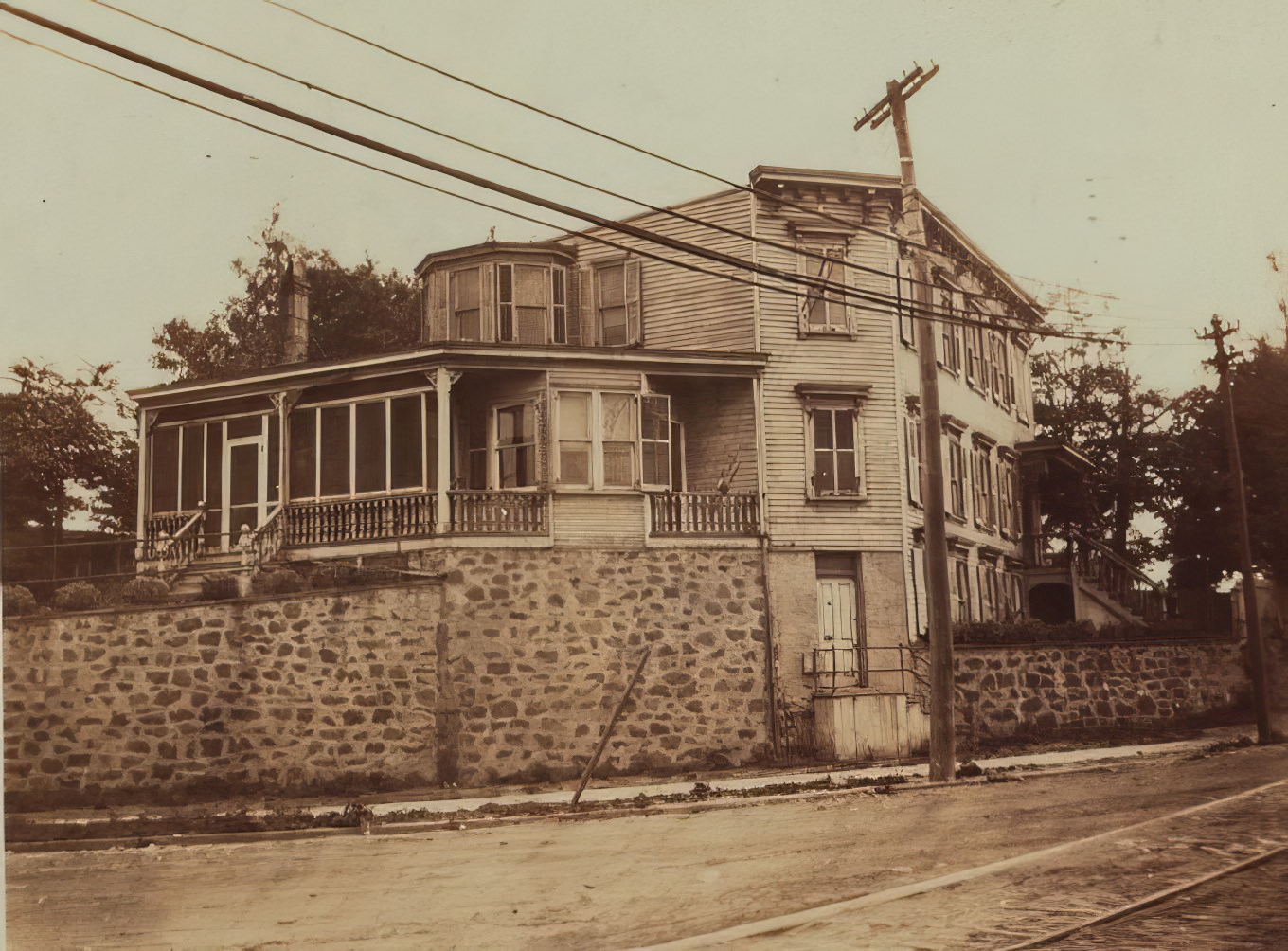
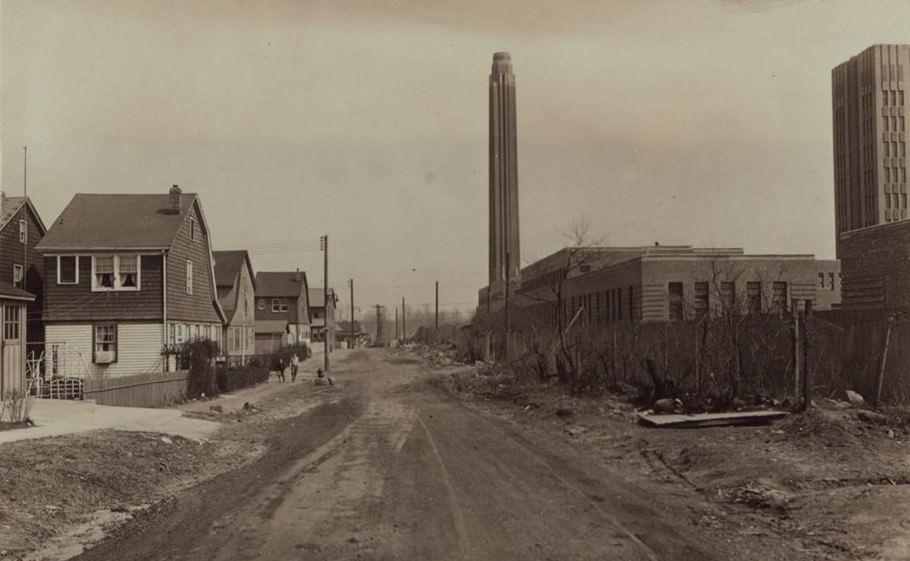
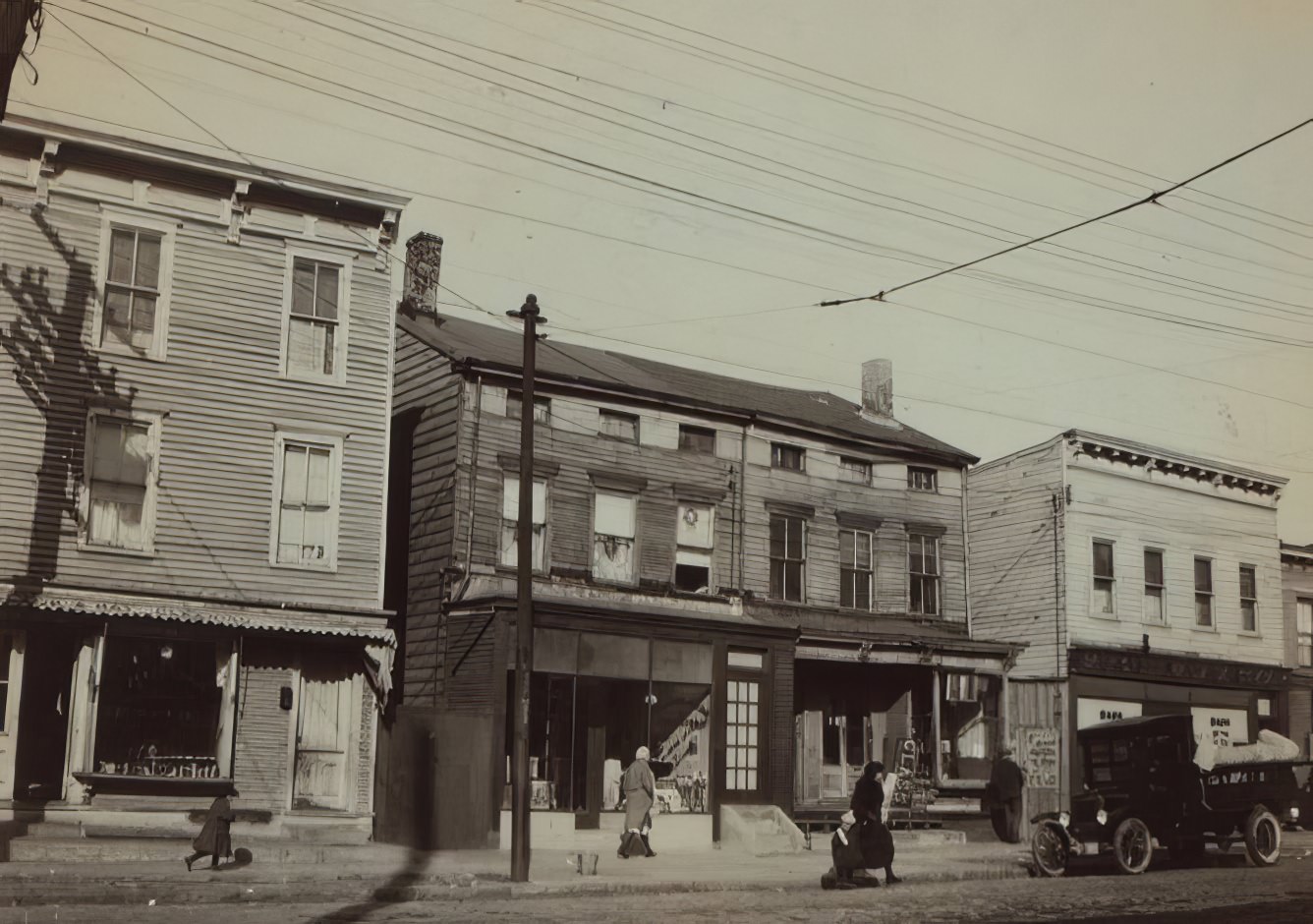
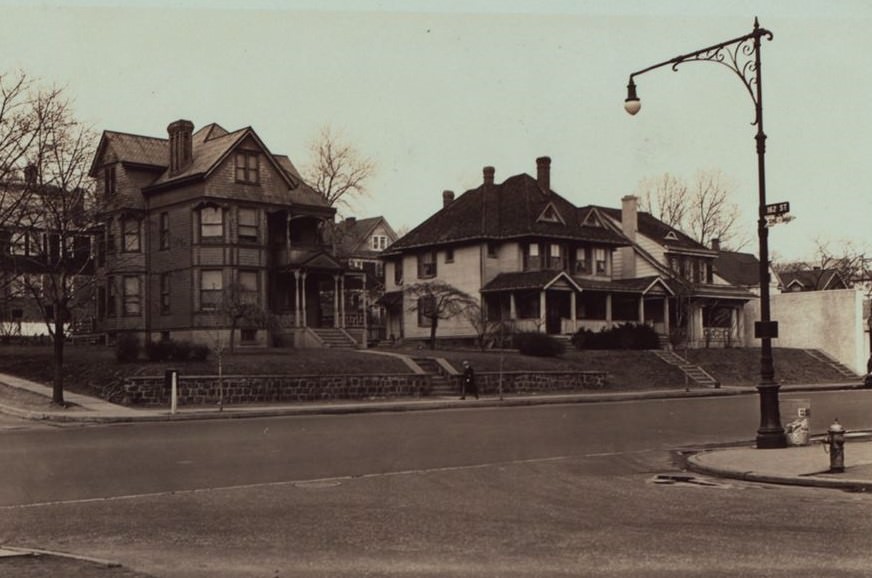
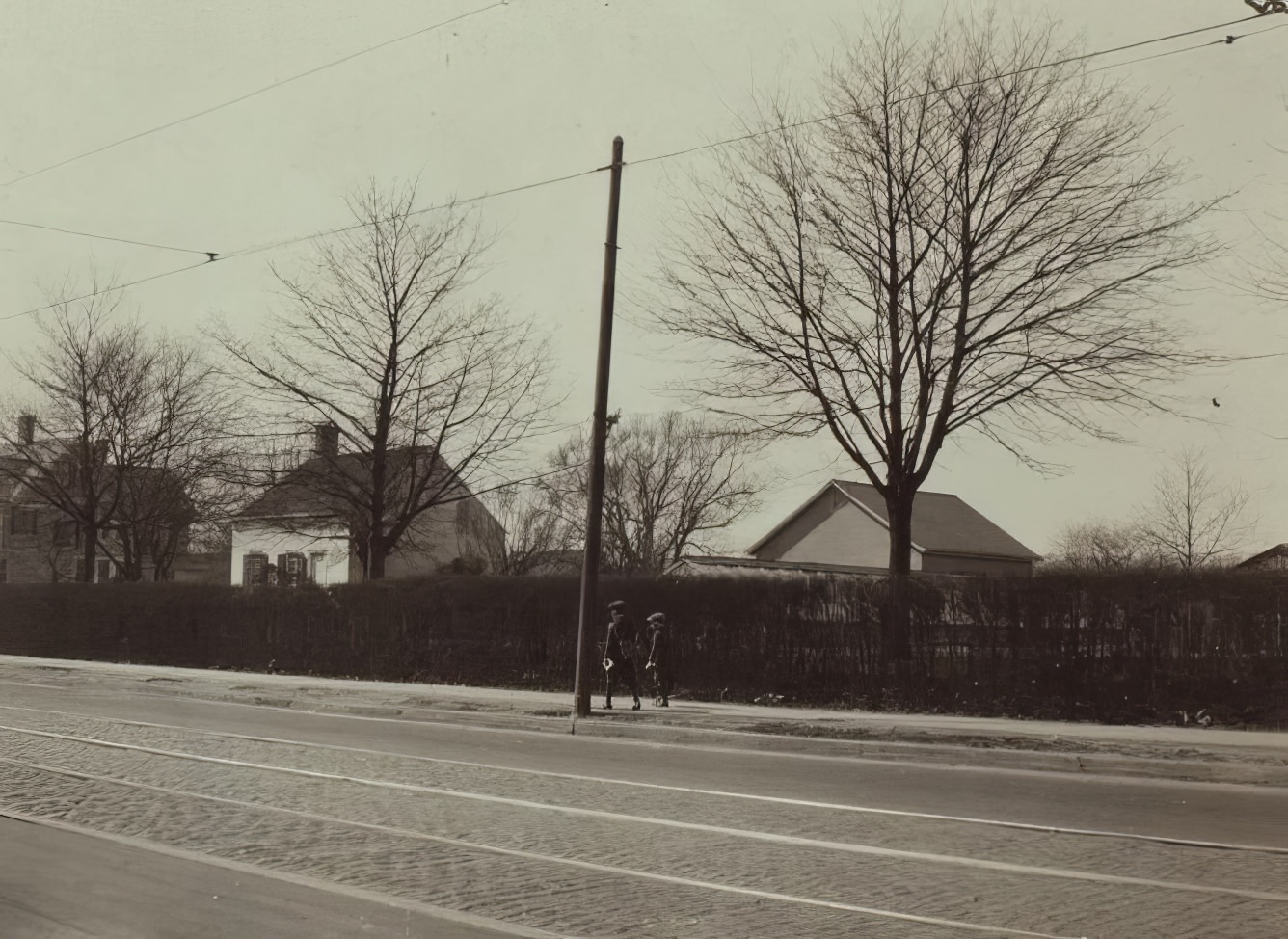
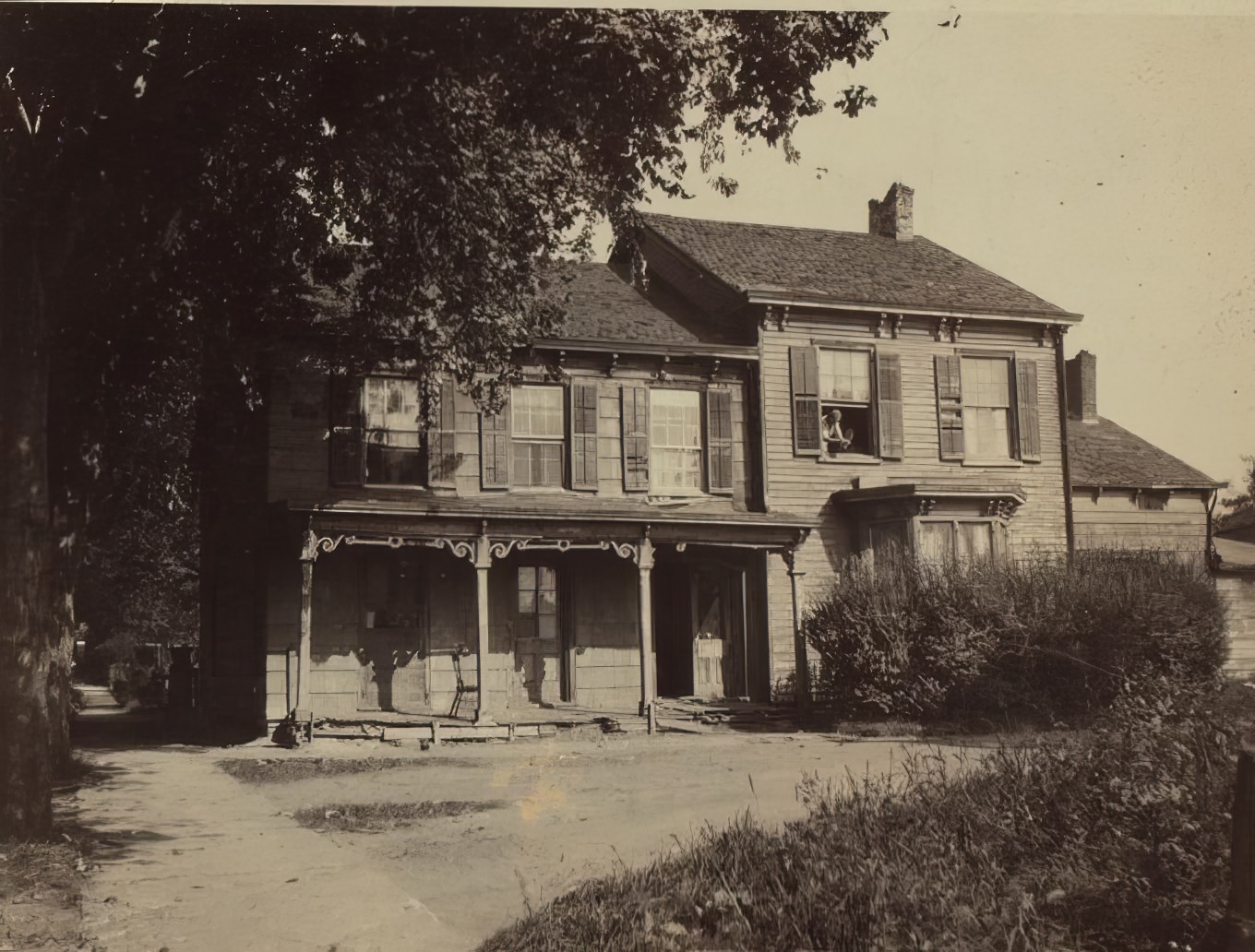
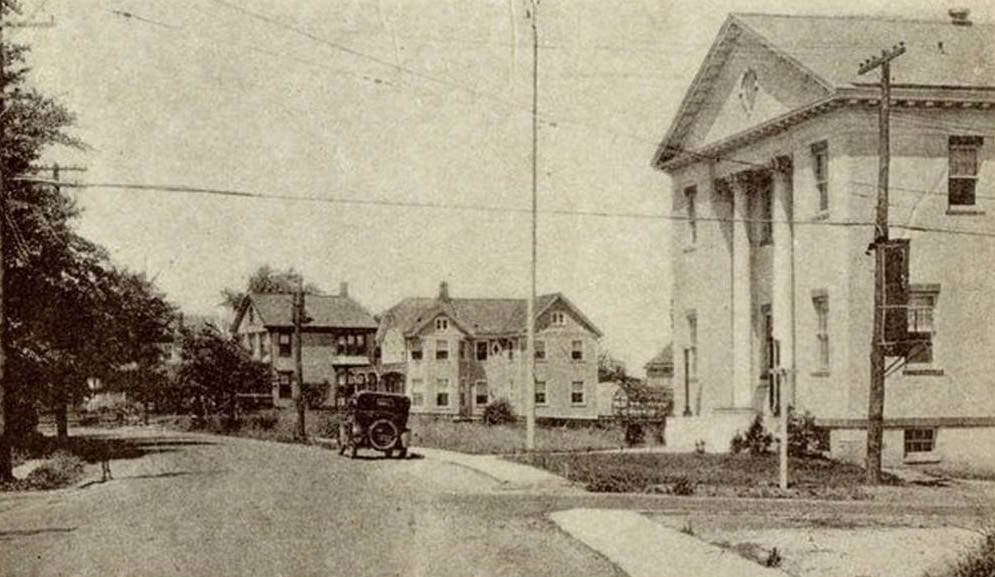
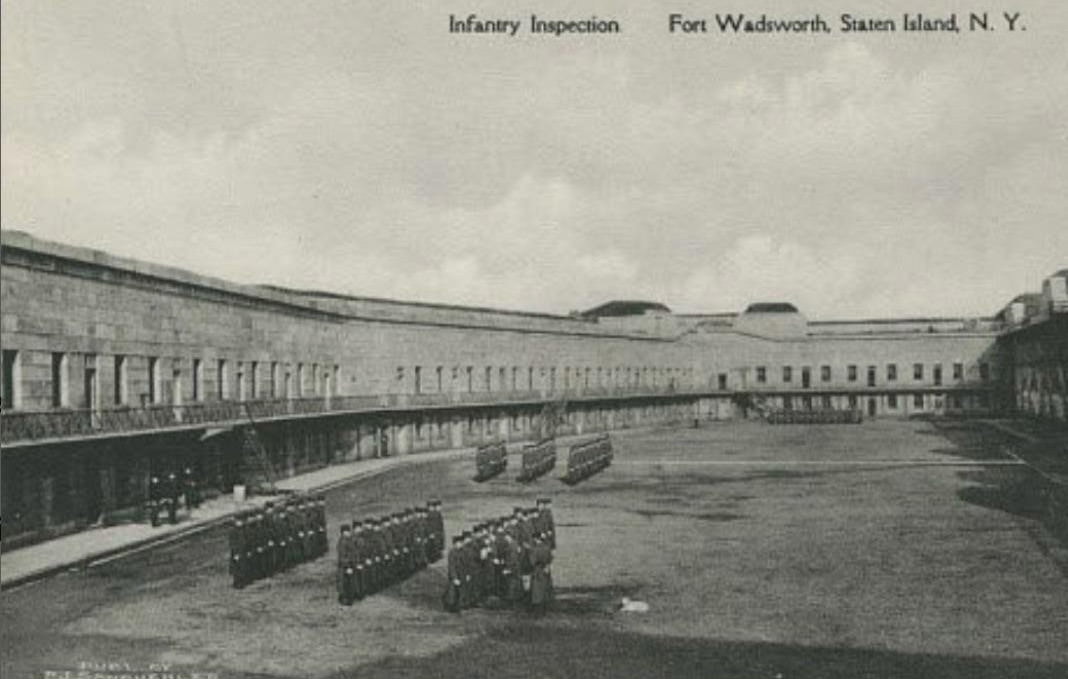
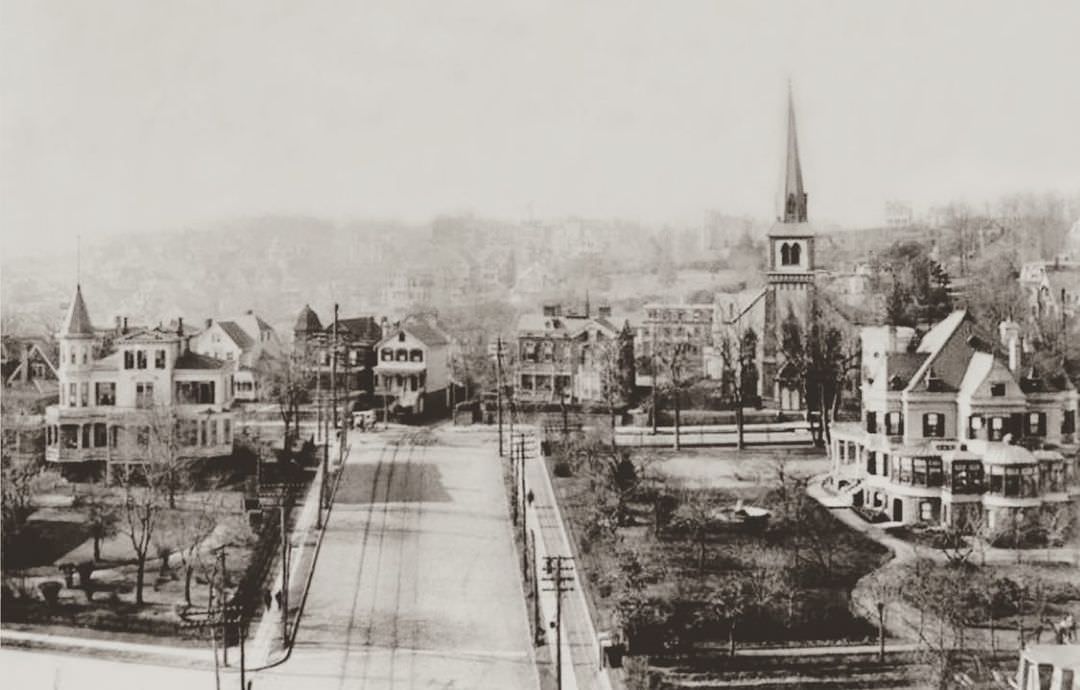
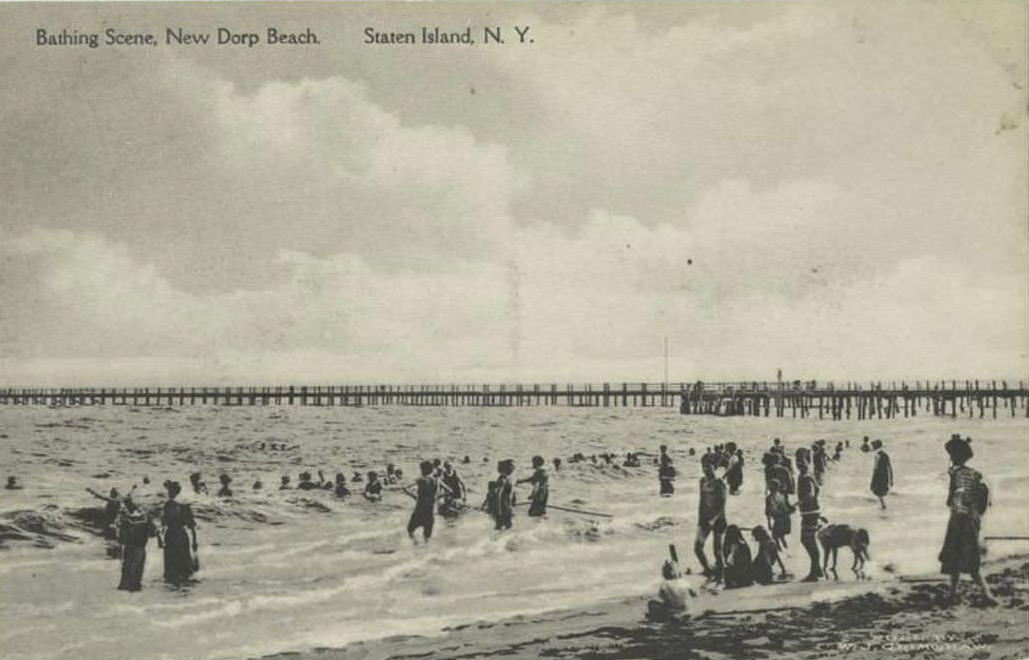
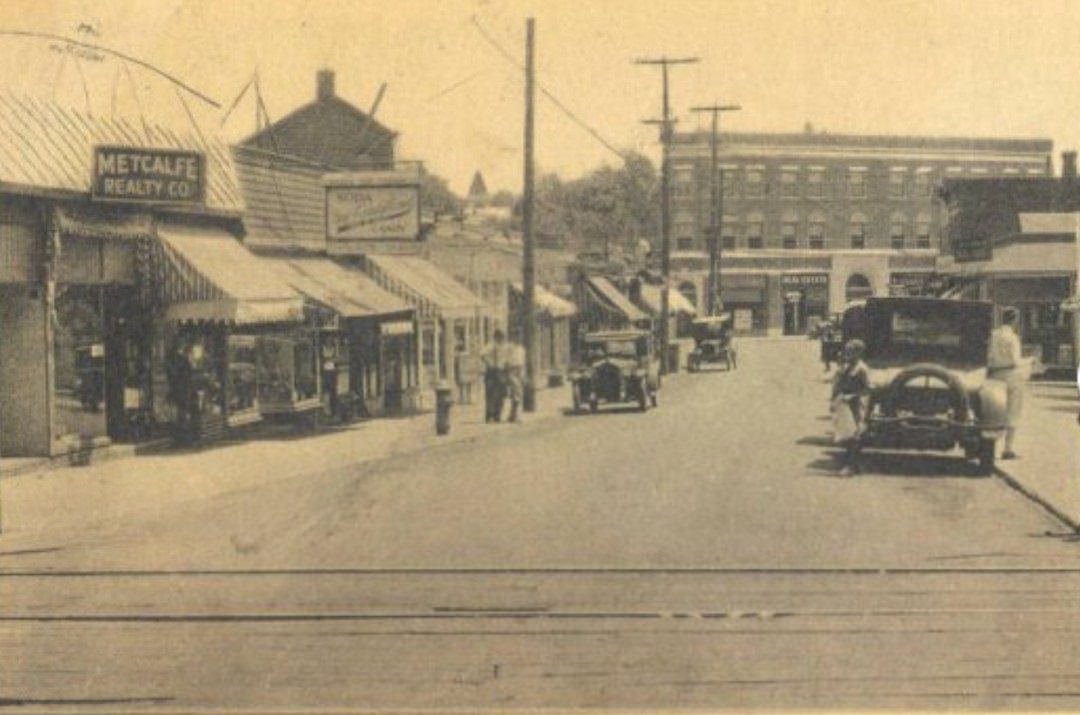
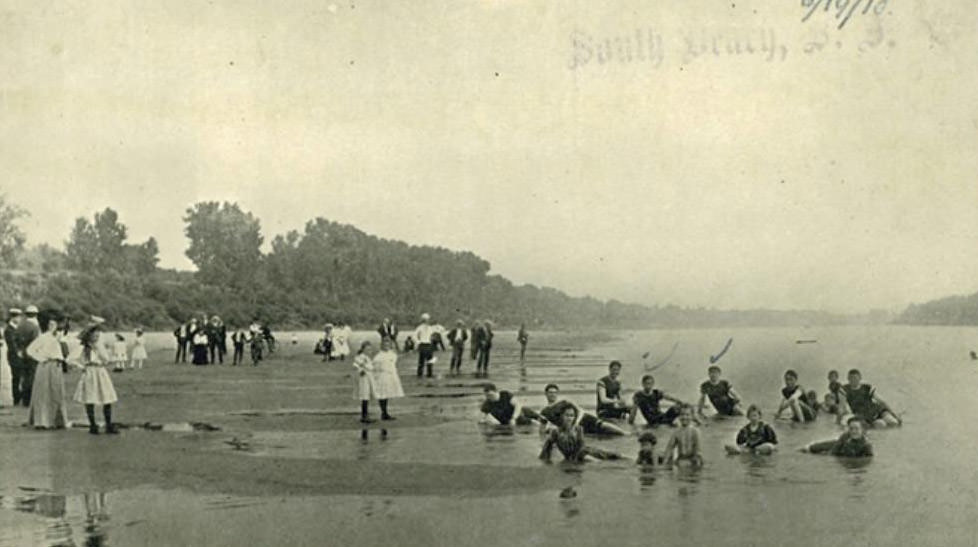
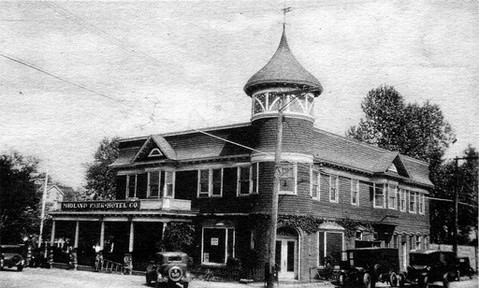
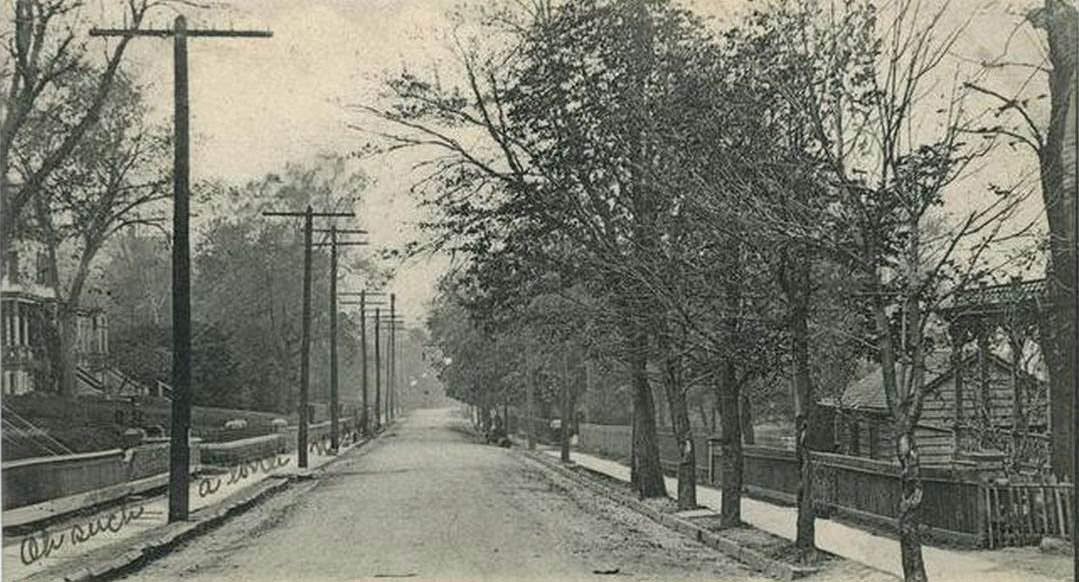
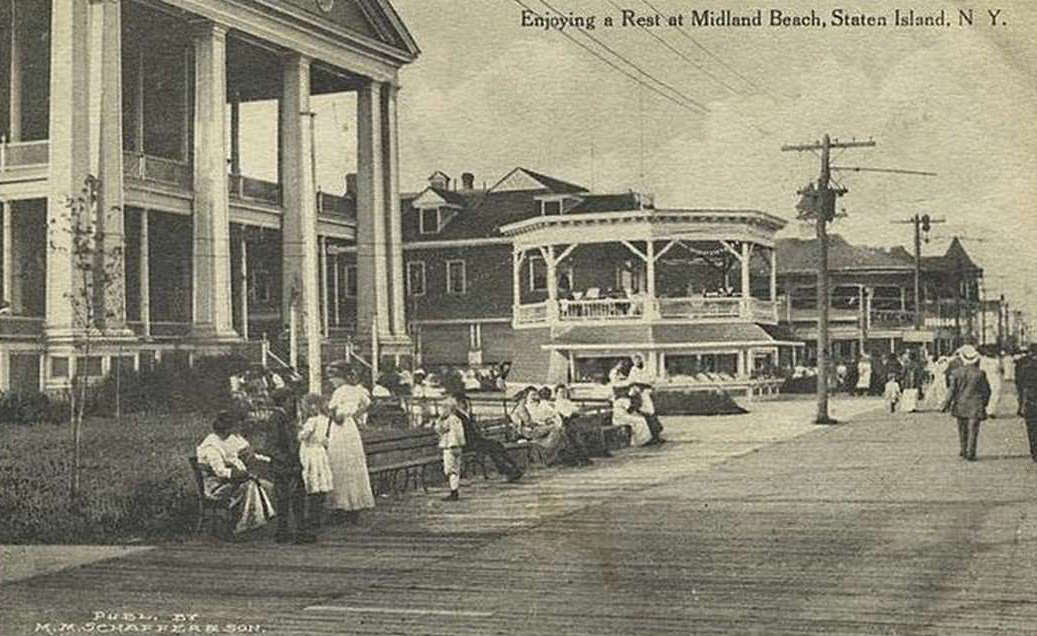
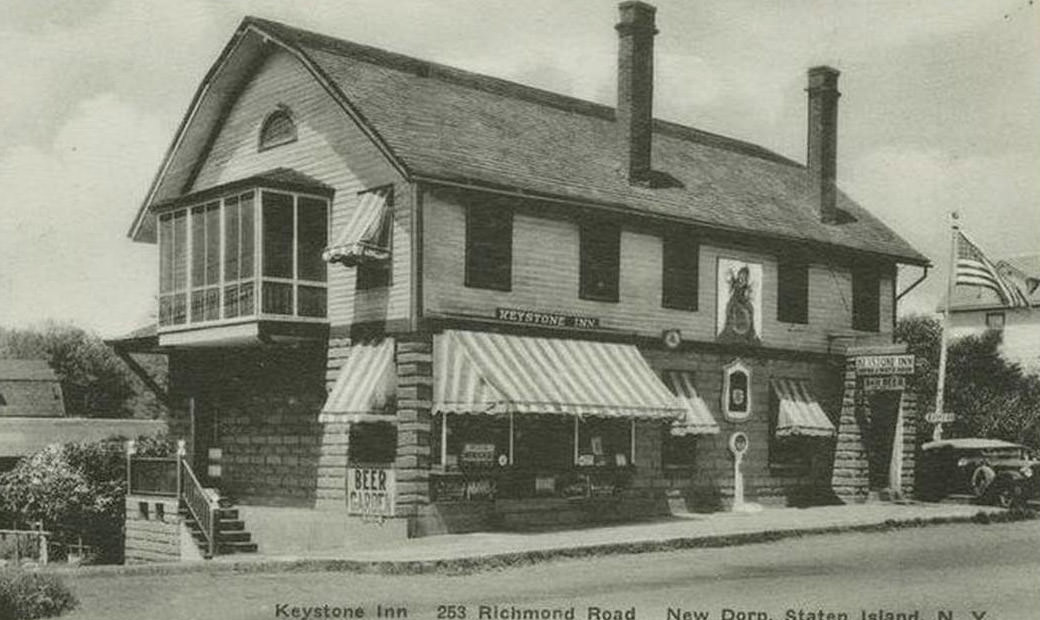
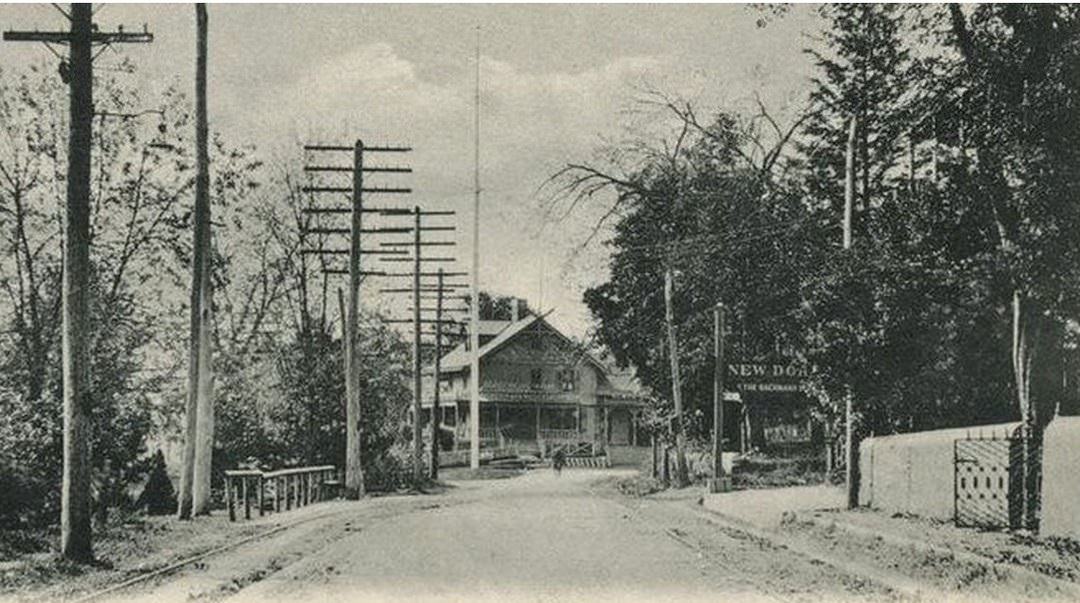
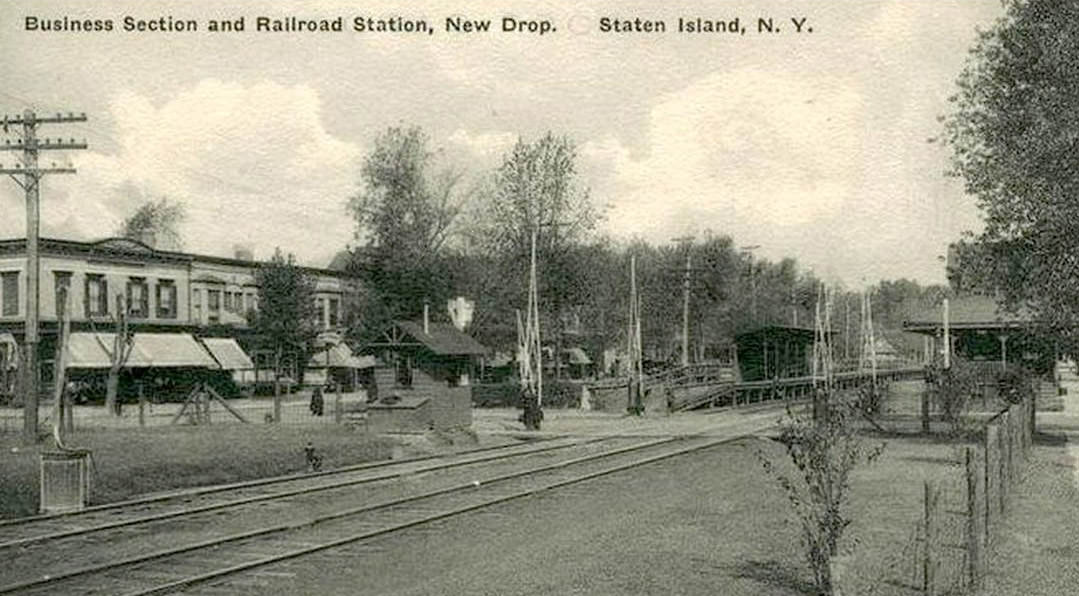
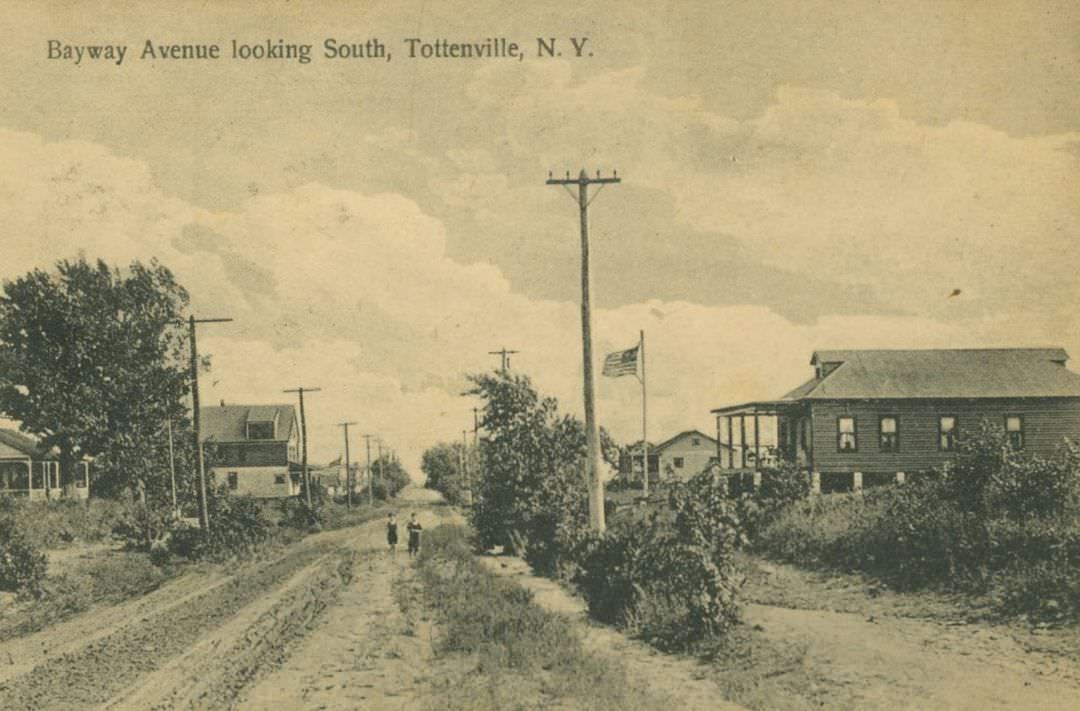
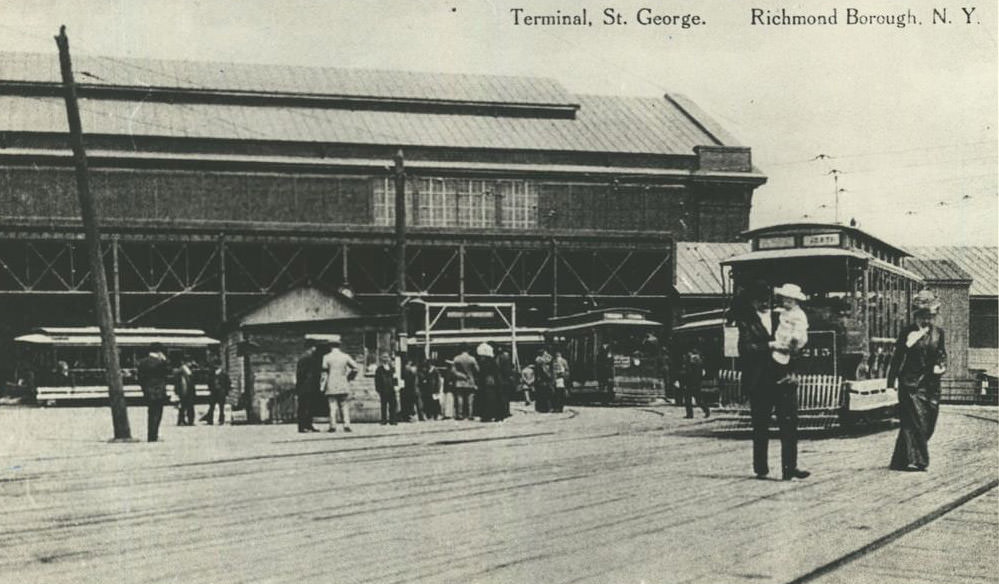
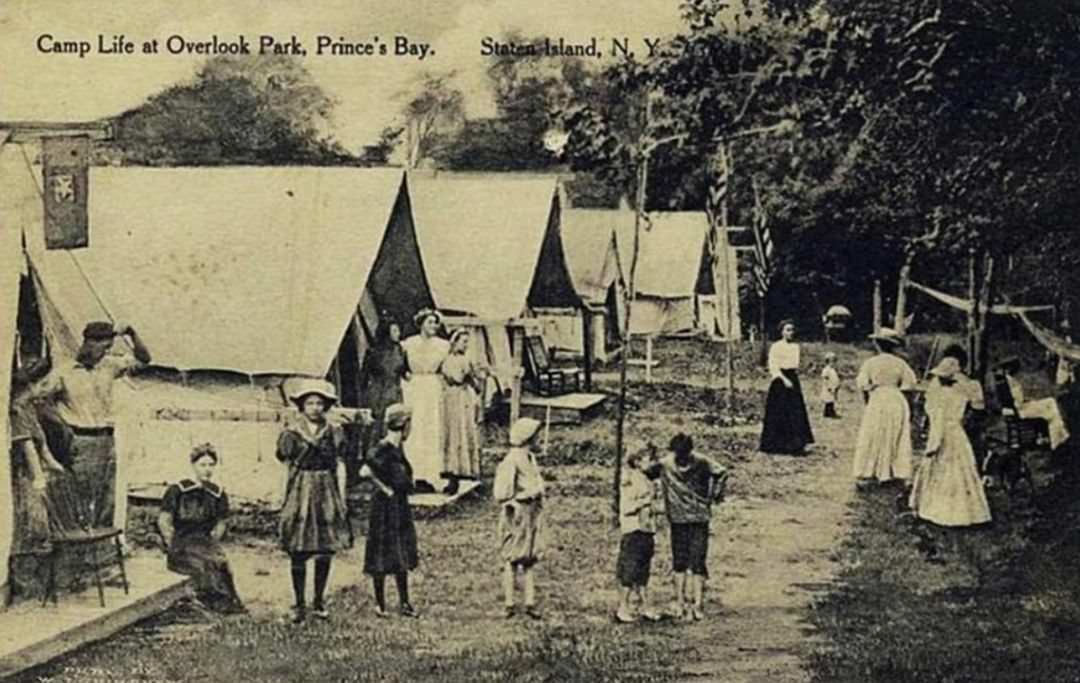
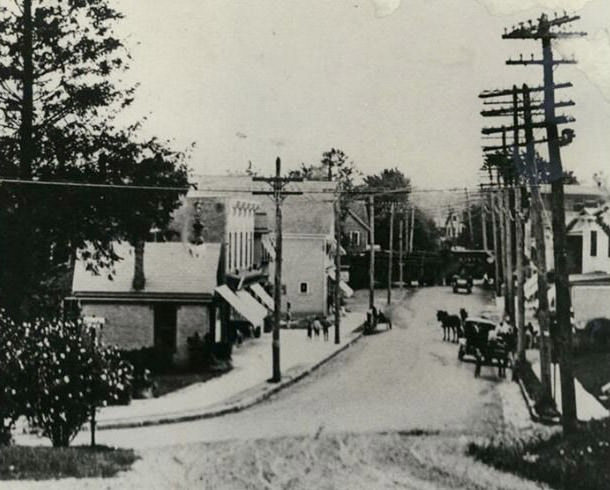
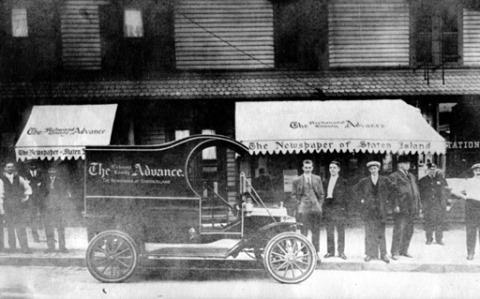
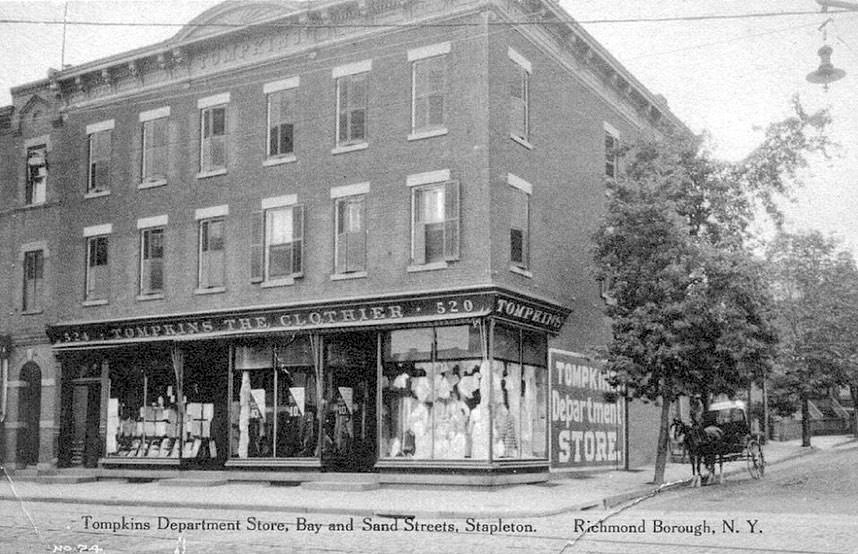
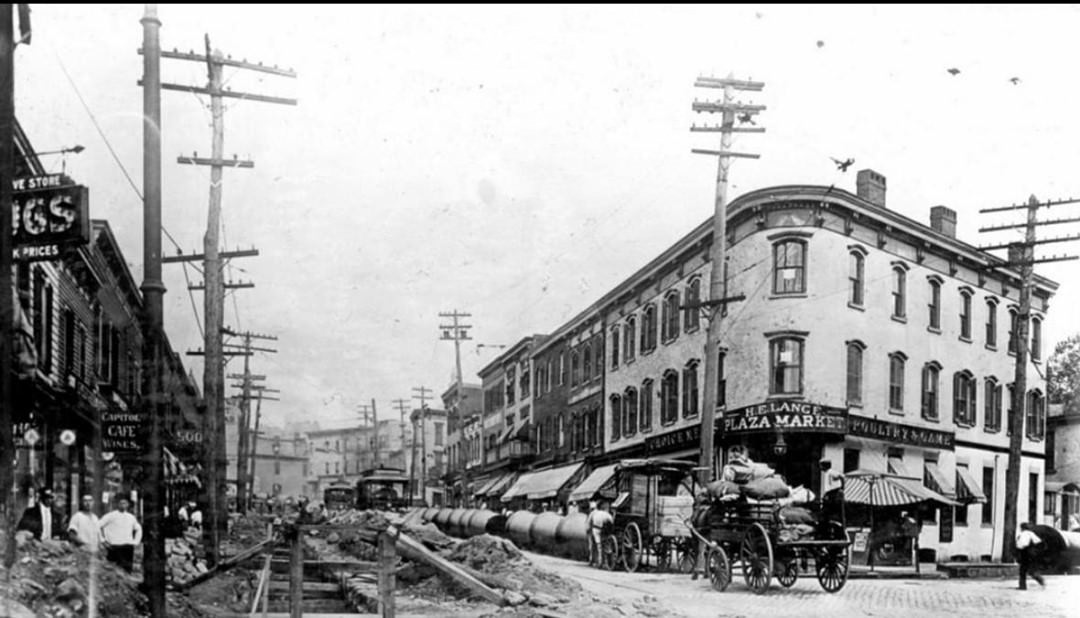
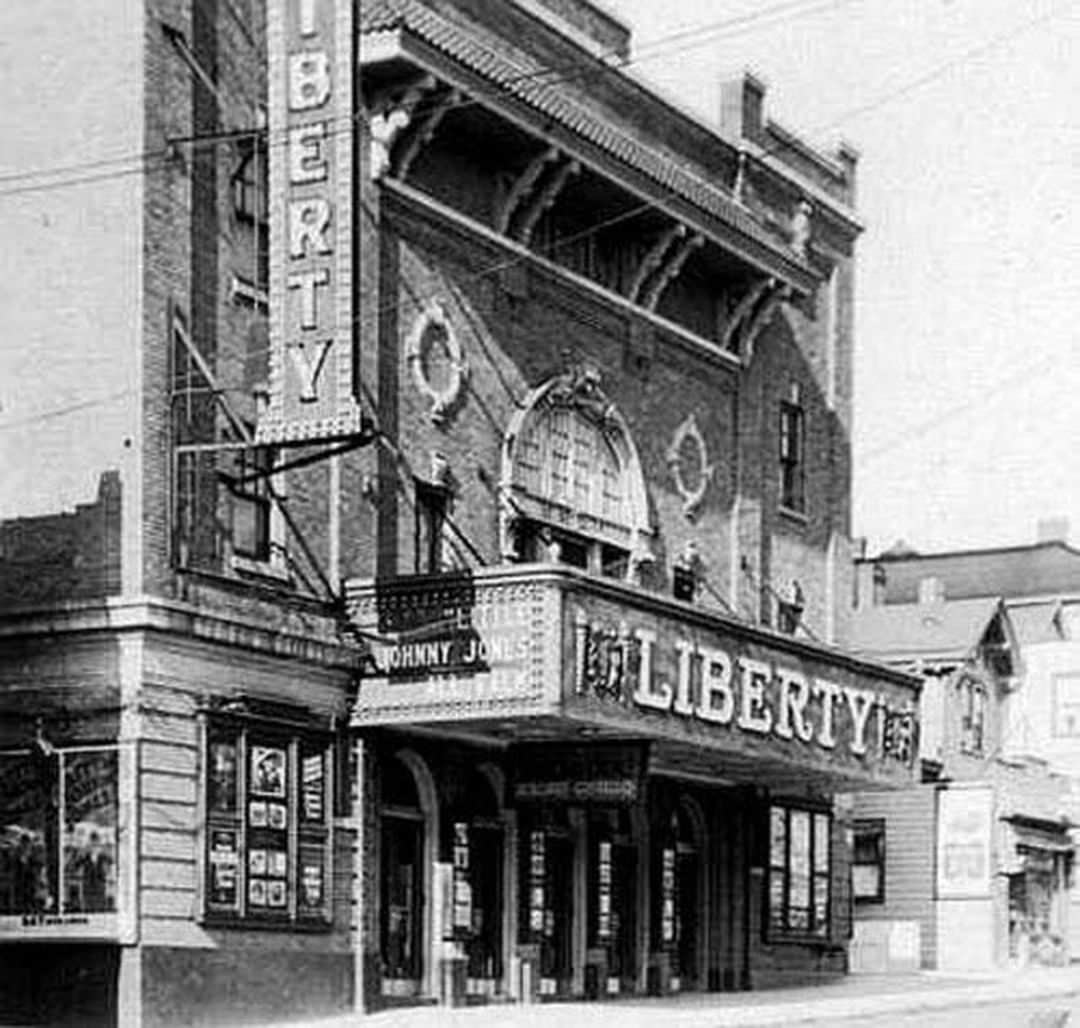
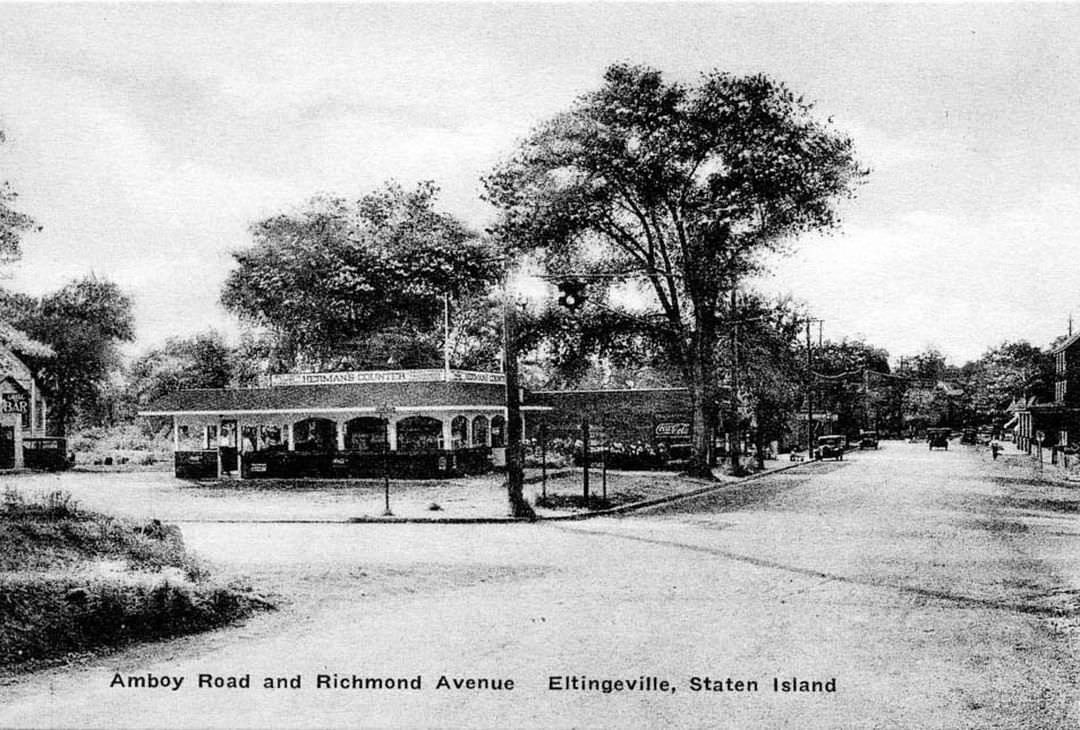
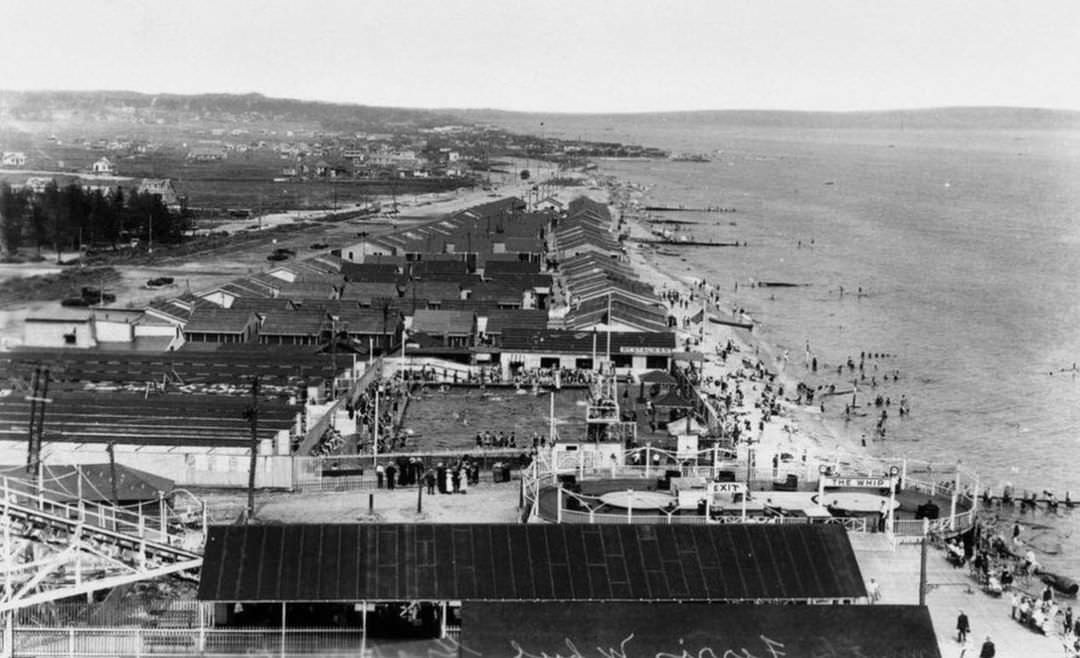
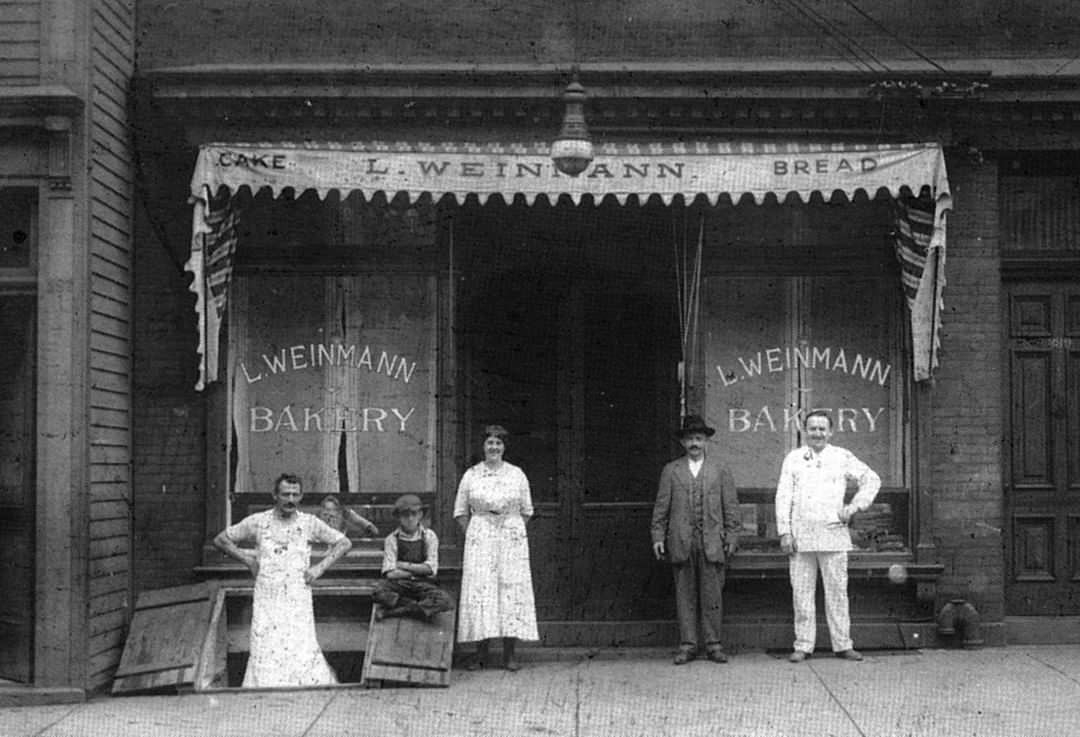
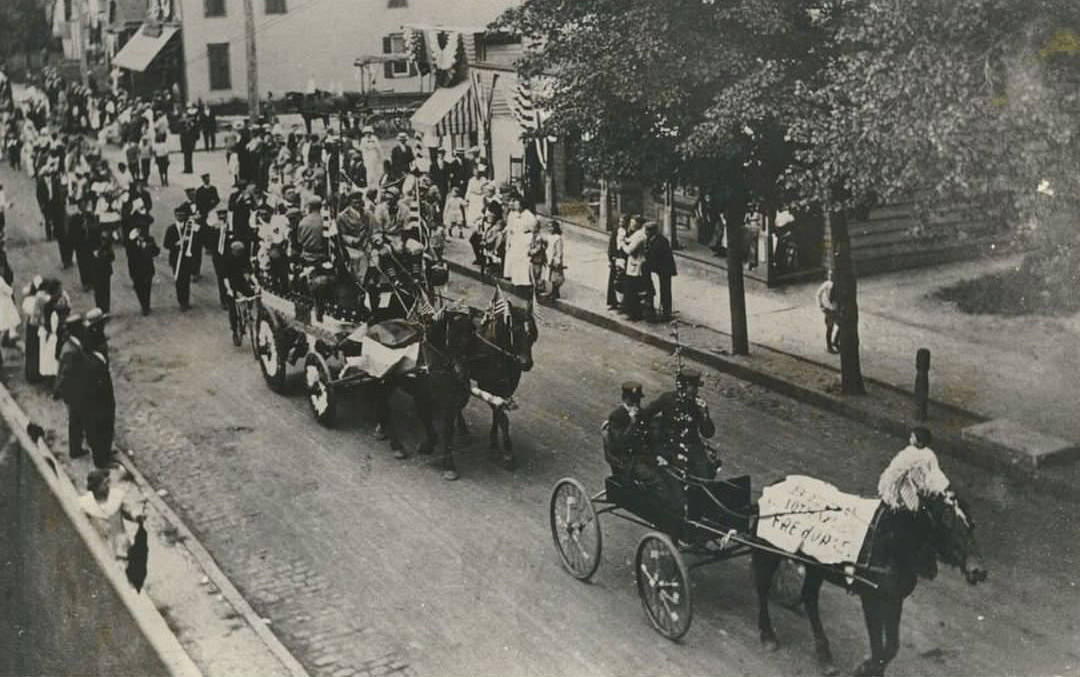
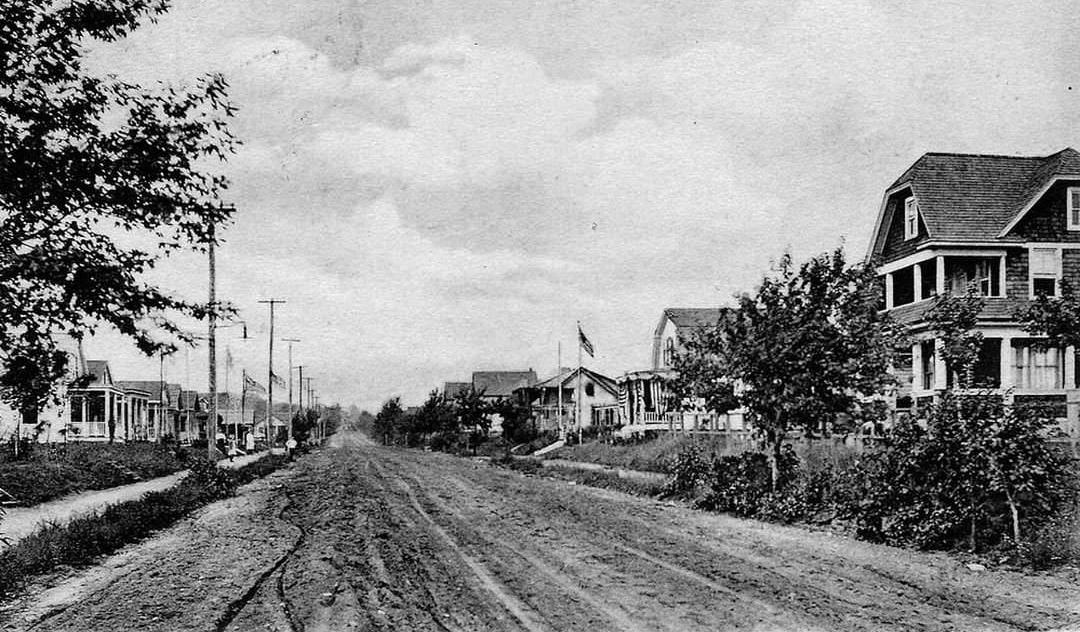
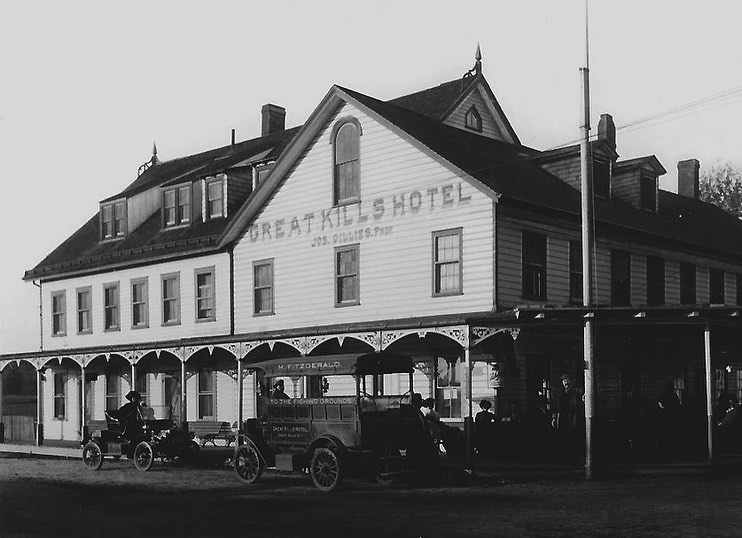
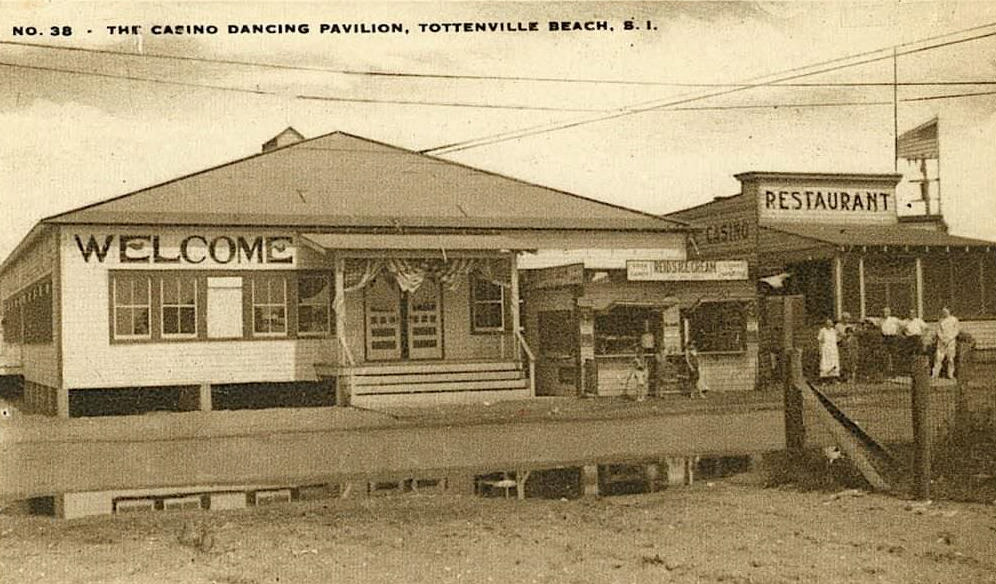
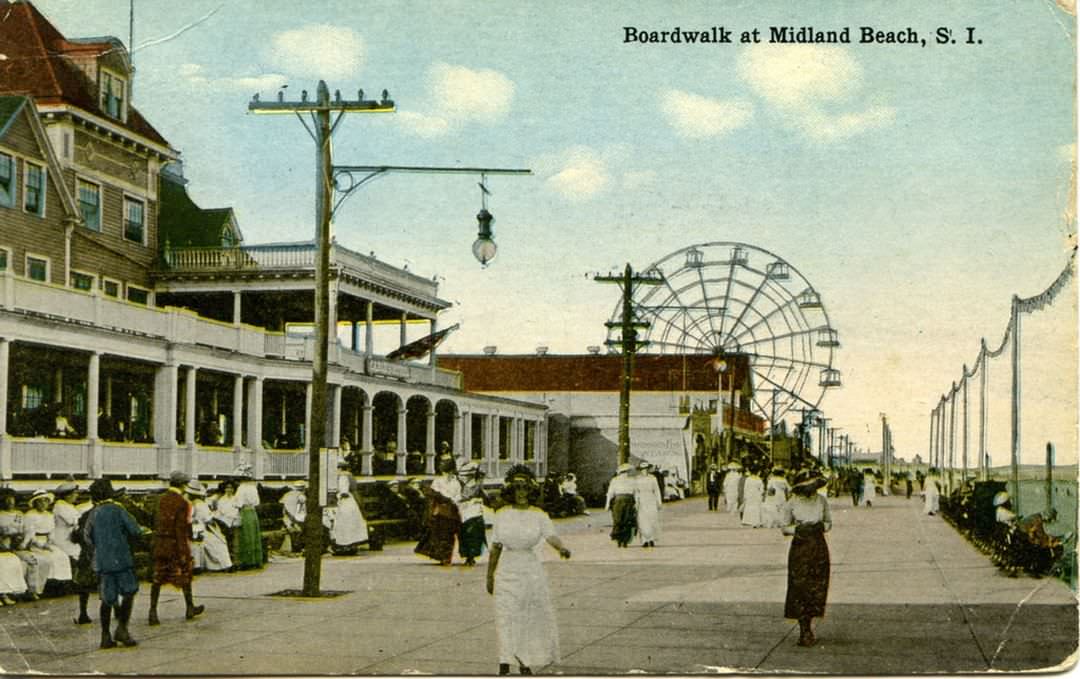
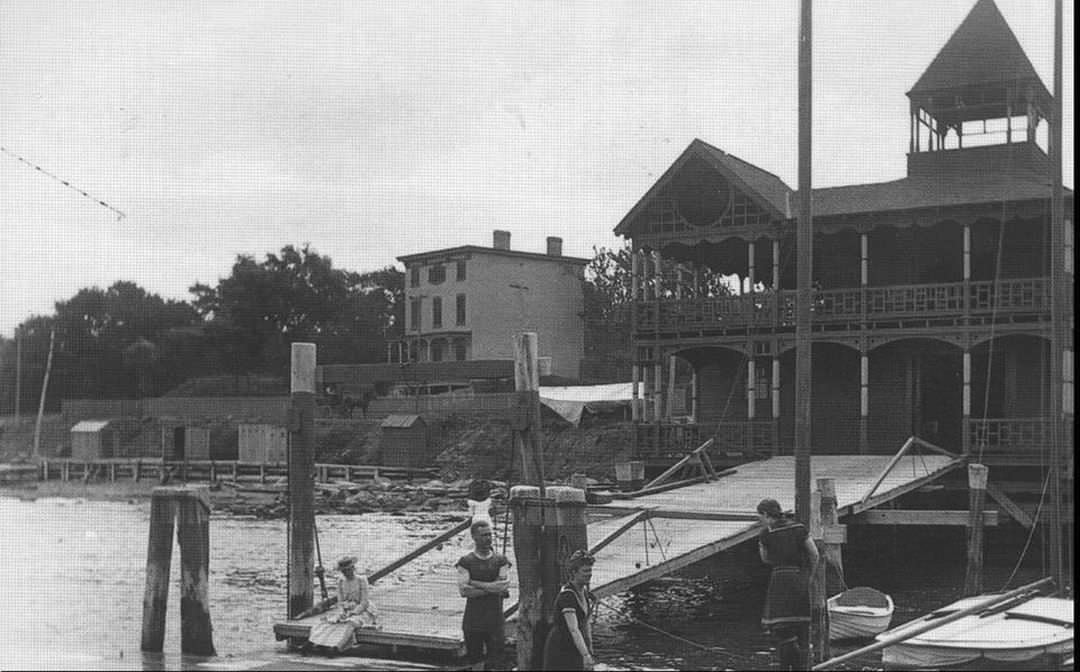
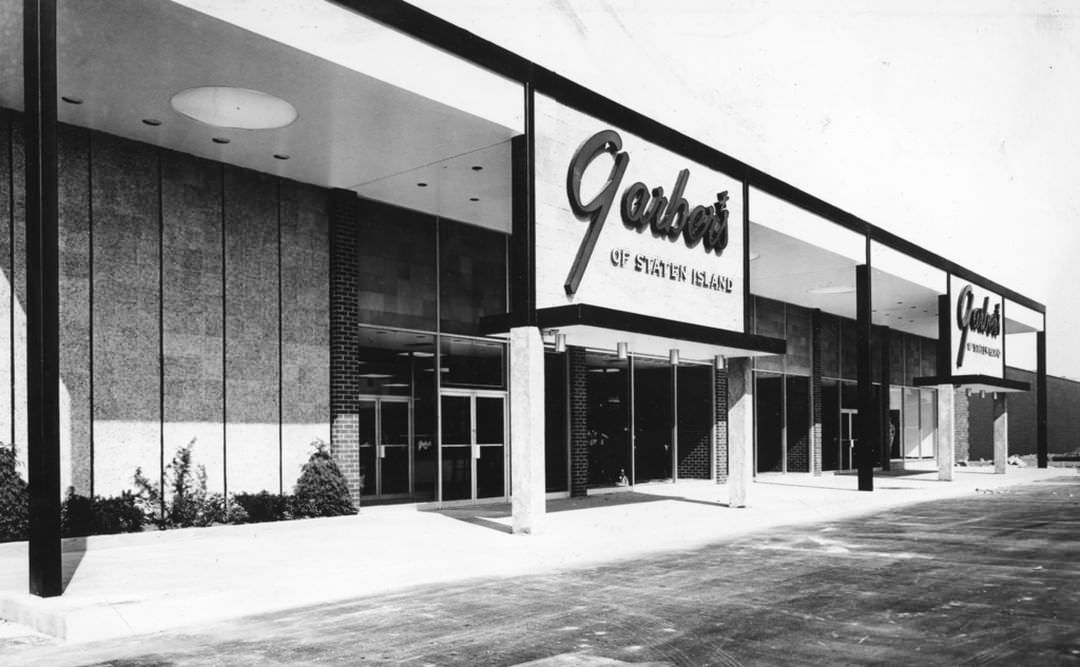
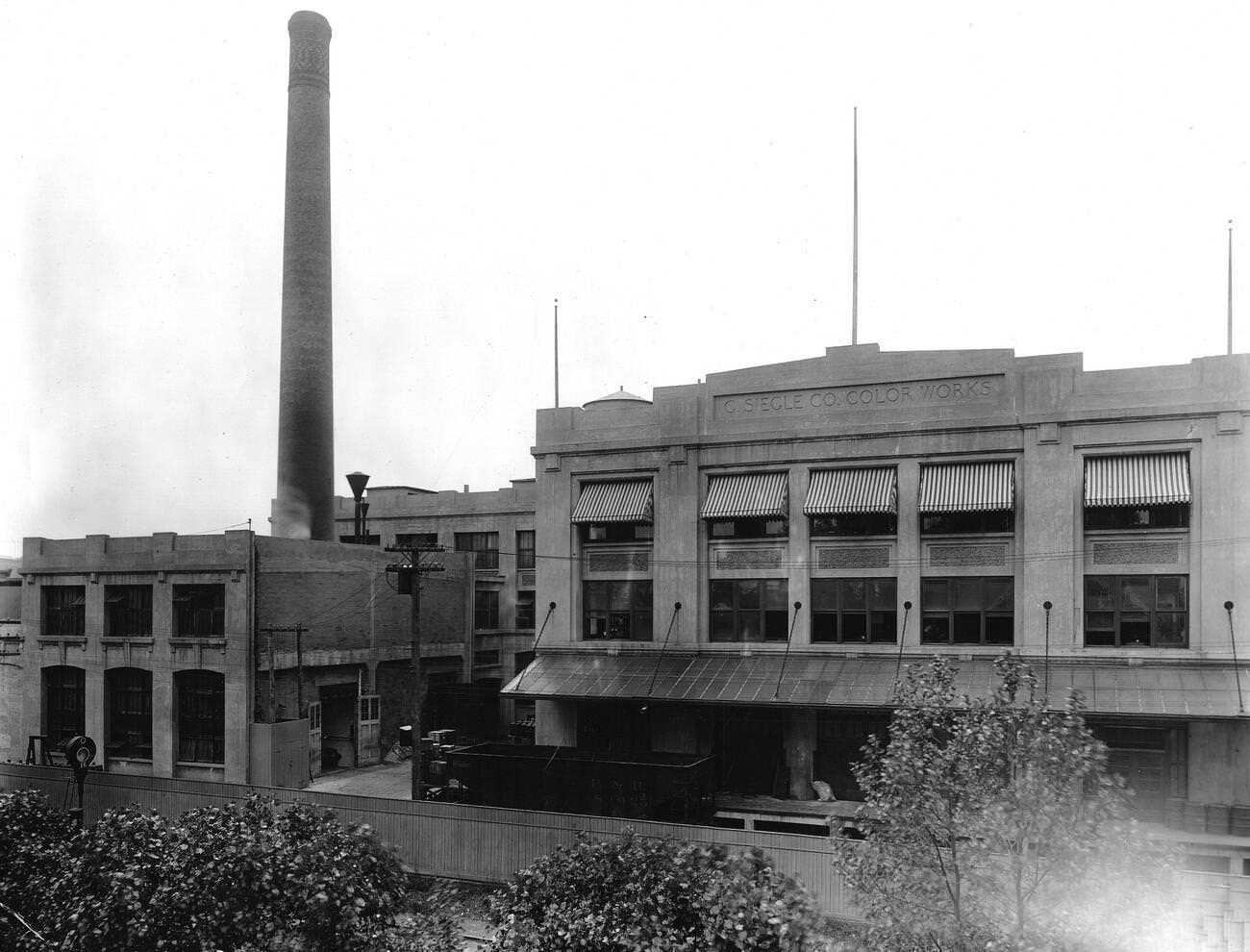
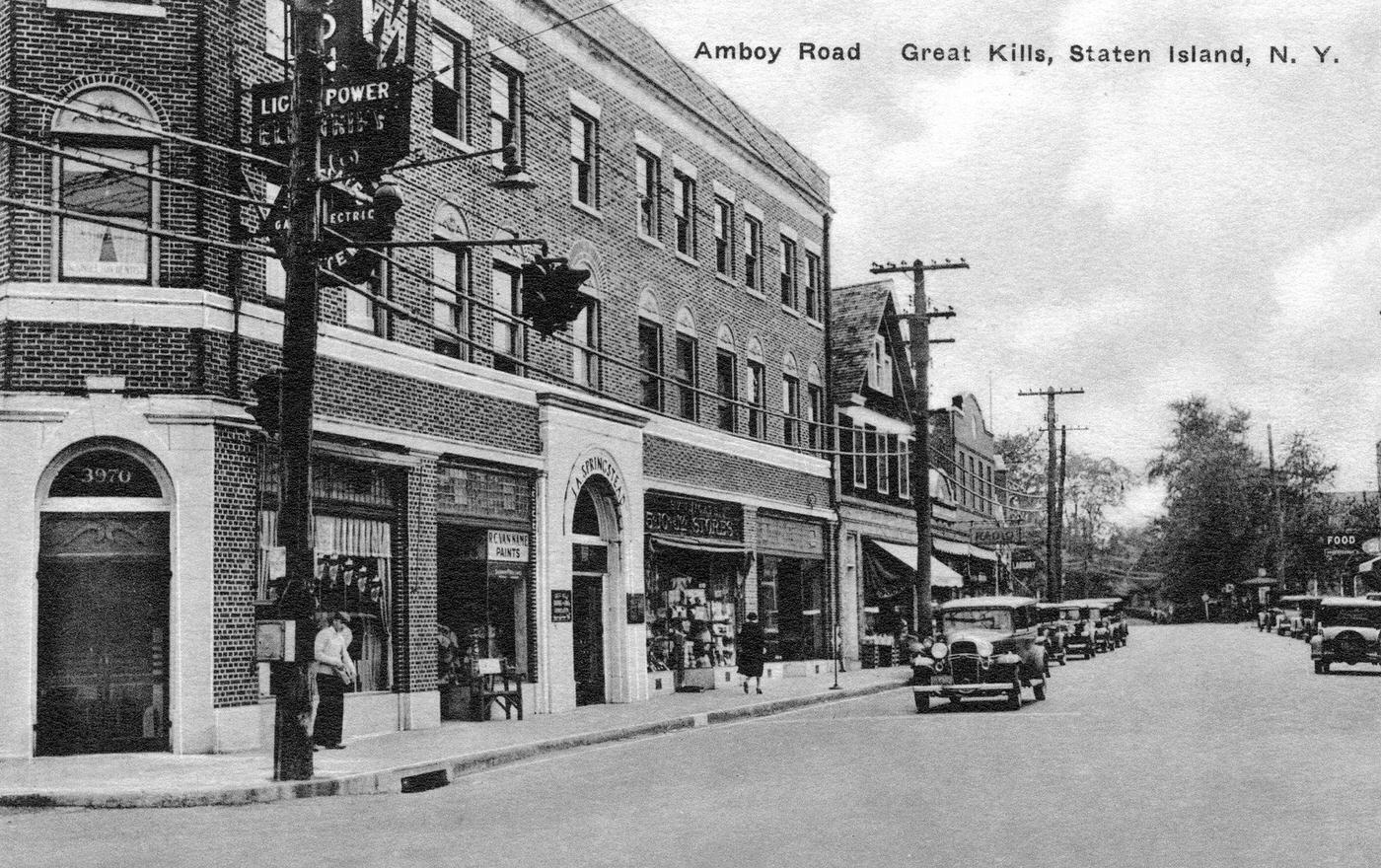

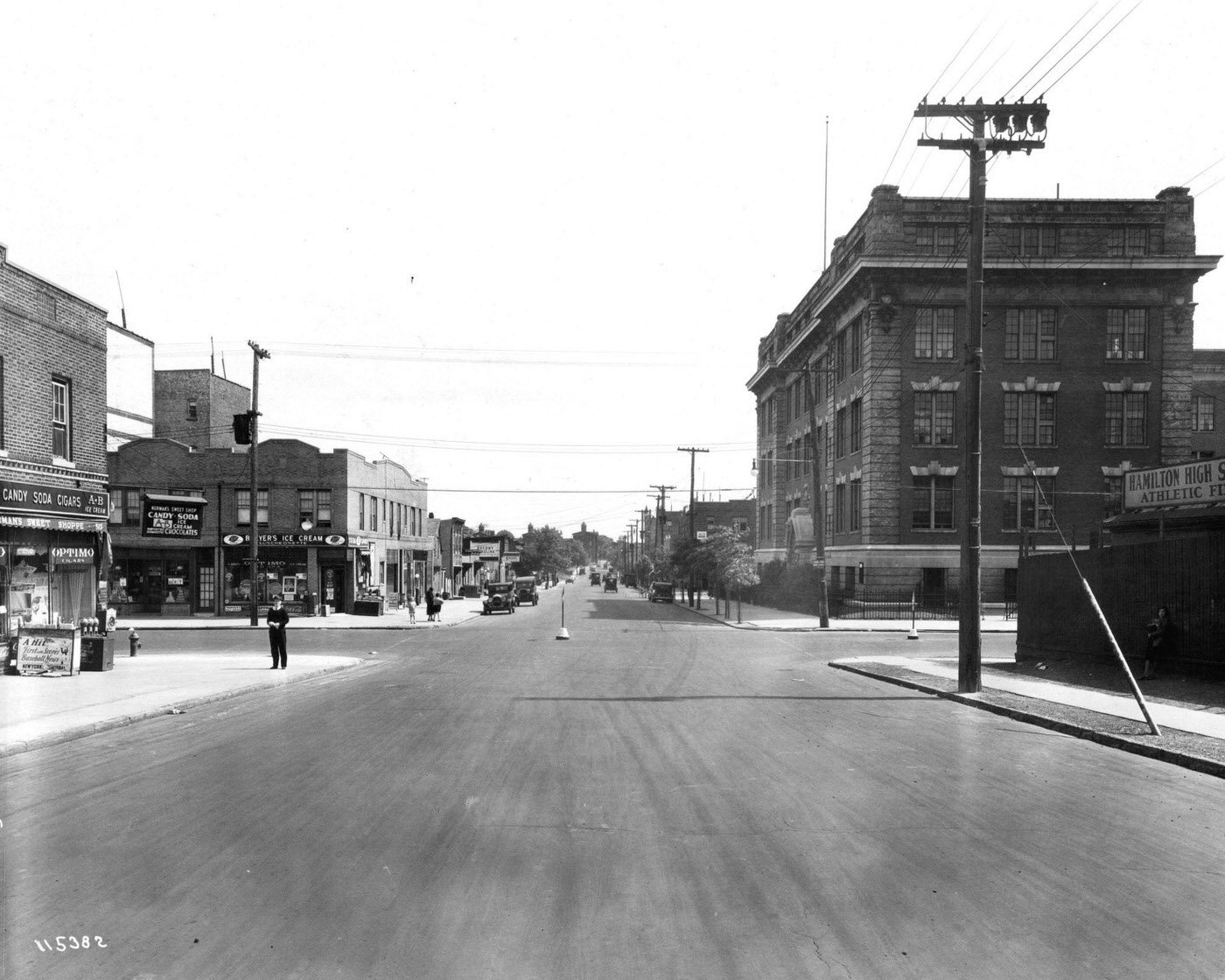
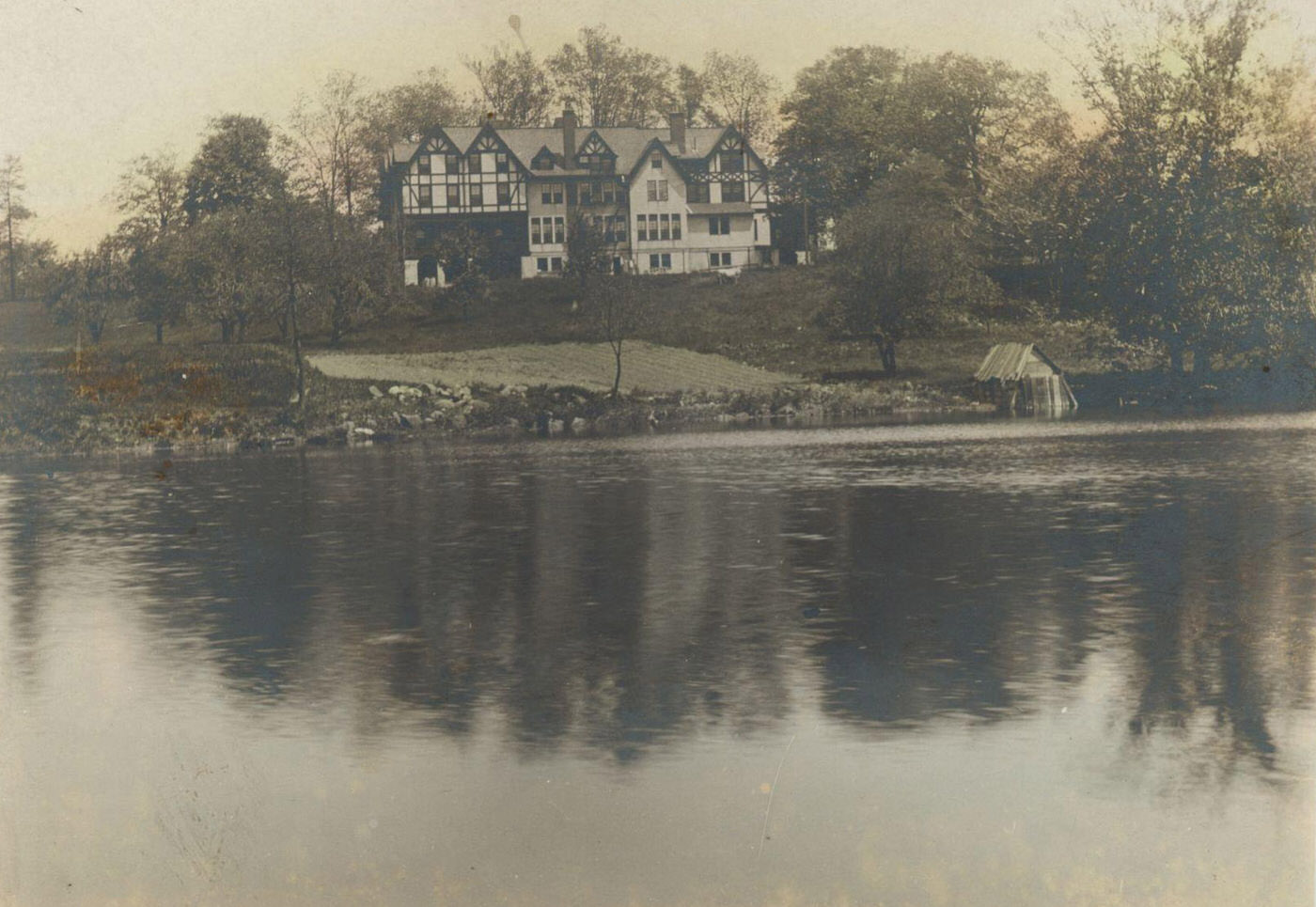
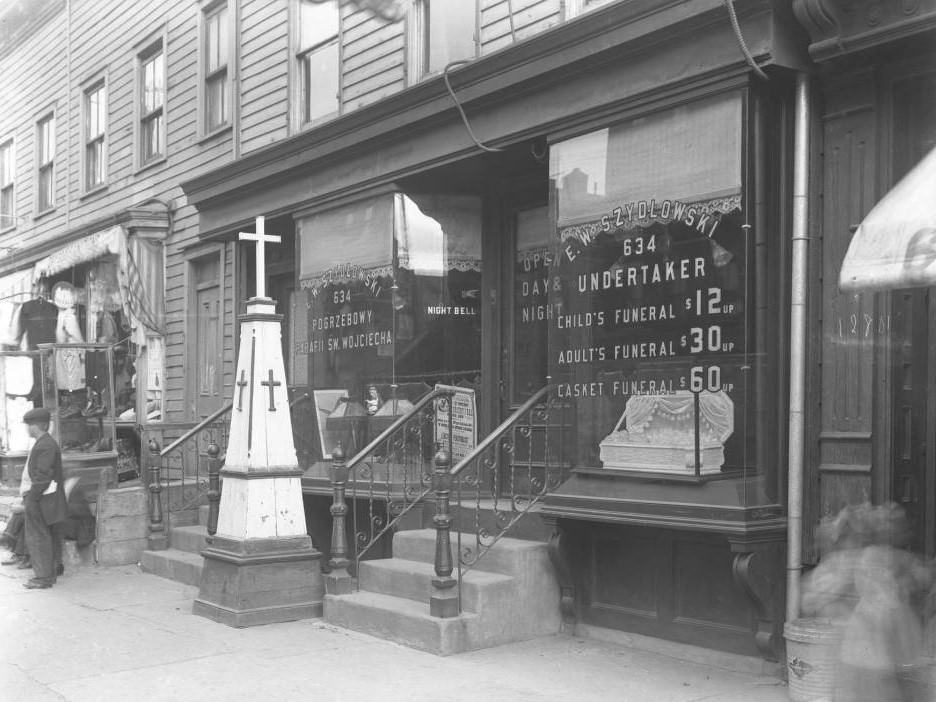

GIPHY App Key not set. Please check settings